June 27th for the Bannau brycheiniog visitor centre: safety-on-the-hills course for 6 participants assisted by janet greenslade (HML)course content:Topic one: Introductions and course outline Topic two: Mountain hazards Topic three: Mountain environment Topic four: Maps & compass Topic five: Navigation Topic six: Route planning (includes Weather) Topic seven: Personal clothing and equipment Topic eight: Emergency procedures The course duration is from 0900 until approximately 1600 with refreshments available during the morning classoom session. The afternoon session is entirely outdoors on Mynydd Illtyd Common with a final short debriefing session where we discussed future personal development and other available training from Bryn Walking. Many thanks to Janet for helping me on the day. This year's fourth and final Safety-on-the-Hills course will be on Saturday 3rd August. A REC Outdoor First Aid course is available on September 3rd/4th (£155) or as an Outdoor FAW course on September 3rd/4th/5th (£200). gallery
2 Comments
This rec (l5) Travel & expedition first aid course (Brecon June 25th/26th) started off as a private course for jonathan kattenberg (www.walkingwithmybear.com) but we were joined by three other well travelled mountain leaders for an enjoyable course.The 16hr course content focuses on three core elements:
Day 1: Introductions - REC written test paper to ensure compliance with REC (L2) course content - D*RS ABC DE - LOC/AVPU - Chain of Survival - SAMPLE - Recovery Position (SAP) - Risk Management - BS8848:2014/21101:2014 - Advanced Monitoring - Travel Advice - Homework Assignment Day 2: High Altitude First Aid (incl. PAC) - Other issues associated with Travel and Expeditions Throughout the course there was interesting and appropriate discussion amongst the four participants and myself. the venue and some of the equipment used during trainingBLS Gallerycpr/aed using skillguide monitoring equipment for CPR instant feedbackchoking using choking charlie and actfast choking vestsPORTABLE ALTITUDE CHAMBER (PAC)course feedback was very positive from the 4 very experienced expedition leader:1. Great discussions and sharing ideas between everyone on the course. 2. Alan's experience and helpful attitude made this course excellent for me and I would be keen to learn from Alan. 3. The electronic Annies were great for feedback on CPR. 4. I thought everything was great! 5. Electronic Annies were superb in practice. 6. Great application of learning into practice supported great experience and confidence. 7. Great tempo and brilliant shared knowledge - excellent course. 8. Used Alan previously for RGS OSSM - Highly recommended! 9. Alan - his teaching/learning style is superb. 10. Annie digital iPad feedback was an extra level of learning. 11. The content - has prepared me for my new career starting in Cambodia. 12. Practical delivery from a highly experienced Trainer. 13. Learning through discussion and practicals with other learners. 14. The electronic Annies/iPad was an excellent learning tool. bryn walking's next rec first aid courseWest wales: June 17th to 21stBryn Walking usually offers three walking breaks (Monday to Friday) annually and these vary in both upland and lowland themes across Wales. The April Residential was Slate Trails of Snowdonia based from Dol Peris in Llanberis and was fully attended. mondayParticipants met in Dale by about 1430 and we walked over to The Boathouse Cafe Dale and sat outside with a drink enjoying the sunshine. Helen had suggested car-sharing as a sustainable way of us all getting to Dale and to be able to share fuel costs amongst vehicle occupants. We therefore arrived with the minimum number of vehicles for the group. We checked into the West Blockhouse for the group to settle into their rooms in this quite remarkable property. A more detailed description of the property can be seen below. On the front lawn that evening, the normal Bryn Walking BBQ was held with Welsh Steak and fine wines supplied by Bryn Walking. This fine viewpoint gave us close-up views of marine traffic entering and leaving Milford Haven. Over the week we were there, several large crude oil tankers came in heavily laden from the Middle East whilst a variety of smaller tankers came in to load chemicals and refined petroleum products for UK and European destinations. tuesdayToday's Skomer Island landing visit was cancelled due to strong northerly winds preventing the Dale Princess boarding passengers at Martin's Haven. Helen and I made changes to the week's intinerary and booked a Skomer Island Cruise for Thursday. The walk today would be from the West Blockhouse around the Dale Peninsula and was a 12.36km circuit taking in the following points of interest: St Ann's Head - Mill Bay (where Henry Tudor landed on August 7th 1485 with 2000 French mercenaries) - Frenchman's Bay - Welshman's Bay - Dale Castle - The Boathouse Cafe Dale (for refreshments) - Castlebeach Bay - Watwick Point - Watwick Bay Most of the route was on the Wales Coastal Path and the variety of wild flowers in bloom was extremely colourful throughout the day. Gates on the Wales Coastal Path were named in acordance with nearby topgraphical locations and these included: Thorny Pit - The Vomit - Vomit Point wednesdayThe Marloes Mere to St Bride's Circular walk 15km was added due to the Skomer Island ferry cancellation. Helen had had to leave this morning due to a personal family committment so our group was down to myself and five (Jackie had decided to have the day at leisure in the West Blockhouse). Starting from Marloes Mere NT Car Park we walked to the Marloes Beacon (76m) trig point on a gloriously sunny morning before descending to the Wales Coastal Path at Black Cliff which overlooked Musselwick Sands. Heading northwards to Tower Point and passing The Nab Head we then stopped above Huntsman's Leap to enjoy our picnic lunches in the sun. Descending alongside St Brides Haven we stopped to look inside St Bridget's Church, a Grade II listed building. The church was founded by Brochwael, the son of Meurig of Gwent, in the 10th century. It adjoins the site of a deserted medieval village which was abandoned during the plague of 1665/1666. The route inland back to Marloes was across fields and lanes to reach the pub which was sadly closed! From there we walked back along the lanes and a footpath to the Marloe Mere Car Park. I'd arranged a Burger Night for the group and I thought this went down well and gave us an opportunity to finish off the wine from the Monday BBQ. thursdayWith our 1330 Skomer Island cruise due later, I planned a short walk in the morning around the headland immediately west of Martin's Haven and the ferry landing point. There is a large NT Car Park there and the shop/ticket office for Skomer and other cruises. We picked up the tickets which Helen had booked on everyone's behalf and set off for the walk on another really sunny morning. The headland was almost island shaped with just a narrow link onto the Marloes Peninsula. The group were given the opportunity to look through a telescope towards some distant puffins on Skomer Island. Above Mouses's Haven, Janet spotted a huge male grey seal which was a bonus and several choughs were in the area we walked through onto Wooltack Point. We returned to the cars via the Lookout Station and found a picnic table to sit at for our lunch. We were in the boarding queue in plenty of time and, after boarding the Dale Queen, chose seats on the port side for the best views to Skomer Island after we sailed. It was an enjoyable cruise and we saw hundred of Puffins in the sea between us and the Skomer Island shoreline. Over 40,000 Puffins make this National Nature Reserve one of Britain's most important seabird colonies. The Puffins establish their breeding areas from April onward and are on Skomer from May to July, leaving by the end of July. Back on shore, we drove back to the Marloes Mere Car Park for a walk to Marloes Sands. On reaching the Wales Coastal Path to overlook the beach we found that the tide was in with no sign of a sandy beach. It was decided we'd walk back to the Runways Kiln Coastal Kitchen for refreshments before returning to the West Blockhouse. A final dinner was planned at The Griffin and our table was ready as we arrived for 1930. We all chose from the seafood menu with my choices being: Fish Soup - John Dory - Fruit Crumble with Custard I believe that we all enjoyed our choices of seafood, I know that I certainly did. fridayWe were all packed and the West Blockhouse left in a tidy condition and so we were all on the road home by 0830. Thanks to Eileen and Natalie for taking the rubbish up to the bins the previous evening. Thanks to Janet for helping with transportation. the west blockhouse accommodationWest Blockhouse stands alone, perched spectacularly on the edge of a cliff overlooking the sea. This fort once held accommodation for 34 men and one officer. A battery of six heavy guns once commanded the entrance to the harbour, with defensible barracks behind to give protection from attack on the landward side. Built with comfort in mind it has fine views along the Pembrokeshire coast and there is a sheltered south facing beach within a few hundred yards.
Recce for a bryn Walking Event for women: Elen of the Waysday 1: Dolwyddelan to Blanau FfestiniogThis was a very challenging day because of the weather and it might be the case that this day's route is modified before the actual event is in October. Bryn Walking always recce routes before these residential events and today justified the need for appropriate recce walks over proposed routes. day 2: llan ffestiniog to trawsfynyddWith fine weather after an initial weather forecast for snow flurries (in June!!), we drove over to Trawsyfnydd to catch the 0930 bus to LLan Ffestiniog and parked in a layby close to the northernmost bus stop in the village.
We were at the bus stop in plenty of time and were quite relaxed until a passing motorist told us the bus didn't stop at the bus stop anymore. On his advice we rushed over to the centre of the village and just managed to board the bus in time before it drove down a different road onto the A470. The driver told us that the bus hadn't stopped at the bus stop where we were waiting for ten years! We changed buses at the Oakley Arms bus interchange and were lucky that a bus pulled in soon after we arrived which was running late which was in our favour as we avoided a long wait there. Arriving at Llan Festiniog we looked at a community run hotel which looked quite nice before descending into and traversing eastwards in the Ceunant Cynfal NNR, passing the waterfall to arrive at Bont Newydd. Continuing southwards we climbed up to Sarn Helen to arrive at the Castell Tomen-y-mur Roman Amphitheatre complex where we enjoyed lunch with great views over towards the Rhinog Fawr NNR. We descended back to our vehicle and drove back to Newtown together and myself continuing on to Cardiff. May 31st: rec (l3) trekking first aid for 246 gurka signal squadron of the 1st signal regimentThis was the fifth course I've run for the 1st Signal Regiment. Previously I've delivered two REC (L5) Travel & Expedition First Aid (16hrs) Courses and two REC High Altitude First Aid workshops (4hrs). These courses are organised by Mountain Leader SSgt Kumar Thapa who is the SQMS of 246 Gurka Signal Squadron. course content: BASIC FIRST AID - TREKKING FIRST AID (INCl. HIGH ALTITUDE TRAVEL) - COUNTRY BRIEFING (Mt Toubkal 4167M)Trekking First Aid is an 8 hr specialised course intended for those travelling to long haul adventure destinations such as the Himalayas. The course is delivered by an International Mountain Leader with extensive travel experience as a Trek/Expedition leader including 20 Himalayan adventures and visits to 75 coutries. Trekking First Aid is designed to complement the REC Outdoor First Aid (16 hr), or similar, course for those travelling to higher altitudes either as individuals or as part of a group. Session 1: Basic Life Support (BLS) Session 2: Trekking First Aid Session 3: Country and Route Briefing Candidates will gain knowledge and experience of the first steps in Trekking First Aid which may be required in more remote mountain areas which can include higher altitudes. Qualification: Trekking First Aid certificate is valid for 3 years. gallerytraining equipmentfeedback from the participantsovernight accommodationsAFETY-ON-THE-HiLLS AT THE bANNAU BRYCHIENIOG (brecon beacons) NATIONAL PARK VISITOR CENTRE ON MAY 7THThe course is 7 to 8hrs in duration and provides a useful introduction to the skills required for safe walking in the hills and mountains of the United Kingdom - 6 participants completed the course. The morning session is classroom based with the afternoon spent out on the Mynydd Illtyd Common practicing new skills. Participants were asked to identify potential hazards which might be experienced and to complete a challenge task in relating contours in different formats.
The morning sessionthe afternoon sessionThe session ended by about 1615 with a final classroom based session to review the day and to offer action plans to those who requested this. feedback
NATIONAL NAVIGATION AWARD SCHEME COURSES
Please contact www.brynwalking.co.uk to book a place on these courses. April 25th - cwm idwalThis 6 hour course by Bryn Walking was for staff from the Rohan Designs shop in Betws-y-Coed to give them greater awareness and confidence whilst out in the mountains of Snowdonia. Course Tutor: Alan Ward (International Mountain Leader) - course content1. Theory of mountain navigation and The 7 D's Checklist 2. The mountain environment and associated hazards 3. Maps (OS 1:25000) and Harvey 1:40000) 4. Navigation 5. Route Planning 6. Personal Equipment 7. Emergency Procedures 8. Further training options with Bryn Walking, e.g. National Navigation Award Scheme (NNAS), Rescue Emergency Care (REC), Royal Geographical Society Off Site Safety Management (RGS OSSM) etc. cwm idwalThe practical elements of this course were in and around Cwm Idwal with mostly overcast skies and light rain later in the day.
At the head of Llyn Idwal we reviewed the contents of our rucksacks, had lunch and used the group shelter to demonstrate the effectiveness of this important piece of a group leader's equipment. Whilst concluding the session I recommended that their next stage of skills development might be the NNAS Silver Navigator Award. One of the participants hopes to attend the next Bryn Walking REC Outdoor First Aid course on September 3rd/4th in the Bannau Brycheiniog National Park. objective - locate the cwm elan mineThis was intended as a 24hr overnight backpacking journey with Helen Menhinick of Bryn Walking so that she could bring groups here to visit this interesting site. route description - day 1Helen and I met at the Elan Valley Visitor Centre by about 1030. Checking our shared equipment we realised we were a MSR Pocket Rocket short of what we needed so we drove into Rhayader and purchased a Camping Gaz Twister Plus for £20 and a gas cartridge. Back at the Visitor Centre, we finished packing our rucksacks (we were both using Deuter) and paid the overnight parking fee on Helen's VW Transporter. Driving up the valley we crossed the Caban-coch road bridge and parked at the chapel car park (Spot Height 255m) where we ate lunch. We'd planned on walking up the bridleway through Llanerchi Wood but this route can be a bit stream-like after heavy rains so chose to follow a forest road up to Cwm Coel. We briefly split up there as this was a Bryn Walking recce but met up just above Blaencoel old farm buildings. Walking up through heavy hail showers had been painful on our faces. On the open hill we crossed rough ground to Disgwlfa and handrailed the hill fence to just beyond the wooded Graig Ddu cliffs. A faint track shown on our maps took us down into Cwm Elan and the old mine workings which were interesting but there was a lack of any on-site interpretation. We chose an area beyond the site, on the edge of the open access land and pitched our tents. Apart from the heavy hail and very strong winds up on the higher open ground, we arrived dry without having experienced any rain. tentsHelen: Alan: cateringDay 1 Lunch: Cambozola cheese and avocado sandwich - Carrot sticks - Dinner: Gin & Tonic - Olives - Welsh 30 day Sirloin steak cooked on site - Fruit crumble & Custard Day 2 Breakfast: Fried/scrambled egg rolls and fresh coffee other equipmentMSR Reactor Stove c/w coffee press Camping Gaz Twister Plus Stove clothingAlan used the following clothing from Rohan Designs:
leave no traceOur overnight wild camp on Access Land fully complied with the LEAVE NO TRACE - Outdoor Ethics guidelines:
route description - day 2After breakfast we broke camp and headed off down the valley after ensuring we hadn't left anything behind. Helen took a few final images of this interesting area before we left. We crossed the Nant Methan carefully but soon after realised there was a bridge lower down that we could have used. The final section was on the footpath by the side of Garreg-ddu reservoir and we were soon back at my car. We returned to the Visitor Centre for a coffee before parting company and headed for home. Comments from HelenA very enjoyable 24hrs.
Highlights for me were:
how to keep warm and dry in norway in februaryMy wife and I enjoy a winter break in Scandanavia and we've just returned from a trip to Oslo, Stavanger and Bergen and we tried to be as environmentally friendly as possible so after flying to Oslo we used trains, buses and ferries for the trip. Highlights of the trip included:
Having long supported Rohan Designs I thought I'd list below the key items from them we used on this trip with heavy snow encounters as well as rain and a temperature range from -11C to +10C. alan's key clothingMain Jacket: Outpost Jacket (fully insulated + waterproof) Down Jacket: Eos lightweight down jacket (I wish it was waterproof!) Gilet: Helios insulated vest Base Layers: Core Silver Zip (3 x long sleeved) Trousers: Nordic Jeans Accessories etc: Numerous Yolande's key clothingMain Jacket: Northshore Coat (fully insulated + waterproof)
Trousers: Striders Mid-layer: Quayside Zip Accessories etc: Numerous A winter trip to one of our favourite countries using planes, trains, buses and ferries.key items in our luggage for a winter trip to norway included warm clothing by rohan designs, thermo flasks + other items by sigg and kirkjuvagr arkh-angell storm strength orkney gin and fudge for a touch of luxury.february 8th: fly to osloWe were awake before the alarm went off and because of poor weather conditions got up early and were on the road by 0600hrs. The rain was lashing down for the entire journey to LHR T3 but we stopped at Leigh Delamere and Reading Services before dropping the car off at Purple Parking on Level 4. We've used Purple Parking for many years and always found them to be reliable (£143.66). Checking in for our BA768 1515hrs flight to Oslo was effortless and we were soon through formalities and into the lounge for breakfast. Our delayed A320 took off an hour behind schedule due to the weather and we landed at Oslo within two hours of our departure from LHR T3. Formalities at Oslo (Temperature -11C) were cleared reasonably quickly but our luggage took some time. The Flytoget Airport Express whisked us into Oslo Station very quickly and a five minute walk took us to our chosen hotel, Thon Hotel Opera, for two nights. Room 969, a Standard Room, wasn't huge but was tastefully decorated and we stayed in for the rest of the evening as we were tired and not particularly hungry. february 9th: at leisure in osloThe bathroom flooded whilst I had a bath and Yolande showered but a treat was in store when we went down for breakfast. The breakfast offerings were simply amazing in the well-managed dining room so we tucked in before heading out for our day in Oslo. Our first stop in the -10C conditions was to the Fram Polar Museum but the hotel receptionist gave us the wrong information for the buses so we were forced to resort to a £40 taxi. This meant we arrived before the 1000hrs opening so we walked around the sea facing complex until opening time when we could get into the pleasantly warm buildings. The Number 30 bus actually left from the bus stop outside our hotel and were very frequent! We stayed in the museum for about an hour and a half and the highlight for me was the old Polar Expedition Vessel Flam, the world's strongest wooden ship, which was very well restored for us to board and climb around to see how those 19 maritime explorers crewed the vessel to both polar regions. The Fram's third and most important expedition was with Roald Amundsen for his South Pole expedition of 1910 - 1912 which he and four other crew members reached on December 14th, 1911. Getting the Number 30 bus back into Oslo Sentrum was a bit of a saga but we eventually managed to persuade one driver to sell us tickets, a previous driver wouldn't! Arriving close to the Royal Palace we saw an area with plenty of restaurants and had a reasonable Asian Fusion style meal at a restaurant called Sumo. After lunch we viewed the Royal Palace before exploring Oslo Sentrum and the harbourfront whilst finding a Bergans Outdoor Shop where Yolande bought me a new half-zip fleece. Then it was back to the hotel to find out our flooding bathroom hadn't been repaired so we let the plumber in and it was sorted within minutes. We braved the cold night for a walk around Oslo Opera House and over to a branch of Peppes Pizza where Yolande really enjoyed her Gluten Free pizza. She'd first enjoyed Peppes GF Pizza many years ago in Lillehamer. February 10th: train to stavangerWe were up early for another excellent breakfast before walking over to Platform 3 for the Go-Ahead Nordic 0925hrs train to Stavanger via Kristiansand with a journey time of about 8.5hrs. Our Hvile Class carriage only had about half a dozen passengers besides us and a small coffee bar (with snacks) was included in our fare. Further along the train was a Buffet Car with a well equipped seating area with tables and plenty of food and drink options. The seats were very spacious and comfortable and there was plenty of luggage space. The fare for the two of us was £137.17 which we thought was very good value. On the journey to Kristiansand we passed through the snow covered Bo region of the Telemarkskanalen where half of the buildings from medieval times in Norway are located. We passed large lakes and wound our way through pine forests on this very scenic part of Norway. We arrived in Kristiansand by about midday or so and we were allowed off whilst the engine changed ends for the onward journey to Stavanger. Across the fence was the harbour area and a Fjiordline Ferry was loading cars. I wondered if it was the Stavangerfjord which we'd use soon on Valentine's Day to take us from Stavanger to Bergen. I later found out it was the sister ship, Bergenfjord. The second half of the rail journey was far more interesting, through mountain passes and long dark tunnels. The snow was falling heavily by now and the engine's snow blade was continually throwing snow up which was obscuring our window views as we were now the first carriage on the train. A couple of times we must have hit deeper snow as huge chunks flew past the windows as the train shuddered quite alarmingly. We arrived into Stavanger one minute ahead of schedule at 1749hrs with very heavy snow falling. The six minute walk to the Thon Hotel Maritim proved a major challenge as neither of our wheeled luggage was fitted with snow plough blades. We regularly had to stop to clear snow from our bags - Yolande did exceptionally well in keeping up but it was very hard work. Checking in to Superior Room 541 was easy enough but it was a long way to our room and then down some stairs. The room was pleasantly furnished with a sitting area as well as the sleeping area, booked for our four night stay to give us a bit more room. Braving the snow we headed out to an Indian restaurant called Spisoh South Indian but it was all rather disappointing sadly, having braved the weather and snowploughs which were everywhere to get there. It wasn't our finest dining experience. february 11th: at leisure in stavangerAfter another fabulous Thon Hotels breakfast it was time to explore snow covered and cold Stavanger, there was 8 inches of snow on our window sill. Our first objective was the Norwegian Petroleum Museum where we spent an hour and a half exploring the museum. Having worked in the oil industry for many years we found the museum to be very interesting with excellent exhibits and interpretation. Highly recommended if visiting Stavanger and if one has wondered about the cost of fuel for their cars or houses. I think the model of the drillship was based on the J.W. Bates which had been a whaling factory ship and had been converted into a drillship. Years ago the J.W. Bates was working with Conoco Indonesia and I'd had to fly from Jakarta to Mumbai to undertake a marine inspection back in our oil industry days. I was employed by Conoco for ten years and we were resident in Dubai, Singapore and Jakarta for this period. We explored Stavanger Sentrum before heading over to the Gamle Stavanger historical area where 173 traditional old wooden houses are still lived in and preserved in excellent condition. Oilfield pipe-carrier supply vessels berthed alongside the lower levels of the Gamle historical area and the houses towered above them. february 12th: At leisure in stavangerBreakfast was excellent as usual and after a later start we headed into town to look for a branch of Vinmonoplet, the local alcohol shop and what an experience with so much alcohol available. I quickly found Linea Aquavit which was on my shopping list and browsed a few items to purchase before we left Stavanger. Very little alcohol is available in traditional type supermarkets and not on Sundays. Walking through the narrow snow covered streets of the Stavanger Sentrum we browsed a few high quality outdoor shops but I didn't buy anything. Outdoor clothing and equipment in Norway is very expensive. I looked at some very expensive bibs but think they were about £600. We climbed up to the old watchtower of Valberget Utsiktspunkt but it was locked so we couldn't climb to its high point where the city's watchmen used to keep guard over Stavanger. The watchtower was built in the years between 1850 and 1853 and served primarily to warn the population of dangers in case of fire. Then it was into a Starbucks for a coffee before deciding to catch the bus out to "Sverd i fjell" (Swords in Rock) a viking commerative monument out in the Hafrsfjiord neighbourhood of Madla on the outskirts of Stavanger. The three bronze swords stand 10m high to commemorate the Battle of Hafrsfjord in the year 872 when King Harald Fairhair unified all of Norway under one crown. The hotel receptionist had advised us that five or six buses would take us to "Sverd i fjell" but after trying for an hour we realised that only the Number 16 bus would take us there. I eventually drew three swords on the receptionist's note so the bus drivers would understand our required destination. The swords were definitely worth the visit though even with a lengthy wait for the return Number 16 bus back into Stavanger. We warmed up back in our hotel room over a picnic lunch accompanied by a Gin and Tonic. We'd bought a bottle of my favourite gin with us: Kirkjuvagr's Arkh-Angell Storm Strength Orkney Gin (57% vol) which is quite amazing and highly recommended. Walking the short distance into the Stavanger Sentrum we chose Indian at the Jai Hindi Indian Restaurant where the service and food were very good. It was just a shame the temperature wasn't warm enough inside. february 13th: at leisure in stavangerOur plans for today were the 1100 - 1430hrs fjord cruise to see the iconic Pulpit Rock. After breakfast we walked over to where the day cruises started but noticed large masses of people walking towards us from a huge cruise liner, the Aida Nova (approximately 6500 passengers). We think the cruise line had block booked all tours for the day so we couldn't buy tickets. Disappointed, we walked through the Gamle historical area again and enjoyed a coffee there. We called in at Vinmonolet (the Norwegian equivelent of Majestics) to buy some gin and tonic cans for the Bergen to Oslo train and a bottle of Amundsen Aquavit to take home. As Stavanger was so crowded with cruise ship passengers, we took the train out to Sandnes and had a light lunch there and walked through the town before returning to Stavanger. Having an early evening walk through the centre we saw the India Tandoori and went in there for an enjoyable dinner. Then it was back to our hotel to finish packing for an early night before leaving the following morning at 0515hrs to the ferry terminal. february 14th: ferry to bergenWe left the hotel by 0515hrs for the twenty minute taxi ride (£50!) to the Ferry Terminal and were soon checked in for the Danish registered Stavangerfjord ferry to Bergen which would take approximately 5.5hrs. I wondered why Fjordline didn't operate a bus service from central Stavanger to save on expensive taxi fares. The ferry was late arriving in from Kristiansand but we boarded soon after and found our seats in the comfortable Fjord Lounge. There were very few passengers on board, perhaps about 50 - 75 whereas the vessel can carry 1500 passengers. The vessel looked almost new and was spotlessly clean everywhere although the Fjord Lounge was somewhat neglected by crew. We enjoyed our pre-paid for breakfasts but there was just so much food on display we wondered who'd eat it all. Fjordline's Stavangerfjord is one of two sister ships, LNG powered operating the route and were built in 2013 as the largest cruise ferries in the world to run entirely on green gas (LNG). An officer did tell us though that marine diesel would still be used if it was cheaper than LNG! The voyage northwards was mostly in sheltered waters between the mainland and long coastal islands. Large oil platforms were under construction in the Haugesund fabrication yards which we passed close to. We berthed in Bergen at around 1230hrs and were soon in our hotel, the Thon Hotel Rosenkrantz in a more spacious Business Room 545. We enjoyed a drink at the bar before unpacking and then went out for a walk in the rain around central Bergen. We enjoyed lunch at Peppes Pizza as an escape from the rain. The hotel offered a complimentary light evening meal between 1800 and 2100hrs so we went in there with a bottle of wine purchased from the bar. The light evening meal turned out to be a bowl of soup and ham and cheese with bread and salad. After eating we took our wine out into the main lobby with the intention of relaxing with wine and Uno. Almost immediately a woman came over and took the screw top off our wine bottle, telling us it was illegal to have the screw top with purchased wine. She was rude and somewhat untidy in appearance so I asked her who she was. She claimed to be a member of staff but said it was illegal for us to have the screw top with a law designed to stop us walking around the city with the wine. She removed the screw top and walked away. We were quite speechless about this incredulous incident and next day I complained to a uniformed Duty Manager. february 15th: at leisure in bergenWe woke to better weather and as it was clear and dry we decided to have breakfast and then take the funicular railway known as the Floibanen up to Mount Floyen. The views over the city were impressive and after a short walk we had a coffee before descending back down to Bergen. Our plan was then to take a taxi over to the Ulriken 643 cable car up to the summit of Mount Ulriken, the tallest mountain in Bergen. There was a slight delay whilst Yolande looked around an art gallery and we ended up buying a picture for our lounge at home. The cable car was very smooth and we were soon at the top station where it was very cold and wintry. We saw the daily Fjordline ferry arrive in from Stavanger and tied up where we had berthed. We had a drink before descending and were wondering if we'd find a taxi back into the centre of Bergen. Whilst looking for a bus or a taxi, we found a Bergen Light Railway station so bought tickets and descended deep underground on very long escalators. This light rail service operates between Byparken in the city centre and Bergen Airport. It was extremely new looking and we were soon back in central Bergen. A light Italian lunch was enjoyed at the Villa Paradiso Ole Bull before visiting the harbourside Information Centre and the art shop to collect Yolande's shopping. The food in Villa Paradiso Ole Bull was excellent, particularly Yolande's Italian Sausage Risotto. After the last of our Orkney Kirkjuvagr Gin, and tonic, we decided we didn't need a big meal so nipped over, in the pouring rain, to the harbourside to buy a sushi takeaway from the Fish Me seafood complex in the Fish Market. Yolande thought her veggie sushi was some of the best she'd ever had. They even had sachets of gluten free soy sauce. february 16th: at leisure in bergen - 4hr fjord cruise to mostraumenHoping giant cruise ships hadn't arrived overnight we went over the the harbourside ready for our Bergen to Mostraumen fjord cruise having bought the tickets yesterday. We were first to board the 97 passenger ferry and sat over on the port side. As it filled up, a young Brazilian couple joined us at our table and they were nice to talk to. I made regular visits out on deck to take photographs but it was quite a wet day. The four hour cruise didn't quite reach its object due to frozen sea ice higher up the Osterfjord towards Modalen. Just before we hit the ice, we passed through a very narrow channel in an area of spectacular scenery with many large waterfalls and the small settlement of Mostraumen where there were traditional buildings including an old school and sheep grazing in the rain. We disembarked around 1400 and went over to the Fish Market and Fish Me for a sushi lunch before visiting a few shops and returning to our hotel. Our dinner at the nearby Maharaja restaurant was quite awful....... february 17th: at leisure in bergenAt last, a day without the need for an early start and after another excellent breakfast we set out eastwards into the Unesco World Heritage Bryggen area on a cold day but with blue skies. Passing the colourful Bryggen buildings we continued past the Bergenhus Fortress to the Old Wharf Area. Failing to find a coffee shop we turned back towards central Bergen. On one of the wharfs was a fairly large vessel, similar in size to an offshore vessel but with far more superstructure in a strange layout. A crew member was on the wharf so I asked him about the purpose of such a vessel. I was advised that it transported live salmon from fish farms in the fjords to processing factories. We walked through the Bergenhus Fortress park and I climbed to the top of the Rosenkrantz Tower which was completed as a residential and defensive tower in the 1560's. The Bergenhus Fortress, on August 2nd 1665, heavily defeated an English fleet which was attacking a Dutch fleet which had sought refuge in Bergen. We paused briefly at our hotel before getting a taxi out to the Georgenes Verft area as I hoped to photograph the incoming ferry we'd arrived on from Stavanger. I checked the Fjordline timetable and sure enough, it arrived right on time at 1230hrs and was alongside in no time at all. It was the sister ship, the identical Bergenfjord, which berthed flawlessly after the crew used a rocket launcher to get a heaving line onto the wharf. Whilst waiting for the Bergenfjord ferry to arrive we looked across at one of the Hurtigruten vessels (Trollfjord) which was moored on the other ferry terminal berths. We'd once taken a Hurtegruten ferry (Lofoten) to the North Cape and round to Kirkenes where our vehicle was offloaded by crane before we drove back to Bergen over a period of four weeks. Kirkenes in northern Norway is further east than Istanbul and the Nordkapp (71.17 degrees north and 25.78 degrees east), which we'd passed, is on the same latitude as the top of Alaska. With all the small fjords and islands included, the Norwegian coastline is approximately 100,000km long which, if stretched out equates to 2.5 equator distances. Enjoying a drink at the nearby Kippers Cafe, we watched the Bergenfjord sail right past us at 1330hrs, bound for Stavanger and Kristiansand and then across to it's home port of Hirtshalls in northern Denmark. Continuing on to the Nordnes headland through parkland, we then walked back into Bergen, picking up some lunch to eat back in our hotel. With brilliant sunshine today, and it being a weekend, Bergen was crowded and food stalls had set up in the now crowded Torget harbour area. We went out for an enjoyable evening walk to Bergen Station to check where we'd need to be the next morning for the train to Oslo. Bergen and it's Torget harbour area was well illuminated for a night walk. We finished packing when we got back to our room and prepared snacks for the train to Oslo next morning. february 18th: train to osloEarly alarms for breakfast at 0700hrs ready for our 0730hrs taxi to Bergen Station for our train to Oslo. Fresh orange juice and a big bacon sandwich with a coffee was all I needed in preparation for the day's long (7hr) train journey across central Norway to Oslo. Another expensive taxi took us to the station where a few other early passengers were waiting to board the 0811hrs train to Oslo. One American couple had more luggage than I've ever seen and we formed a queue behind them for Carriage 1 whilst they really did struggle to board the train with such a huge amount of luggage. The Vy Norway train left promptly at 0811hrs with us sat in Seats 5 and 6 with a table and two empty seats across from us. Our seating was similar to a premium economy layout with a 2:2 arrangement which cost us £193.27 and coffee was included. In conclusion, Vy Norway were more expensive and less comfortable than the Go-Ahead Nordic train we'd used to travel from Oslo to Stavanger. The scenery was impressive but the weather was bleak and the terrain snow covered as we gained altitude to Myrdal where the popular day excursion from Bergen, "Norway in a Nutshell" passengers would disembark. They must have been extremely disappointed to be told the Flam Railway connection was cancelled due to electical issues but taxies were waiting to take them down to Flam! We'd previously done this "Norway in a Nutshell" trip. The train's highest station was Fiske at 1221m where weekend snow enthusiasts boarded to get back to Oslo ready for work again tomorrow. It was downhill all the way back to Oslo through heavy snowfall with the train throwing up heaps of snow to obscure the views from time to time. Stops were made at several stations which were quite snowbound, including a stop at a colourful station called Al! The train was full by the time we arrived back into Oslo. We arrived into Oslo Sentralstasjon right on time having climbed from Bergen to Fiske at 1221m and back down to Oslo Fjord and the capital of Norway. Disembarking and with a short walk to the Thon Hotel Opera we were soon checked into Business Room 808, which I think was an upgrade from the Superior Room we'd booked.. We popped across the road for a coffee and a sandwich before walking to an Italian restaurant that Yolande had chosen for our final dinner in Norway, to book a table for later on. Our final dinner in Norway at the Spaghetteria, close to our hotel, was excellent. Dinner was an anniversary present from our family. february 19th: fly to ukWe were more or less packed but enjoyed one last Thon Hotels amazing breakfast before walking through the central area of Oslo one last time before checking out of the hotel and catching the 1116hrs Flytoget Oslo Airport Express. Outside the old station was the WW2 monument to the Norwegian resistance movement. The BA check in desk wasn't open for quite a while but we talked to a couple who'd just come back from Svalbard where, sadly, they'd not seen any Polar Bears which I thought was quite suprising and a main reason for visiting Svalbard. We had a drink in the lounge before boarding our 1500hrs BA767 A320 and after pushing back we taxied over to the de-icing area as temperatures were sub-zero. The flight back to LHR T3 was smooth and our two cabin crew were very friendly and professional. After formalities and collecting our luggage we drove home arriving there at around 2000hrs. conclusionNorway is a beautiful country which we'd visited before. We planned the itinerary ourselves and it all worked out well.
|
Details
2021 OnwardsFollowing on from retirement, more time will be available for hill and mountain walking on a personal basis with friends. Categories |


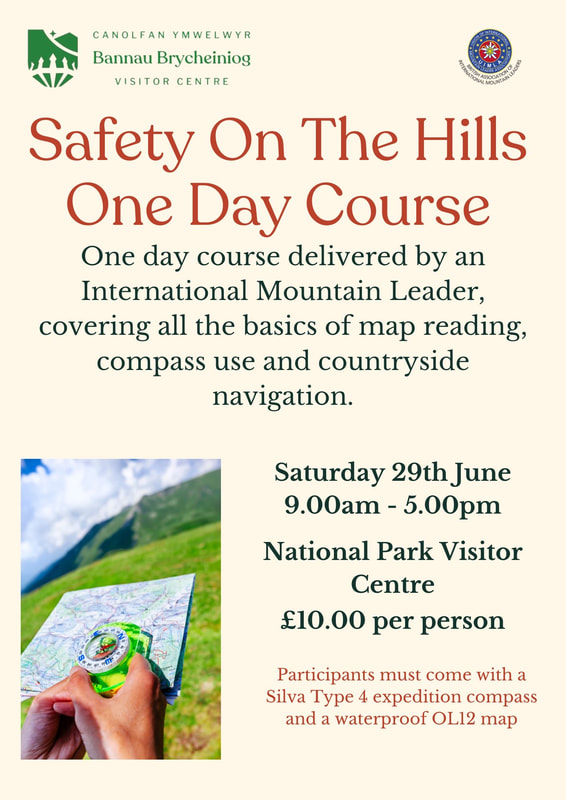
















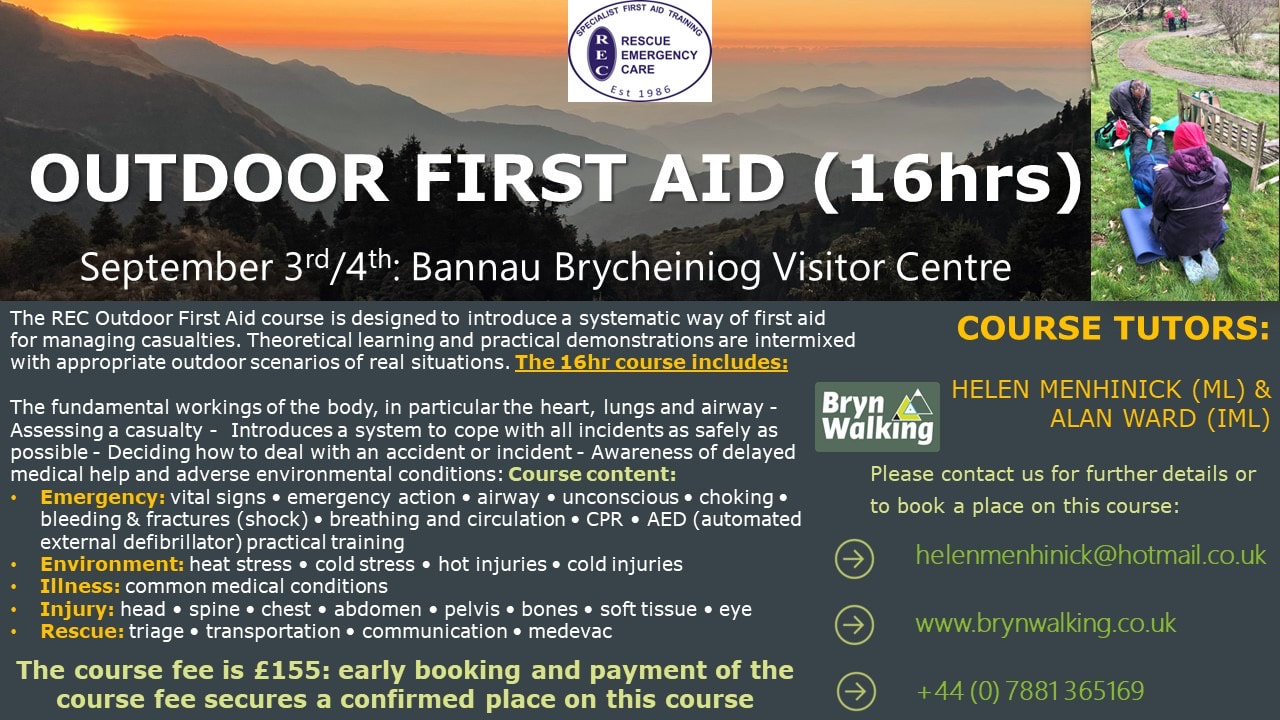
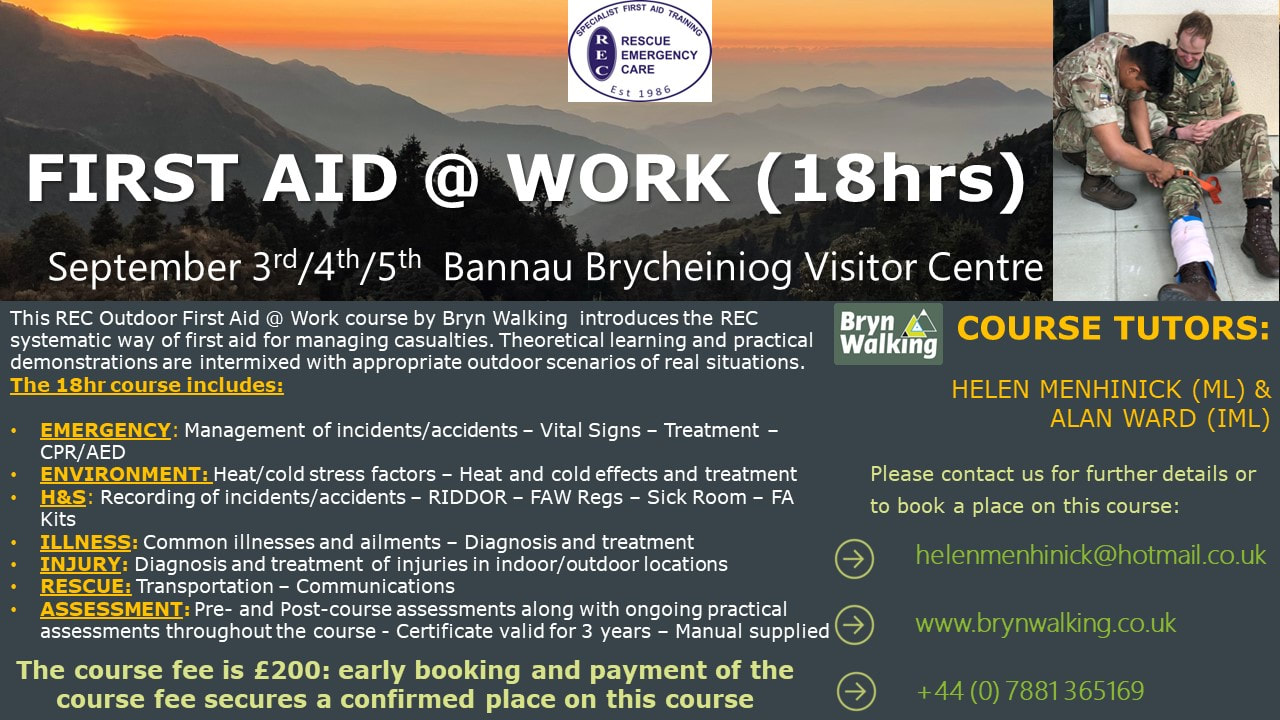
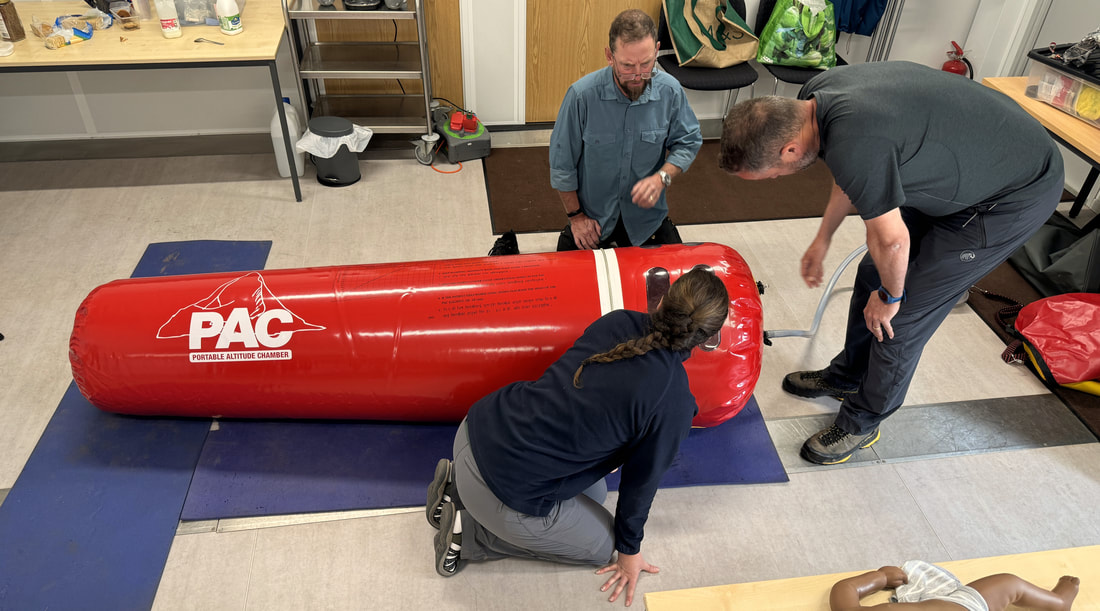












































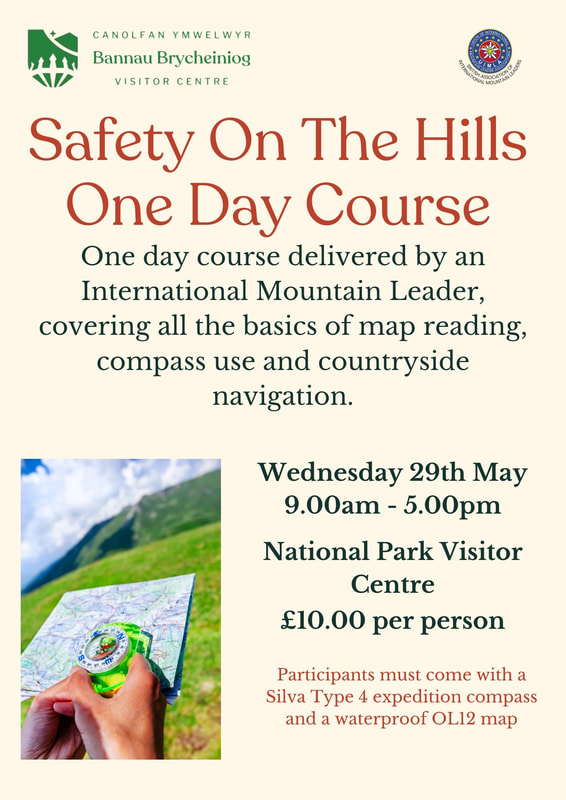






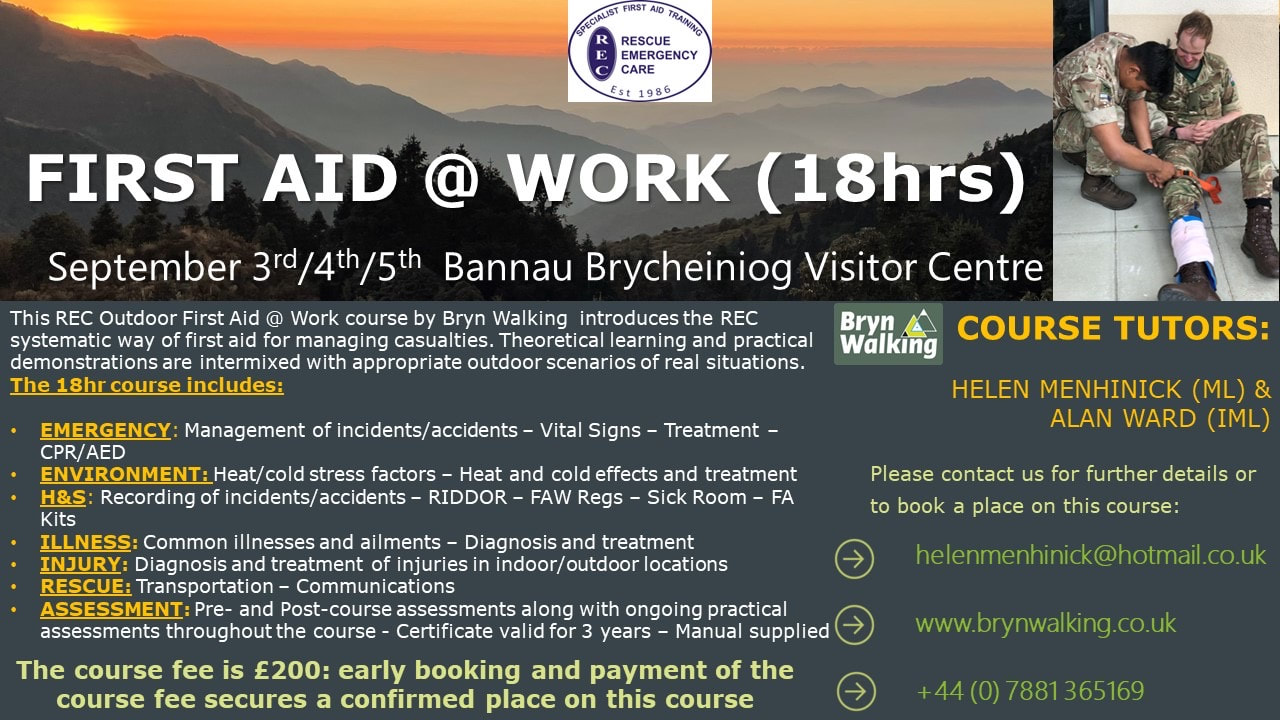
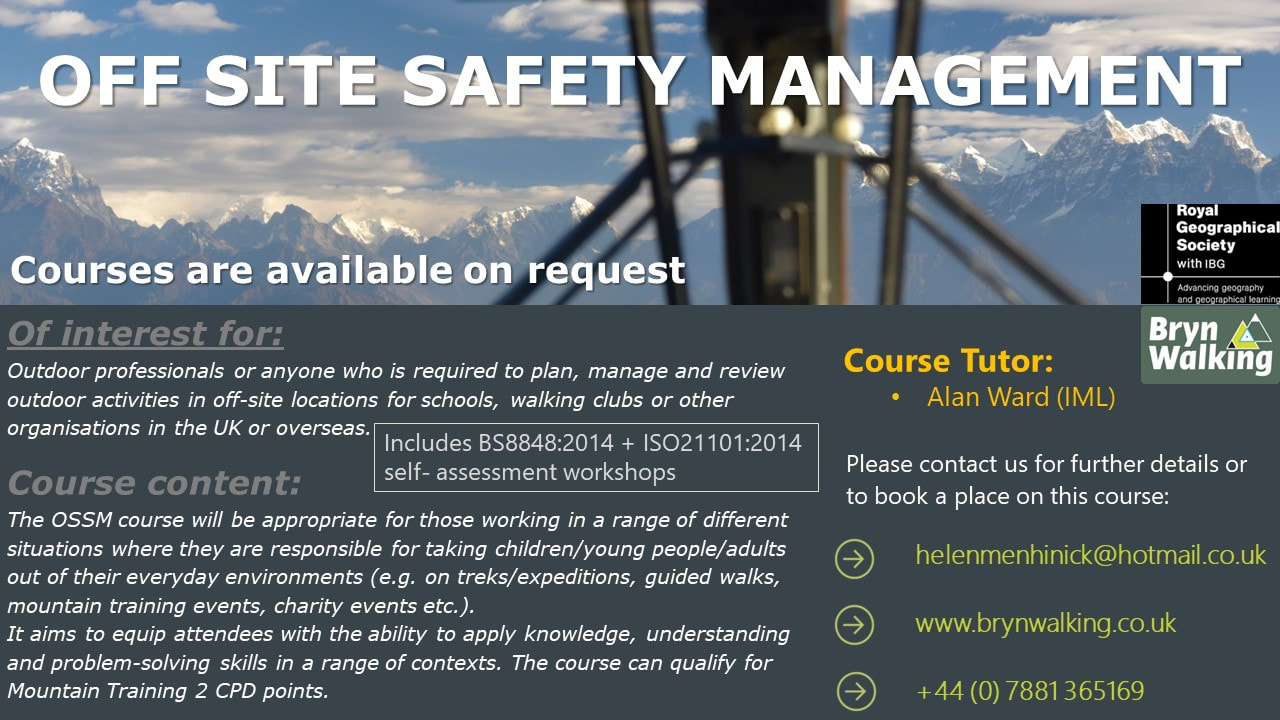
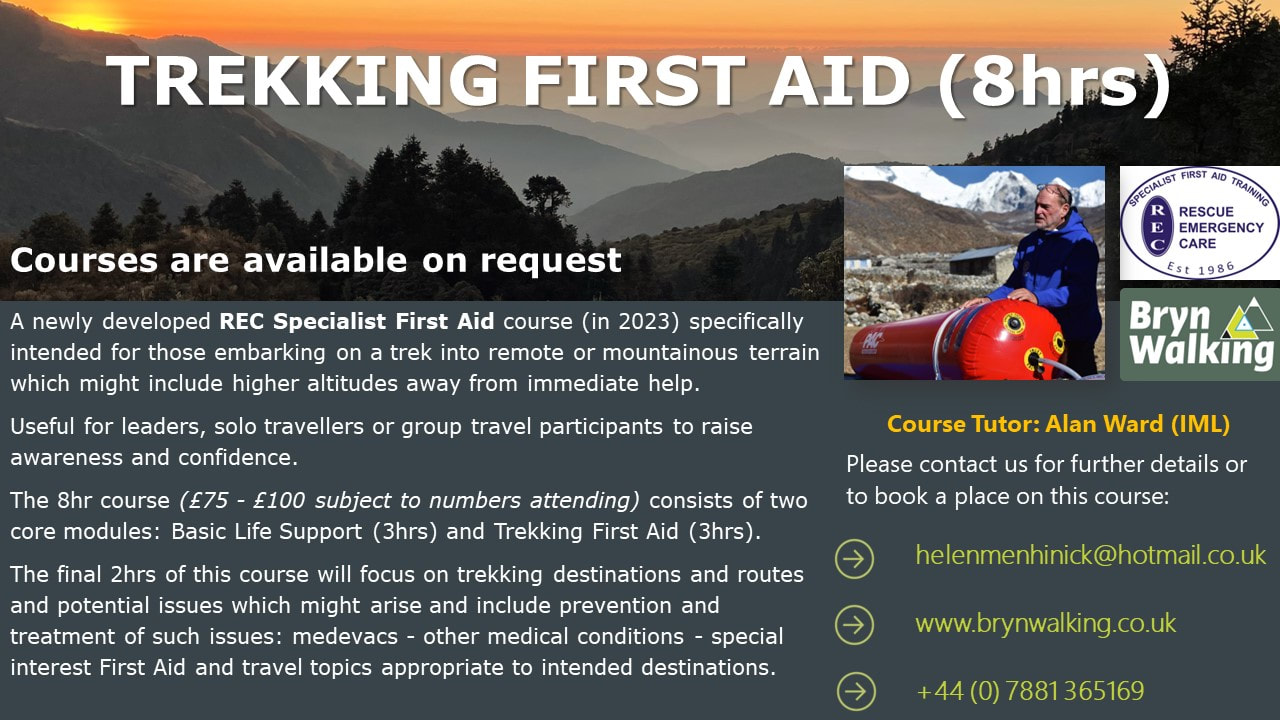
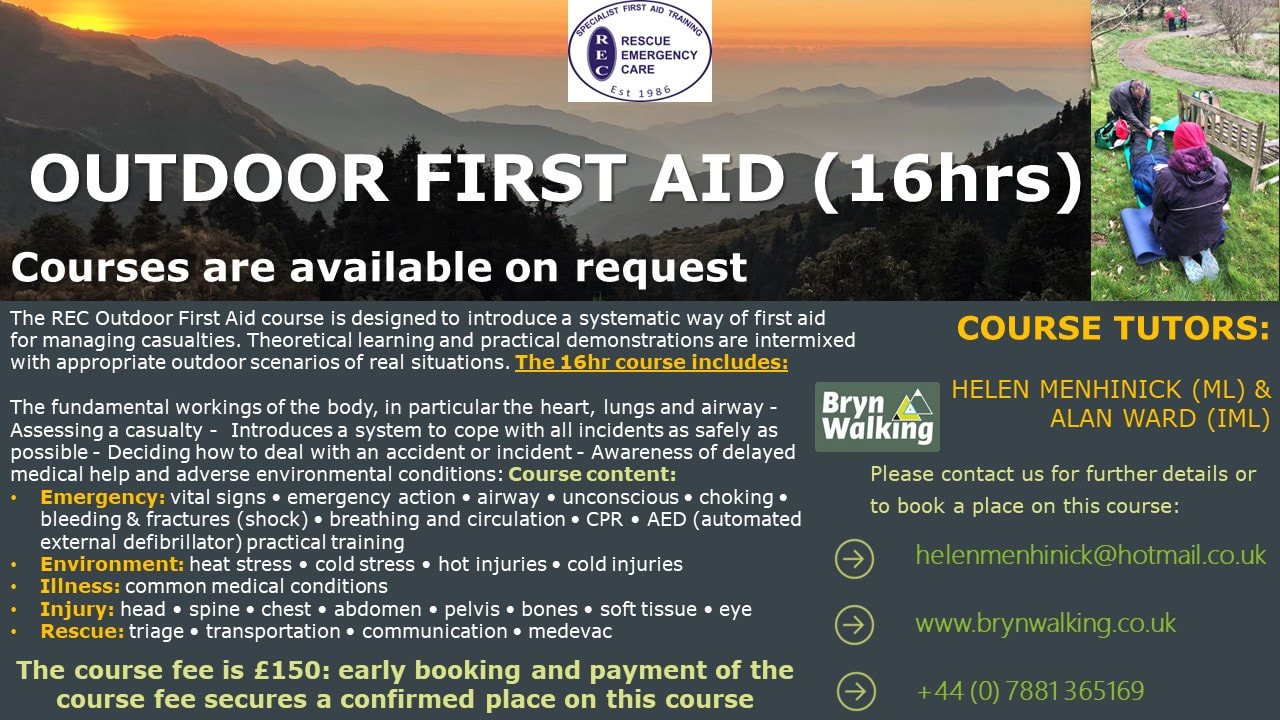



































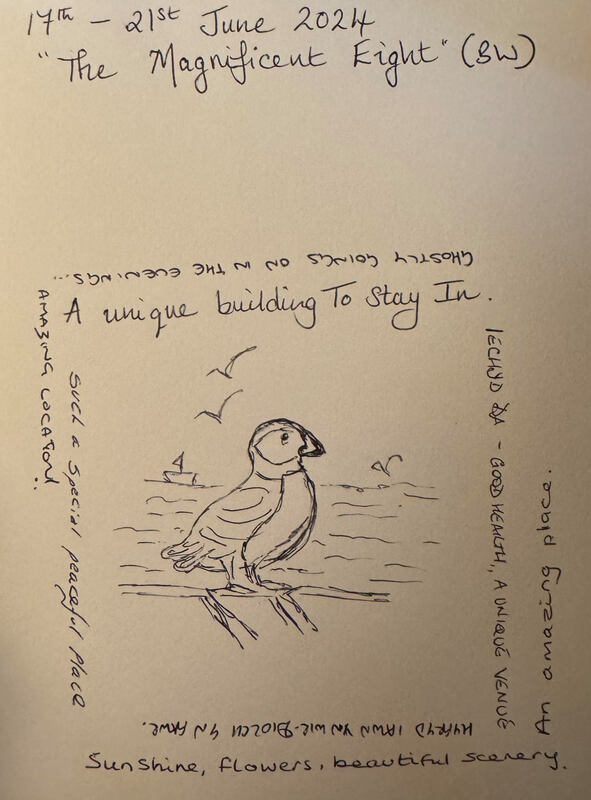



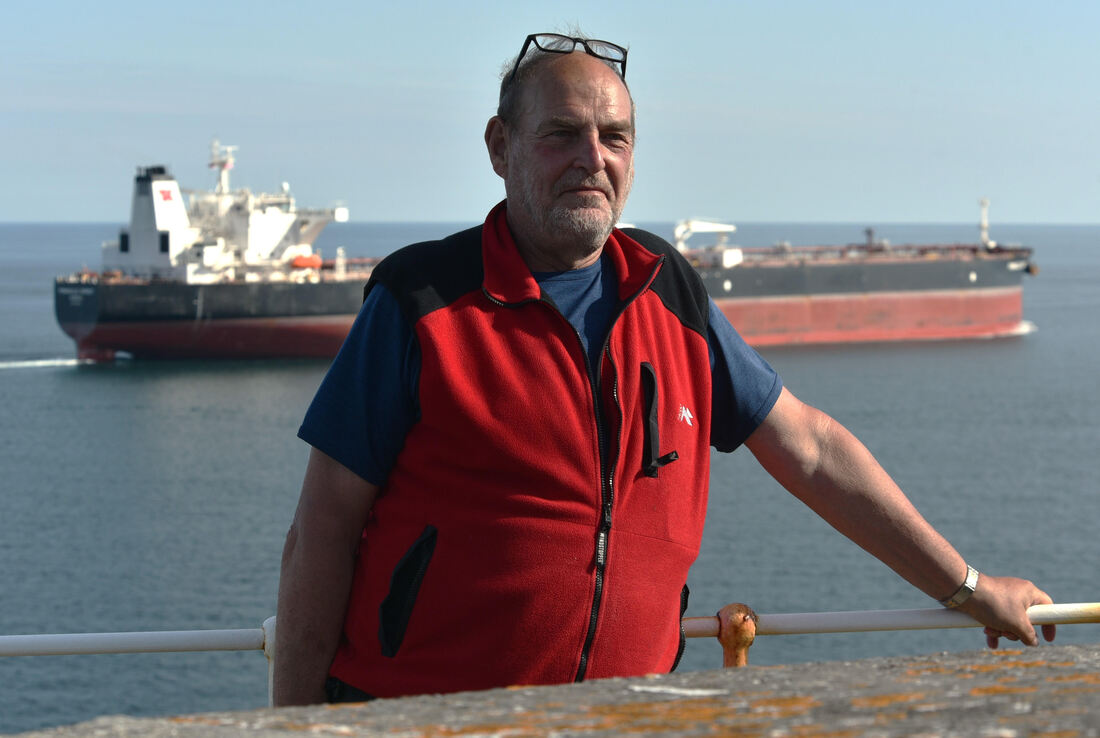
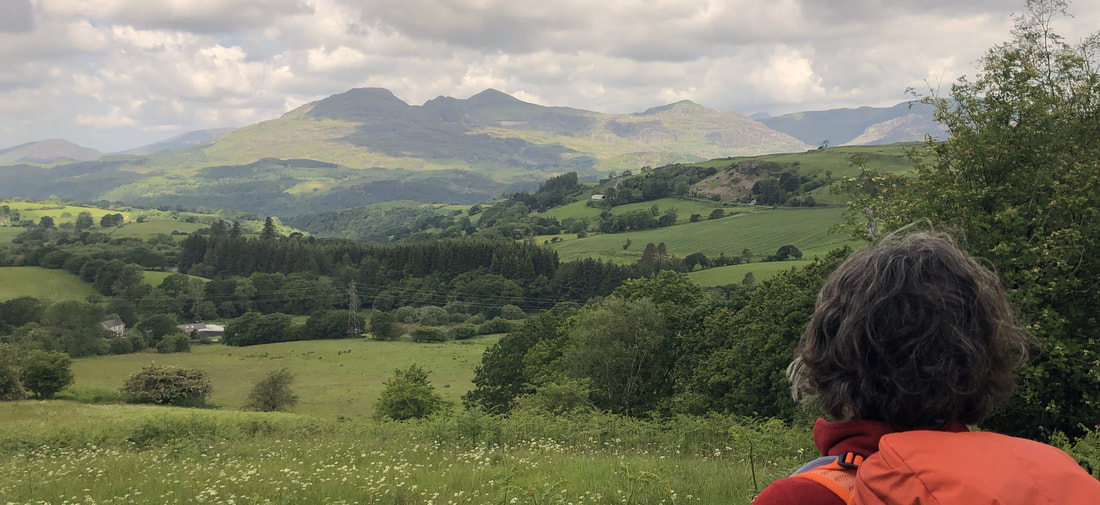
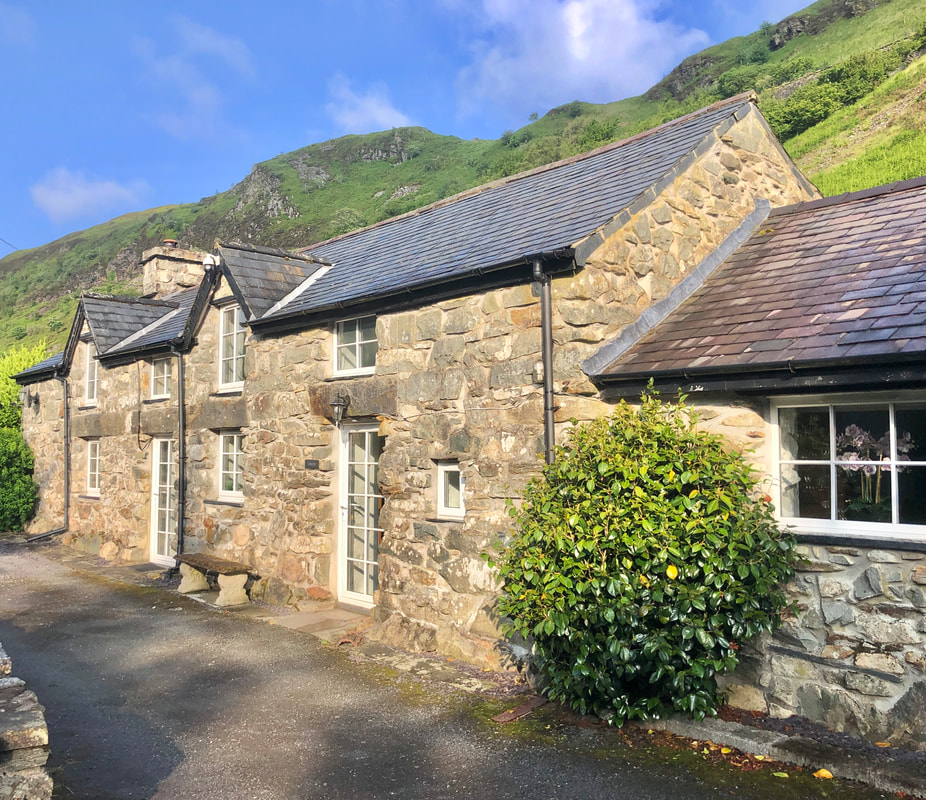






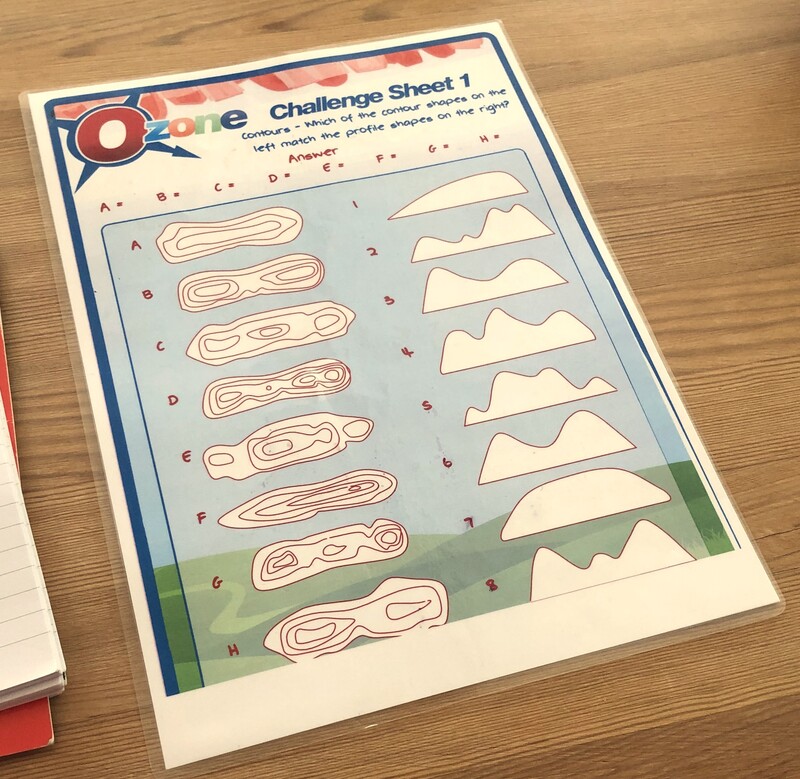
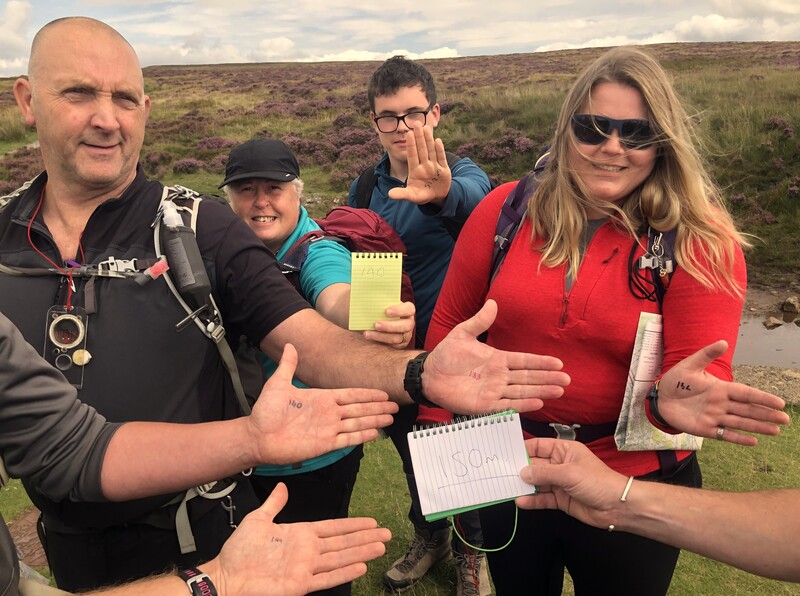

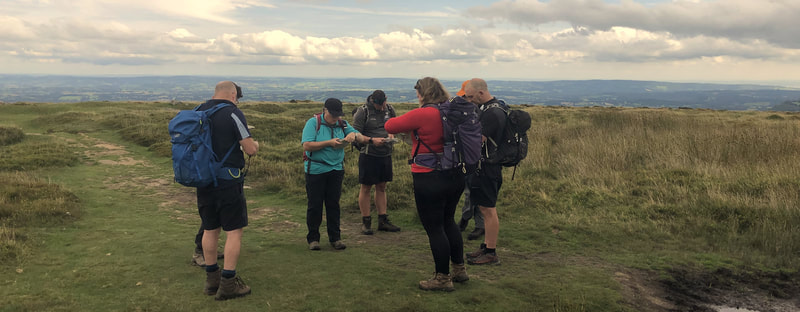




















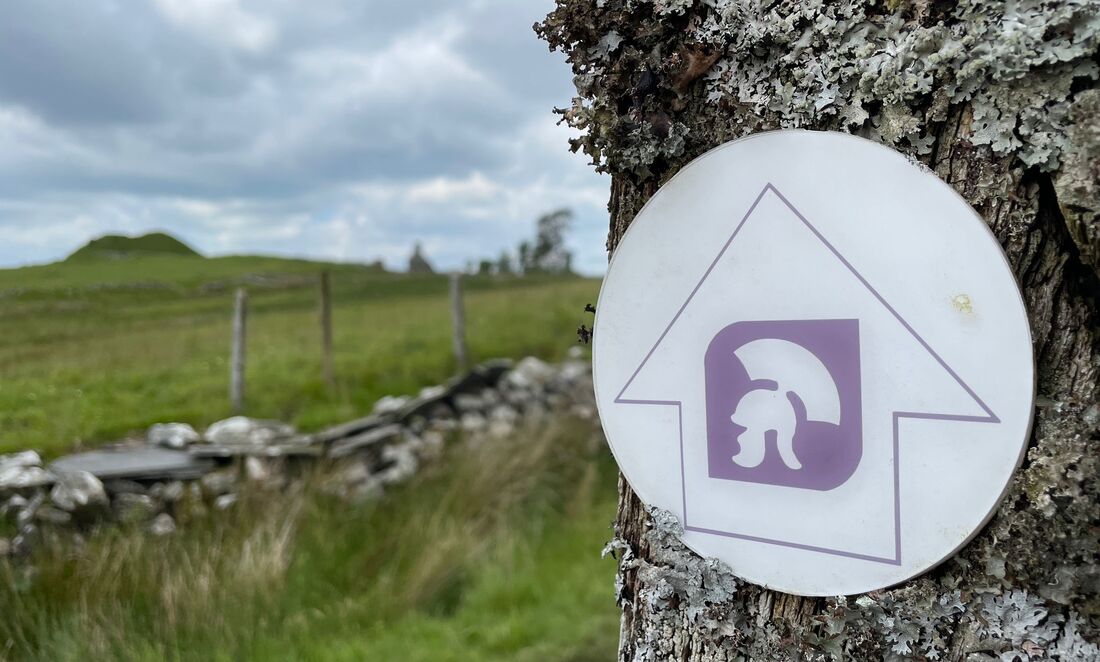
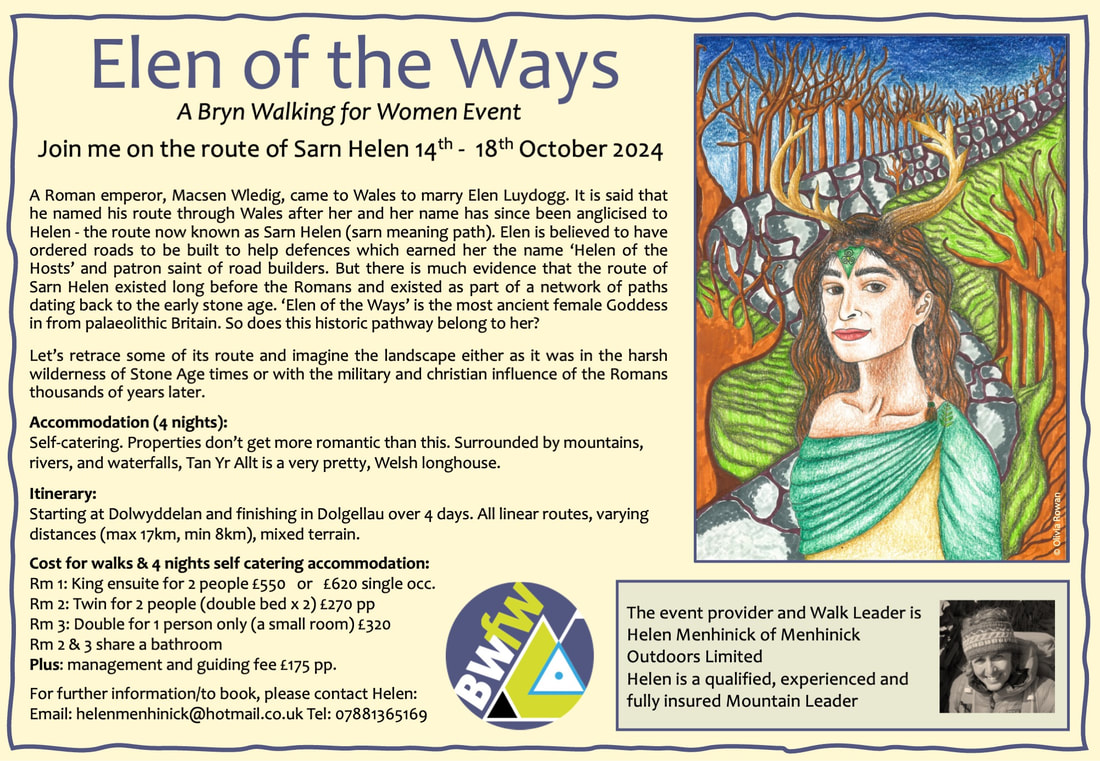
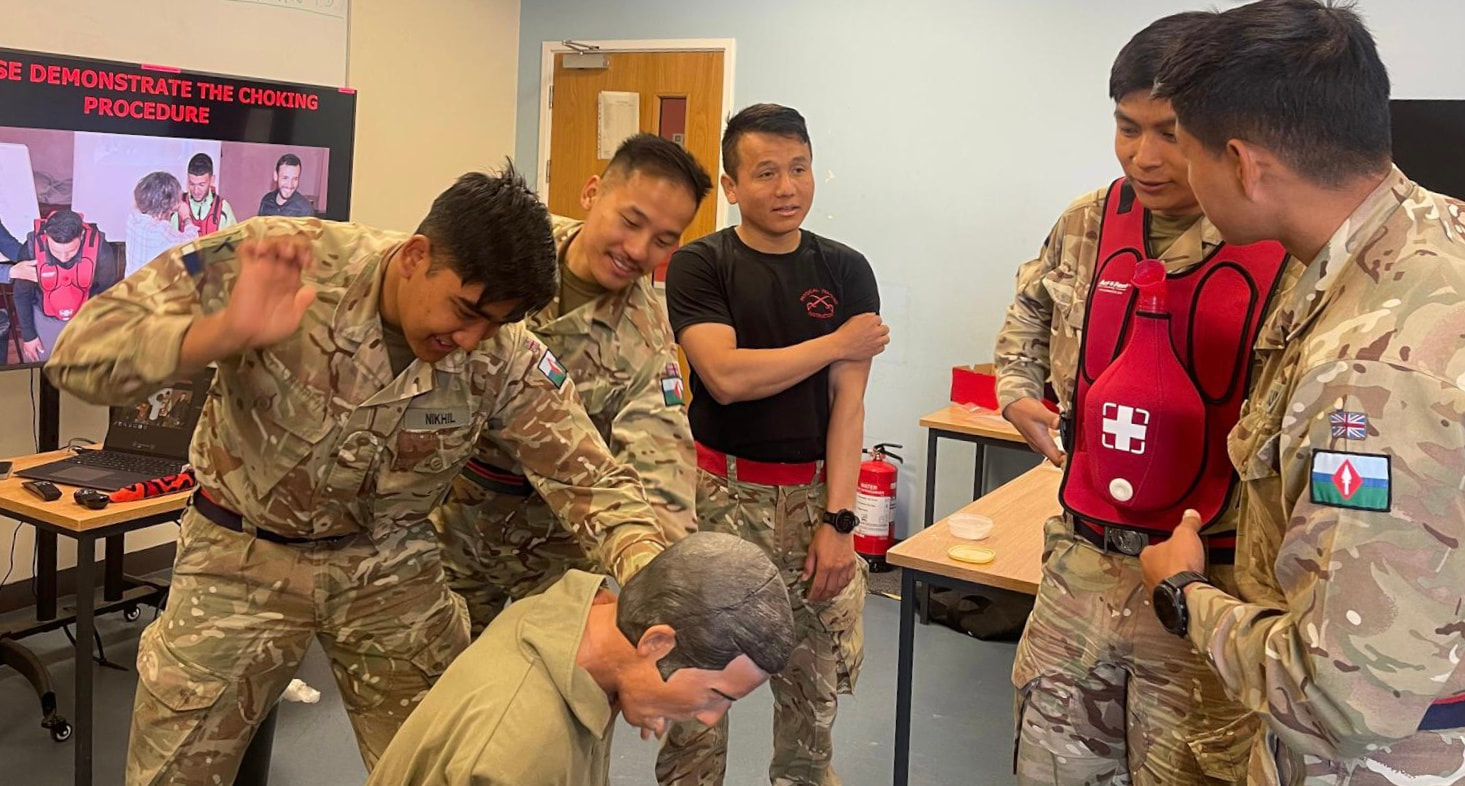
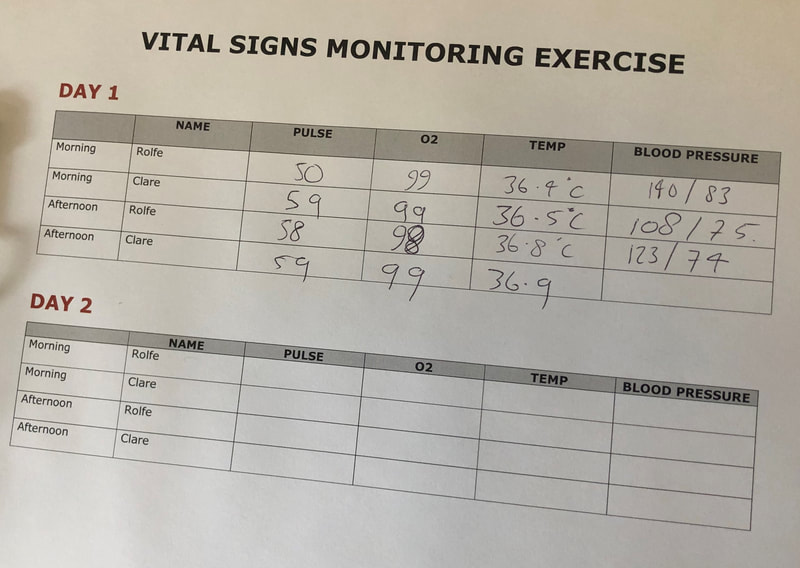










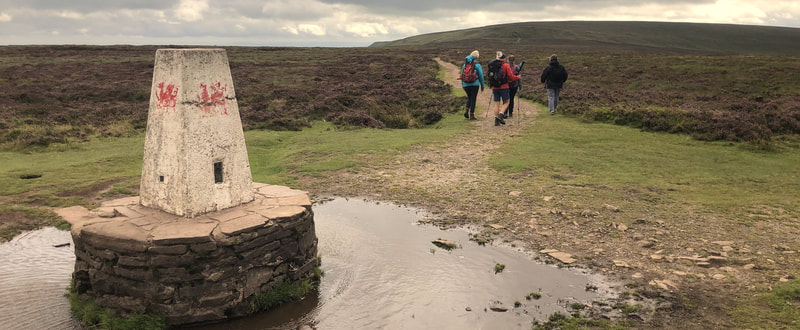

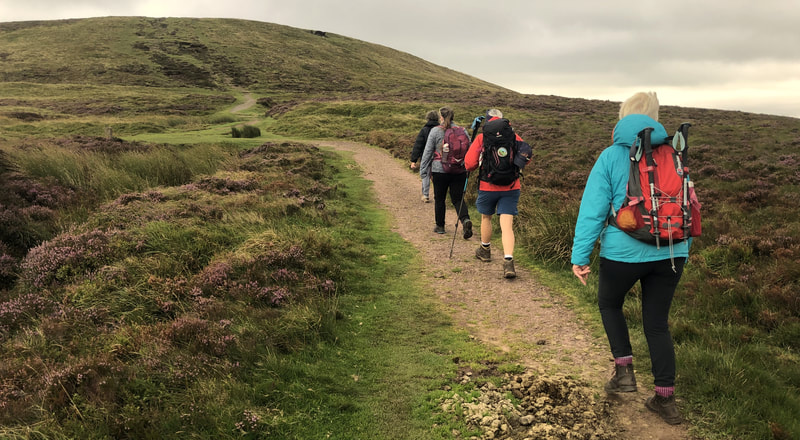




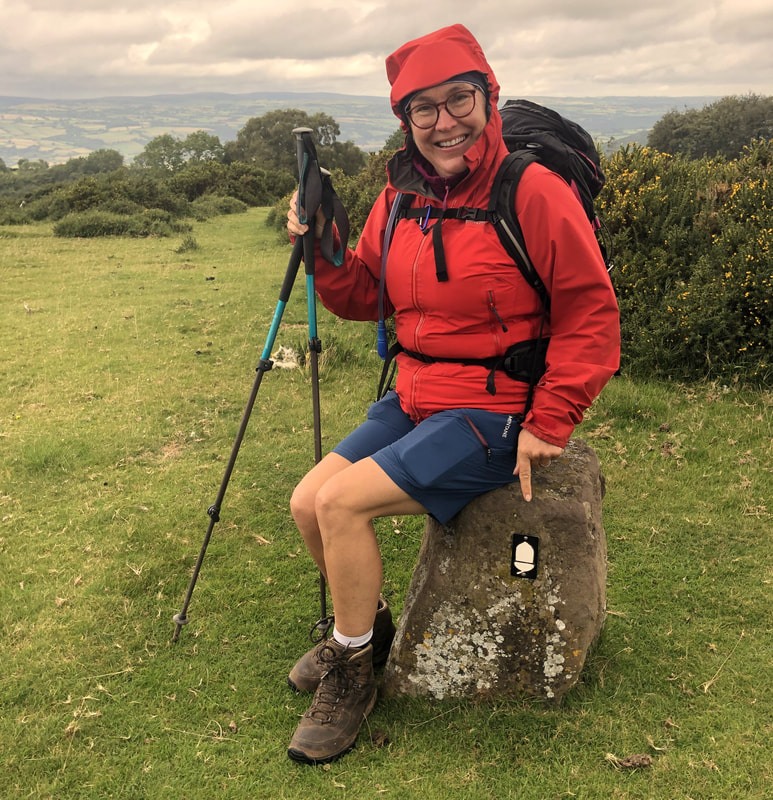




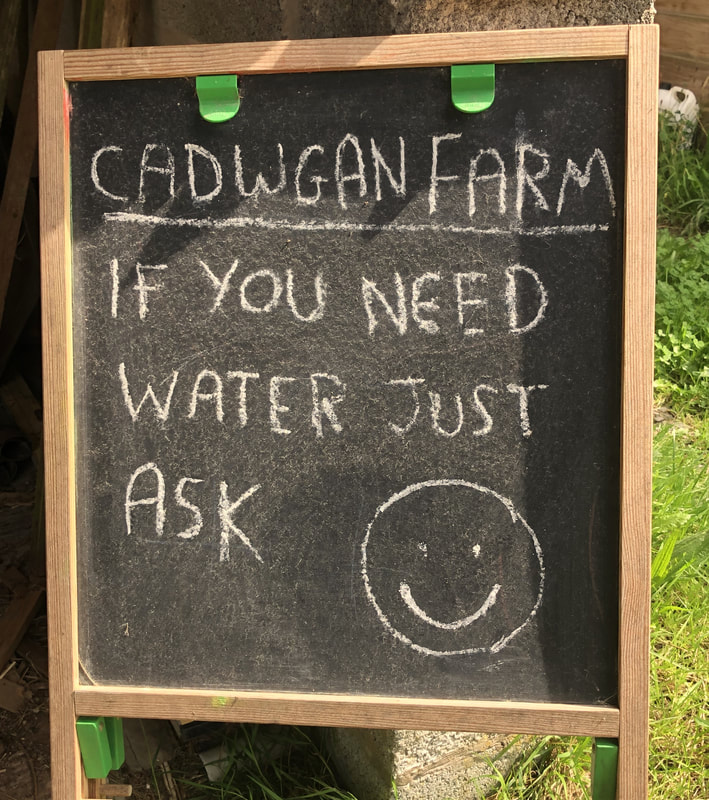
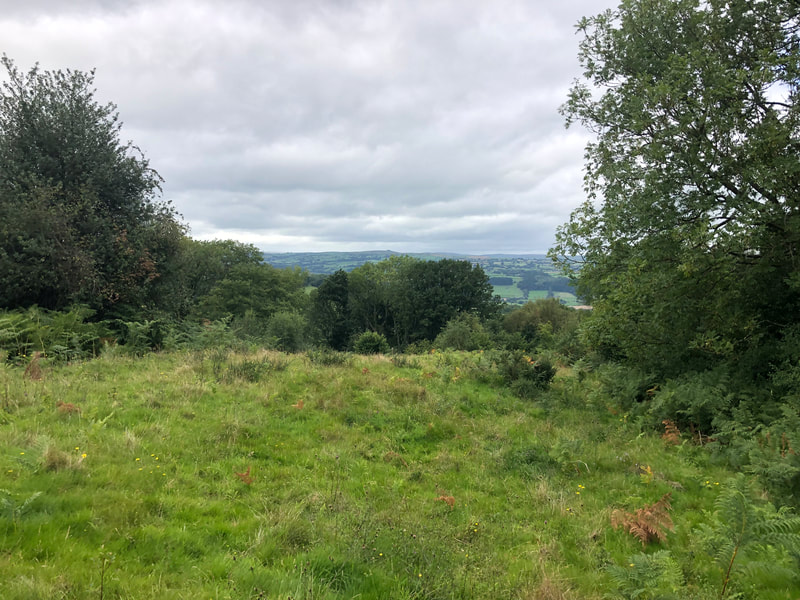





















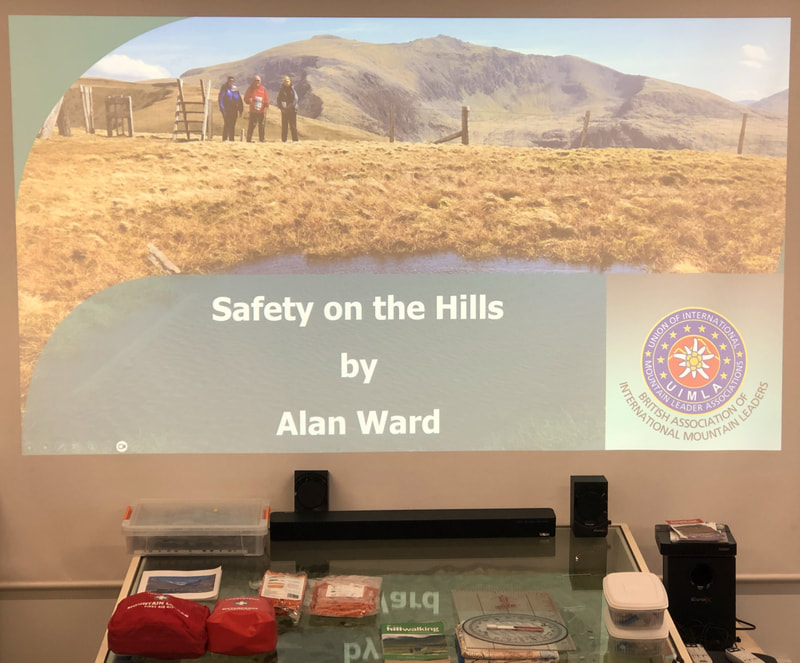
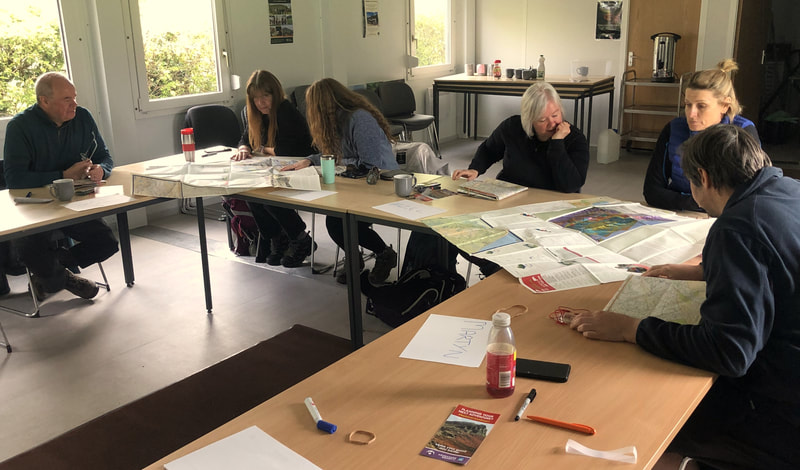
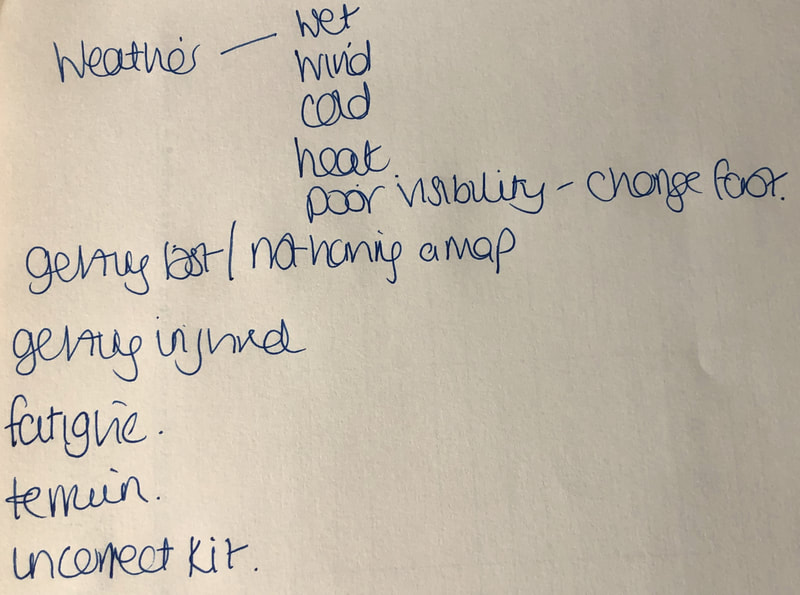
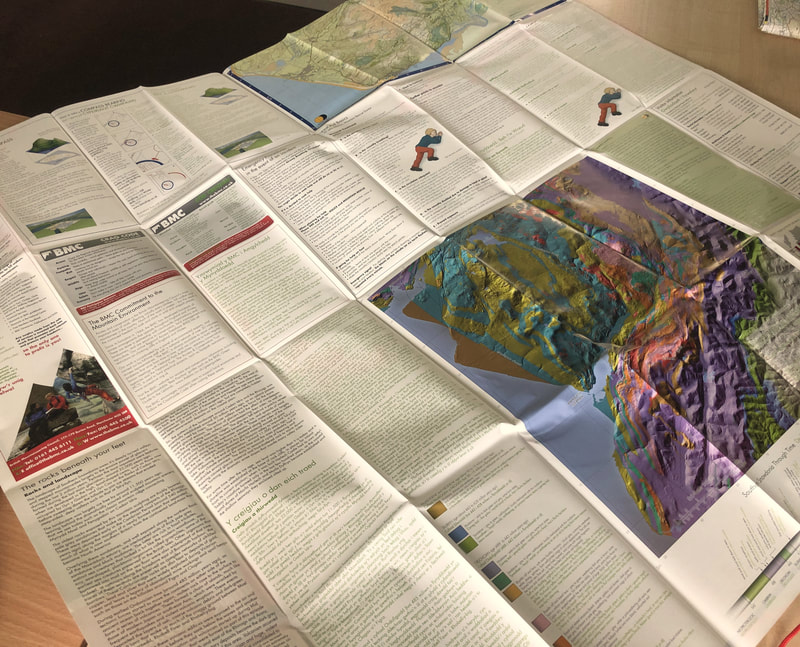
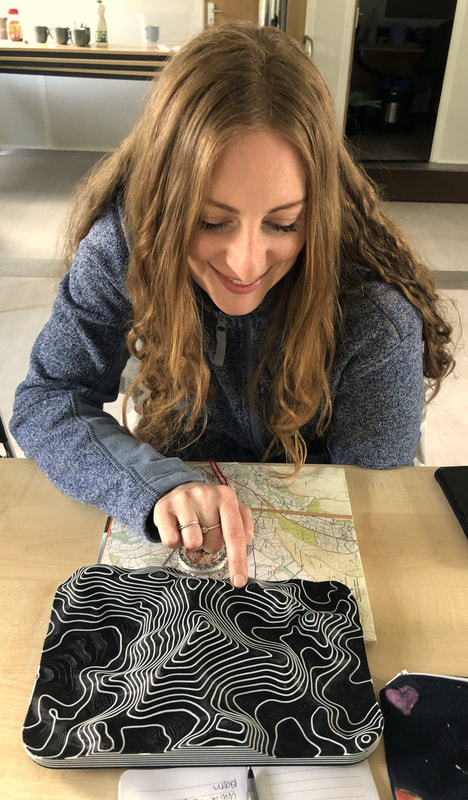
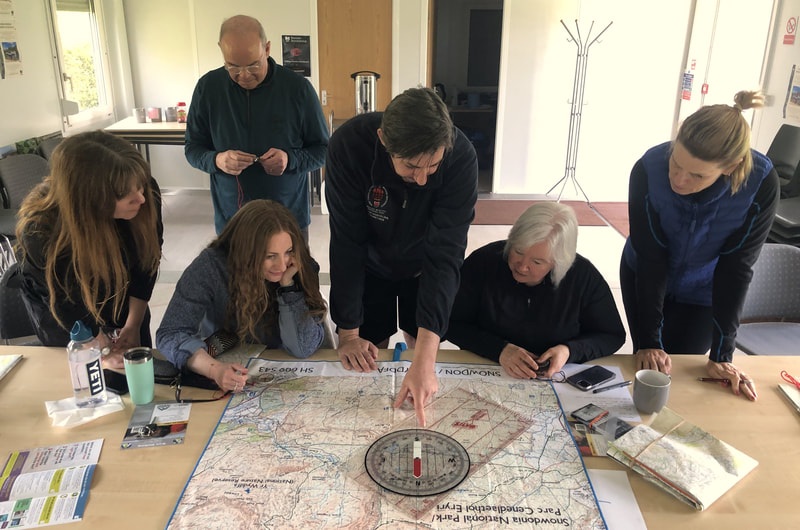
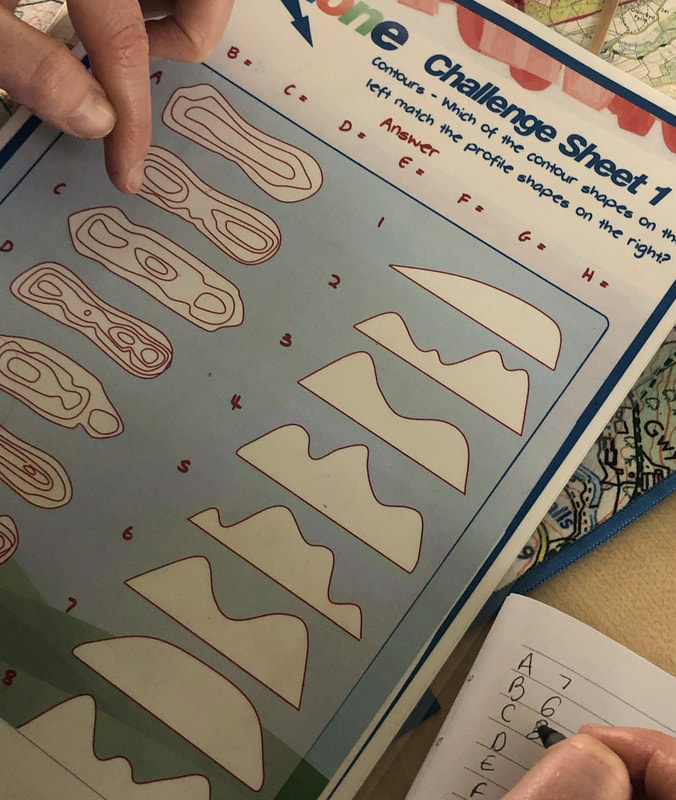
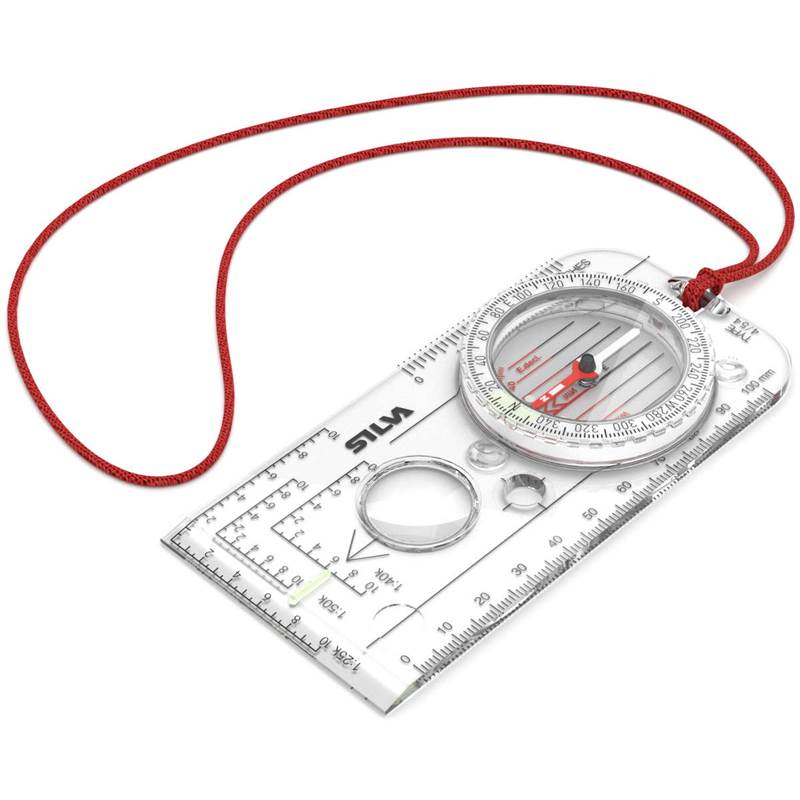
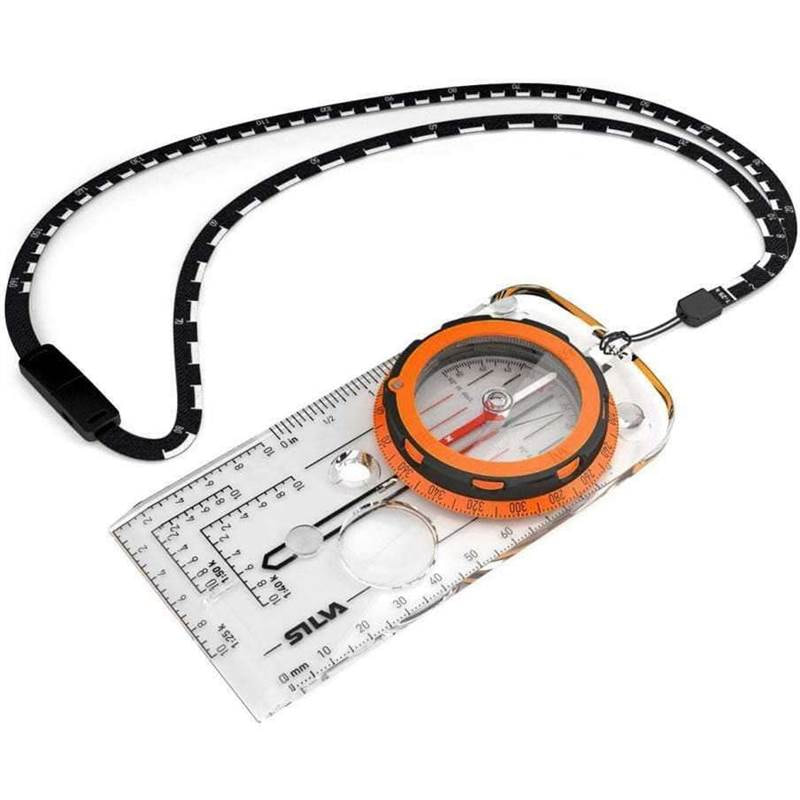
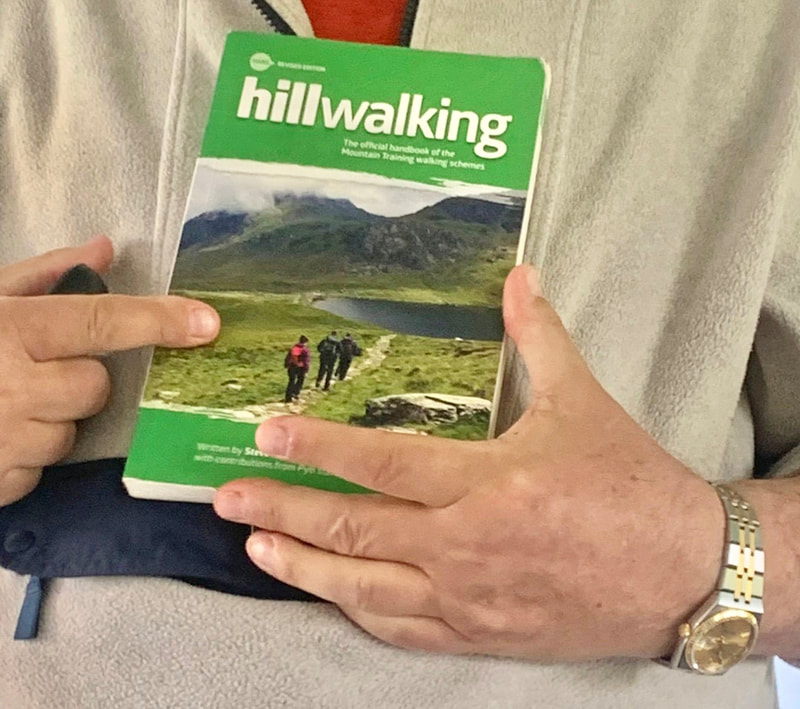
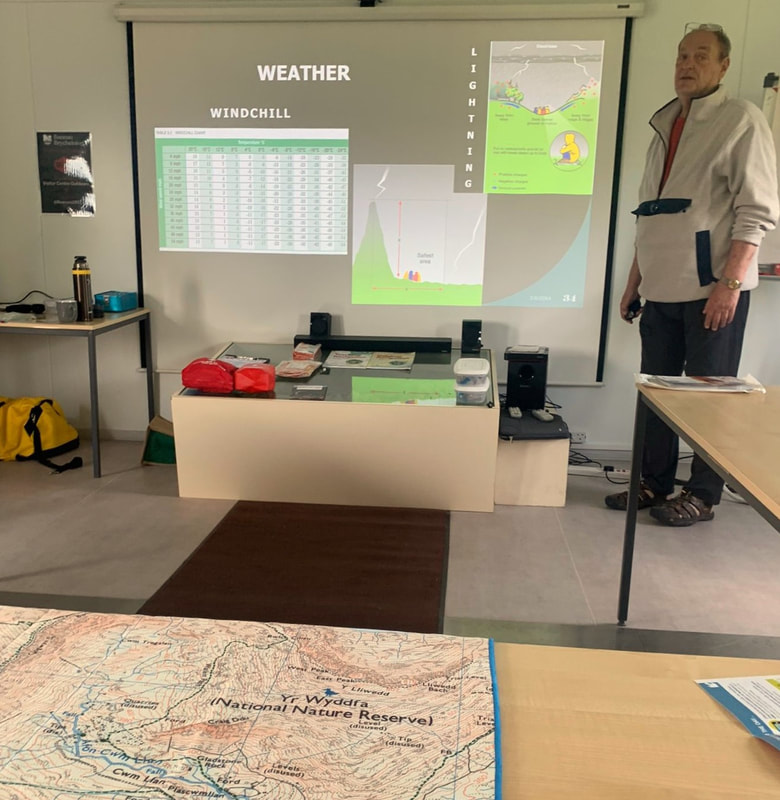
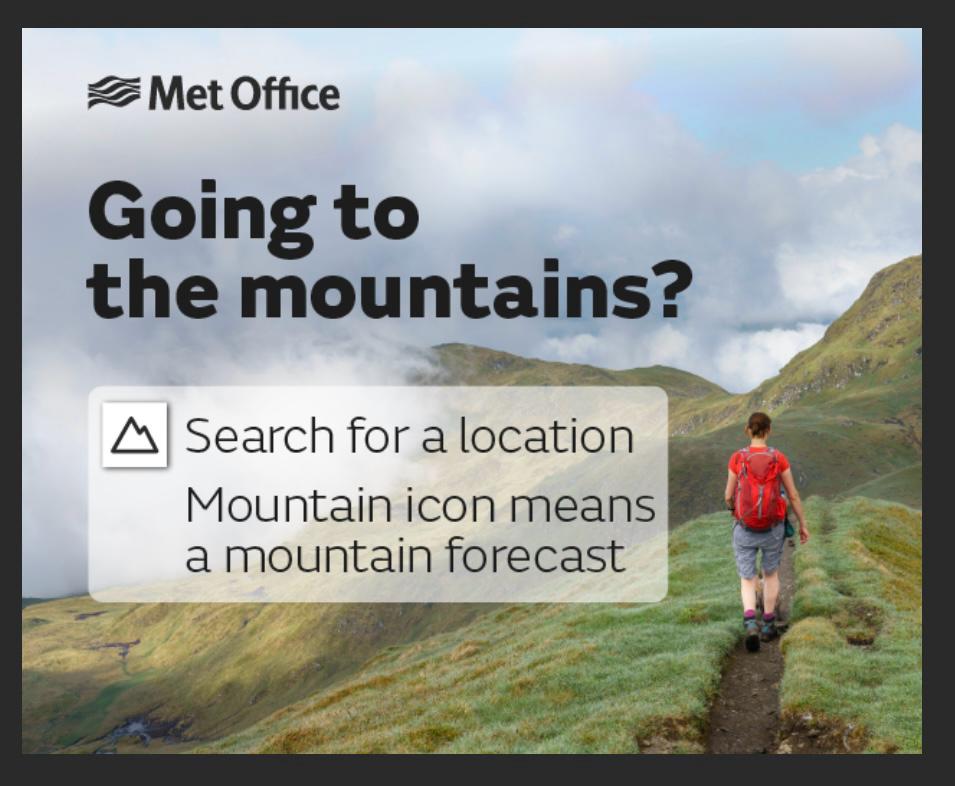
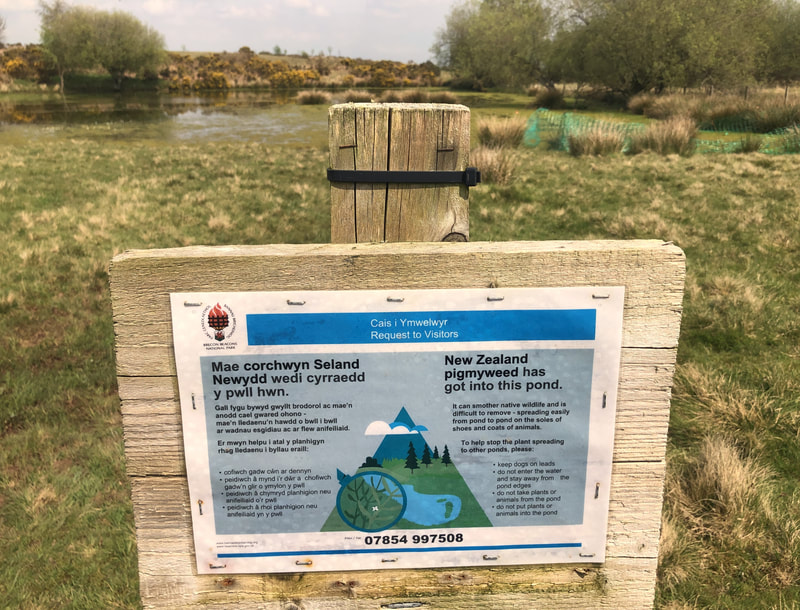
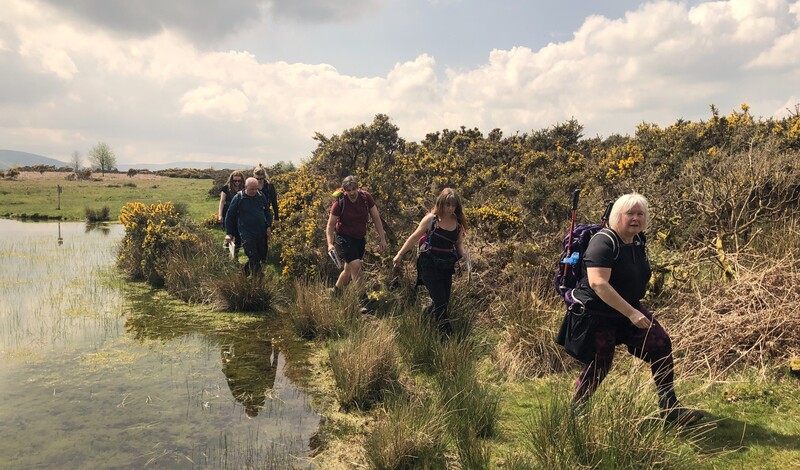
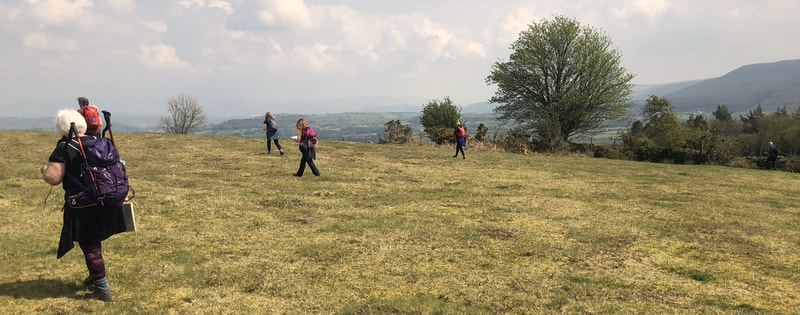
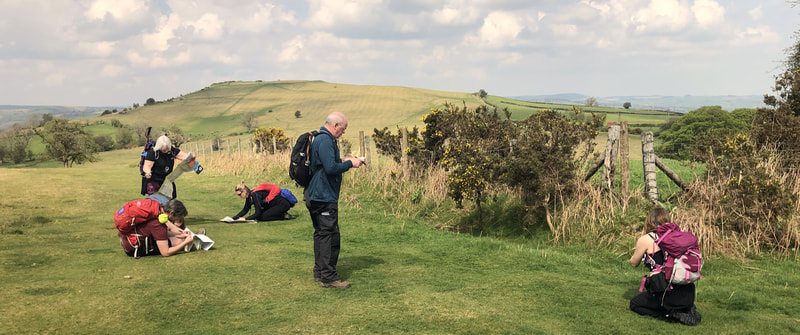
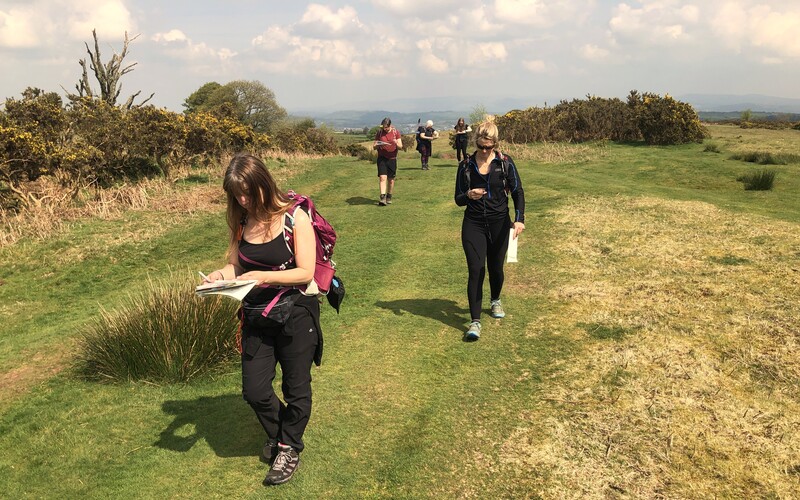
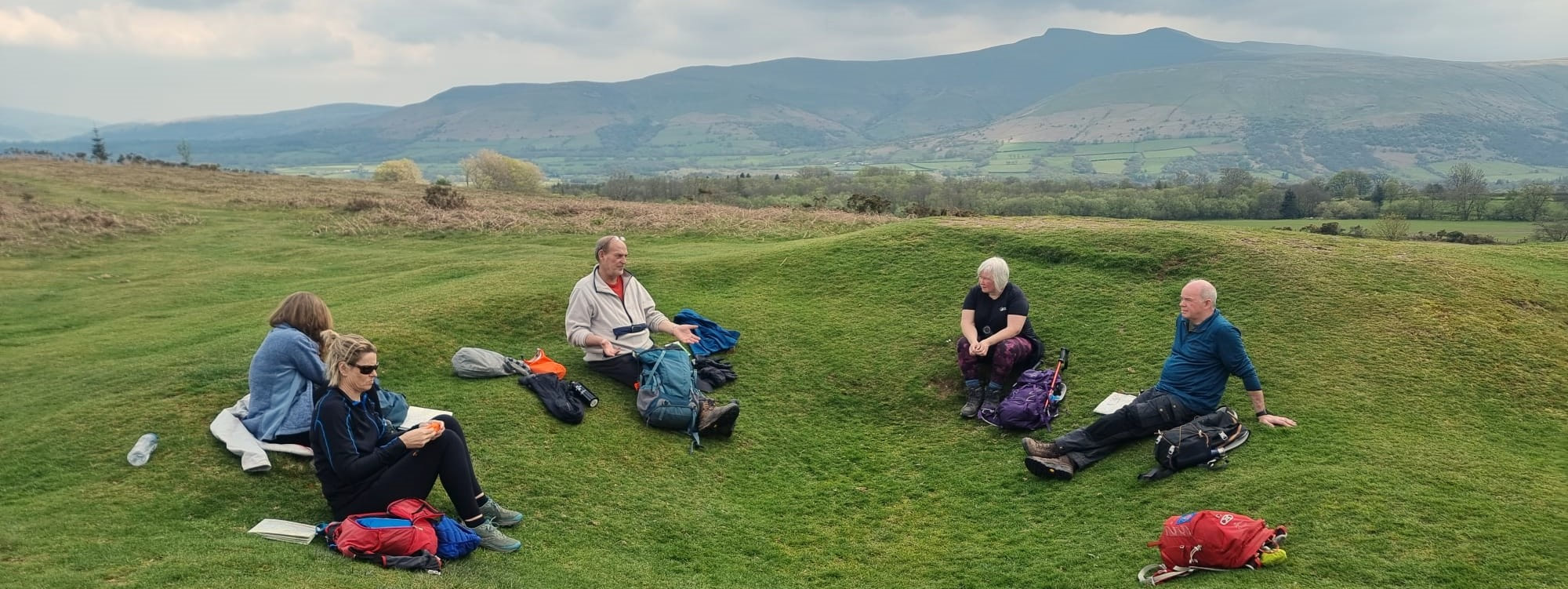
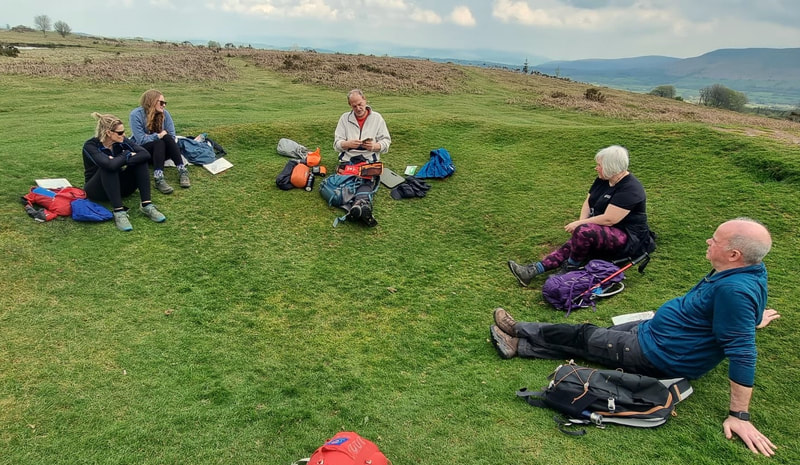
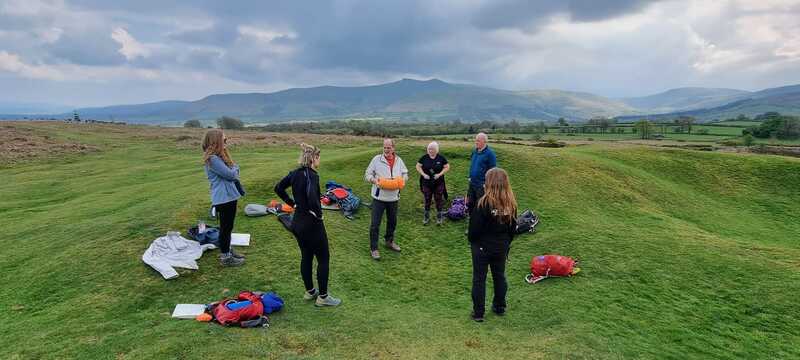
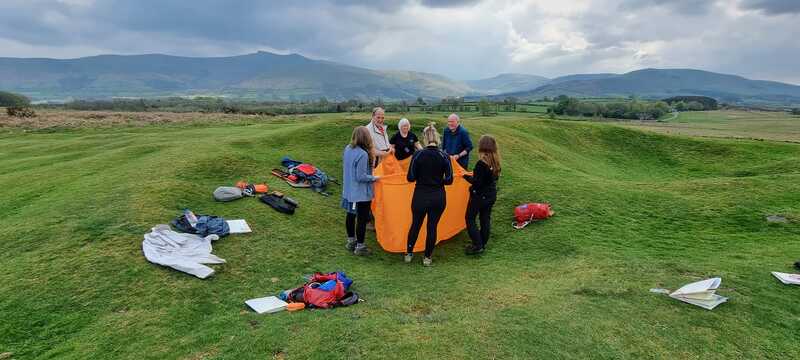
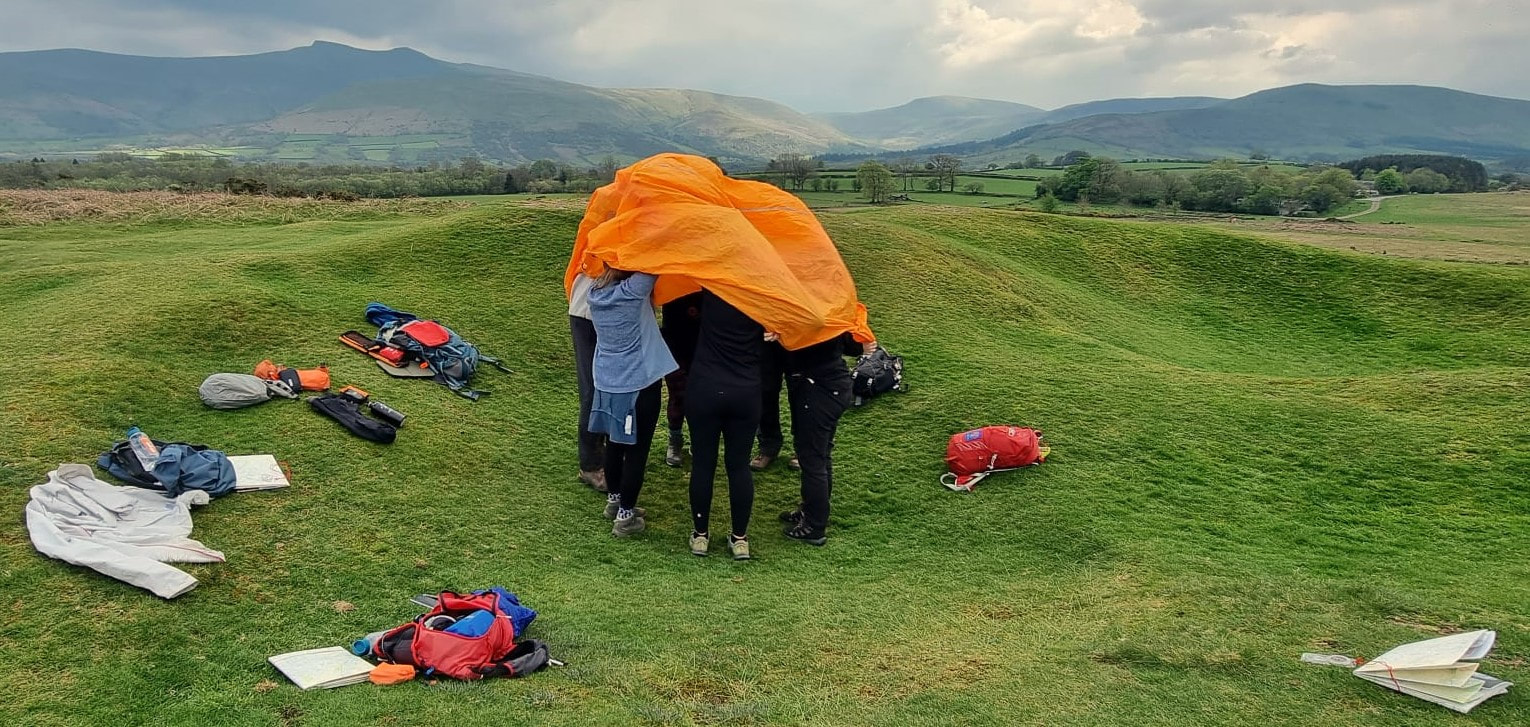
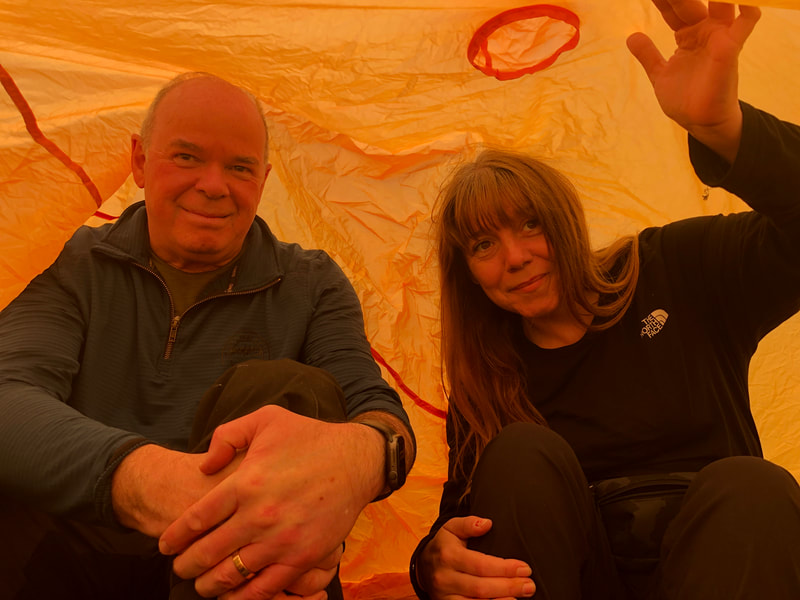
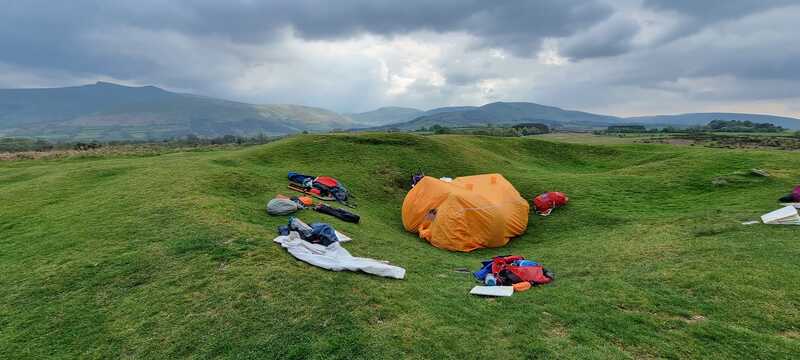
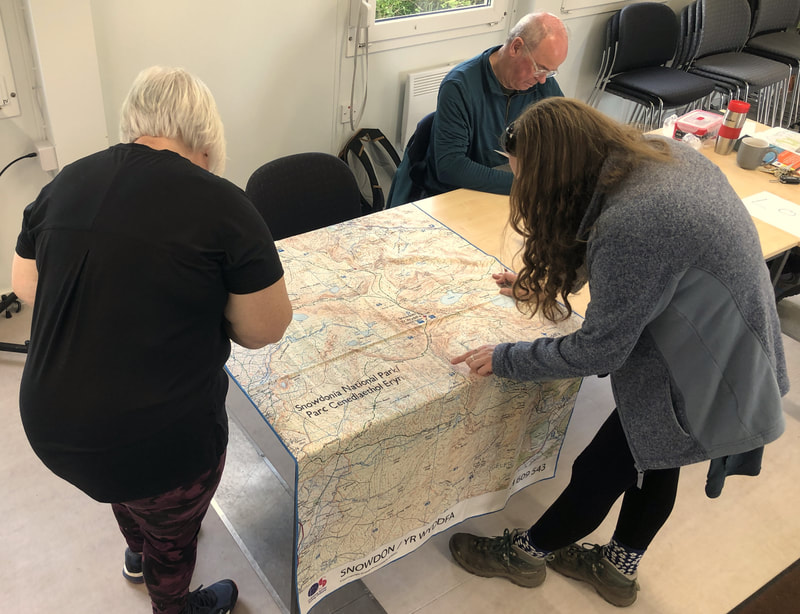
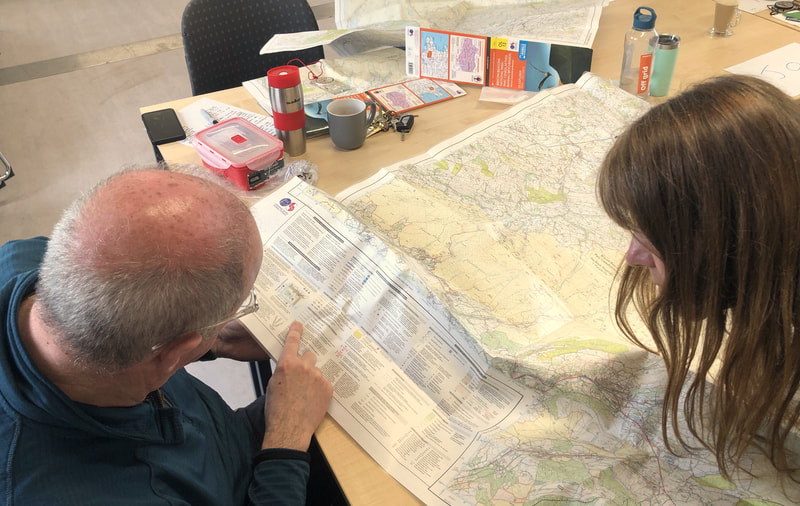
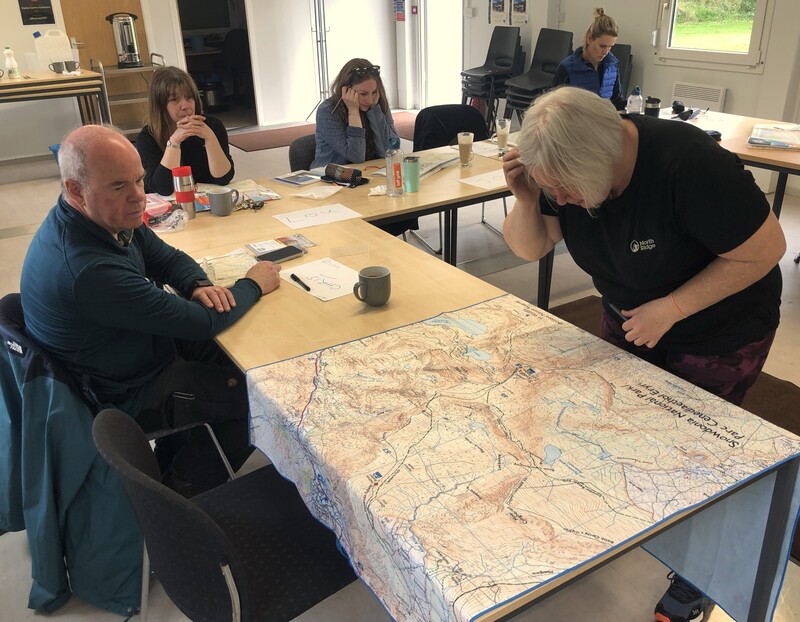
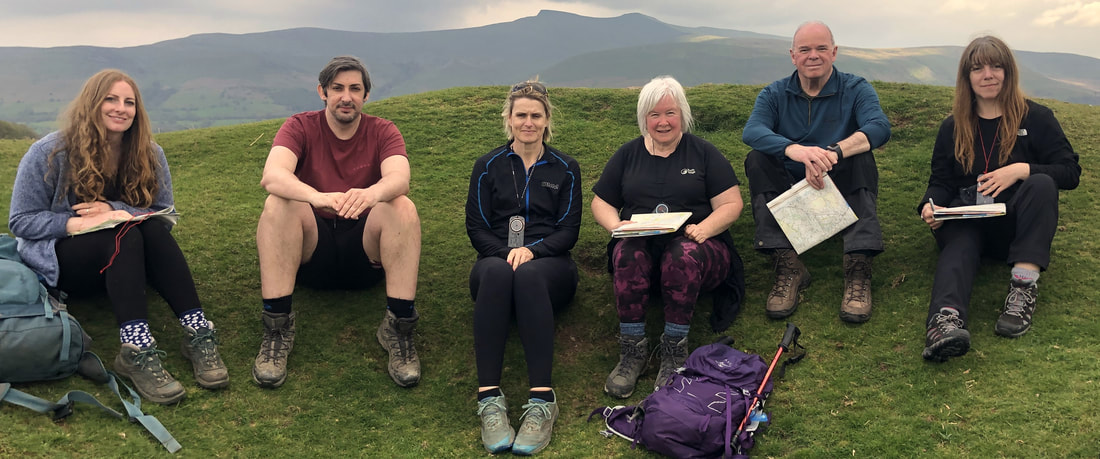
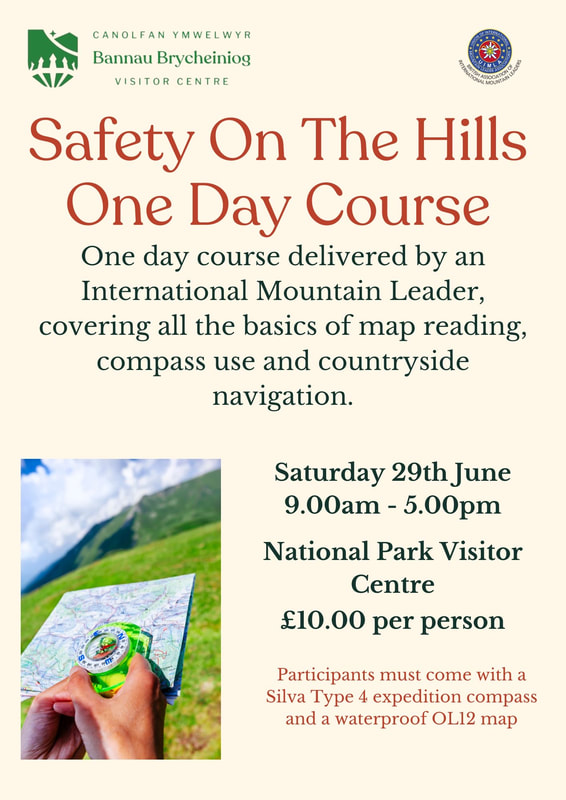
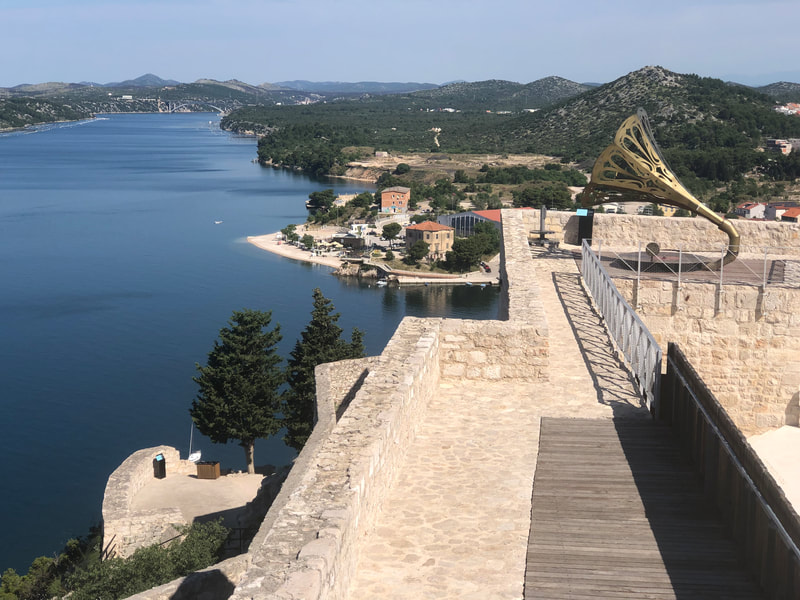
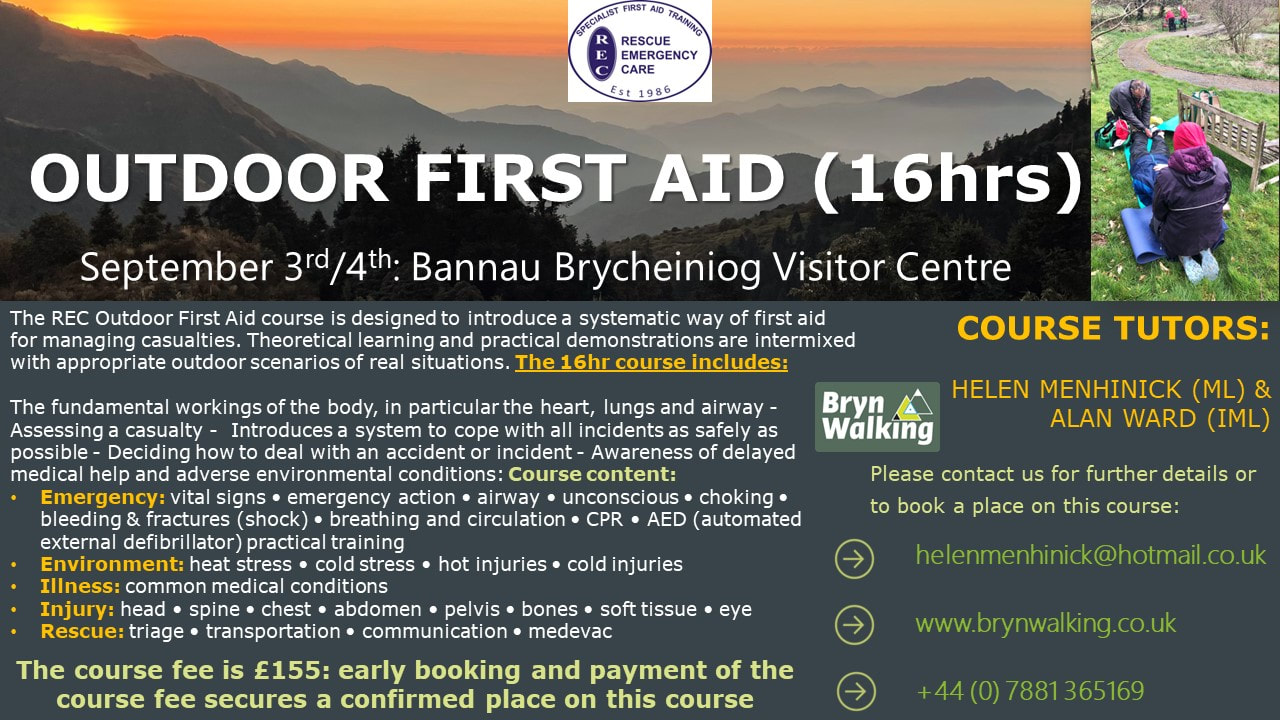
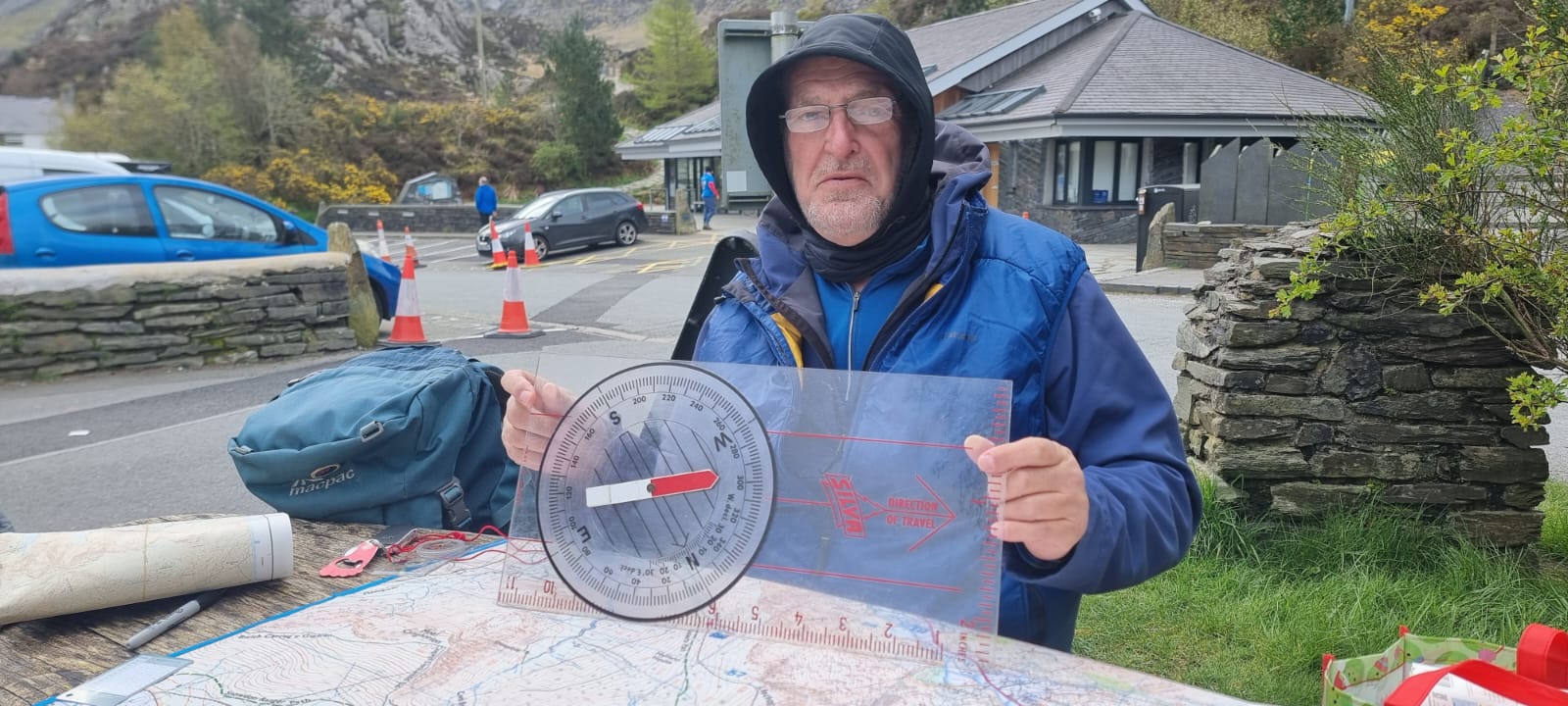





















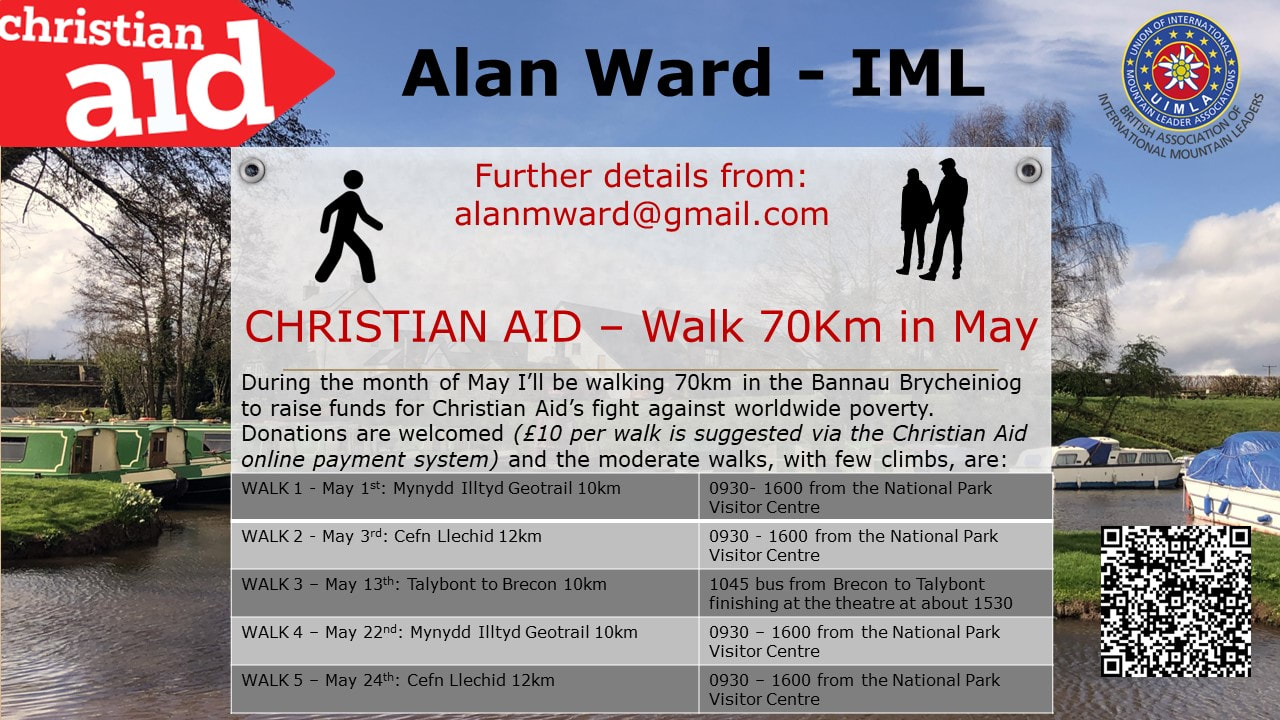
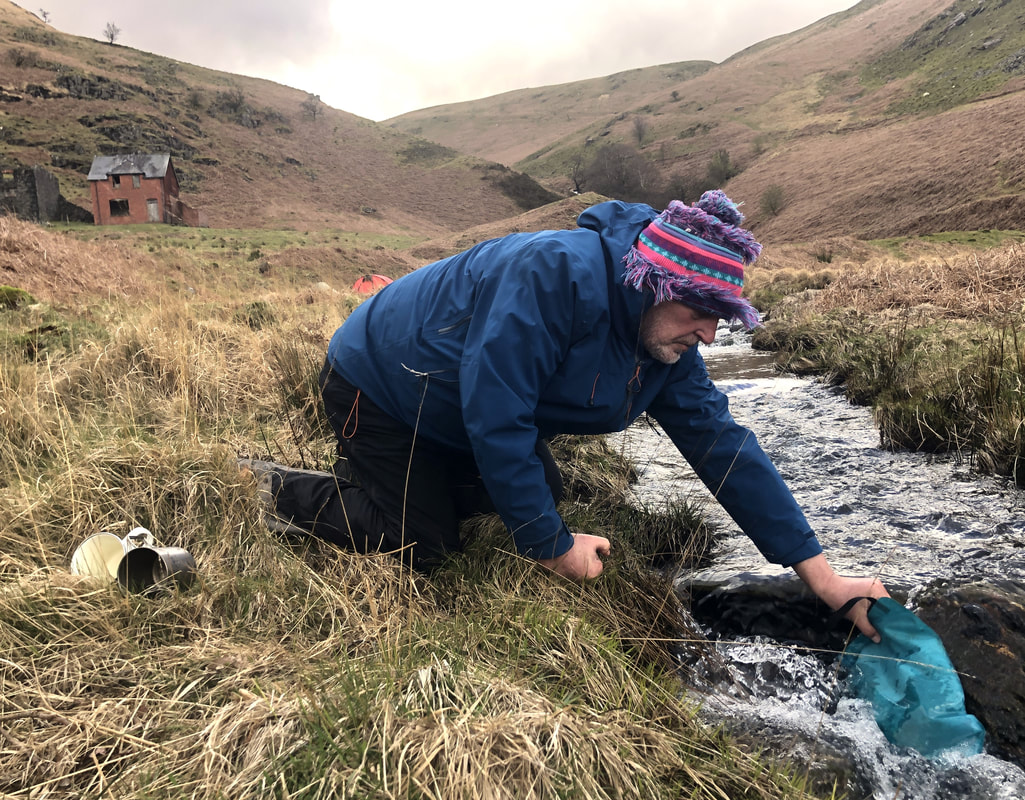
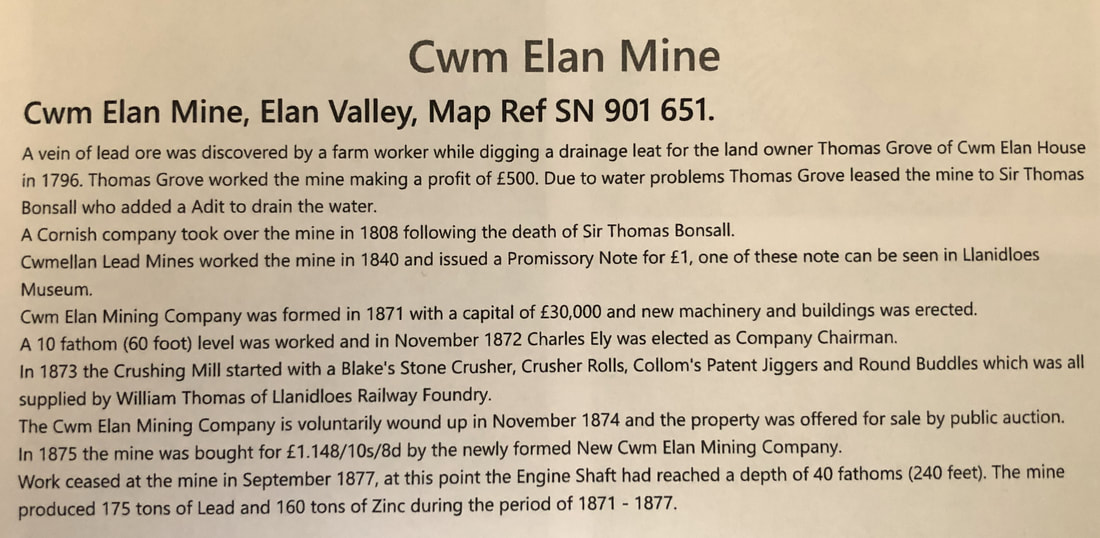



























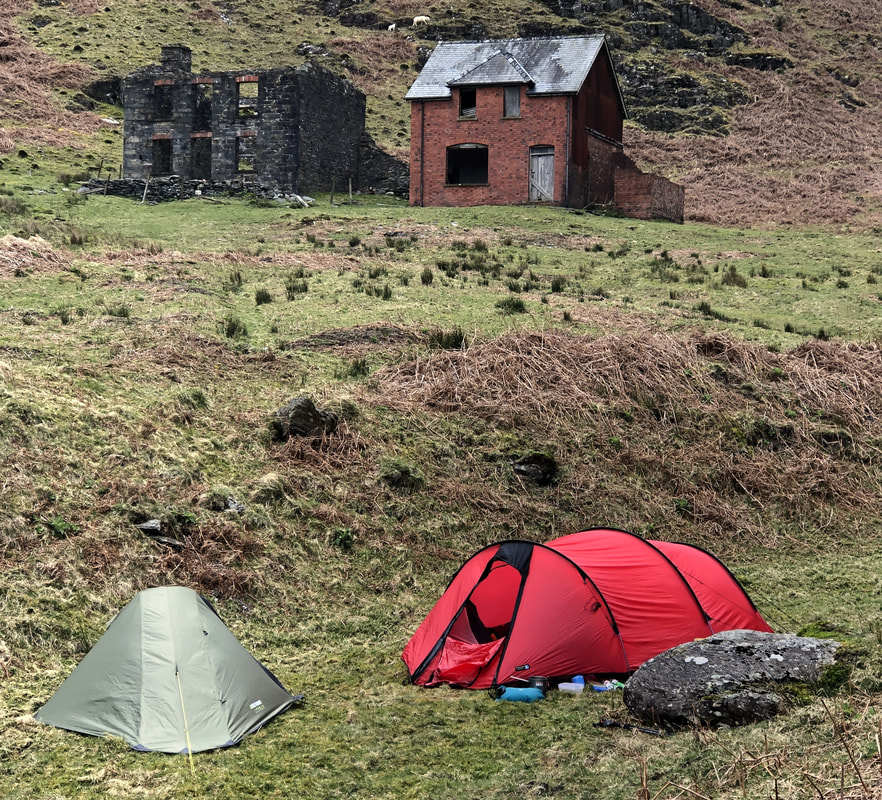






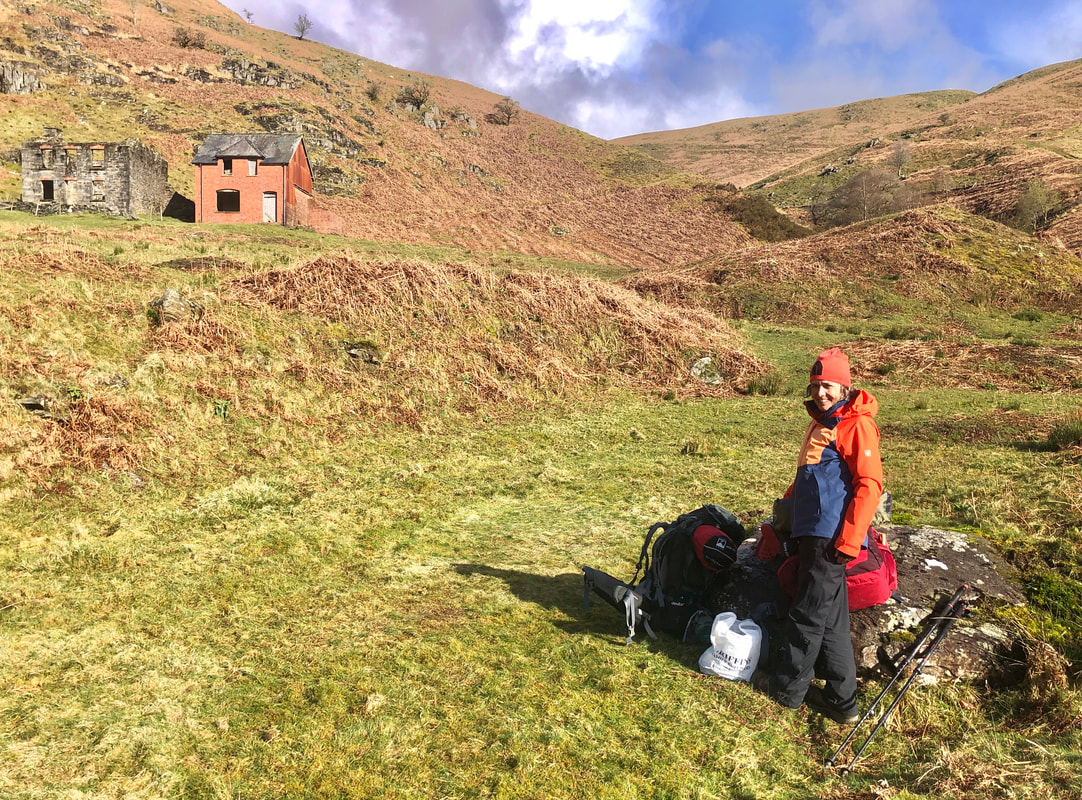















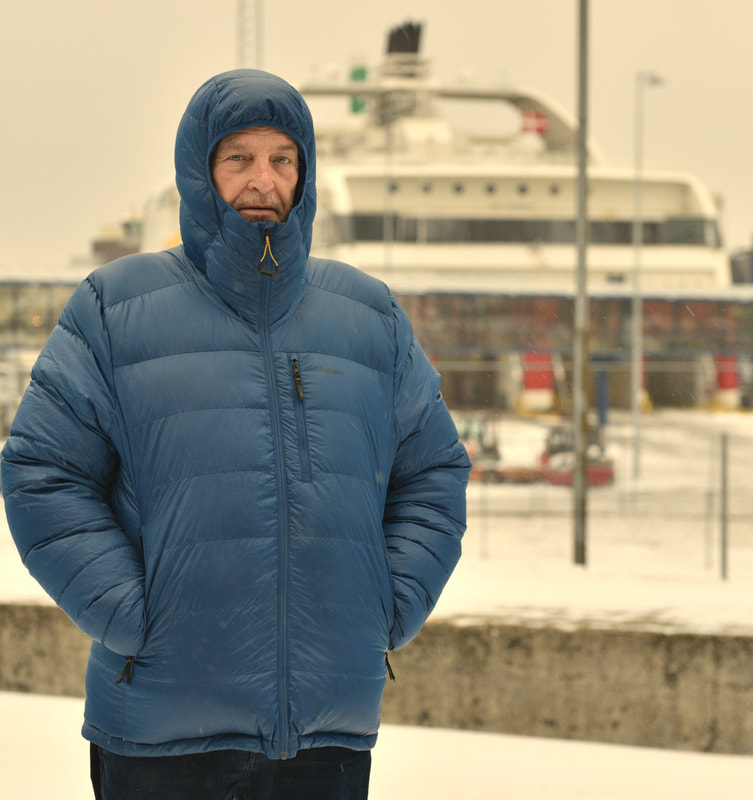
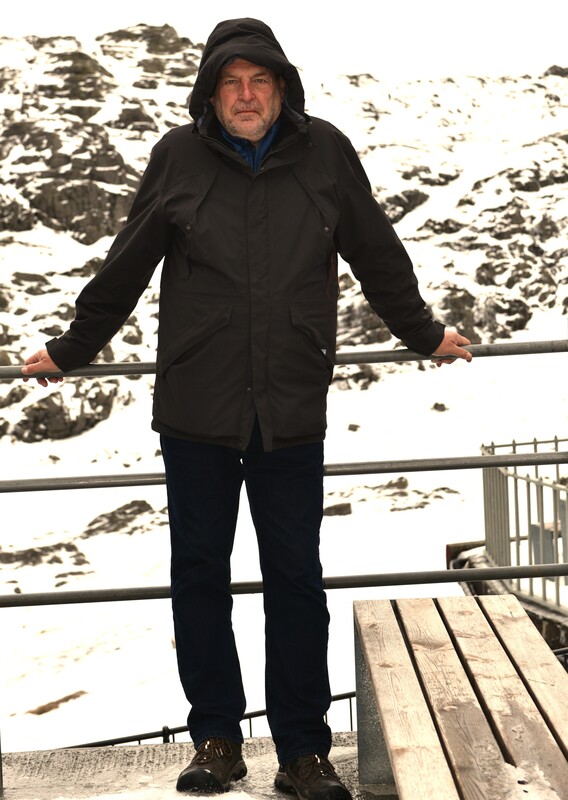
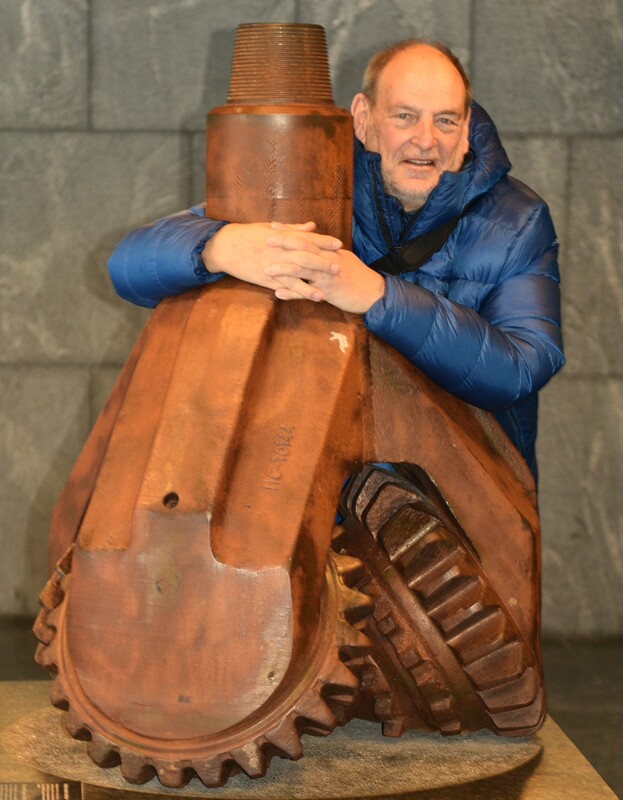
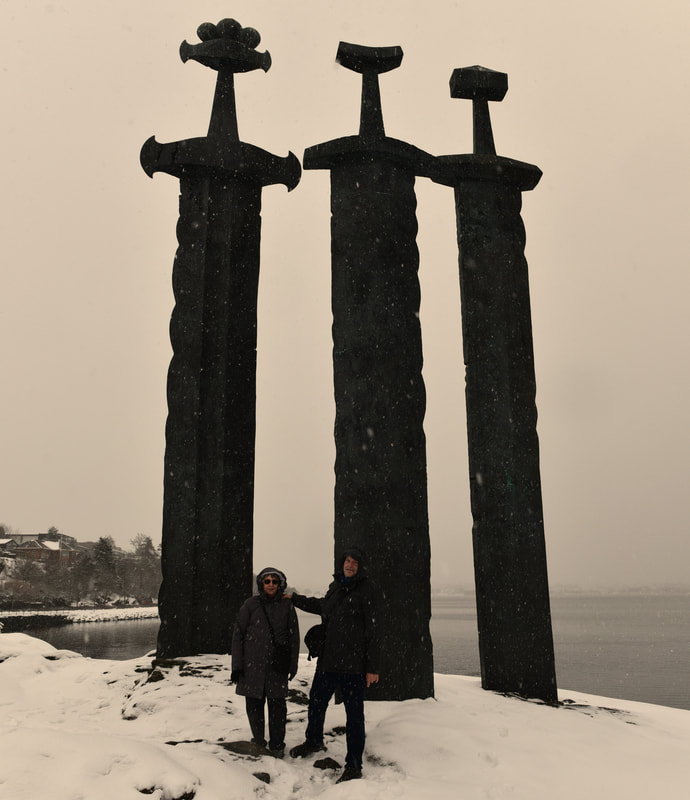
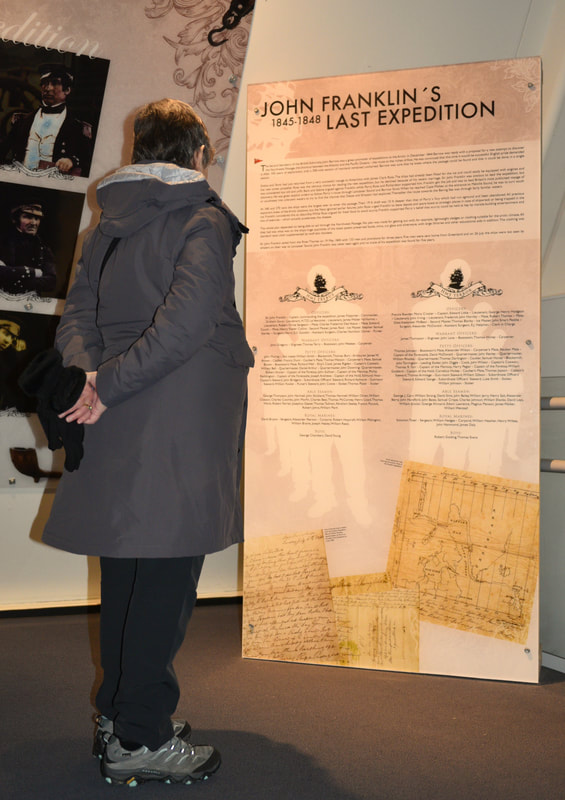
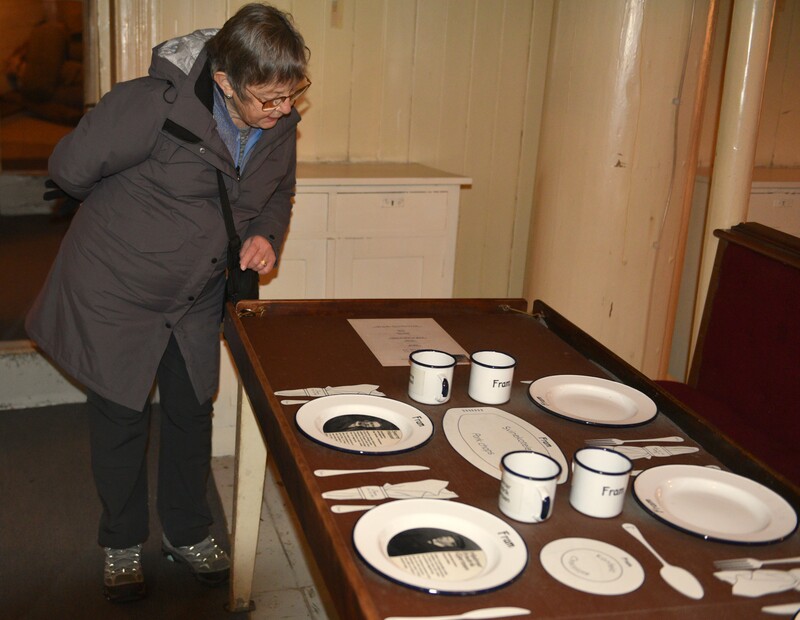
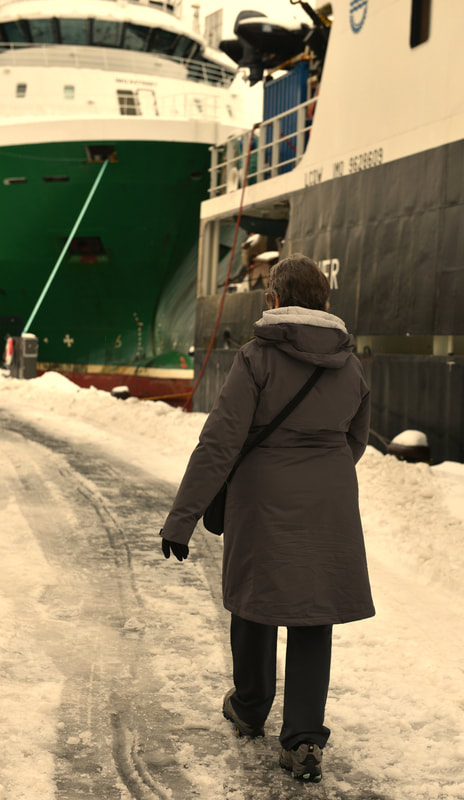
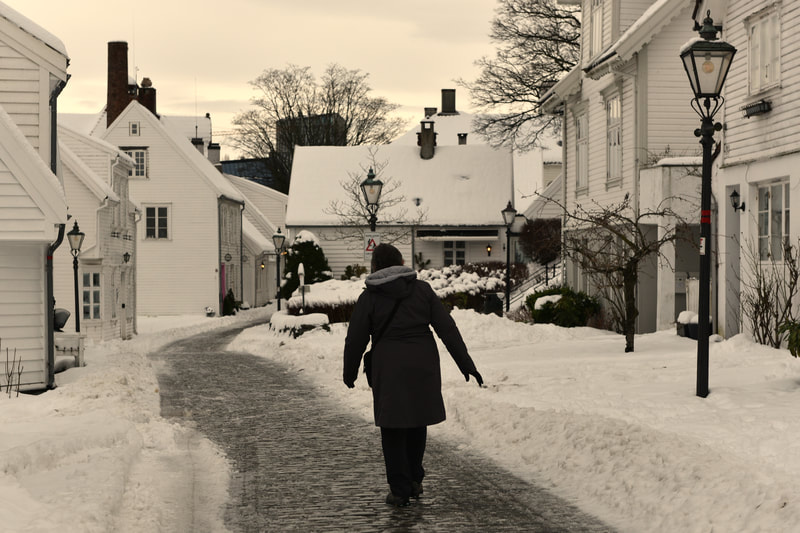
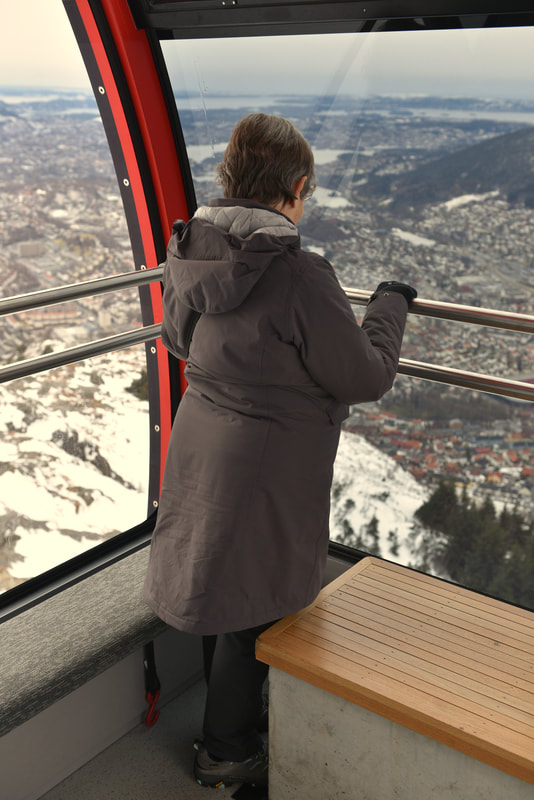
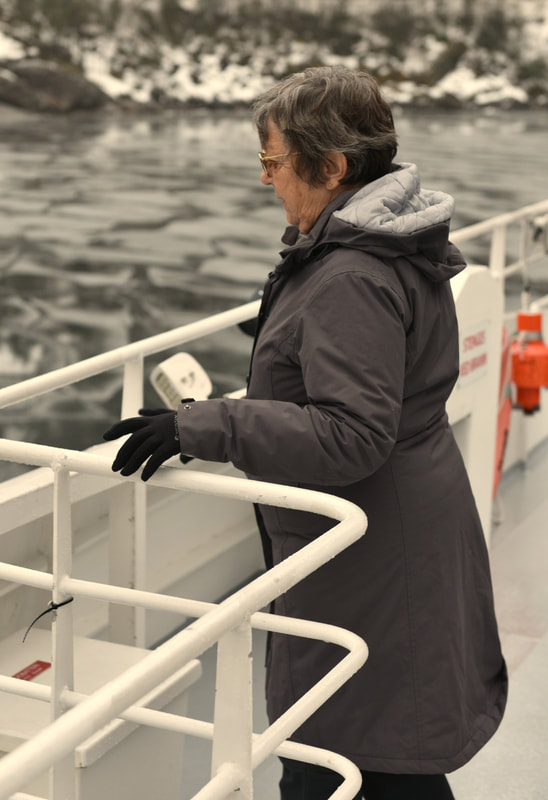
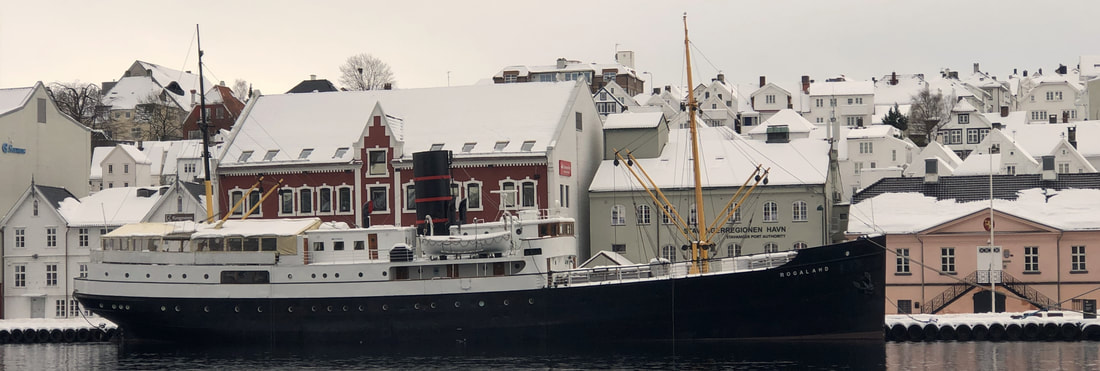
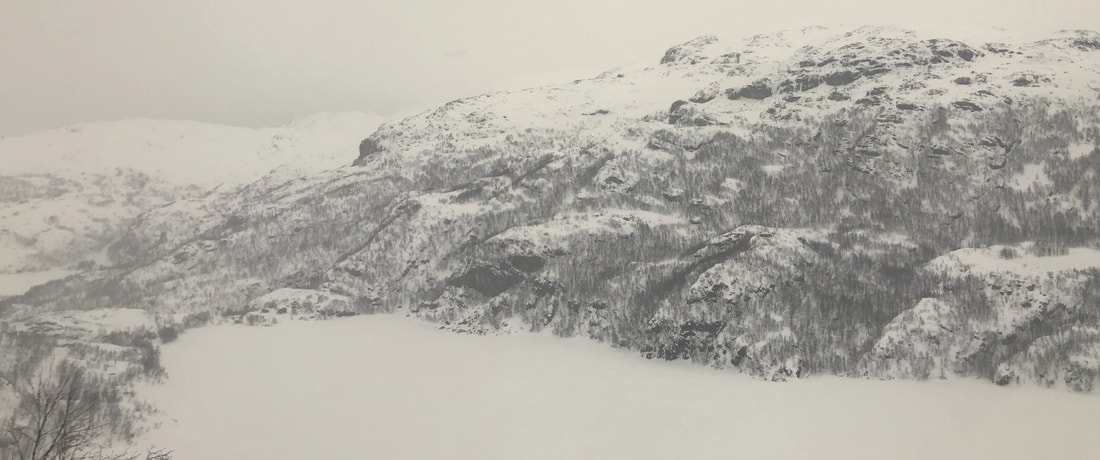
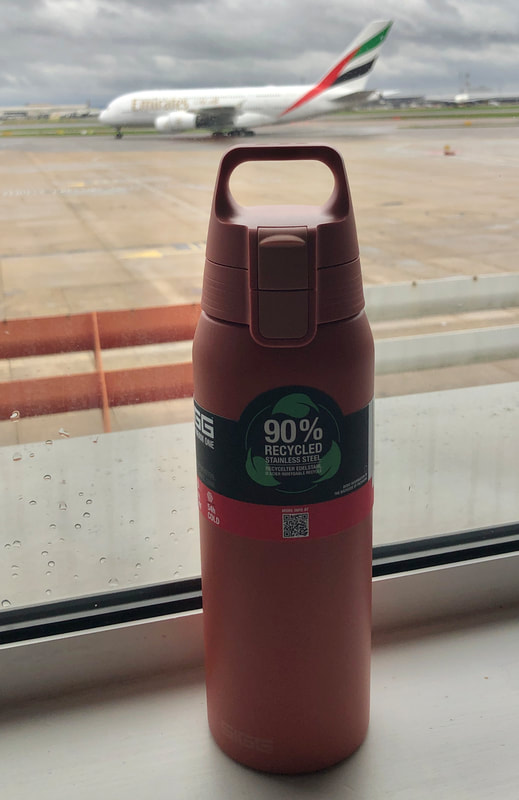
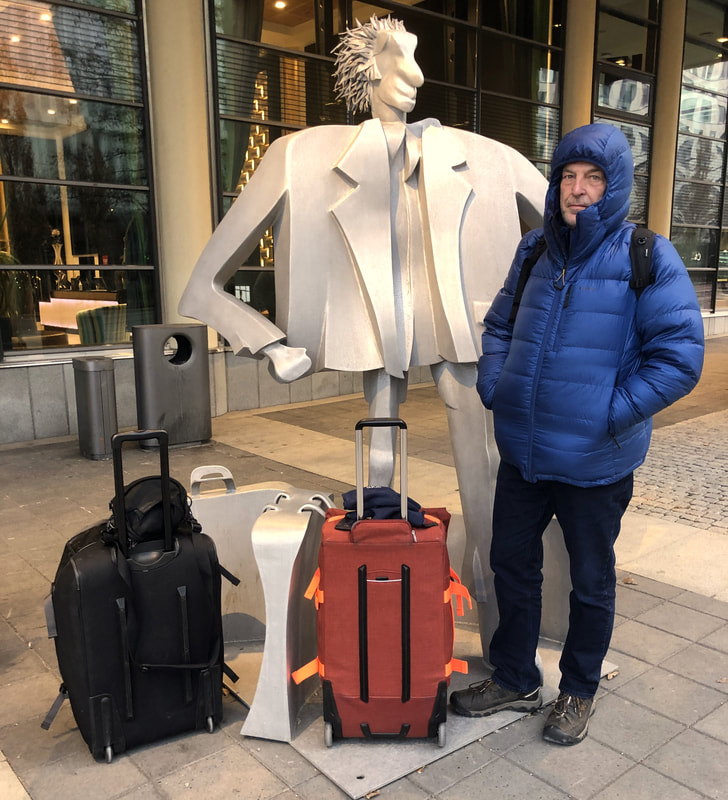
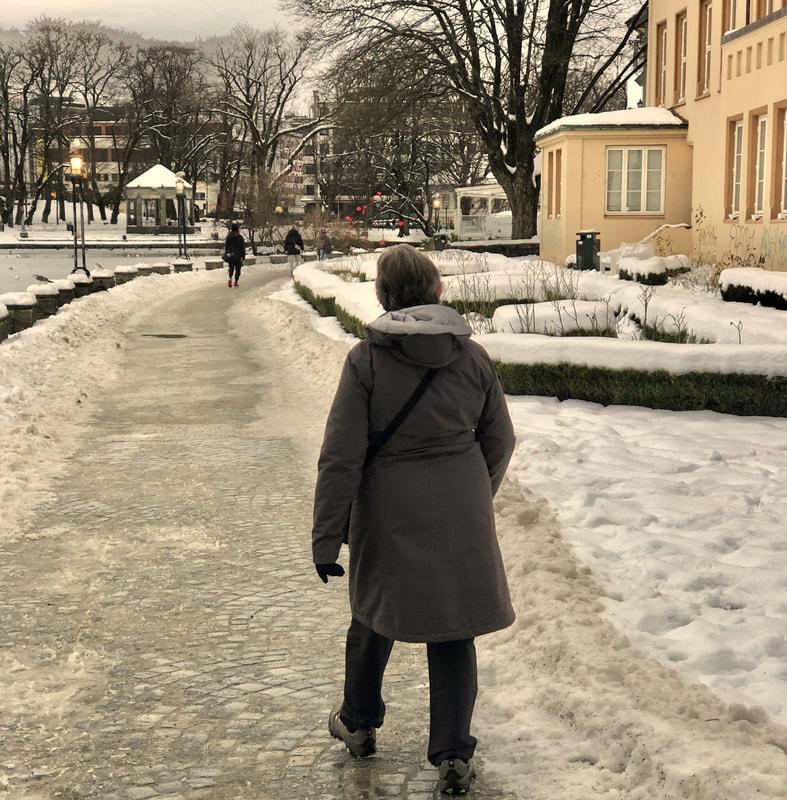
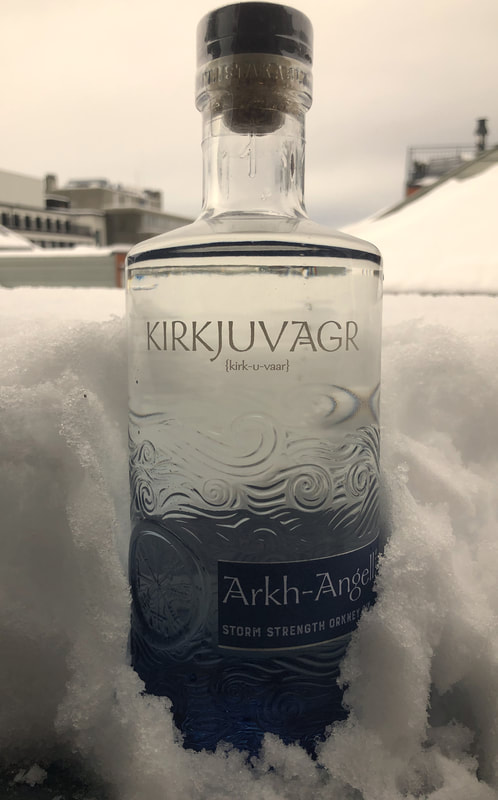
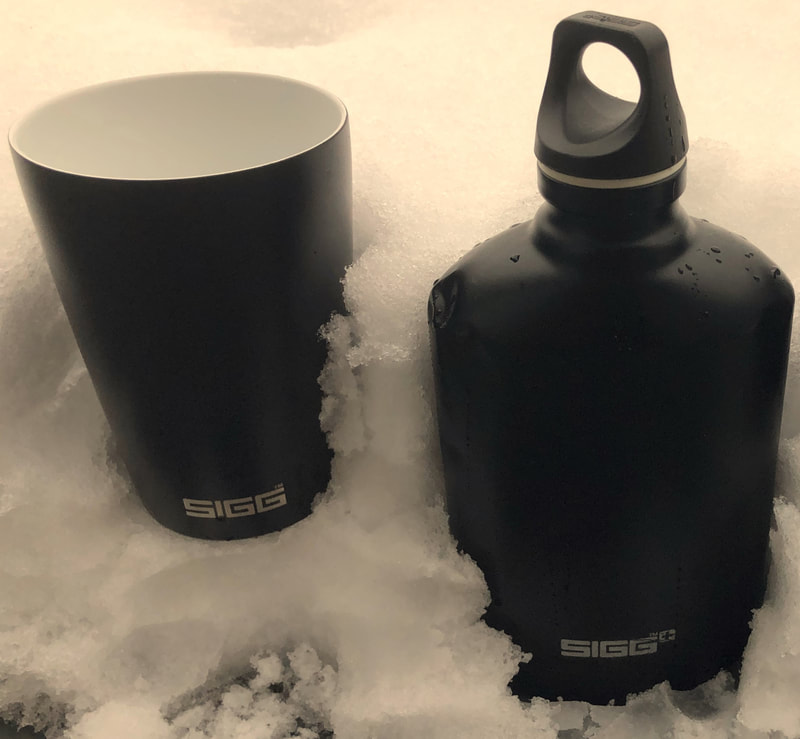
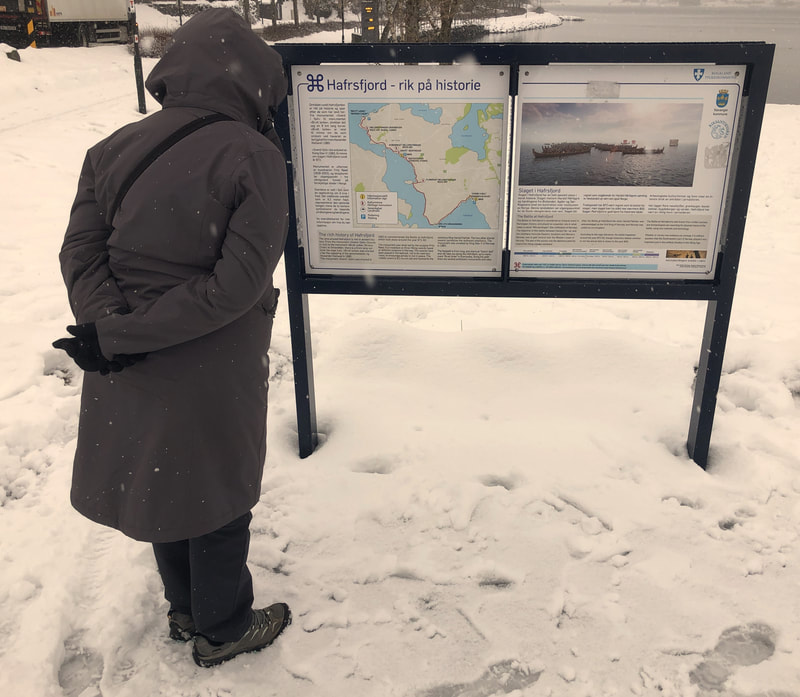
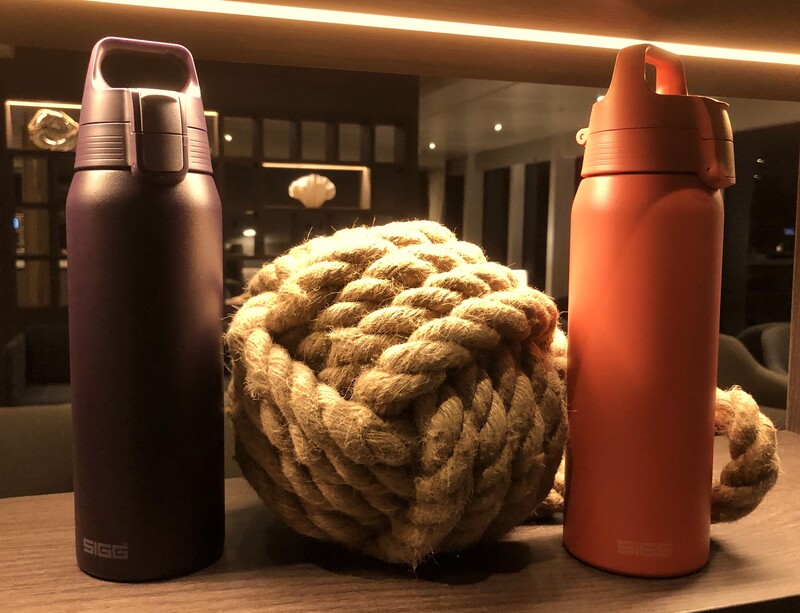
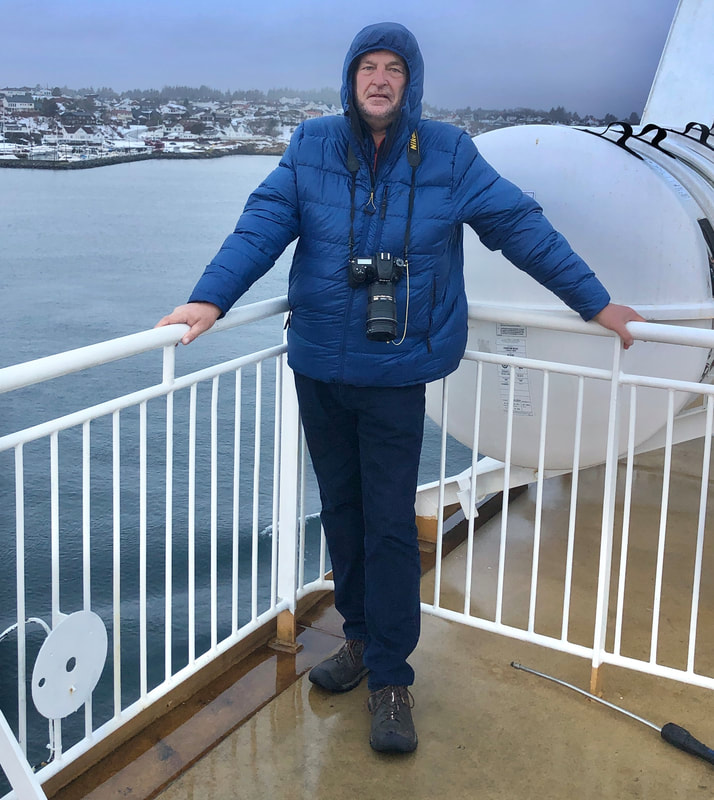
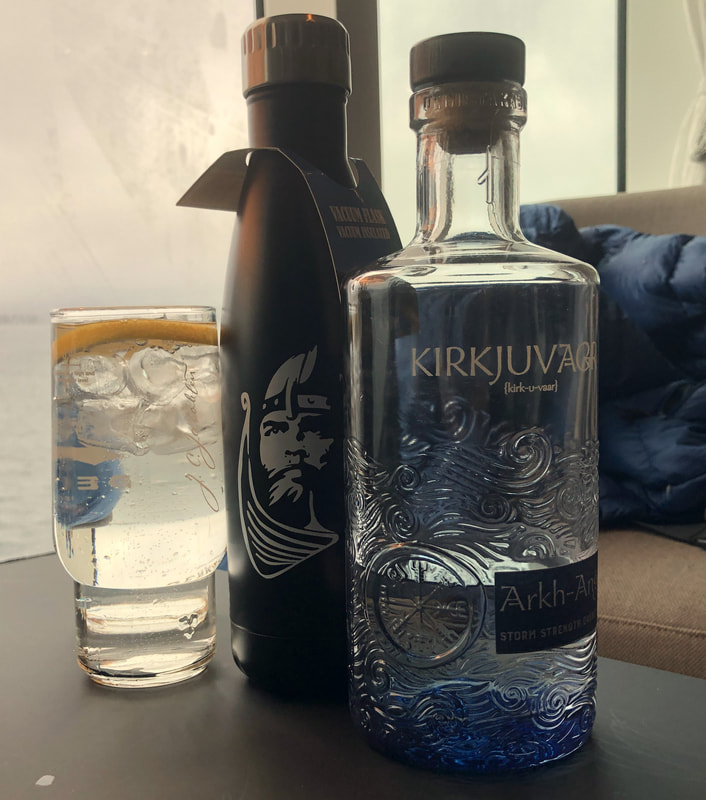
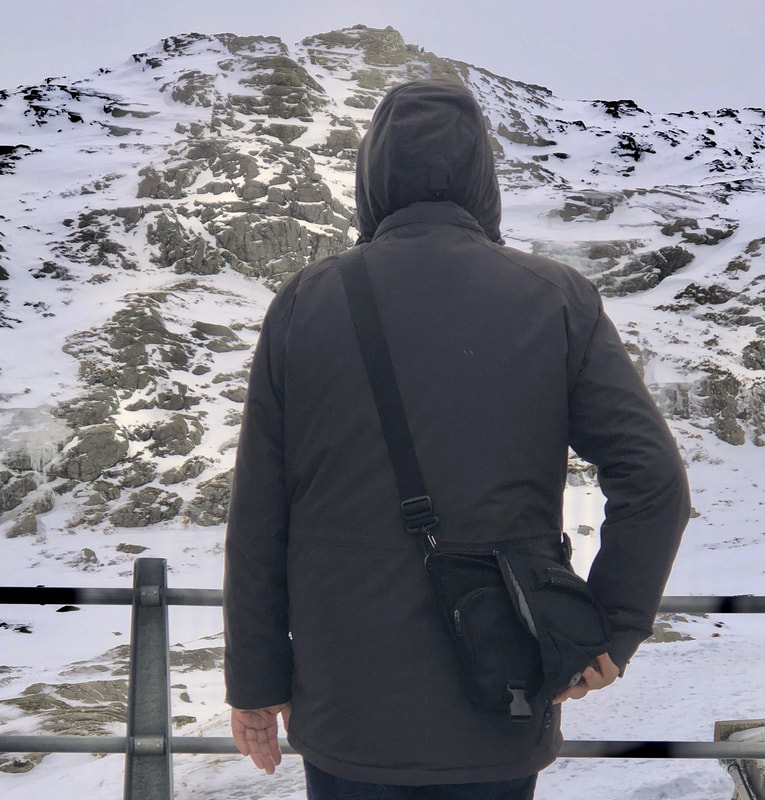
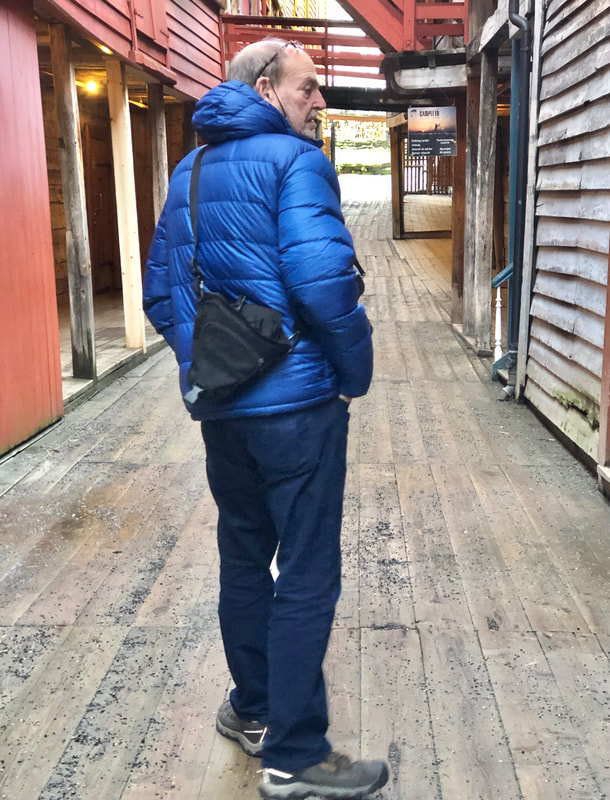
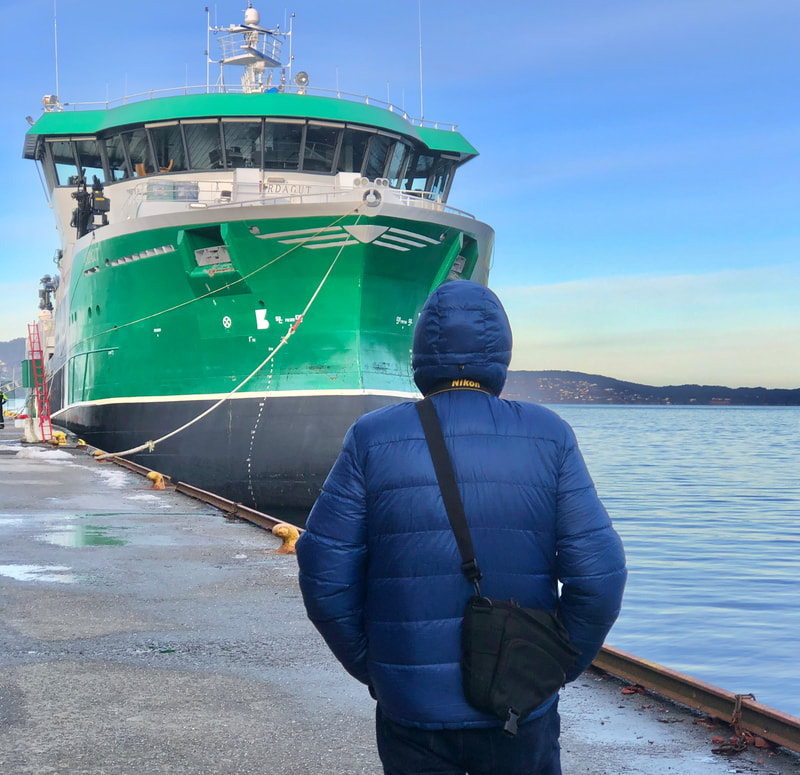
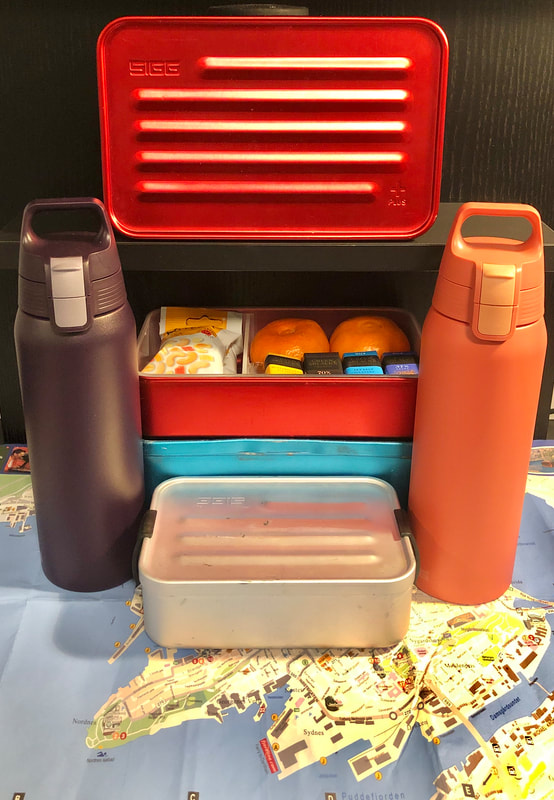
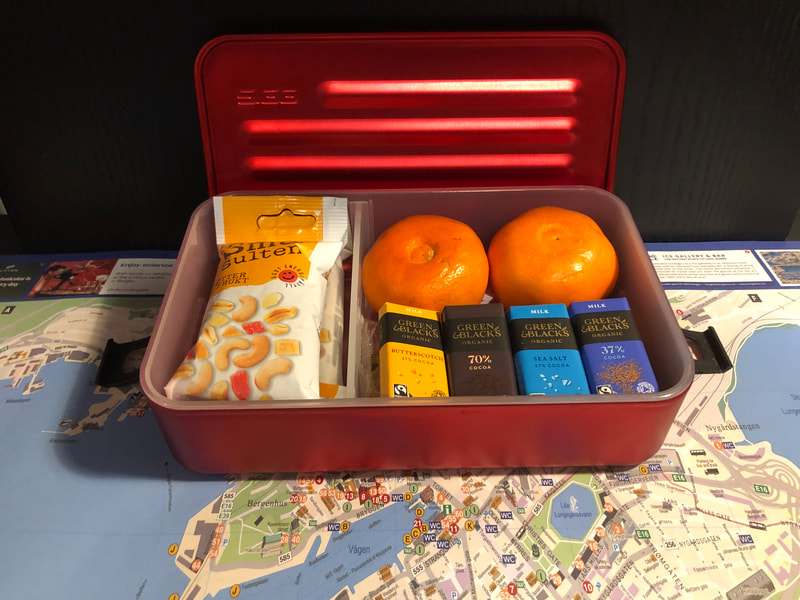
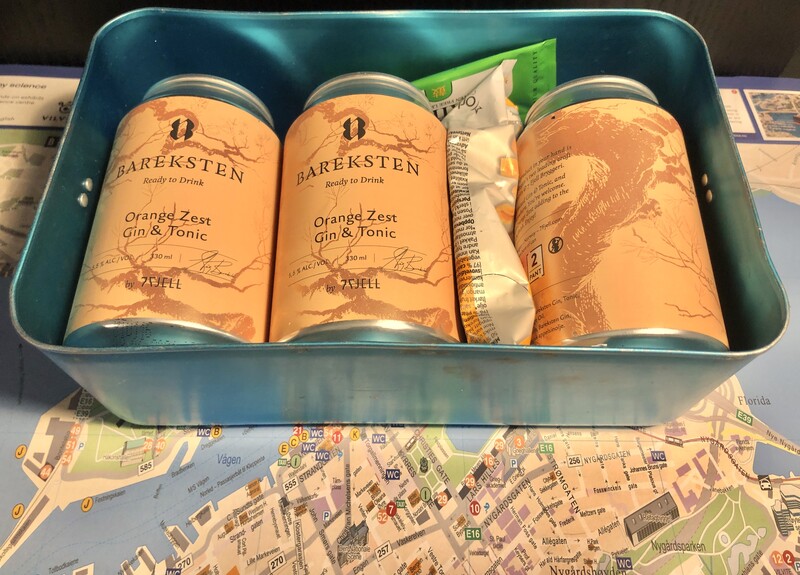
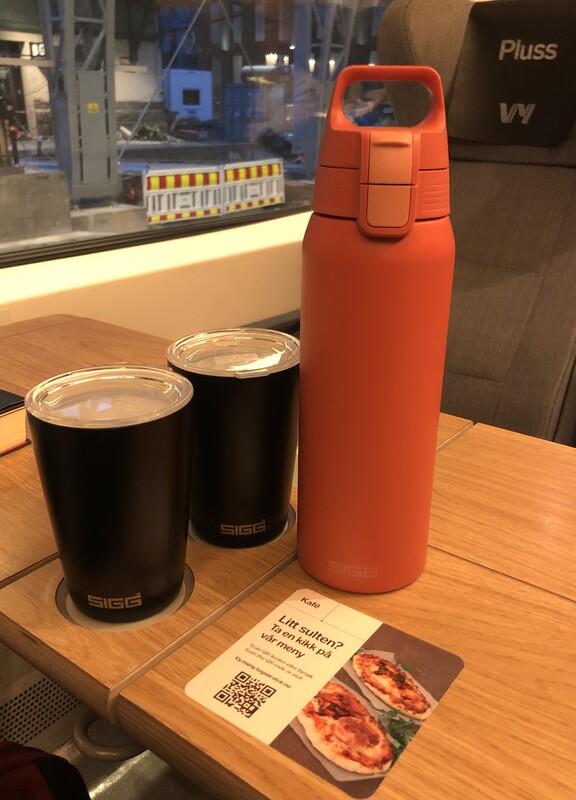
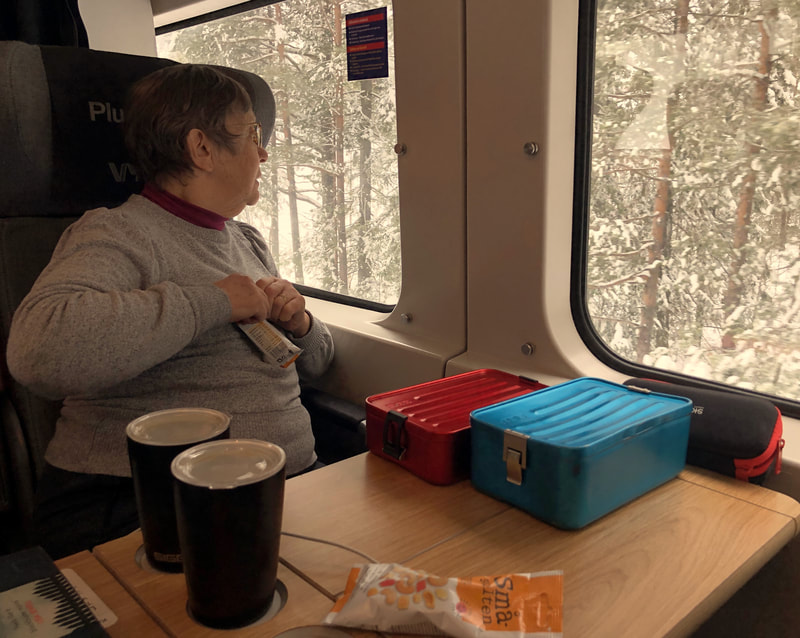
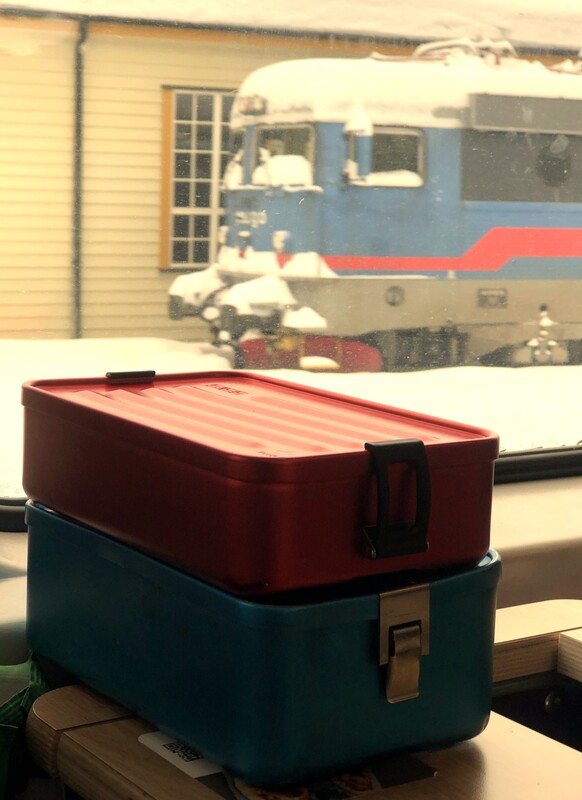
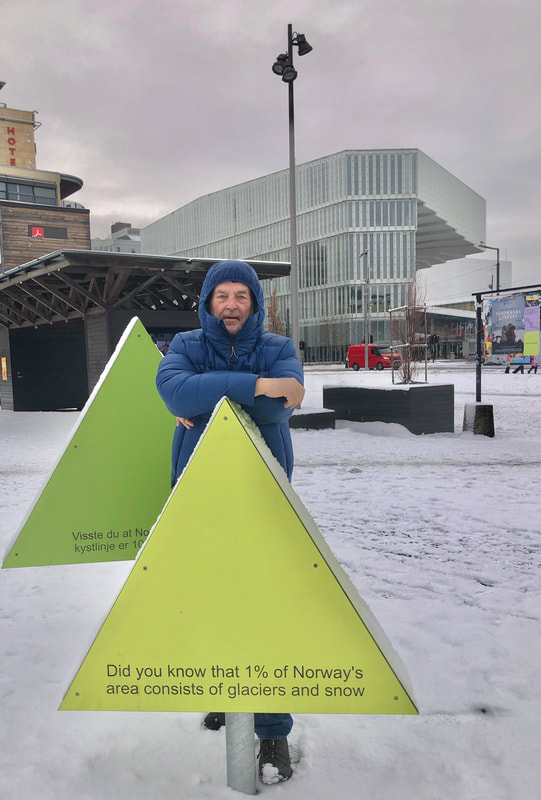
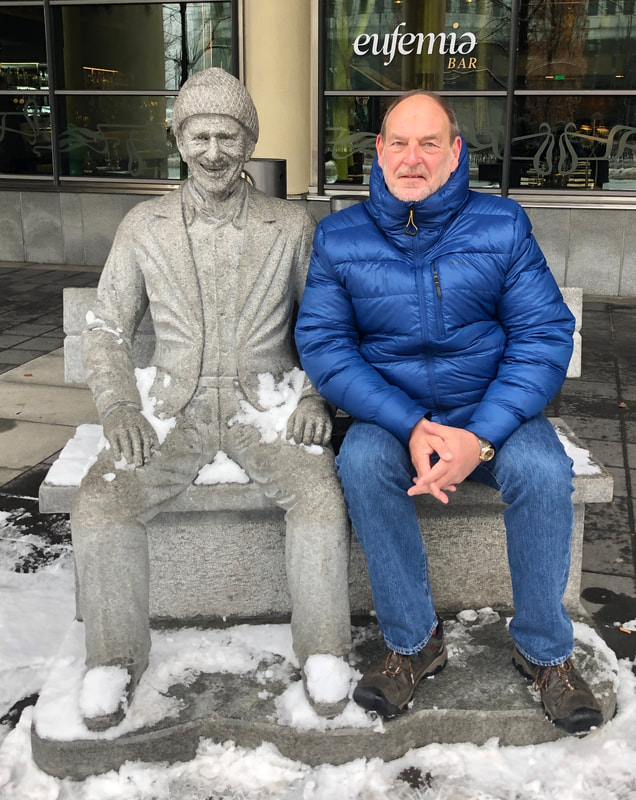
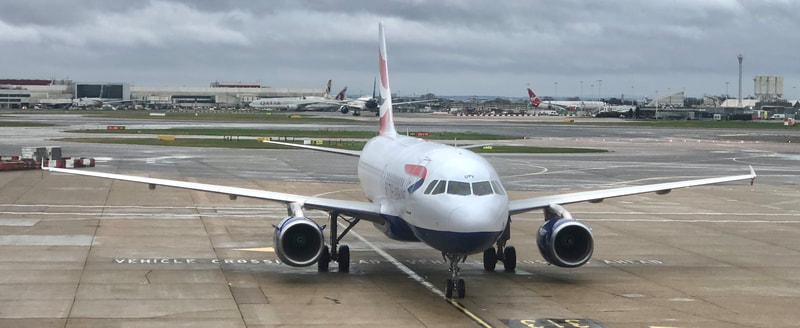
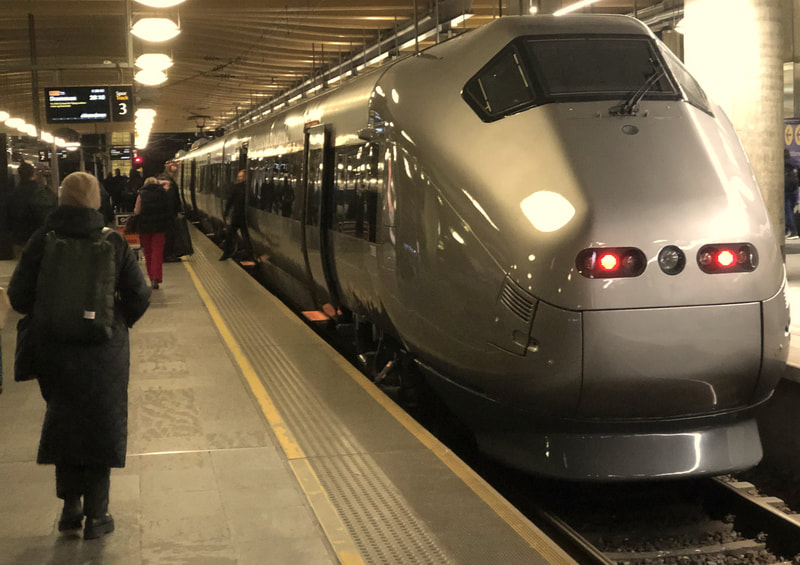
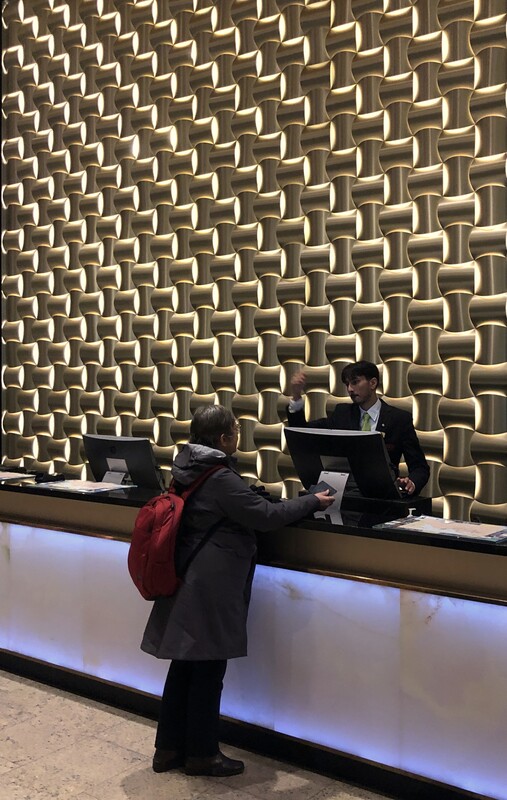
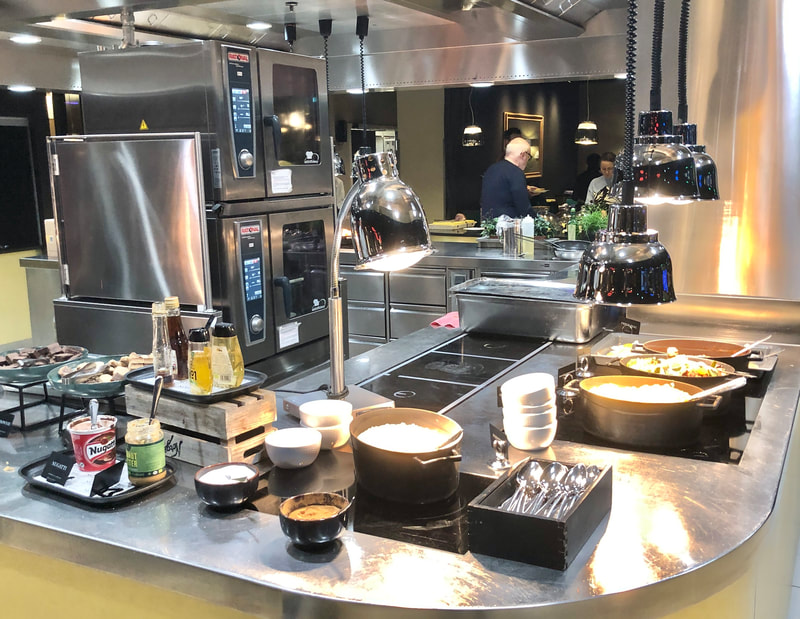

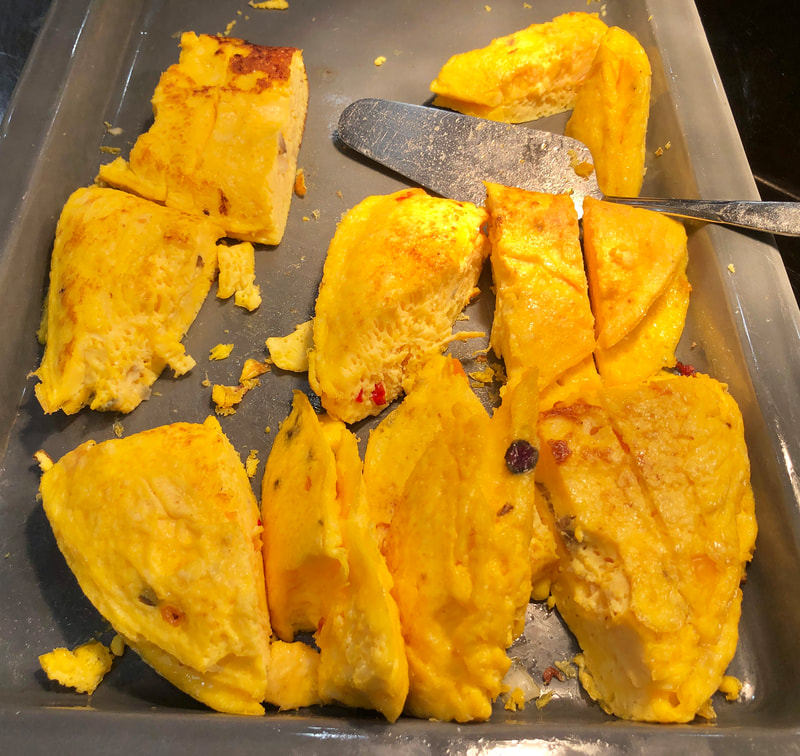
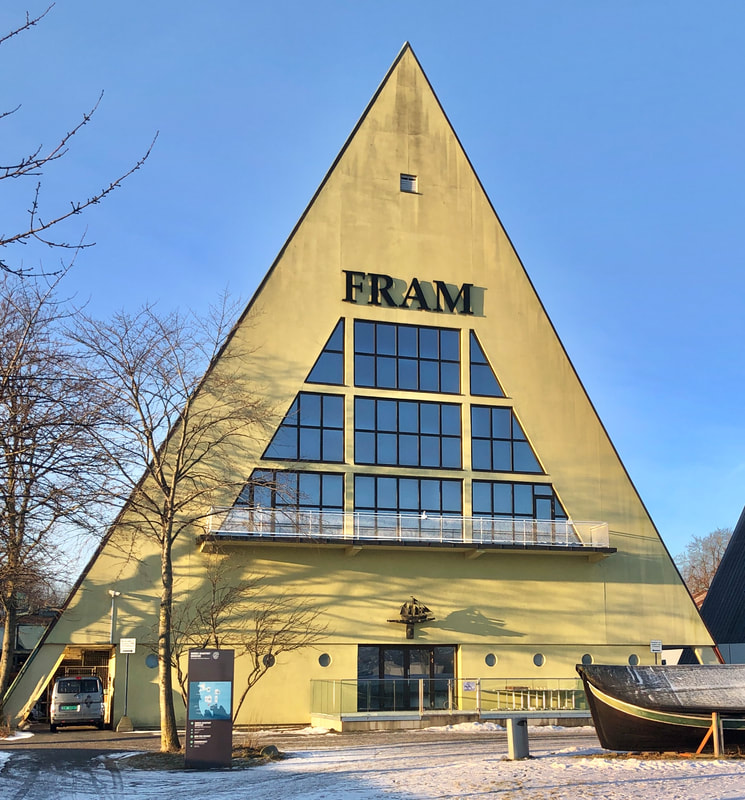
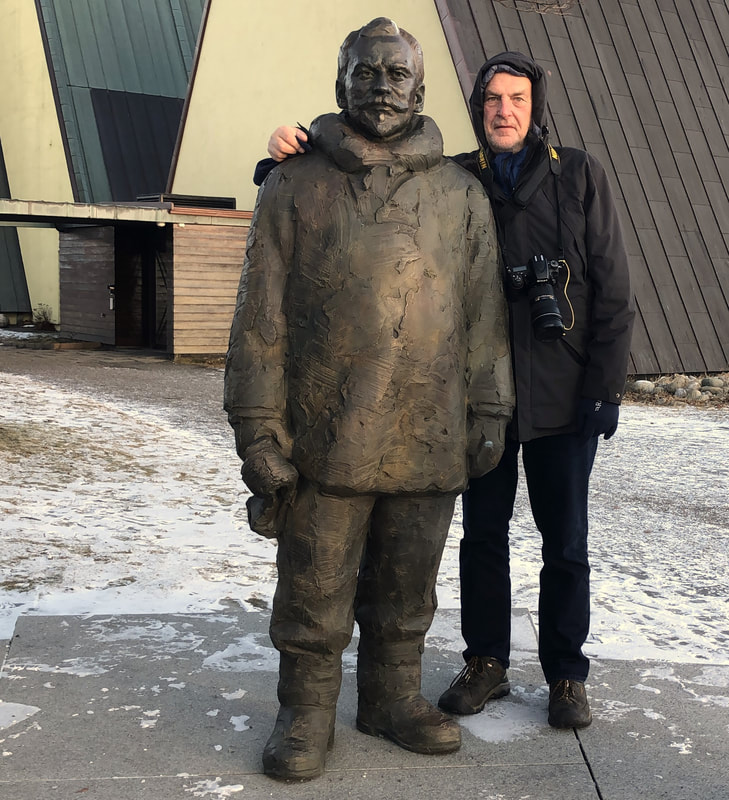
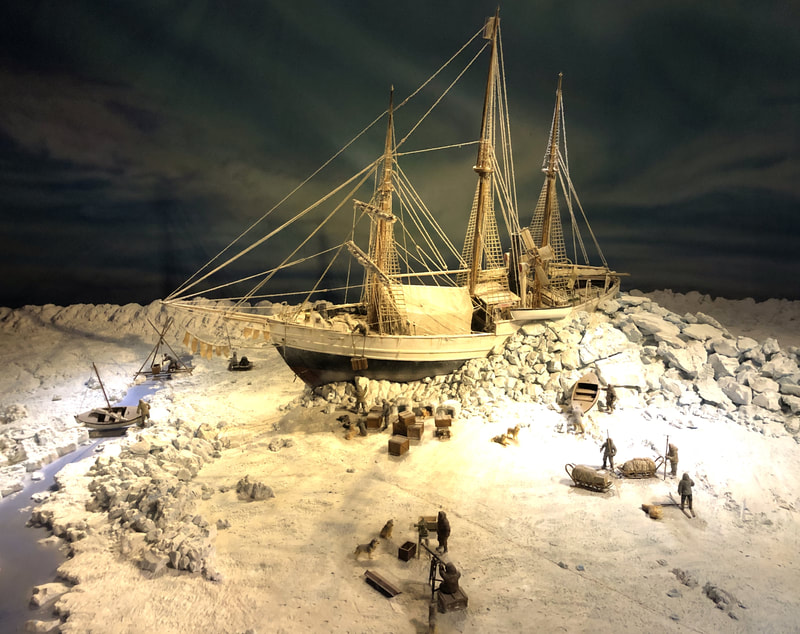
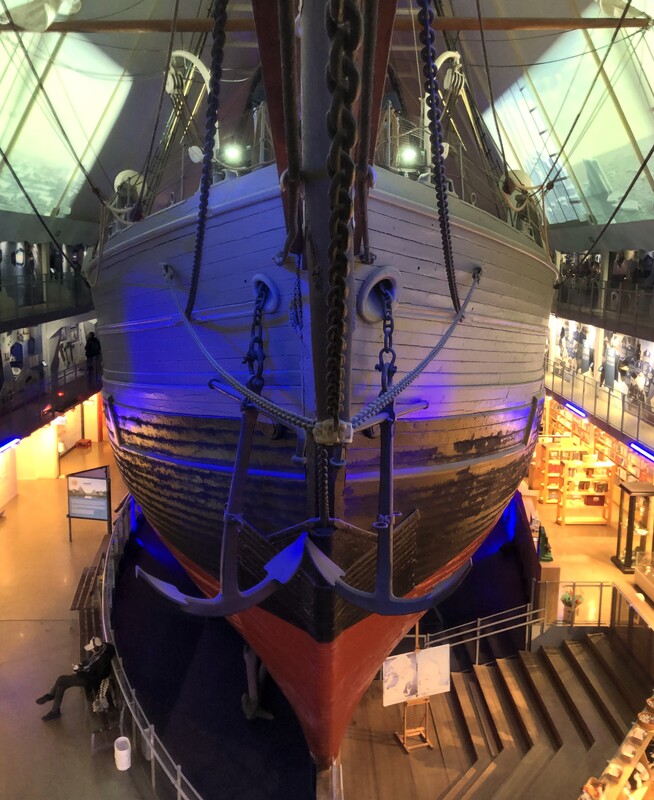
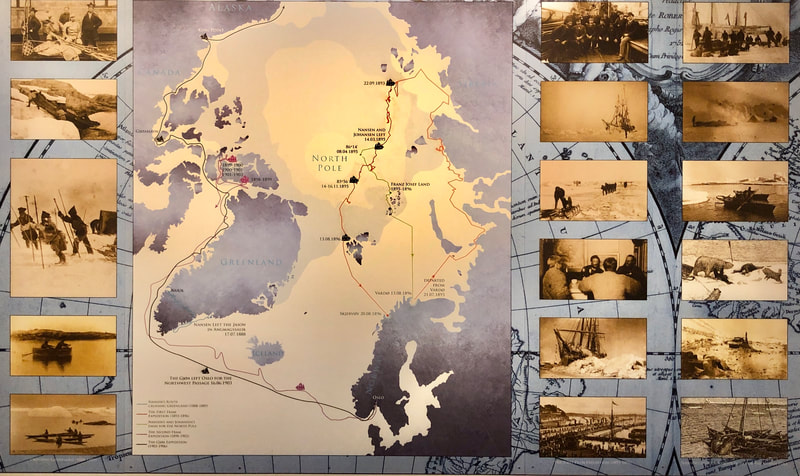
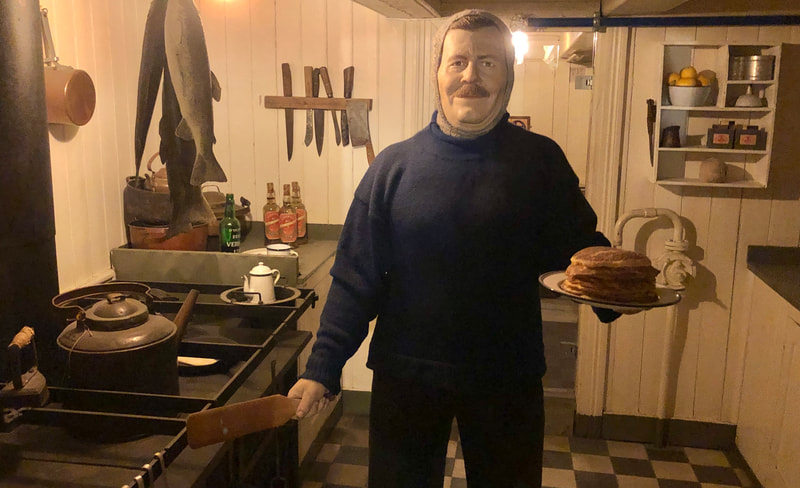
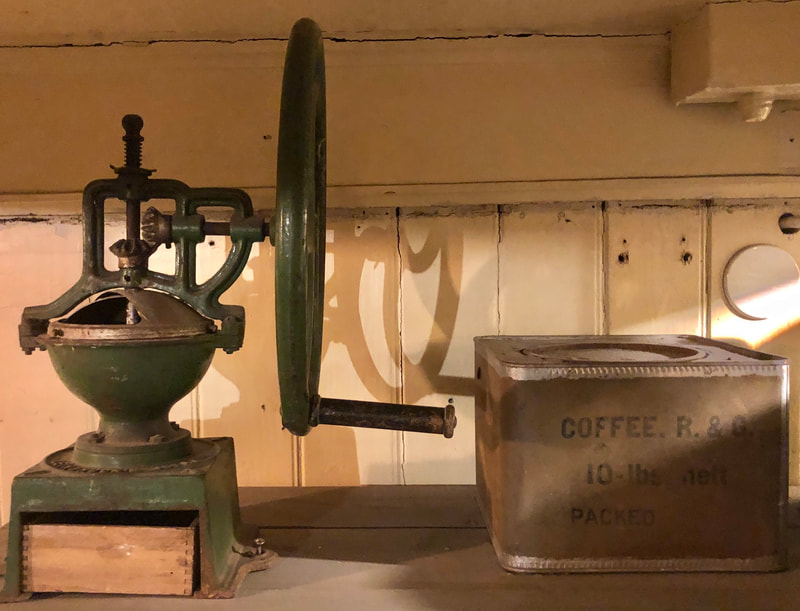
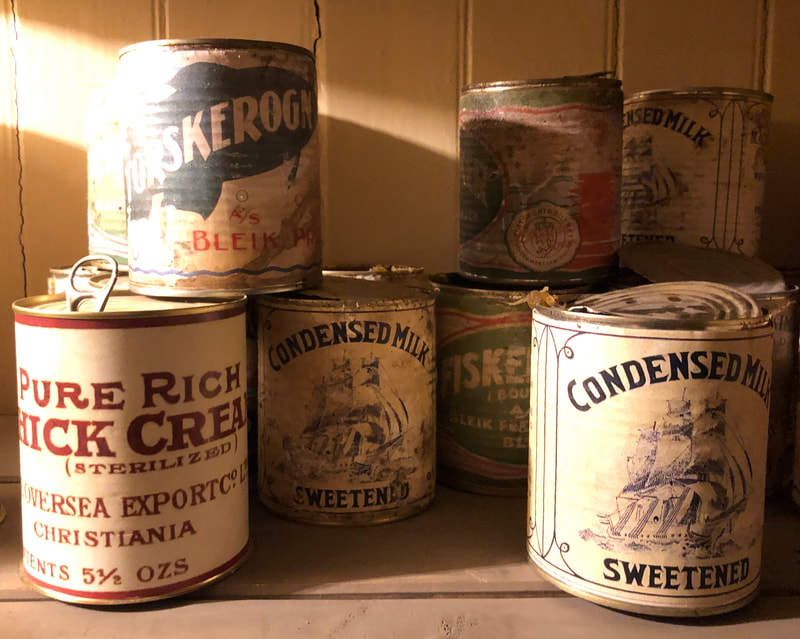
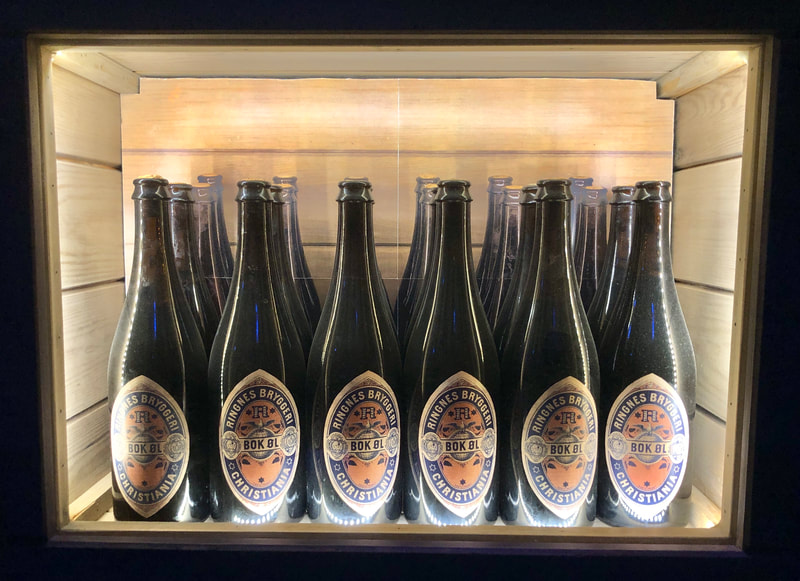
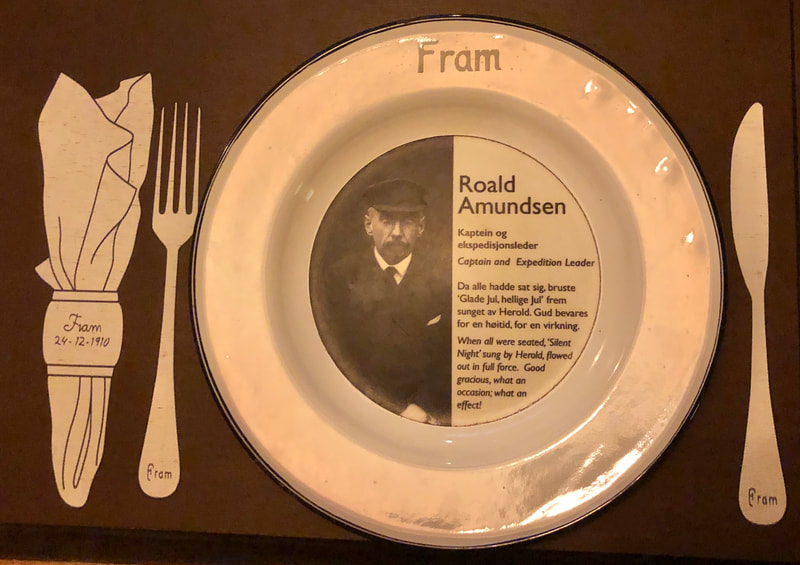
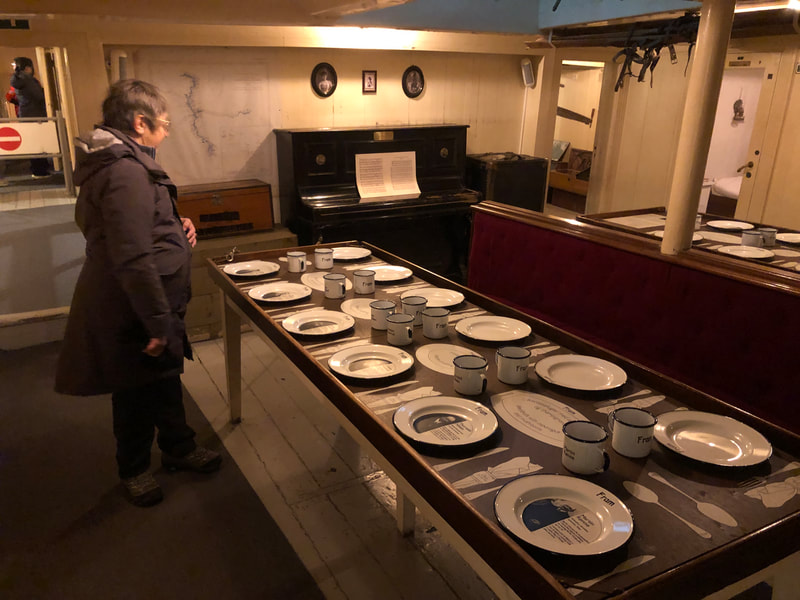
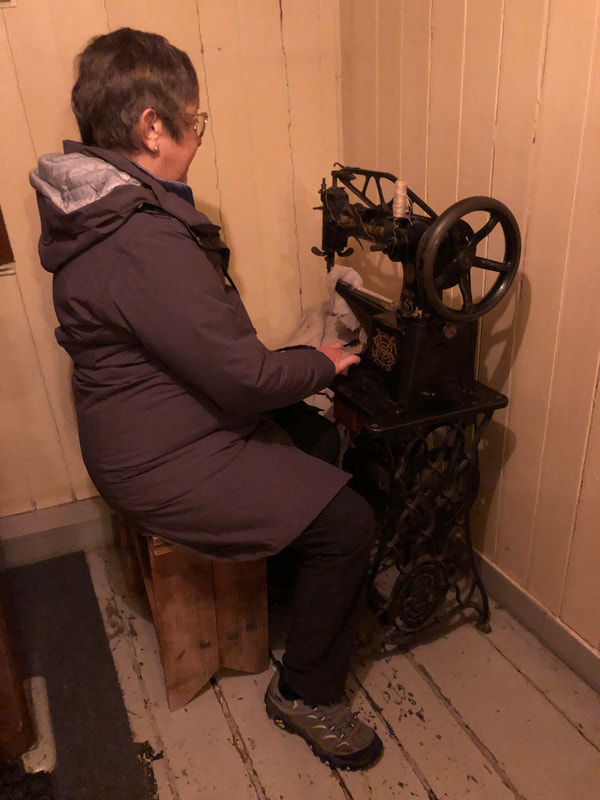
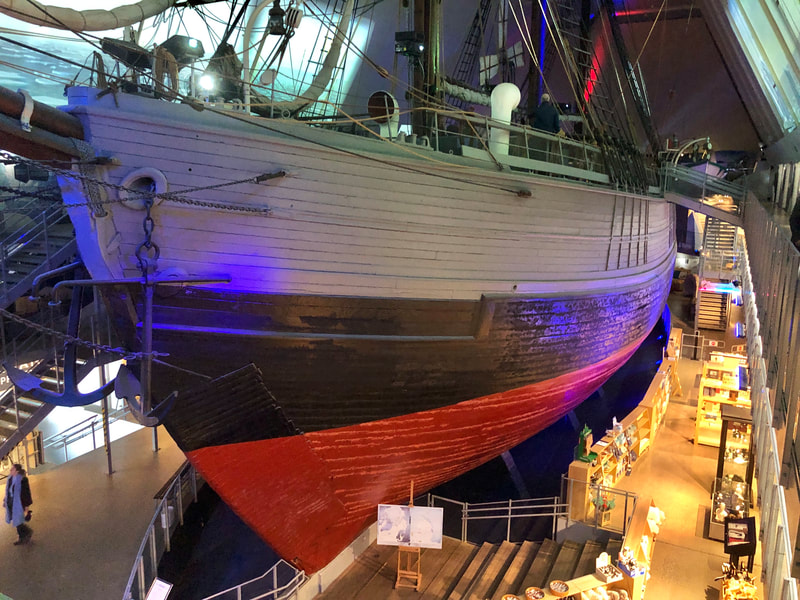
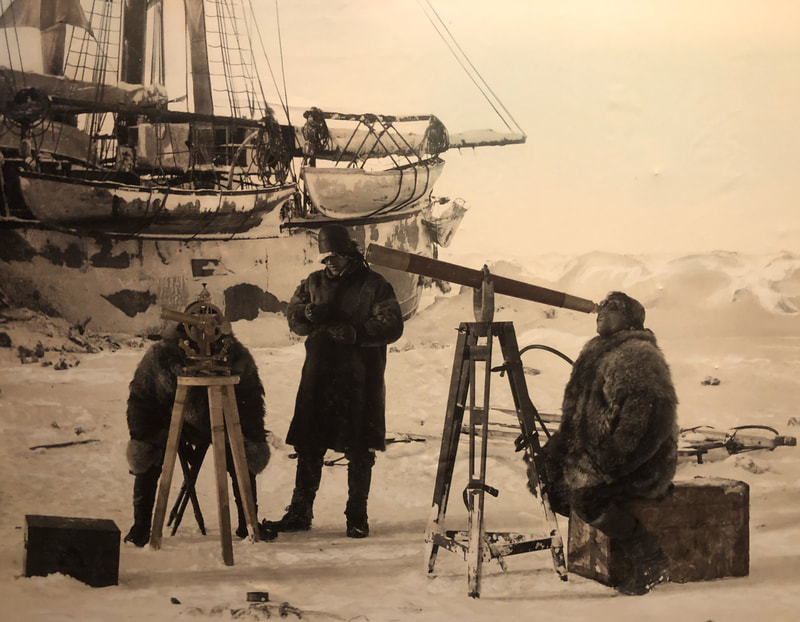
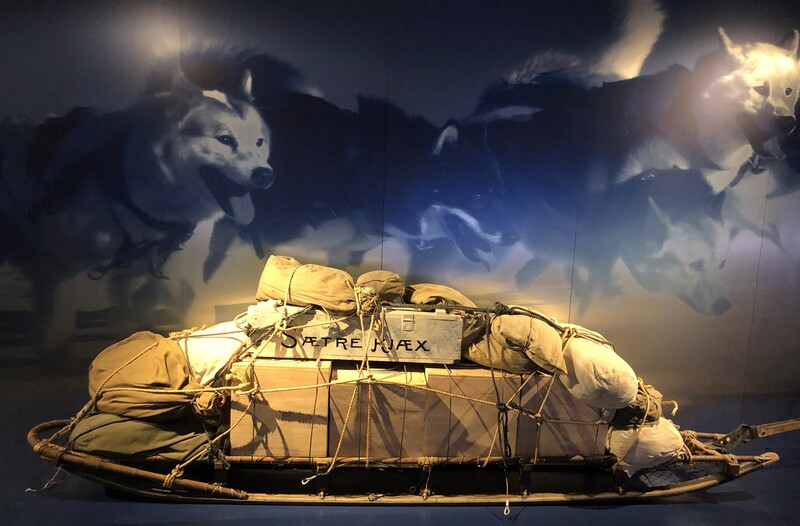
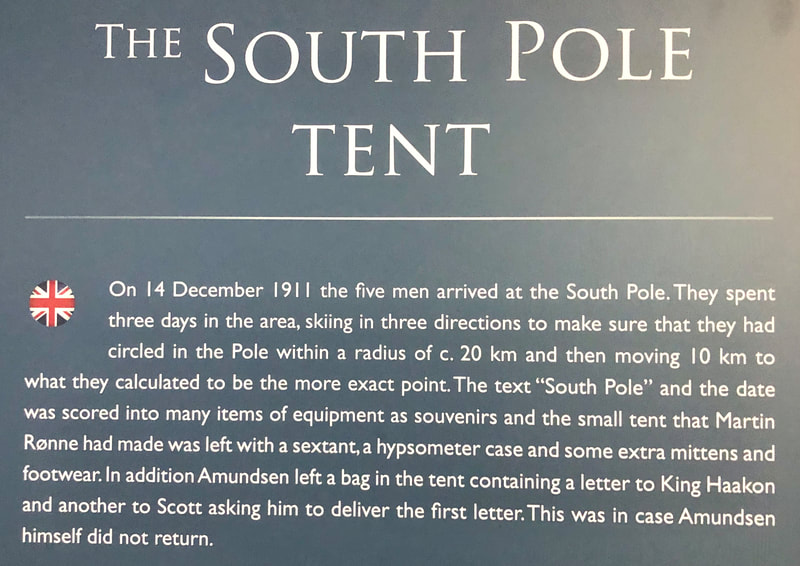
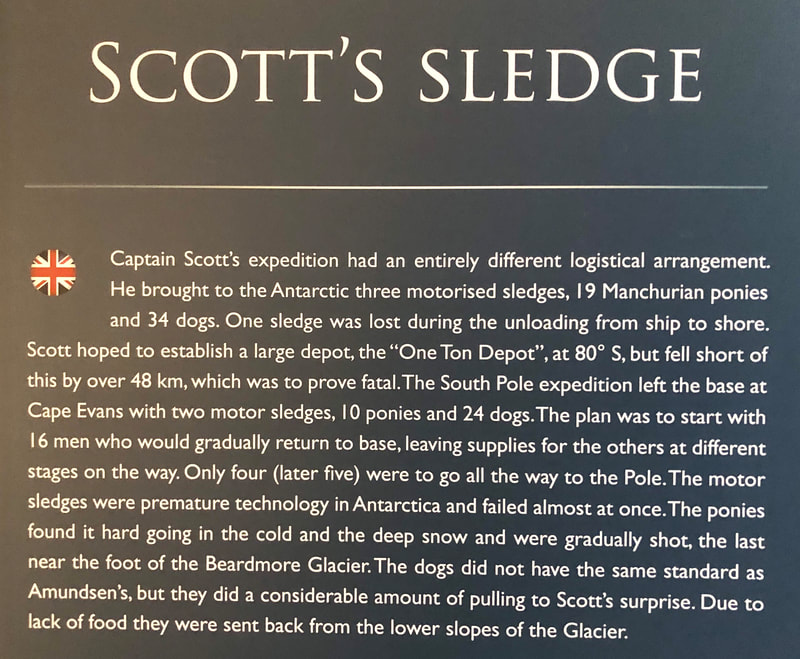
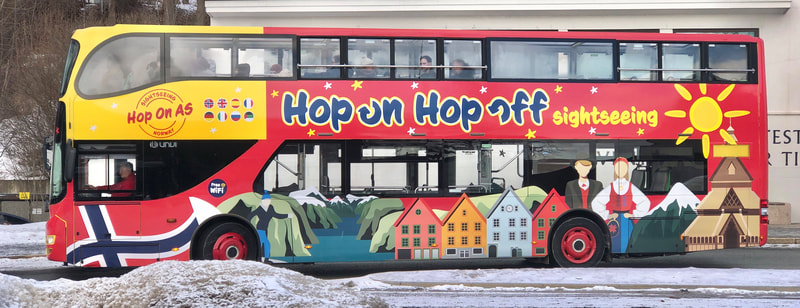
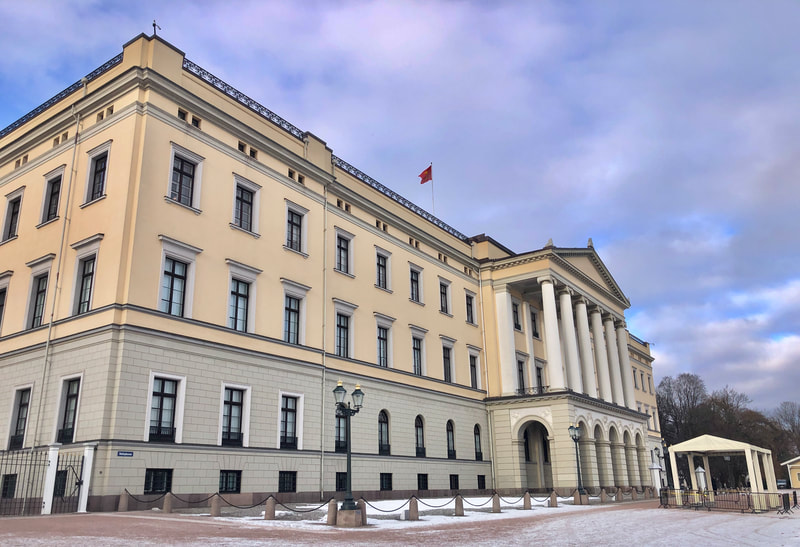
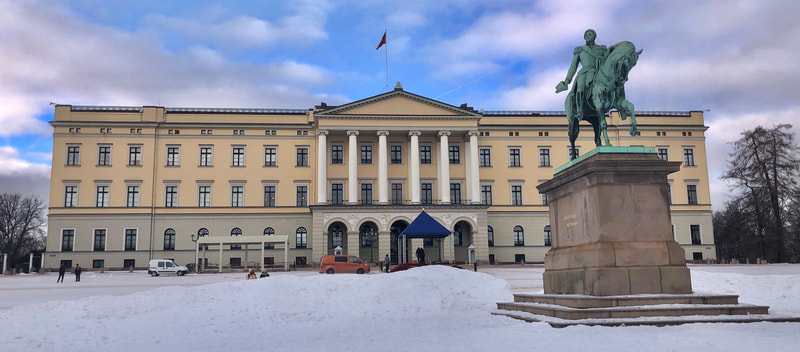
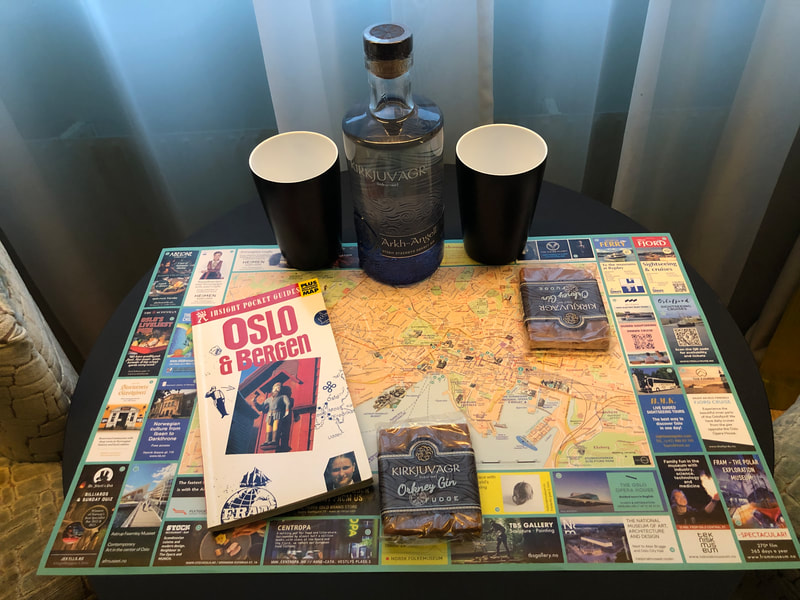
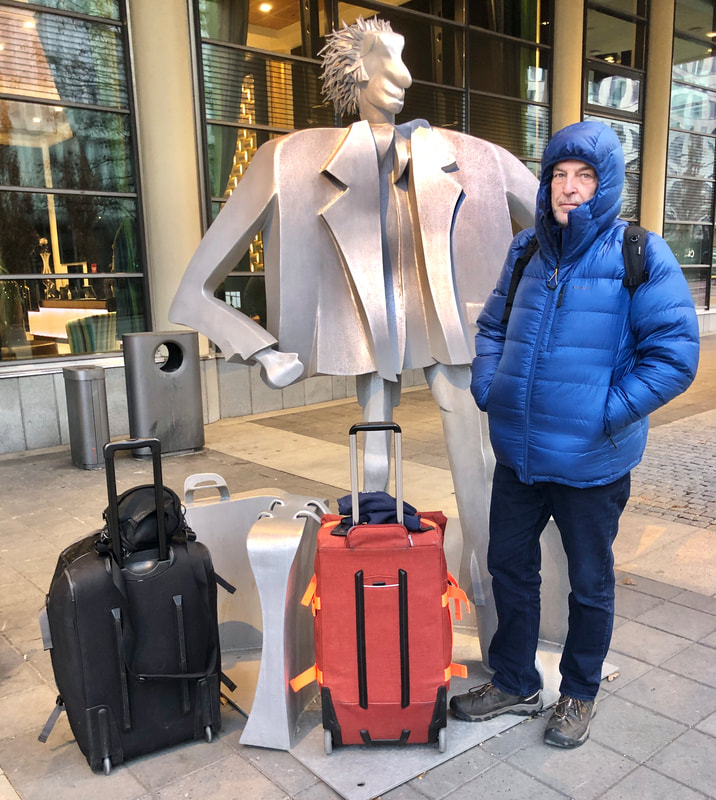
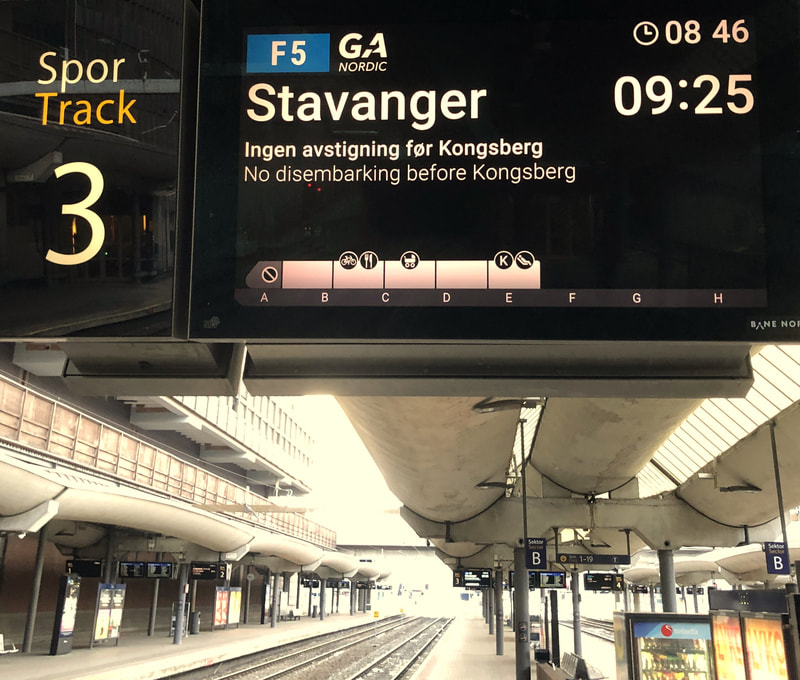
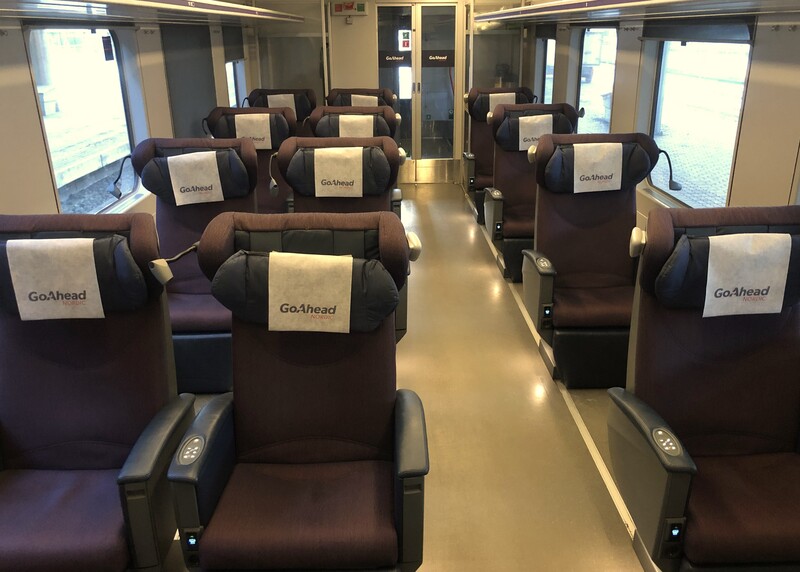
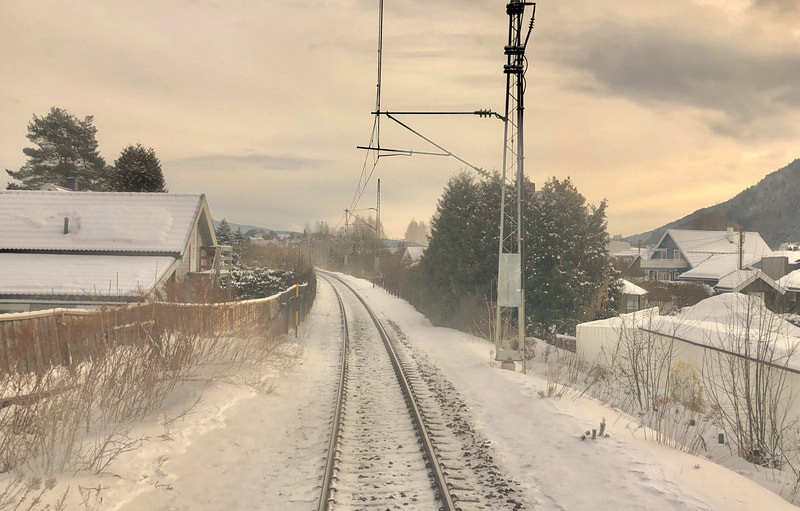
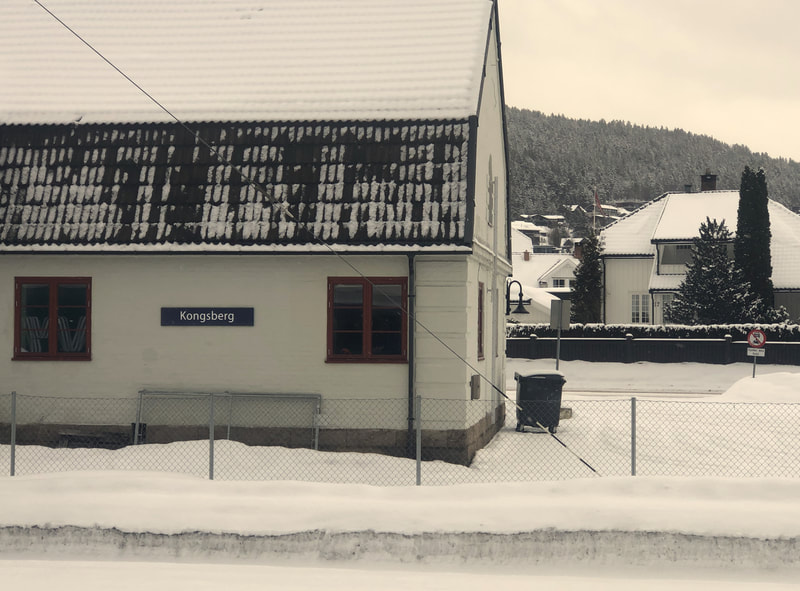
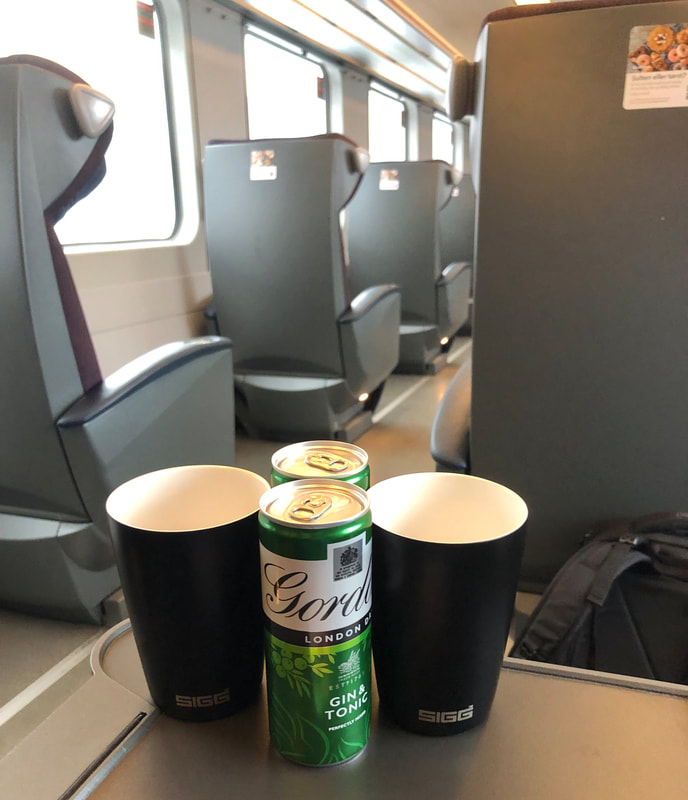
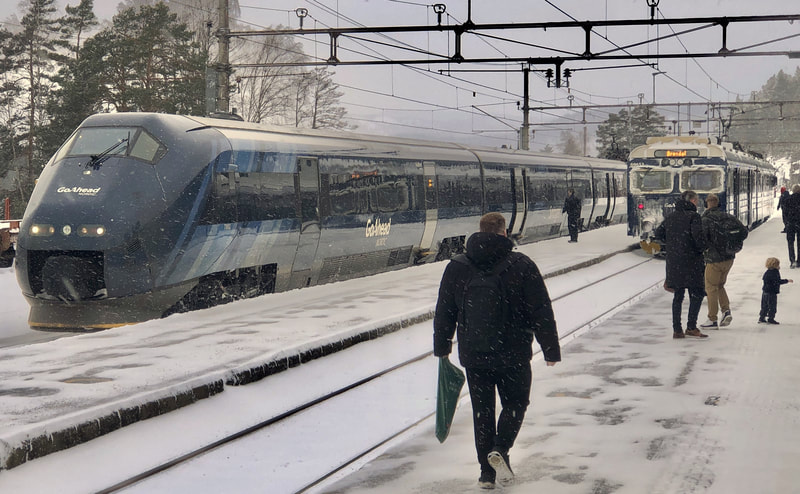
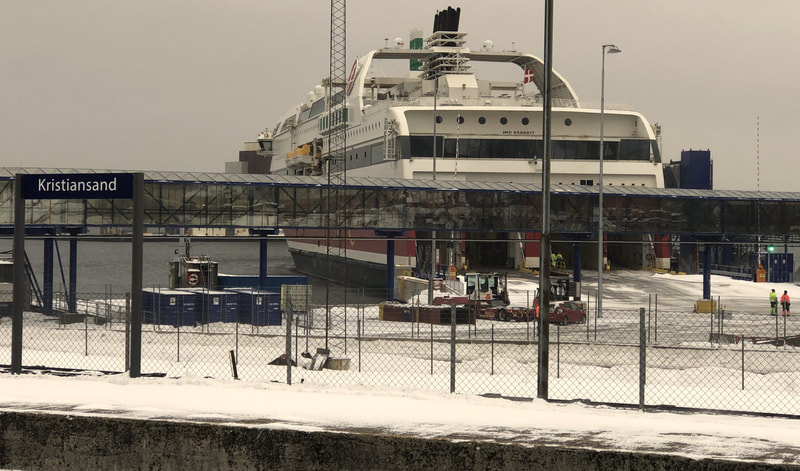
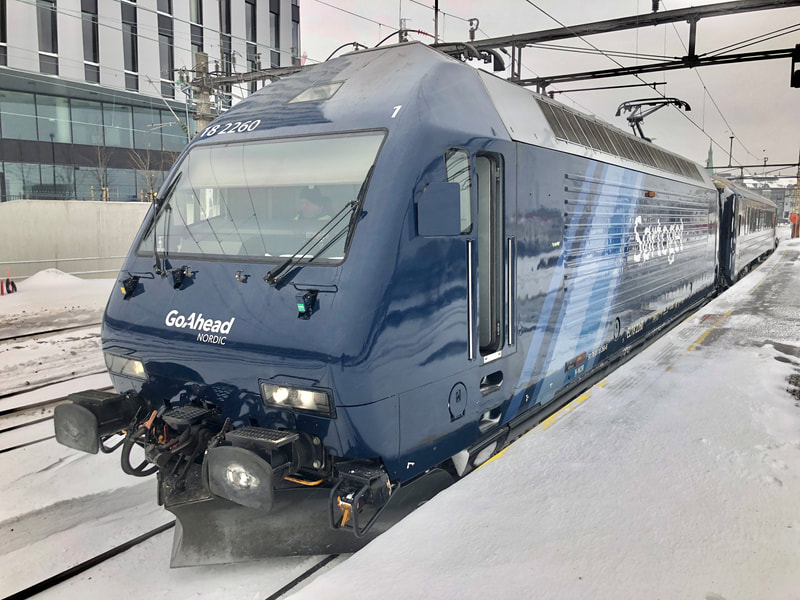
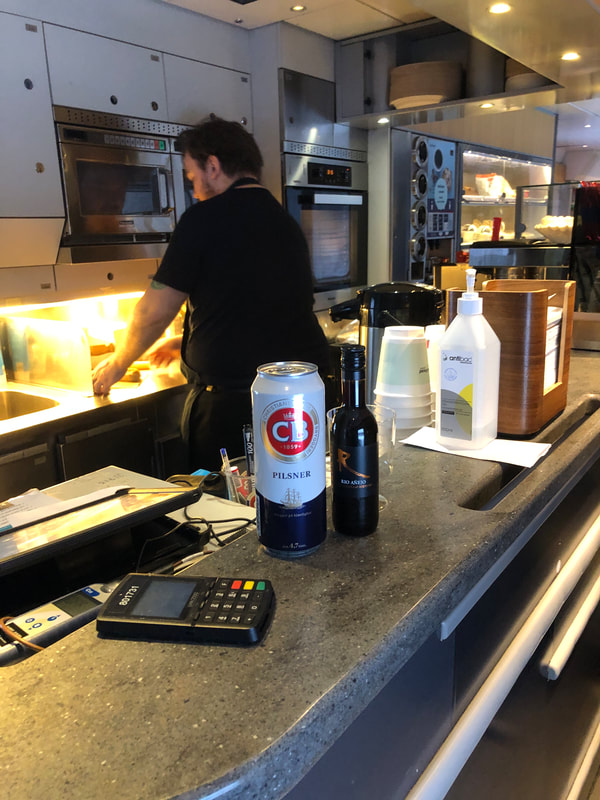
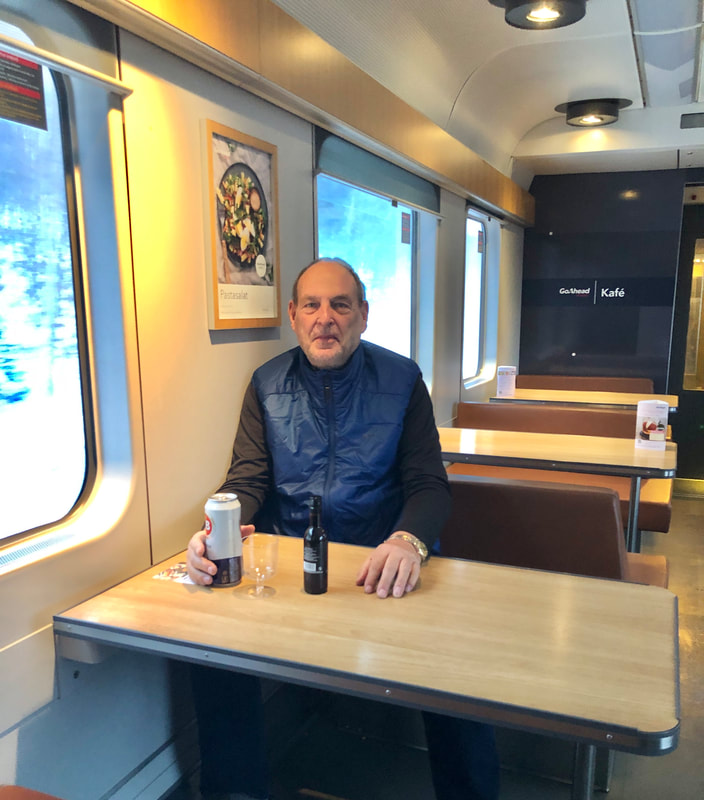
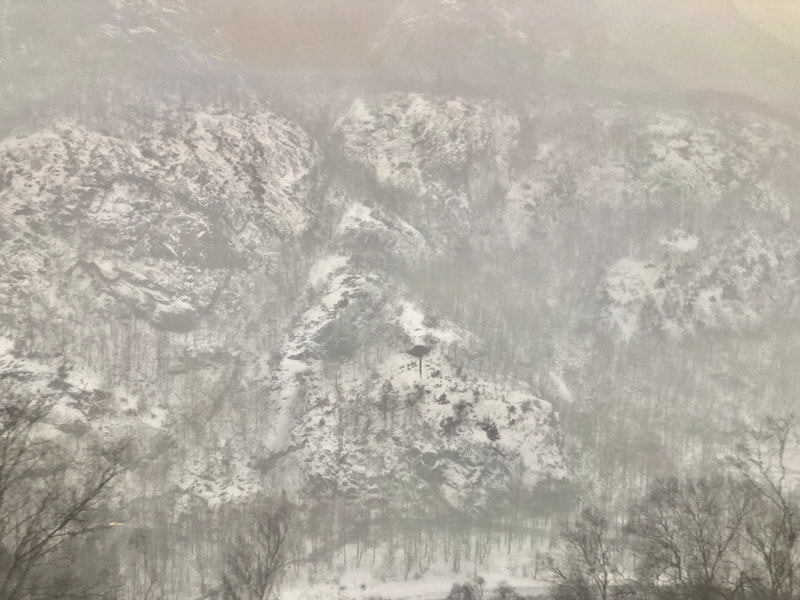
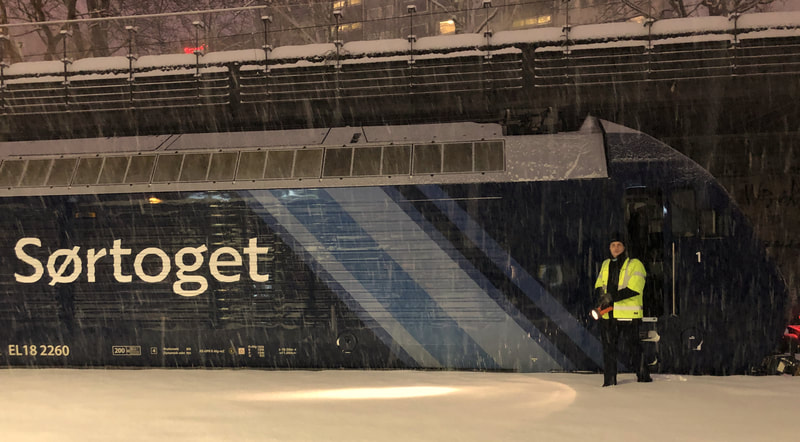
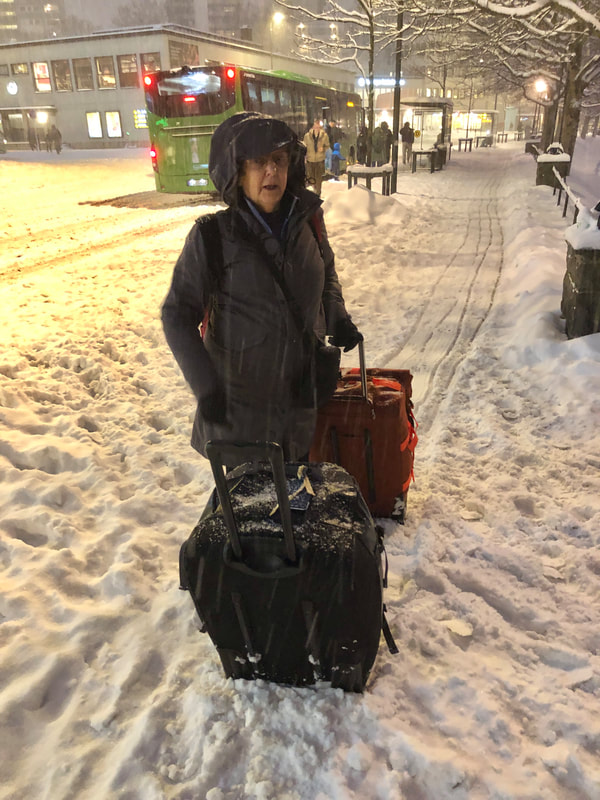
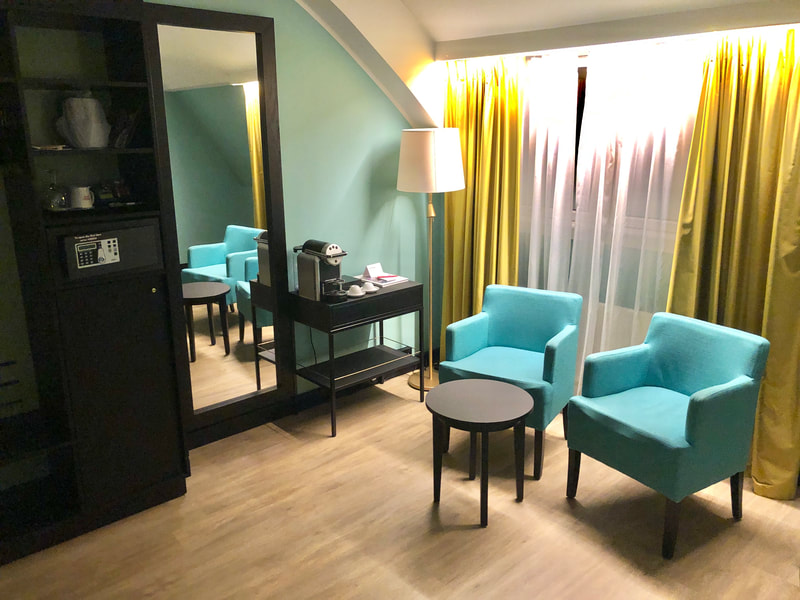
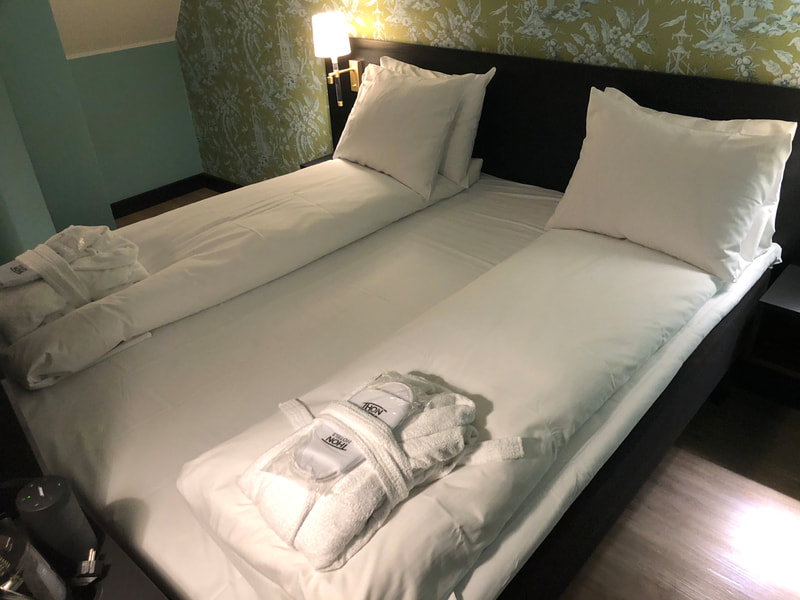
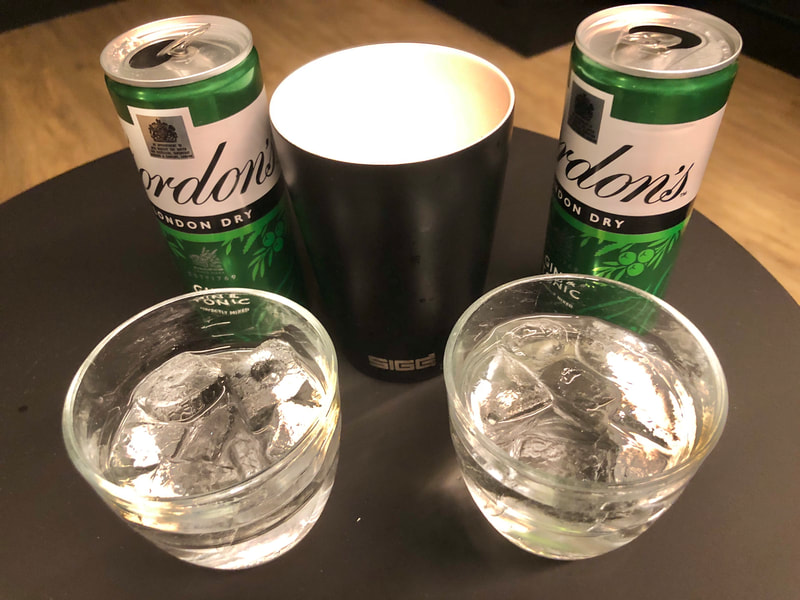
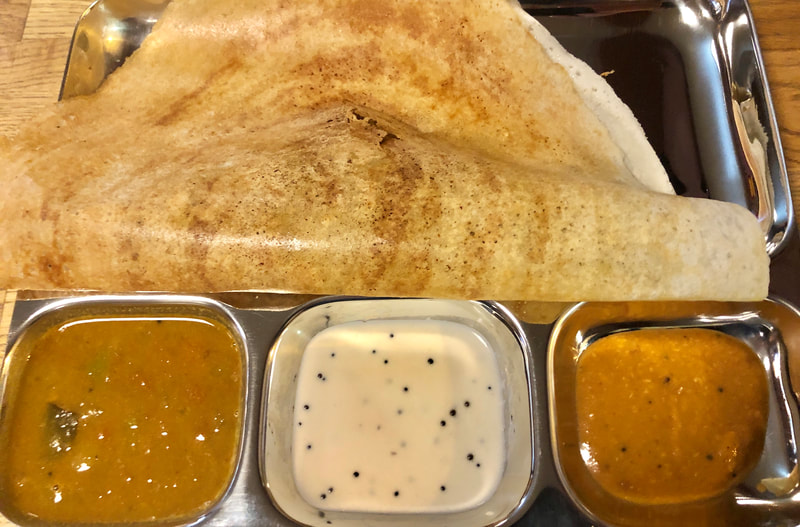
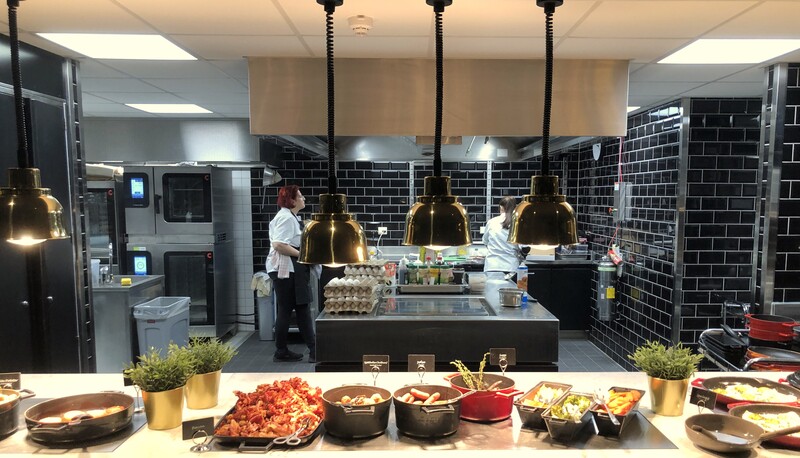
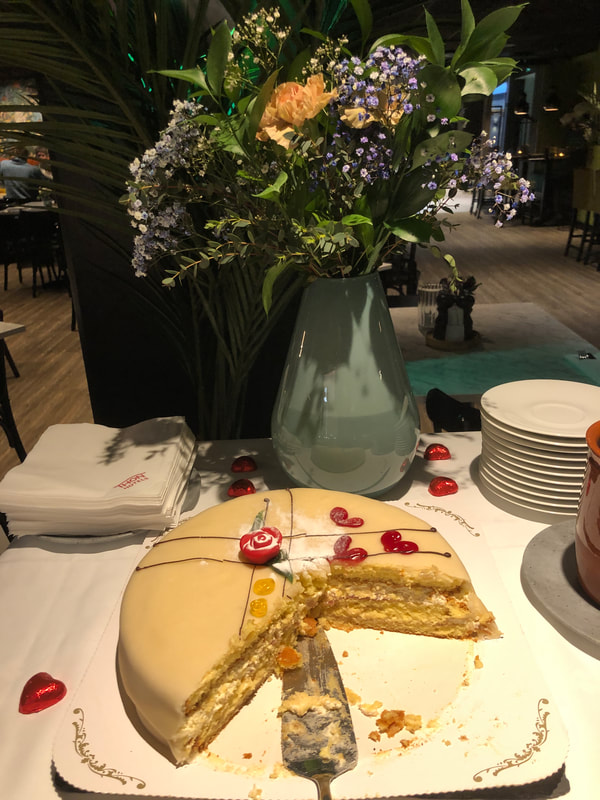
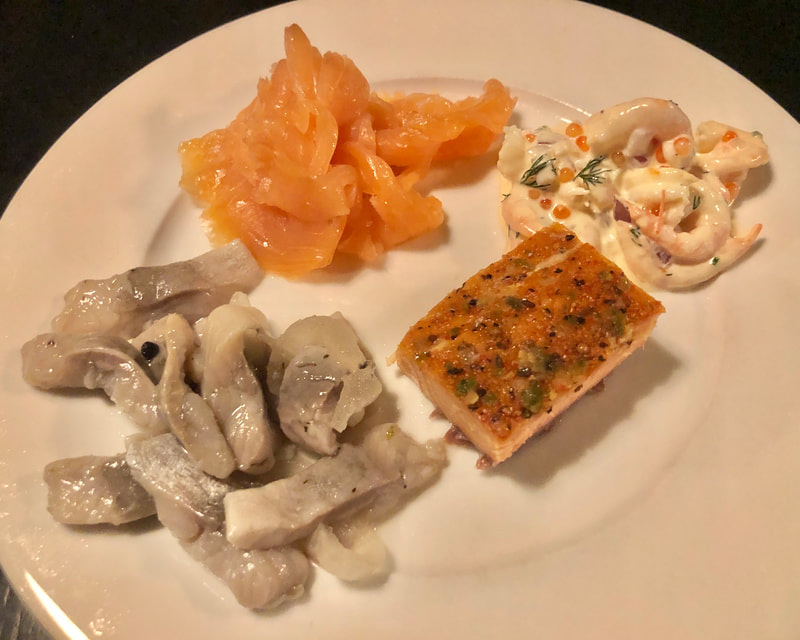
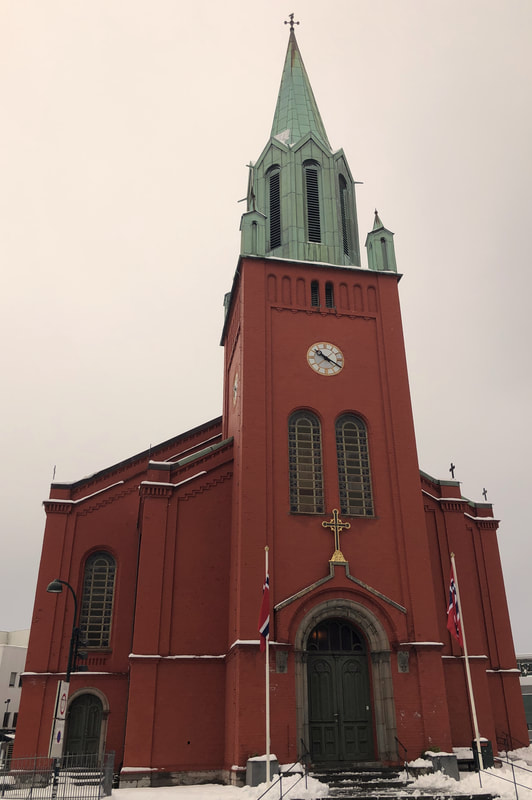
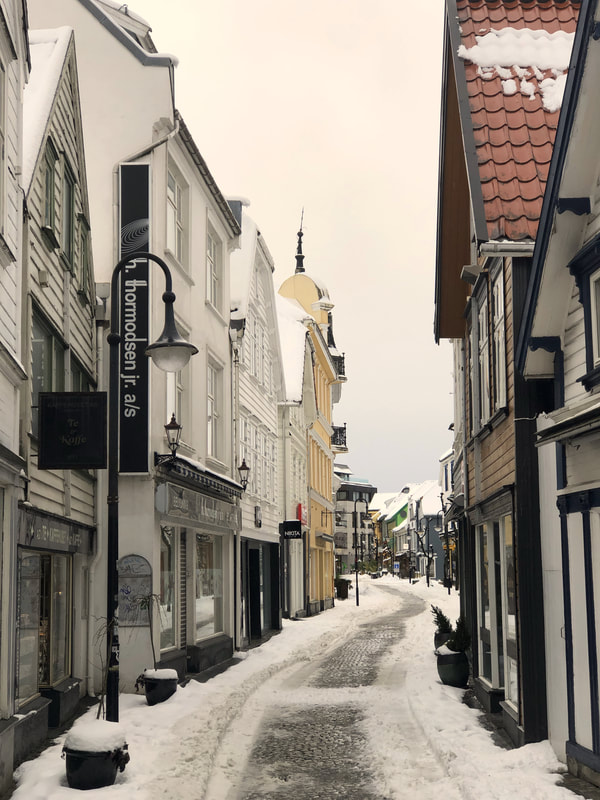
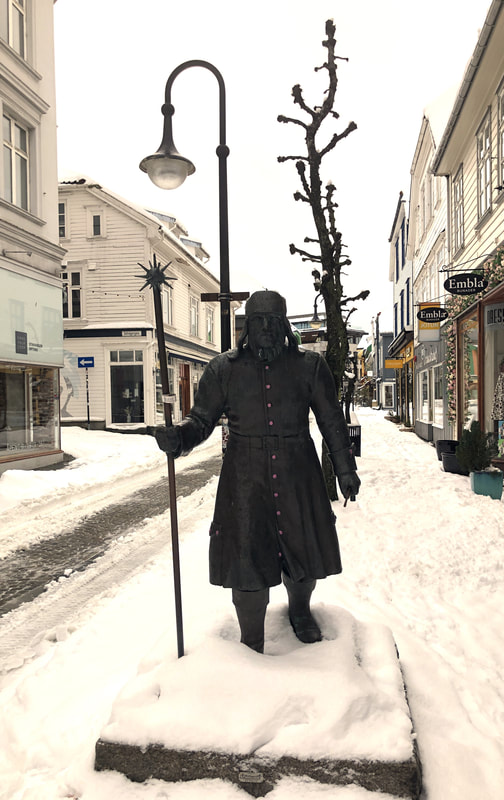
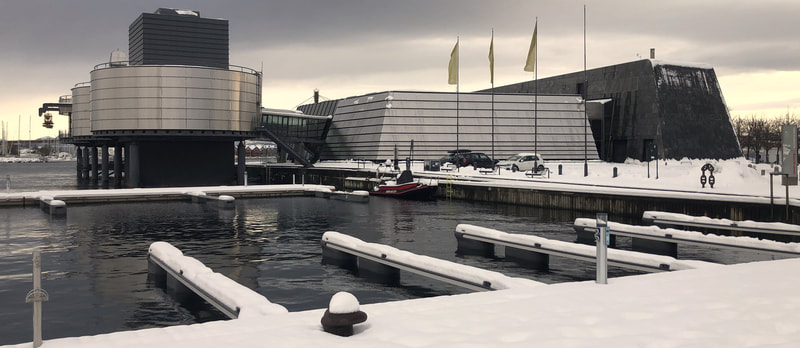
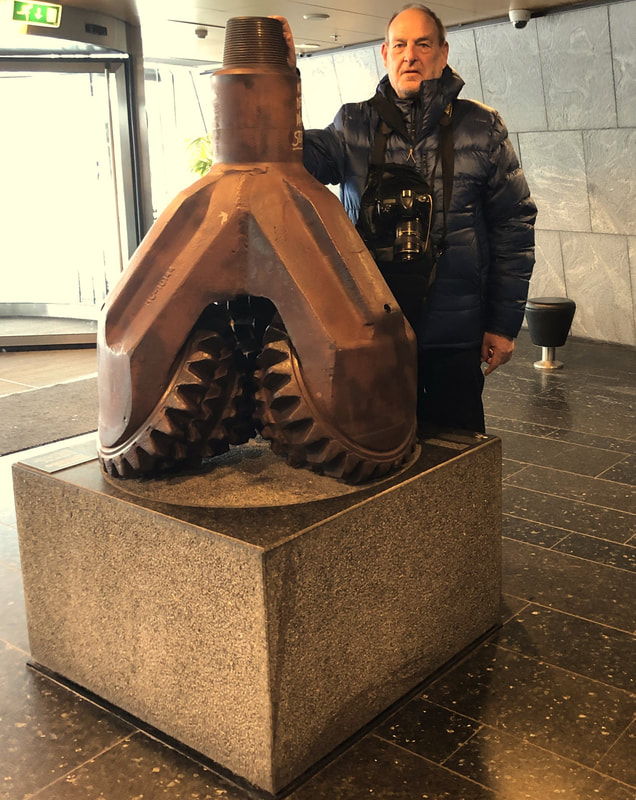
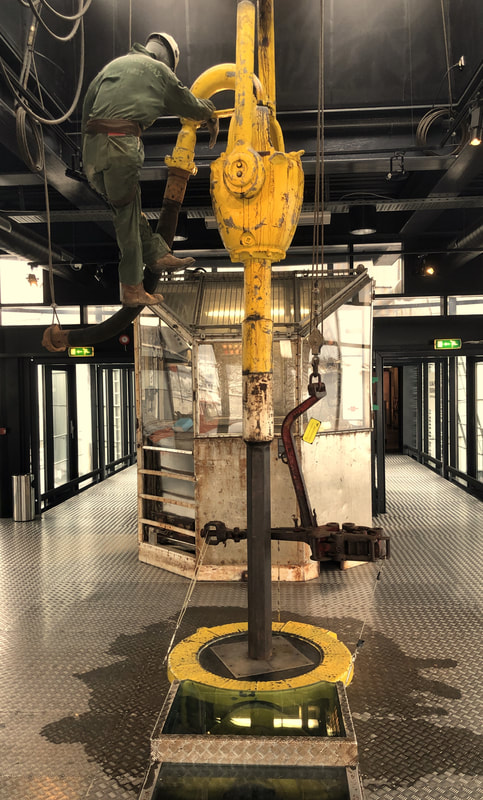
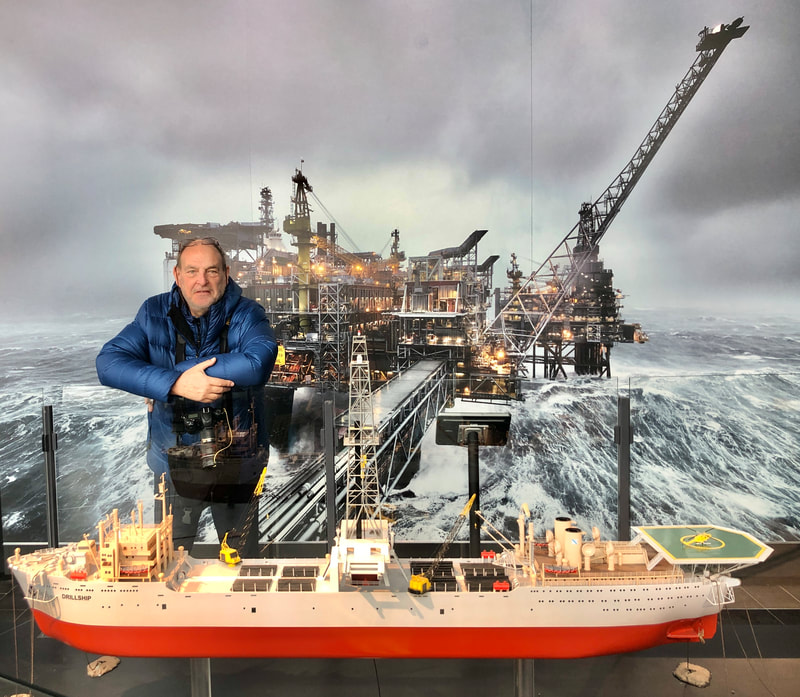
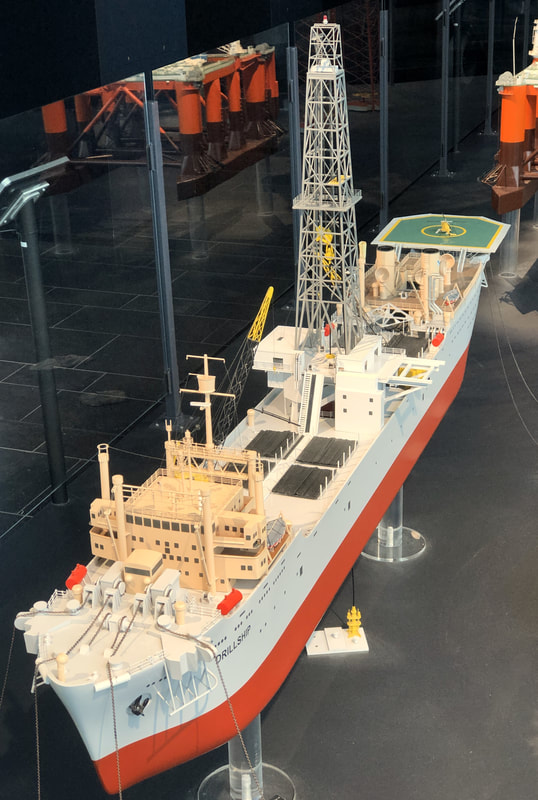
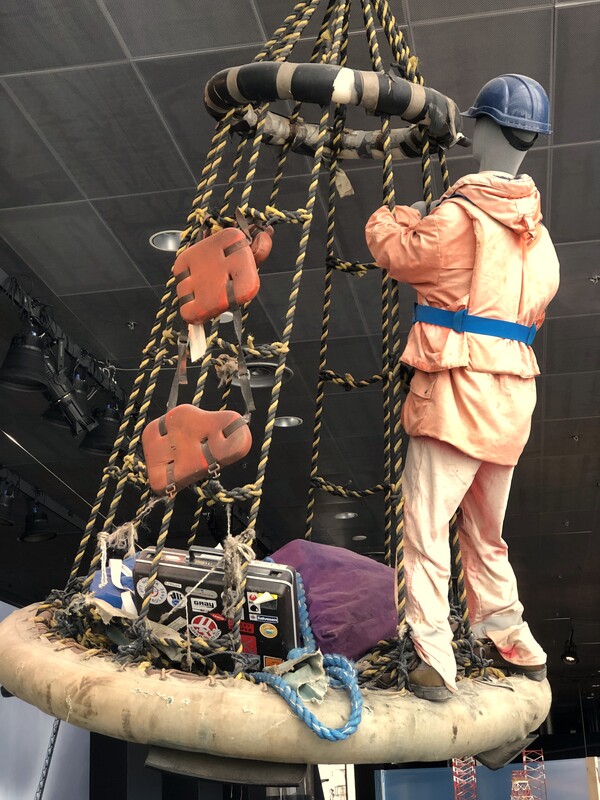
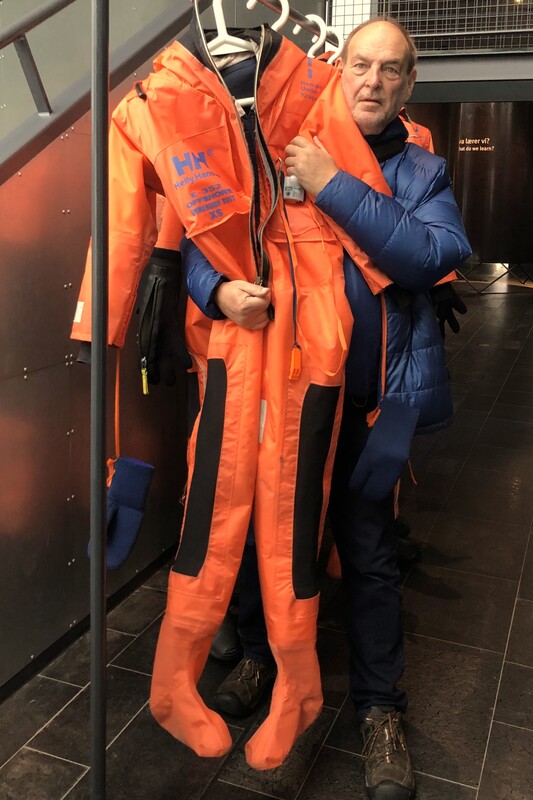
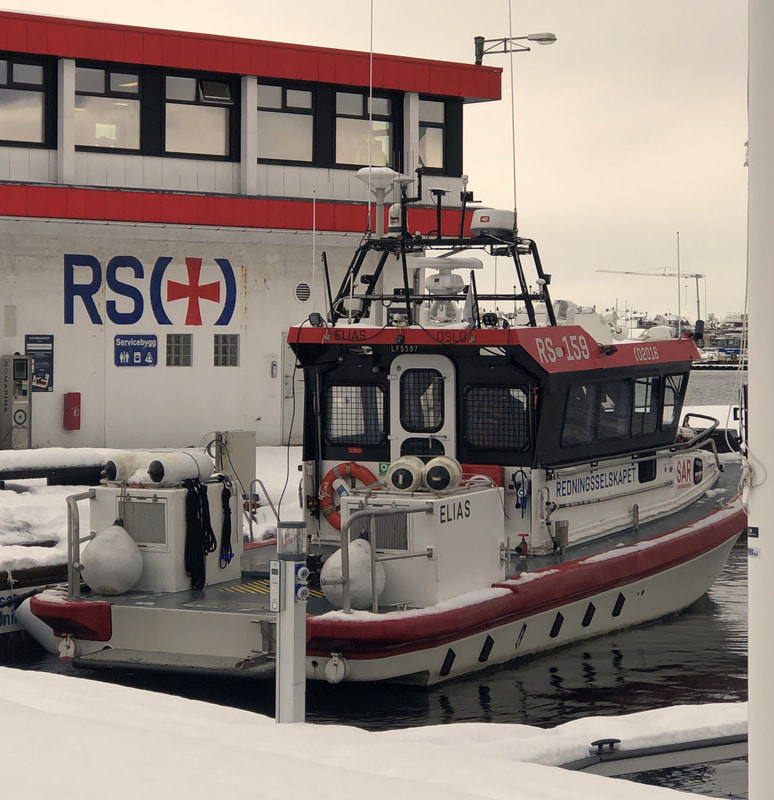
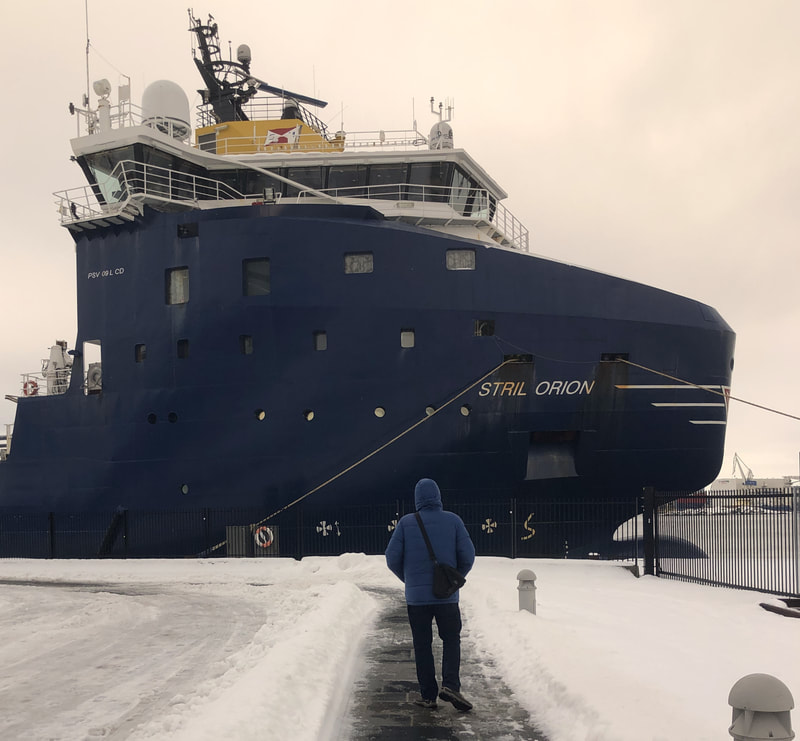
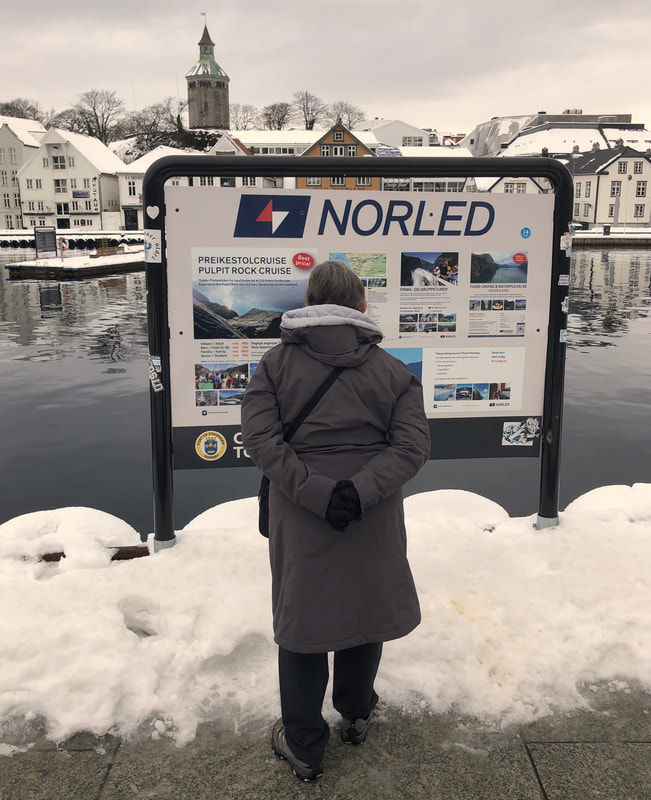
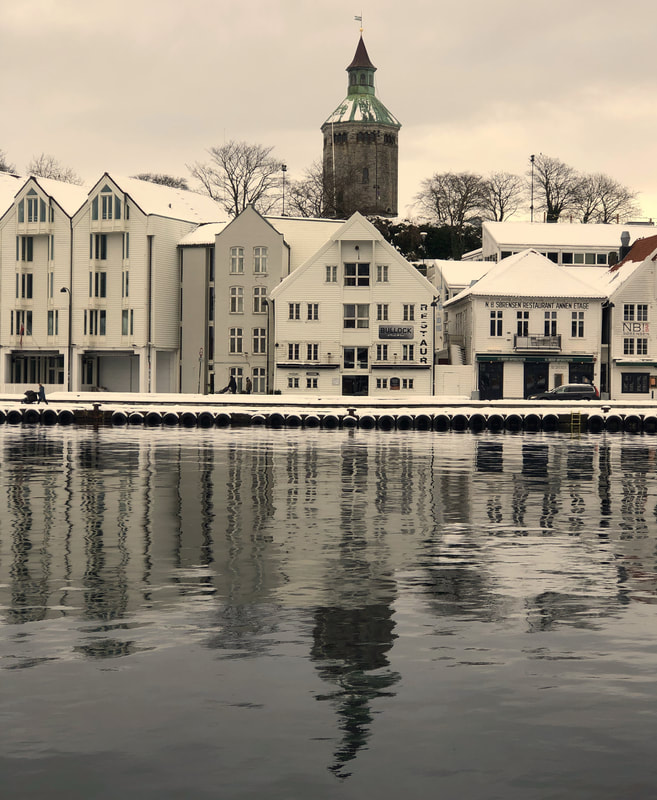
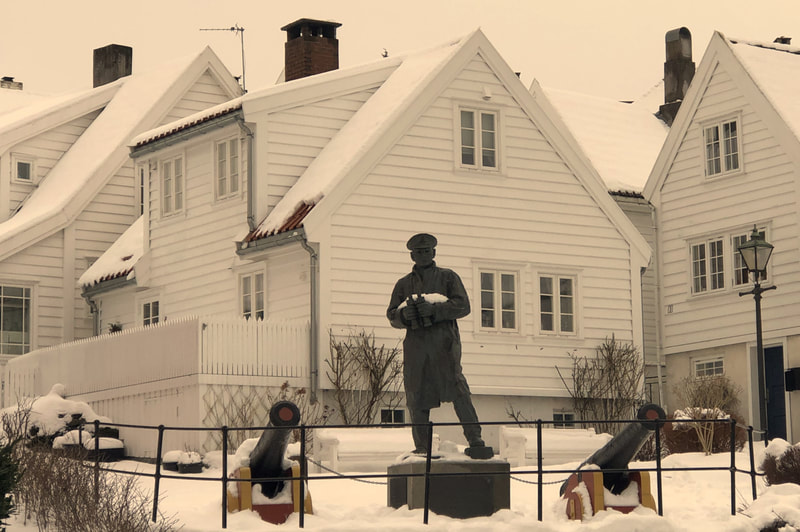
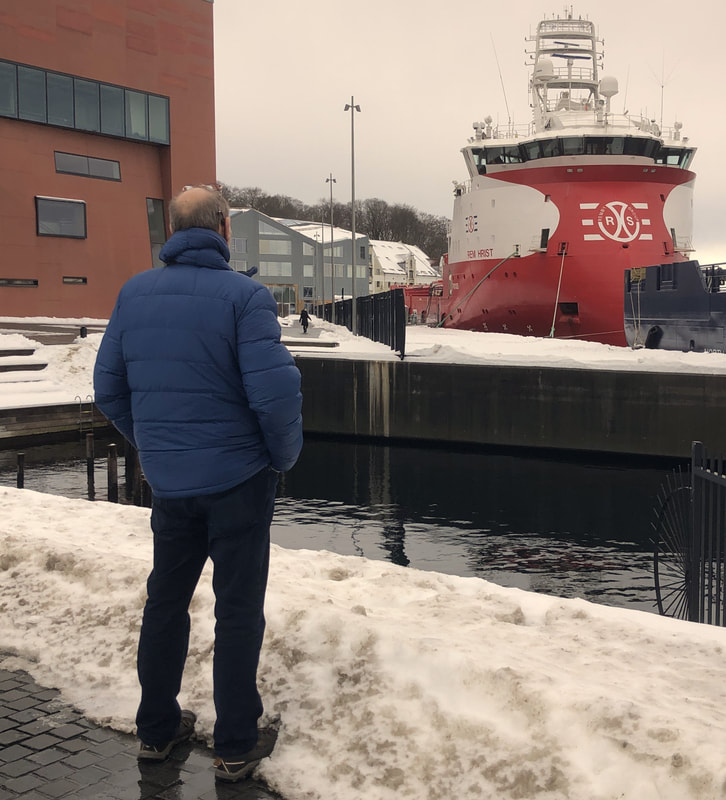
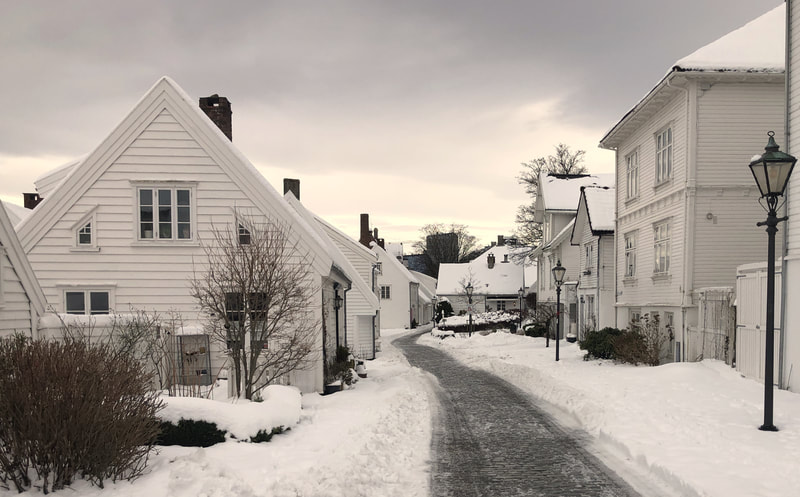
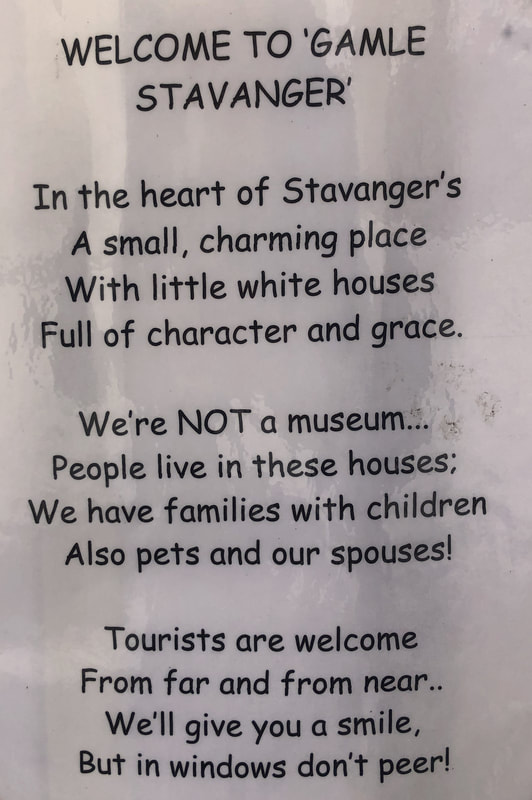
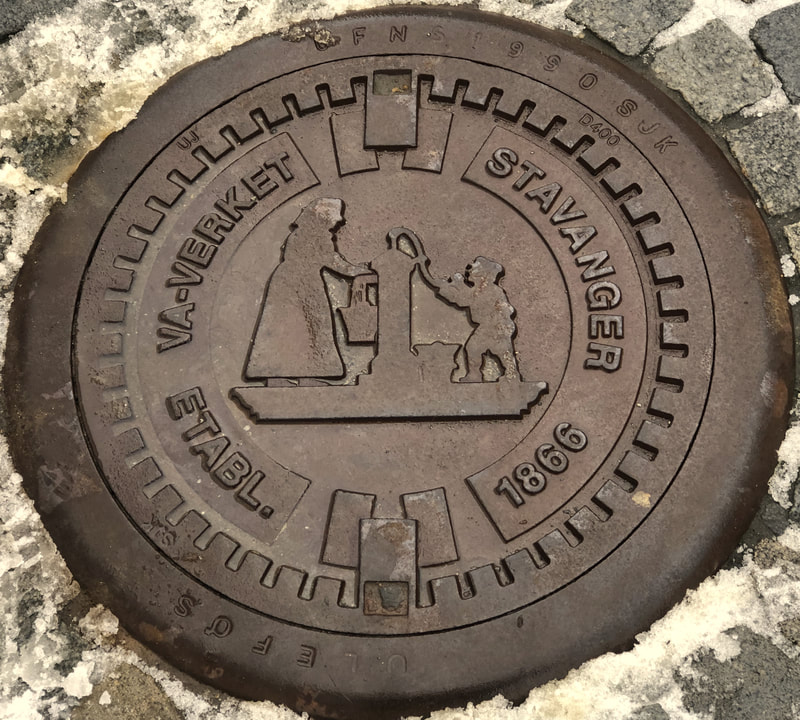
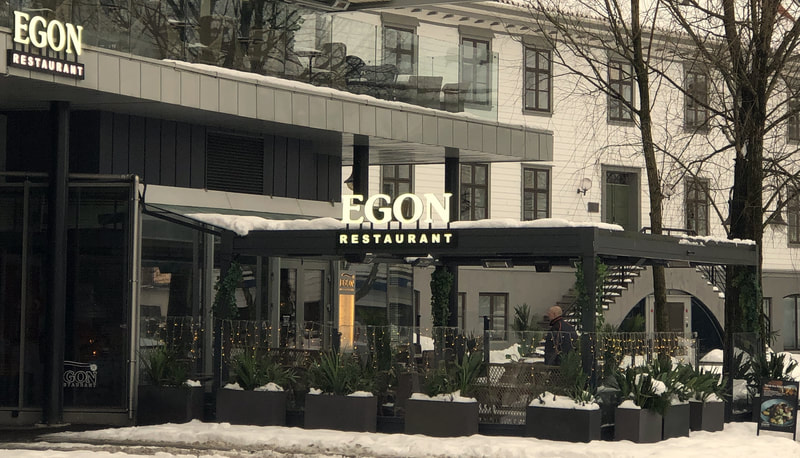
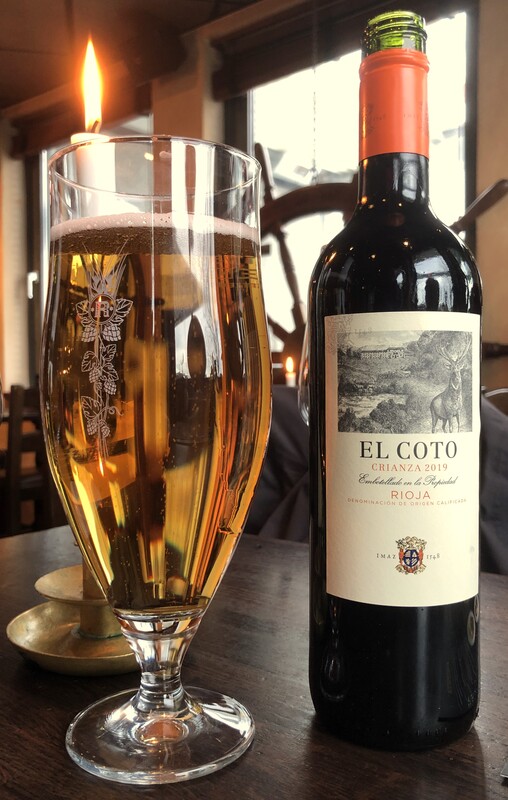
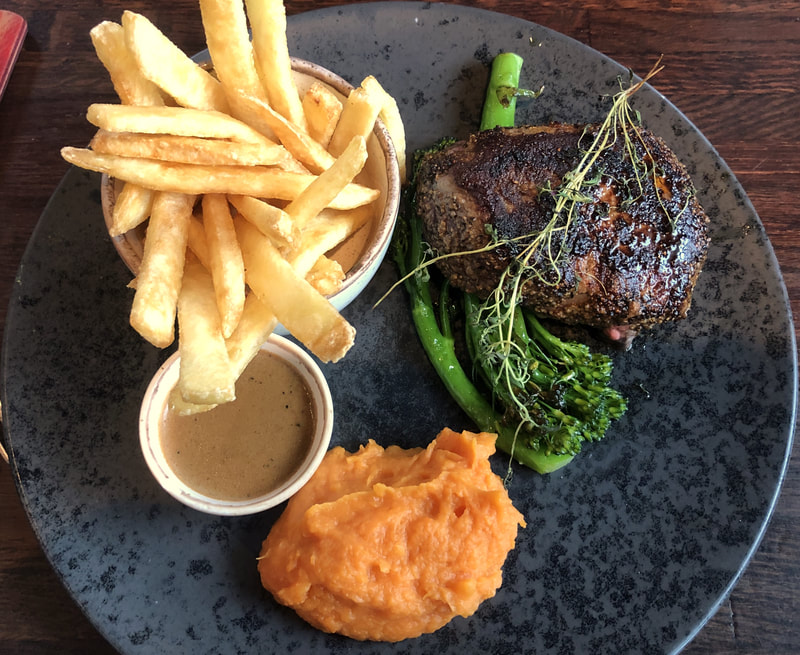
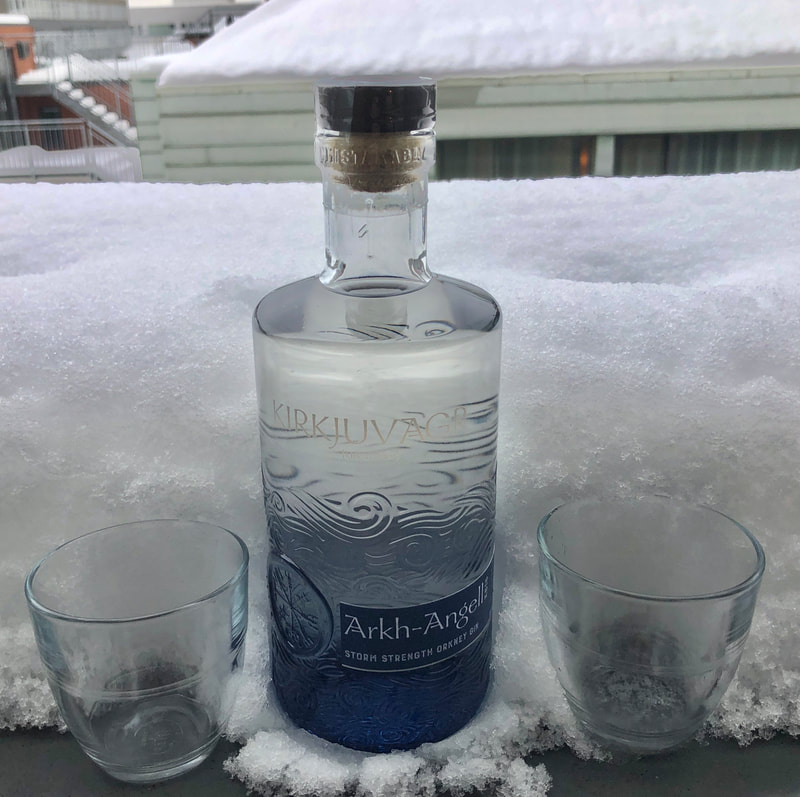

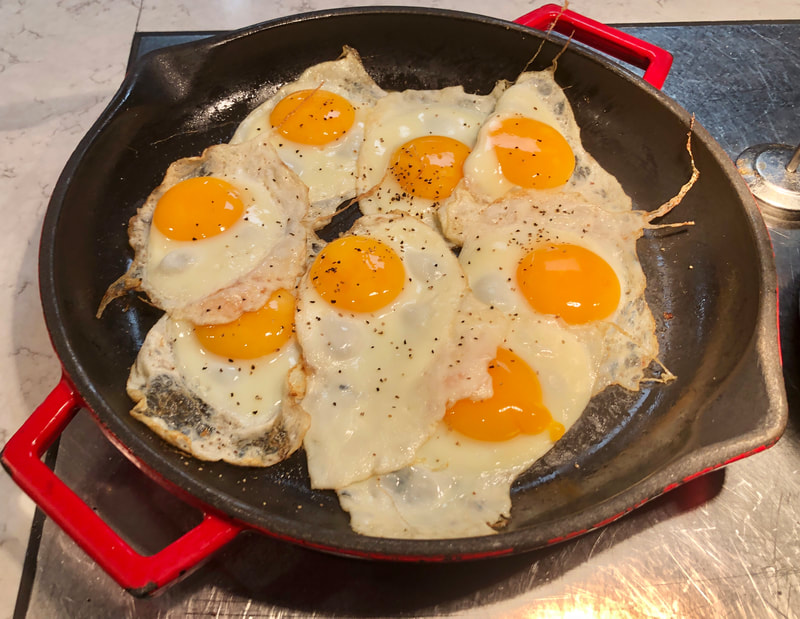

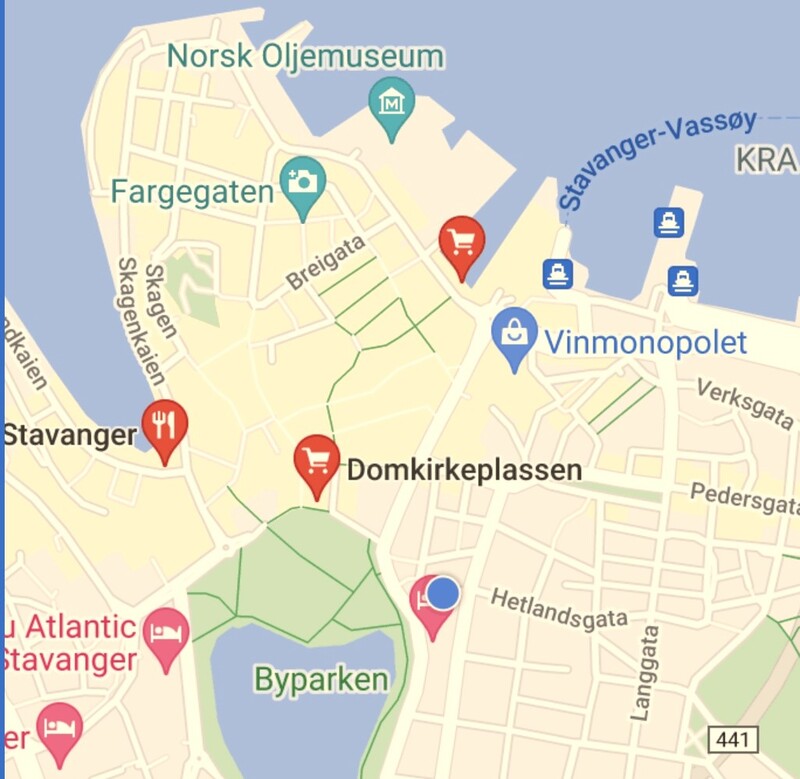
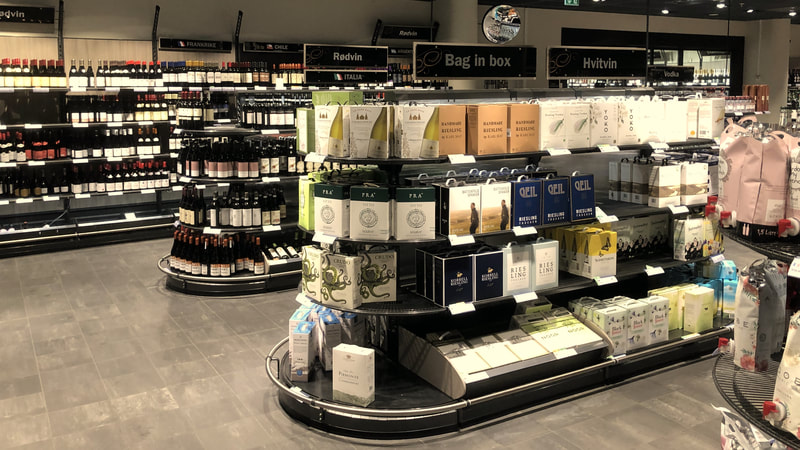
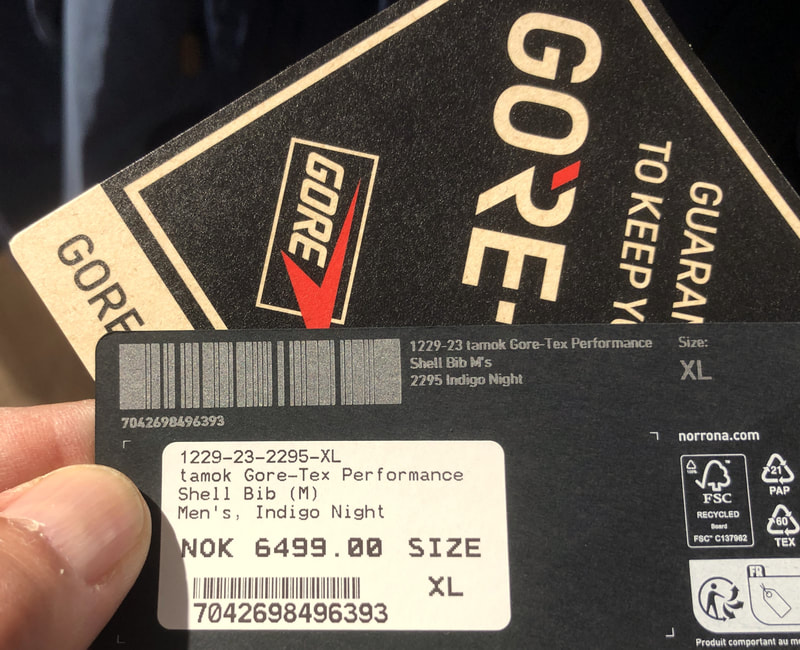
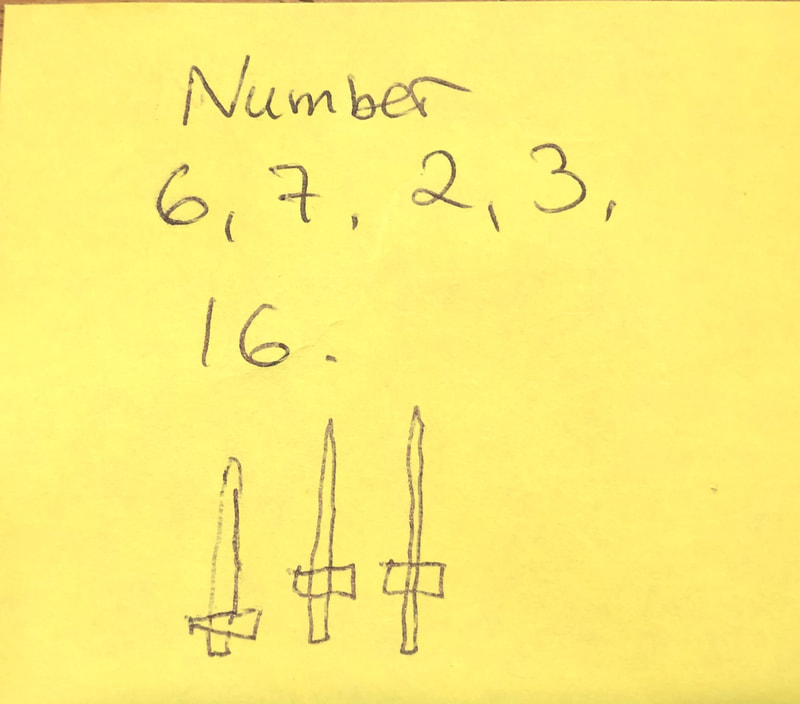

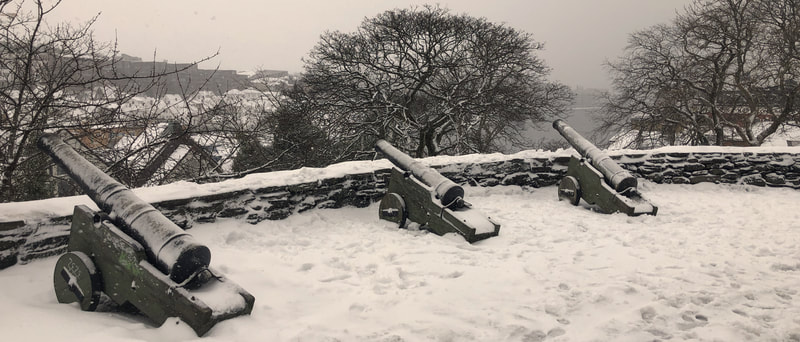
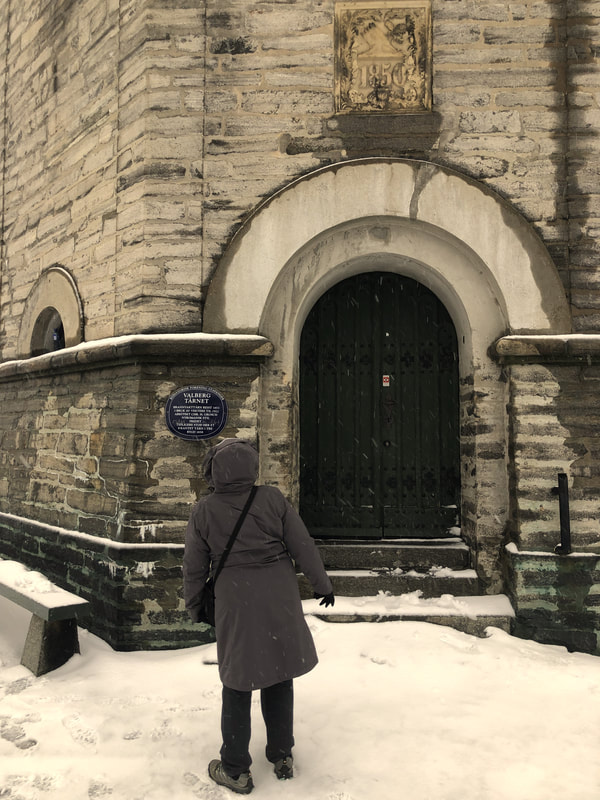
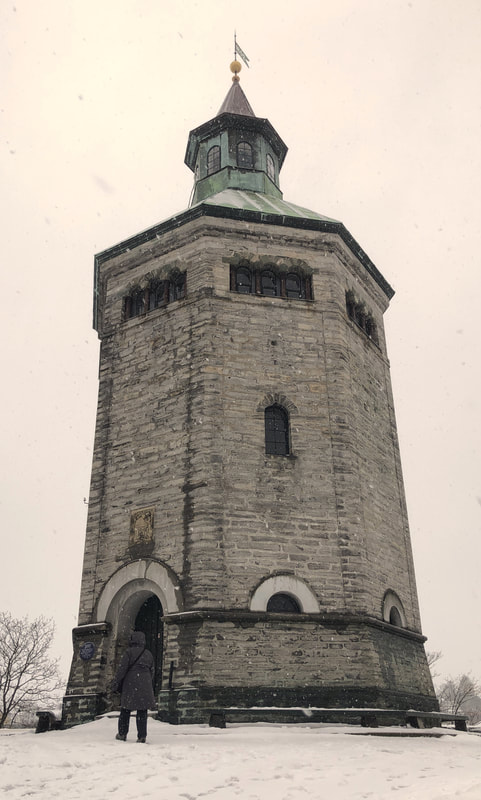
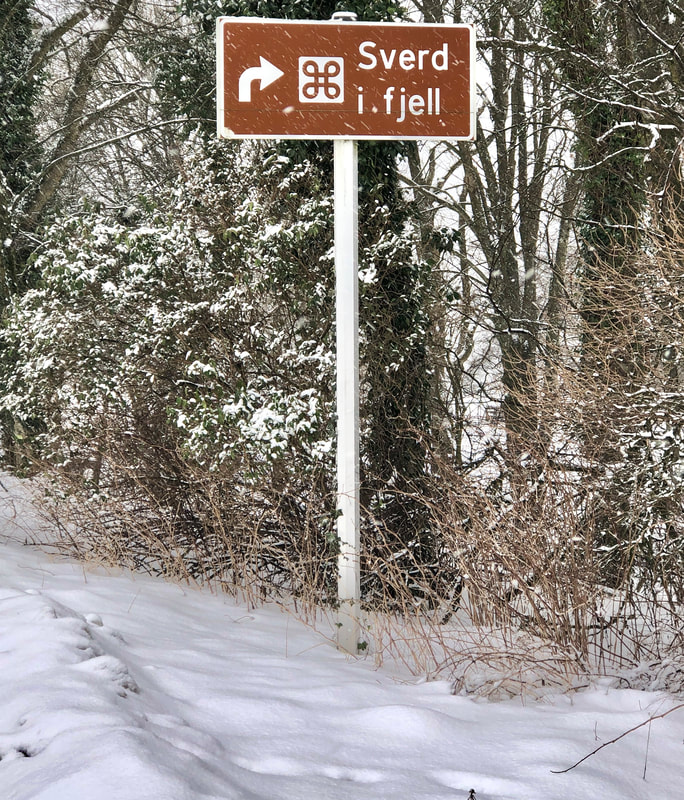
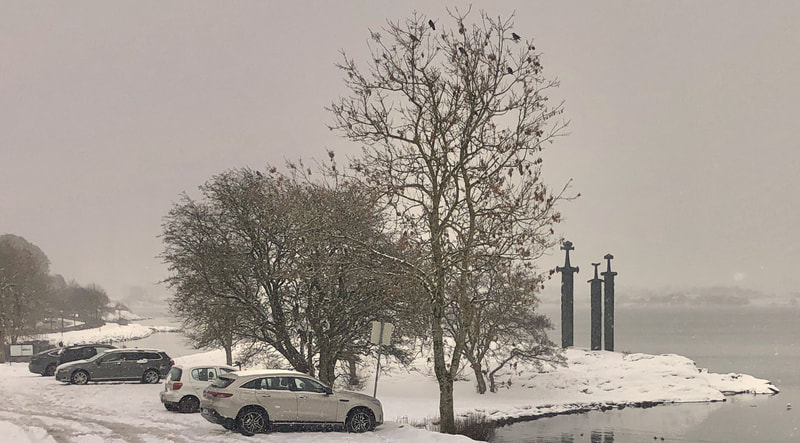
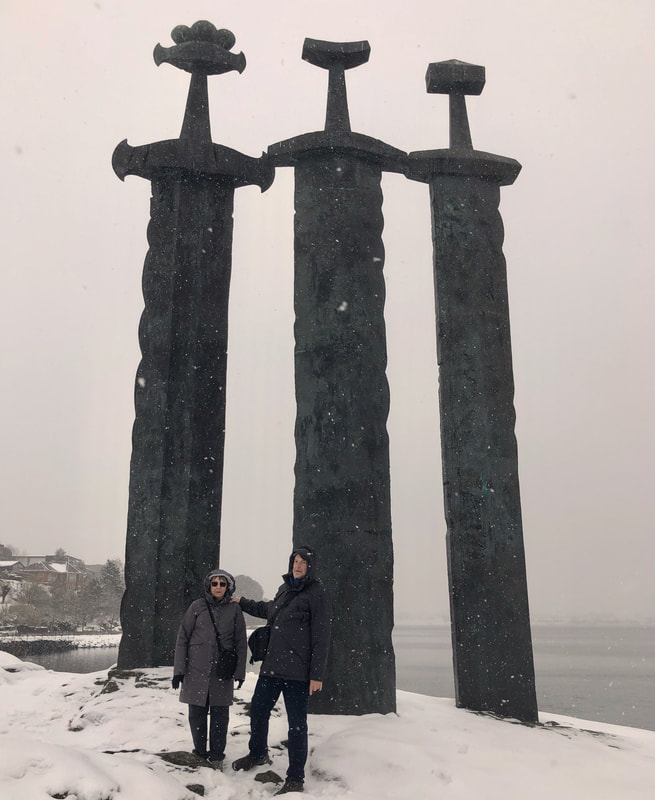
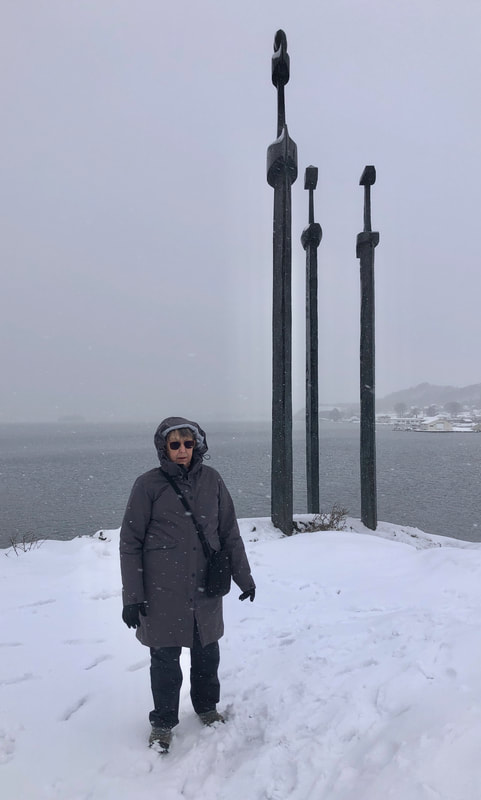
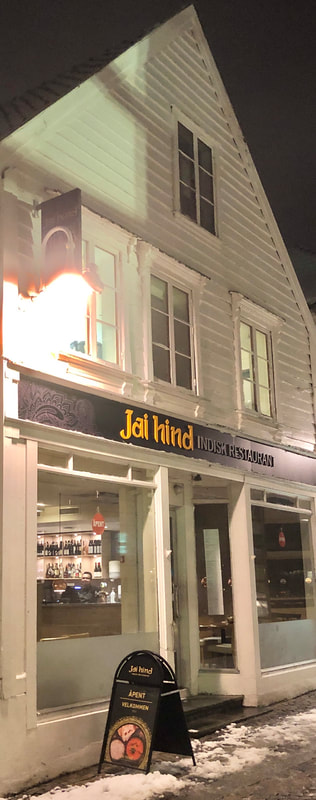
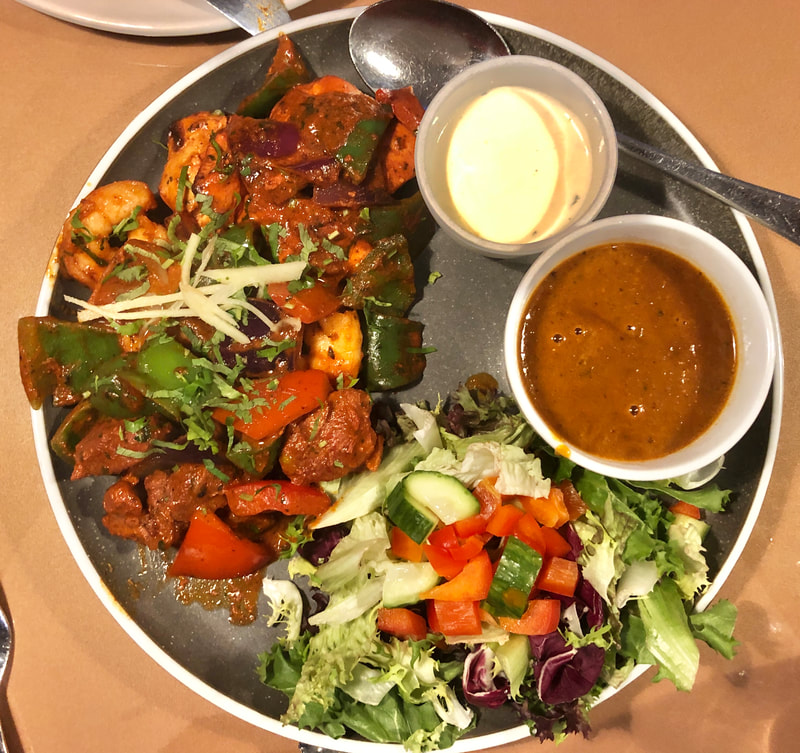
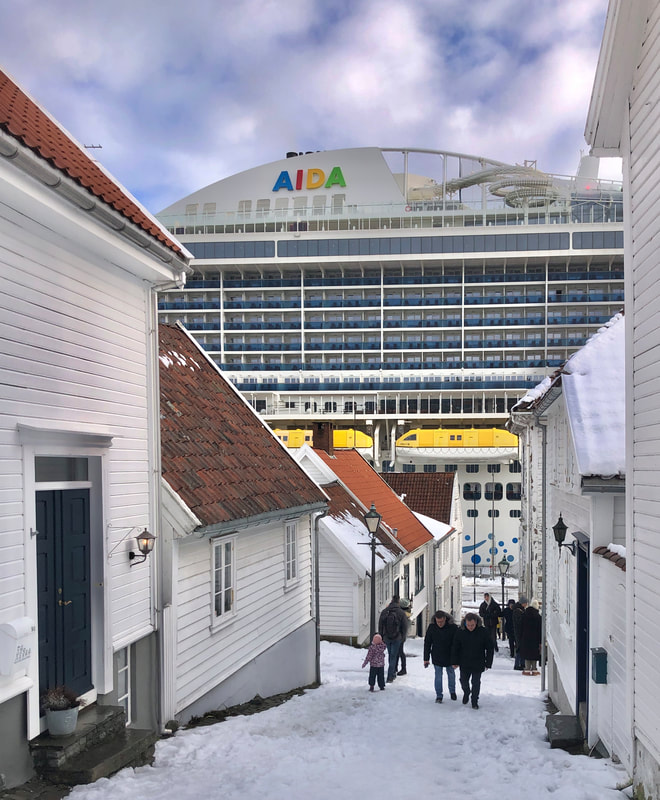
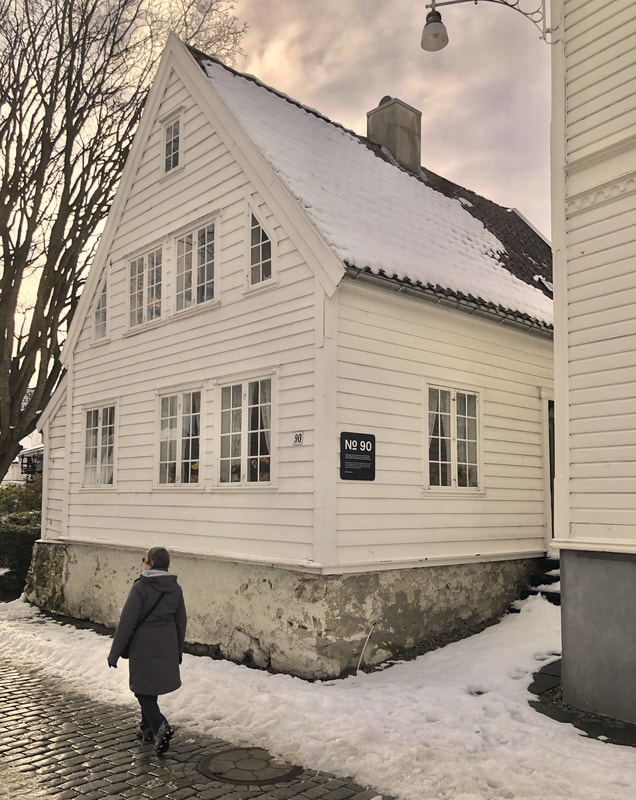
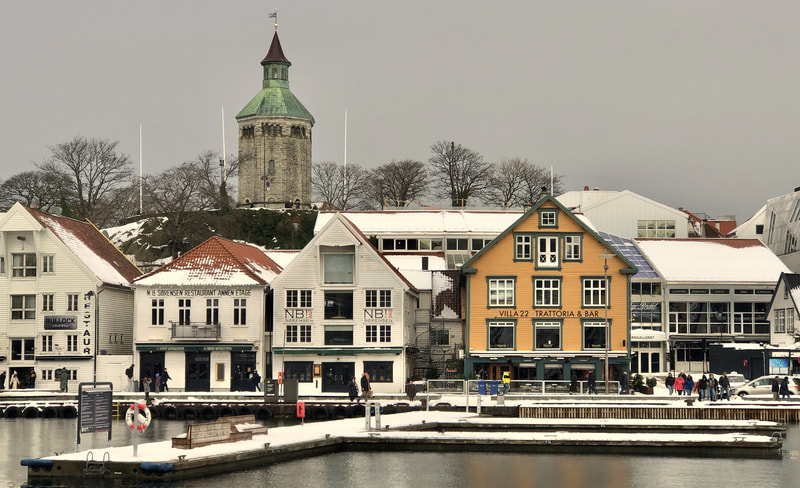
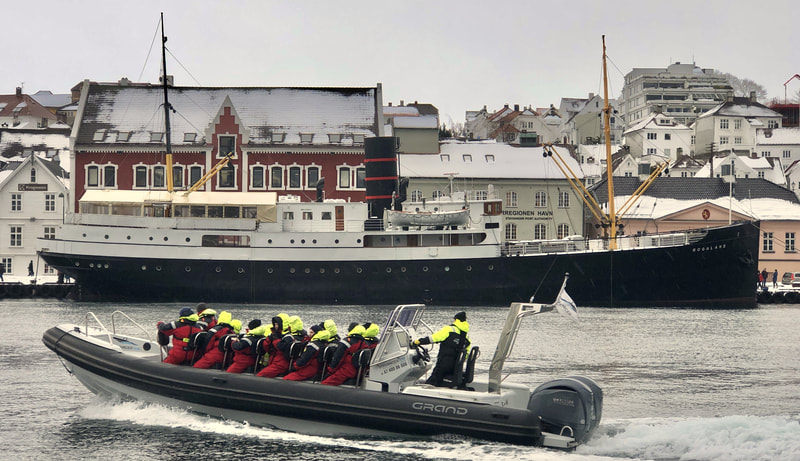
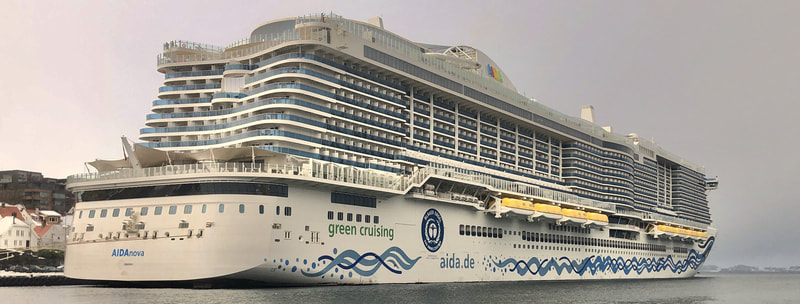
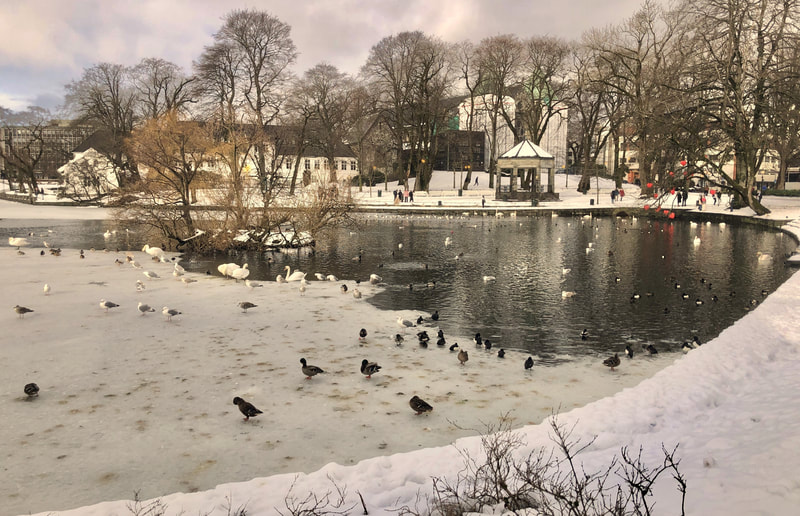
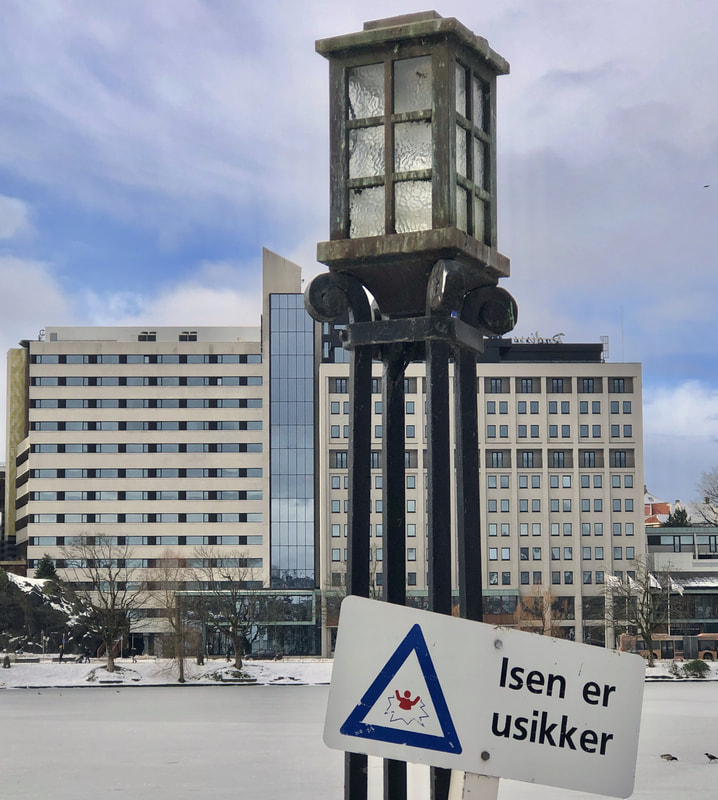
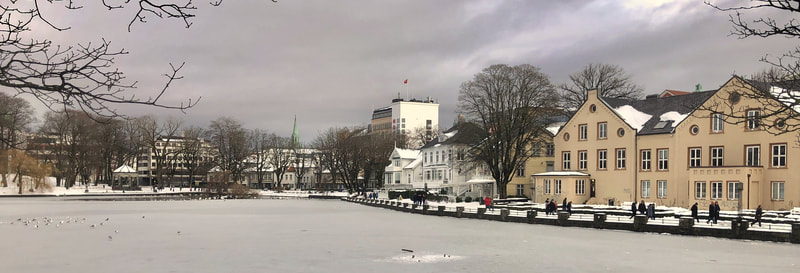
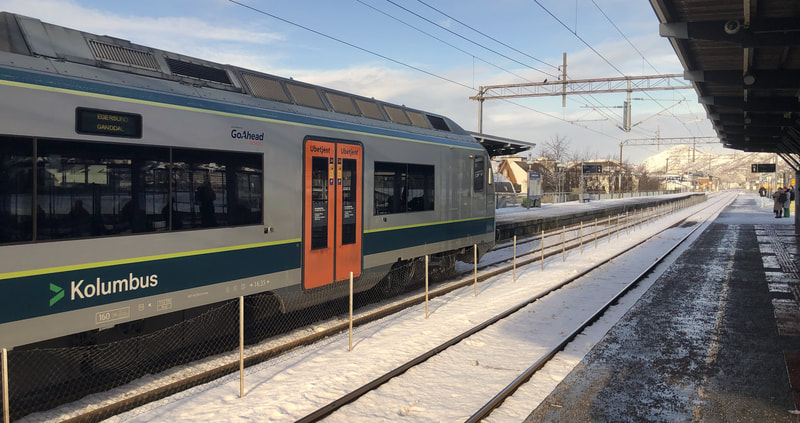
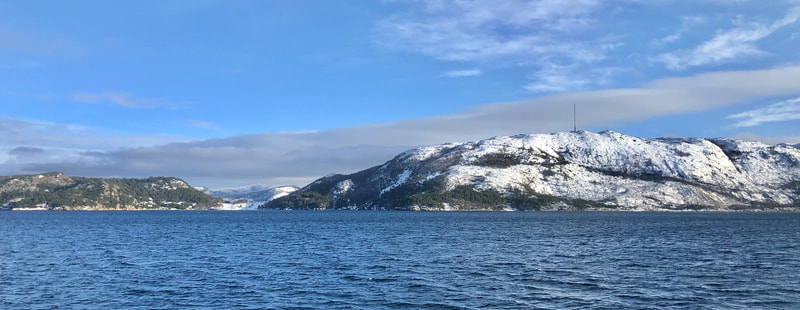
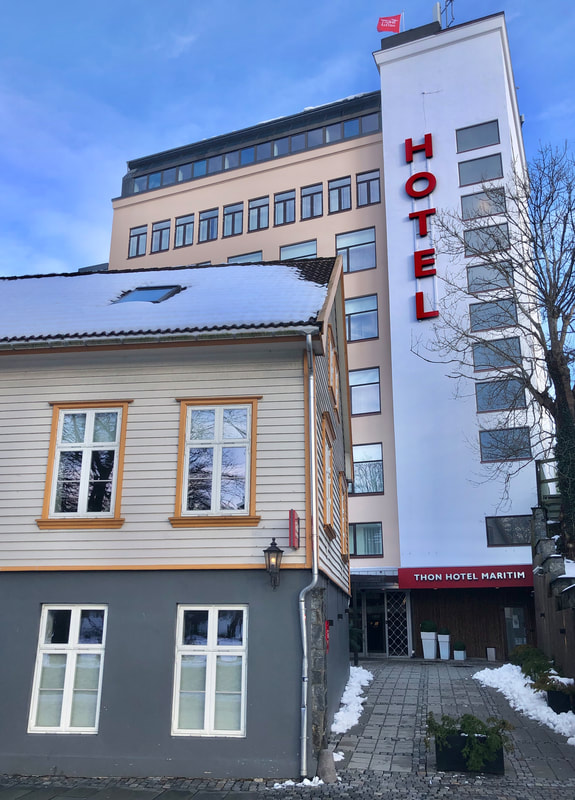
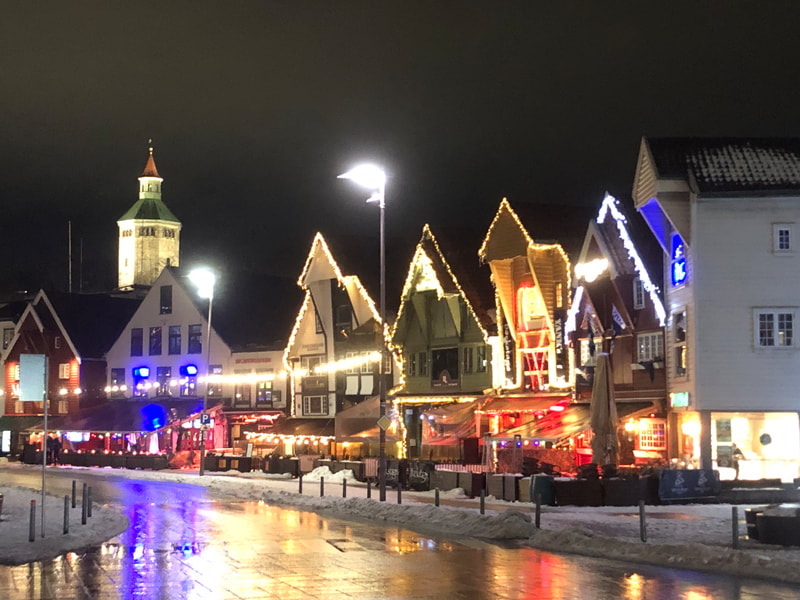
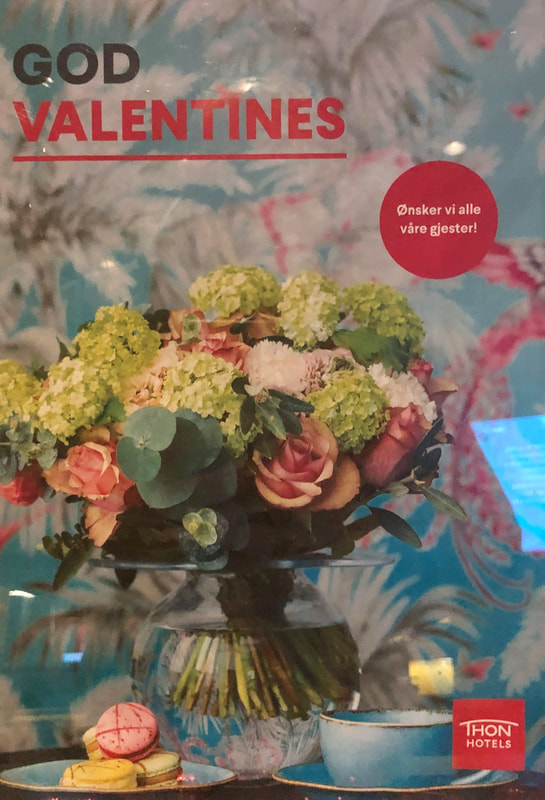
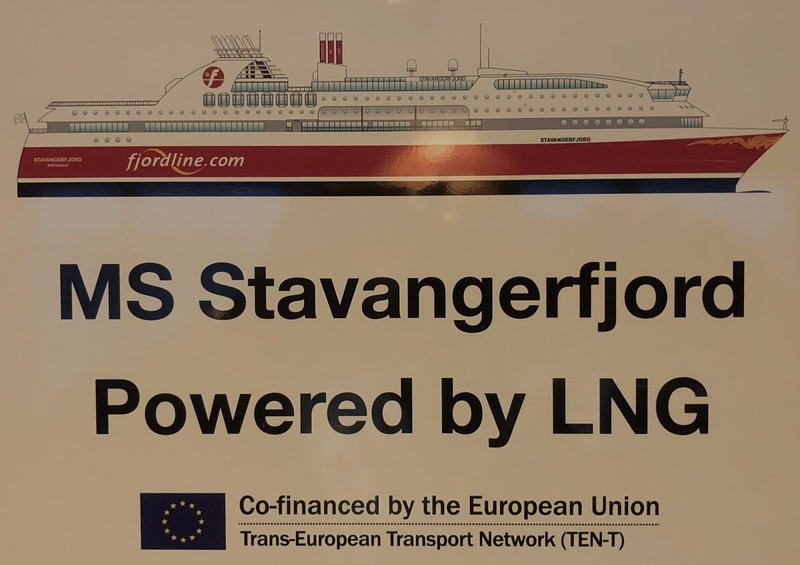
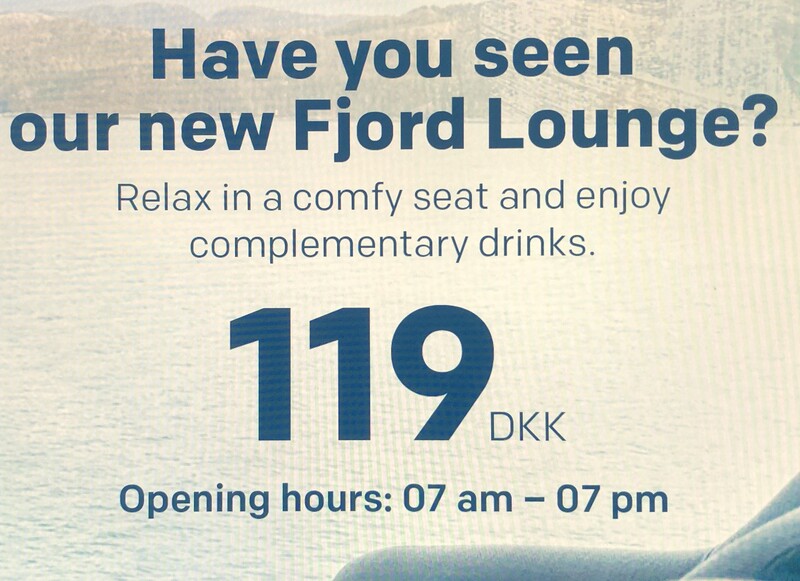
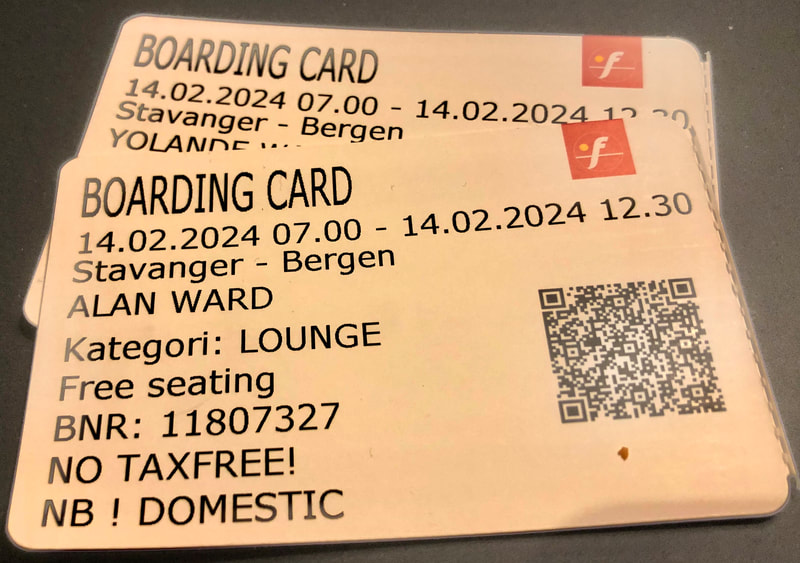
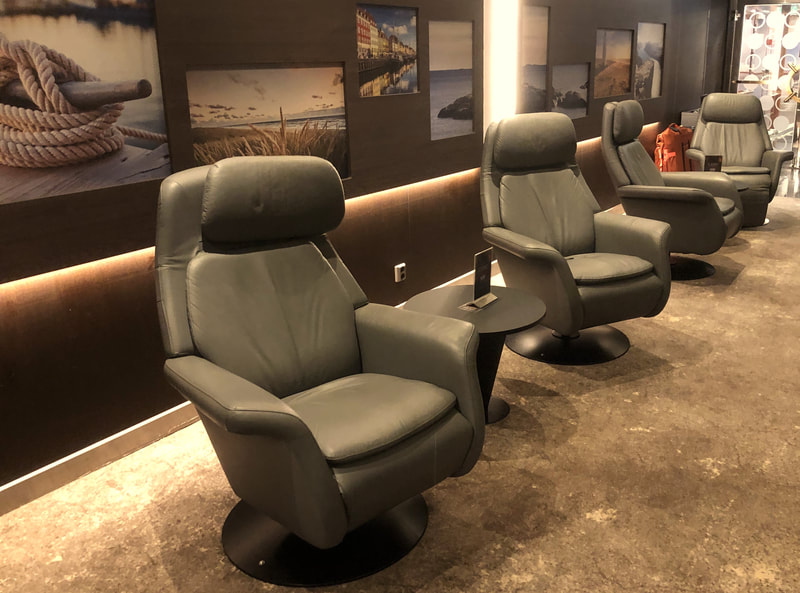

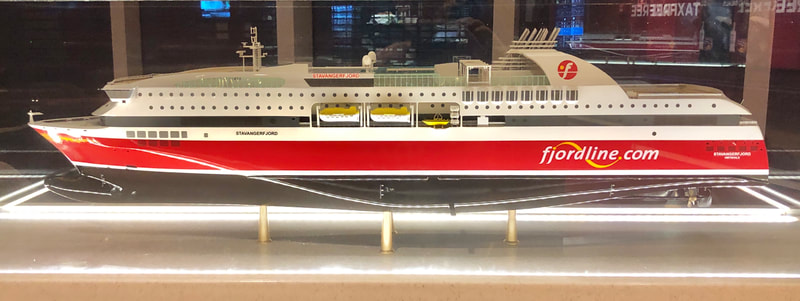

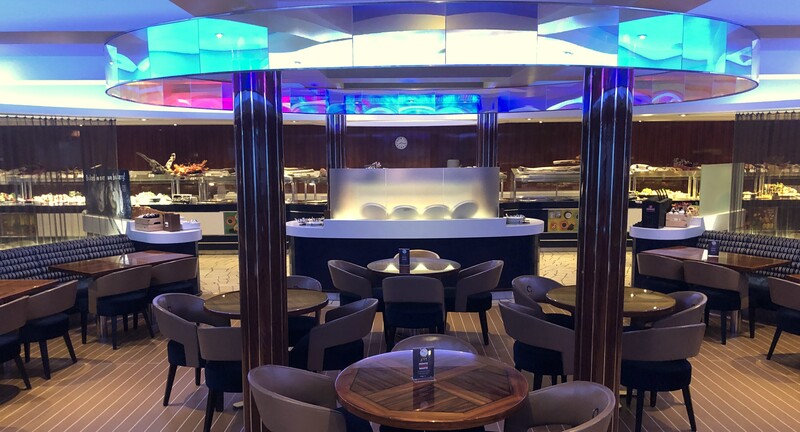

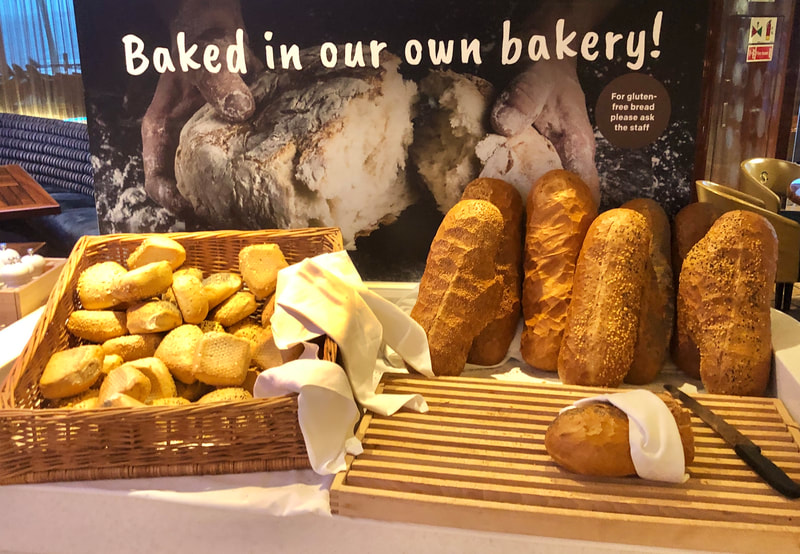
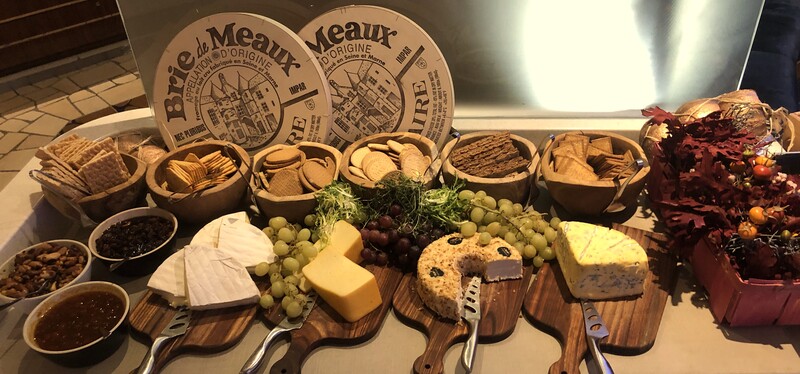
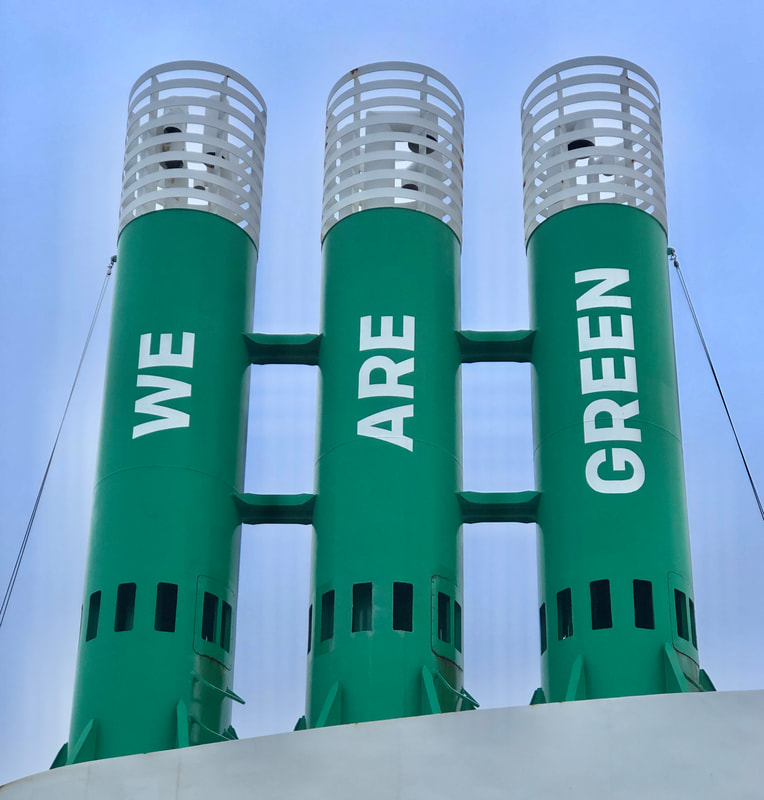
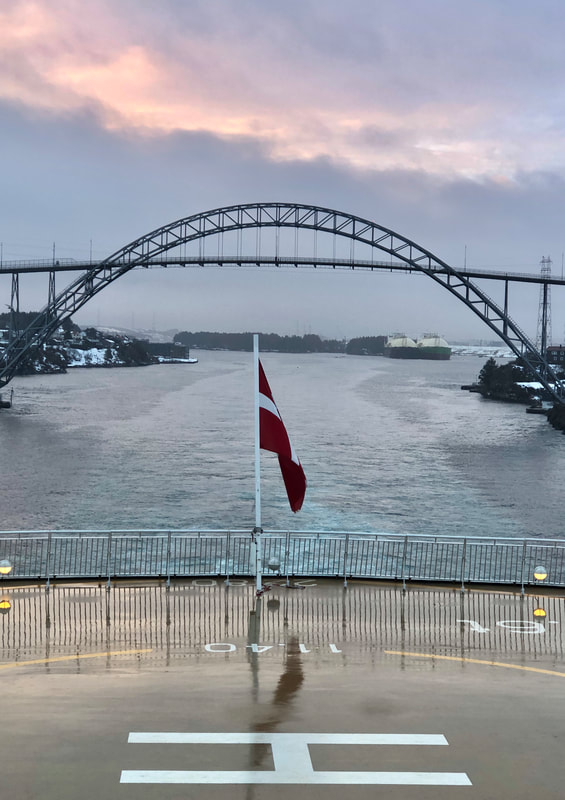
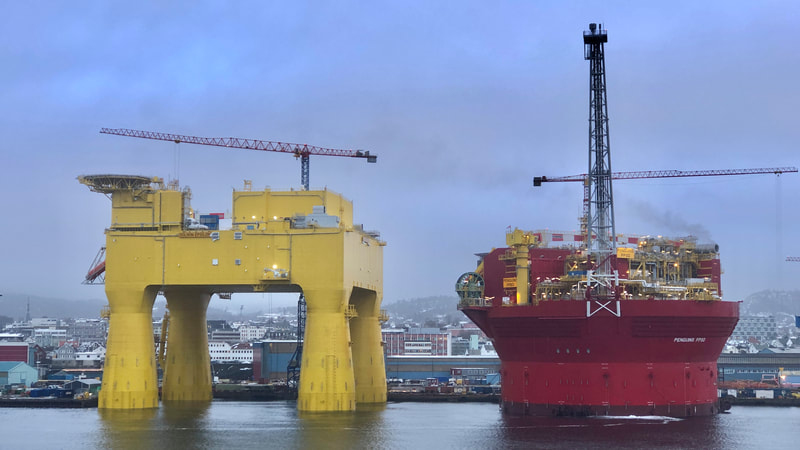
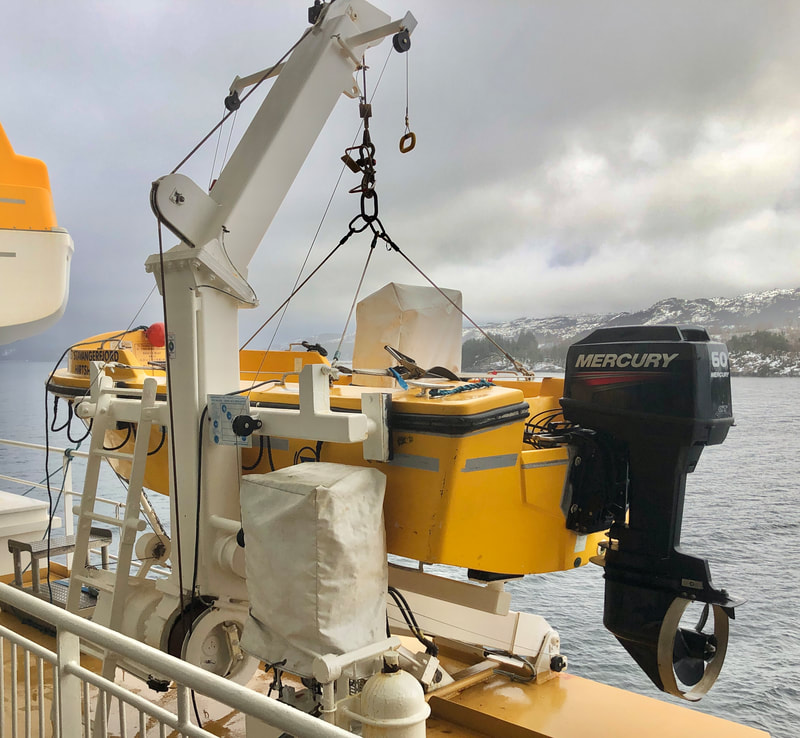
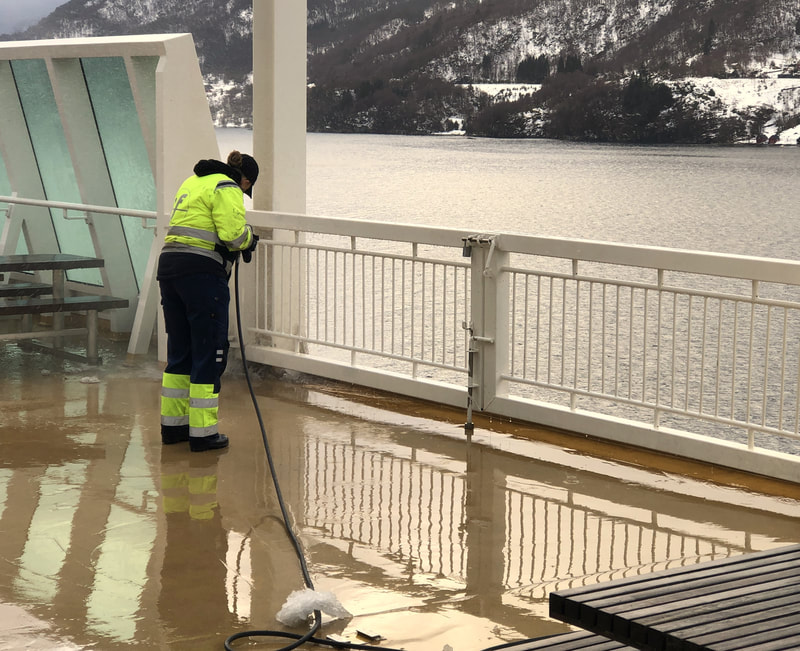
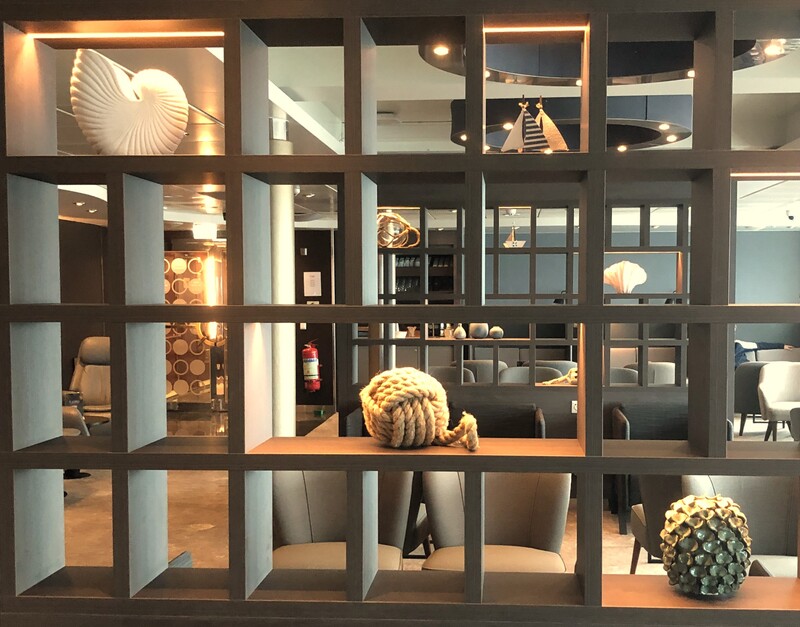
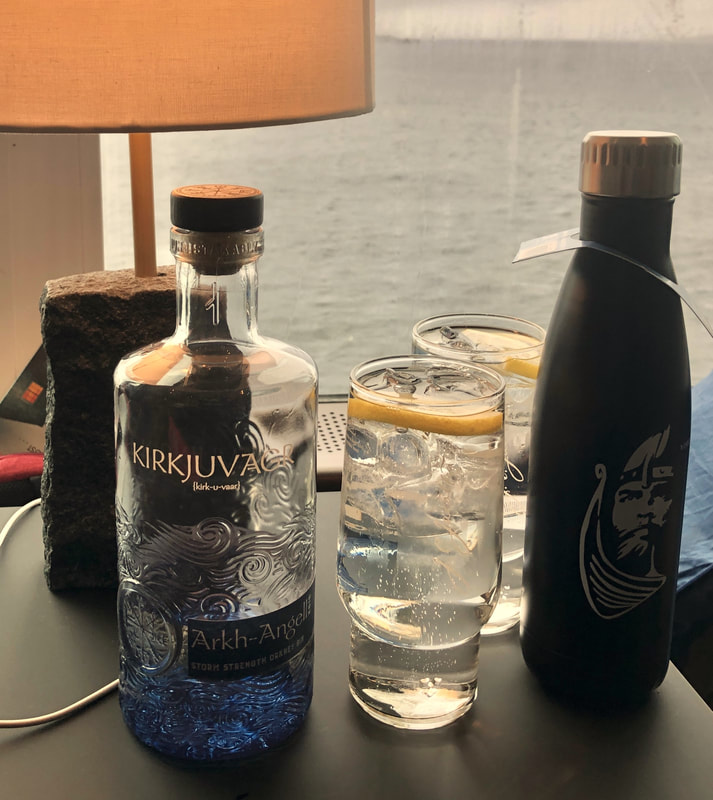
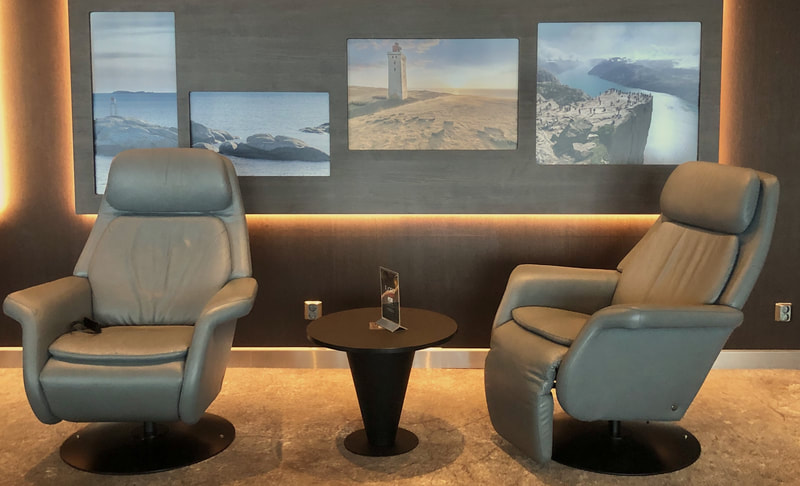
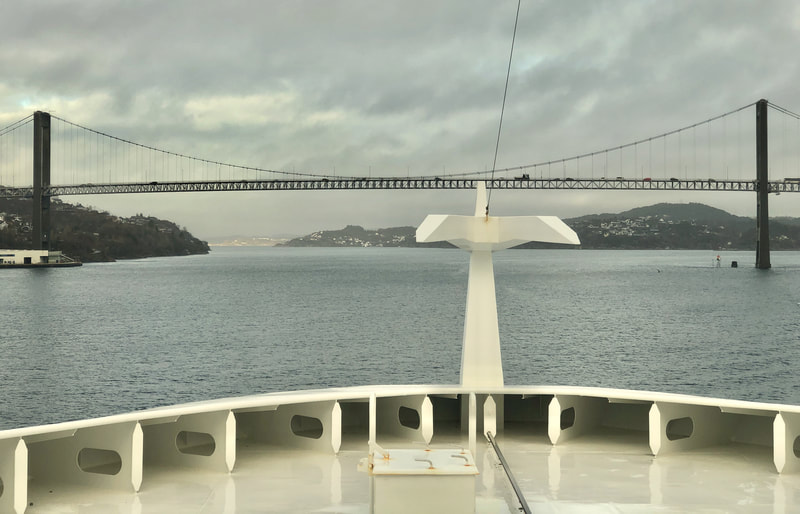
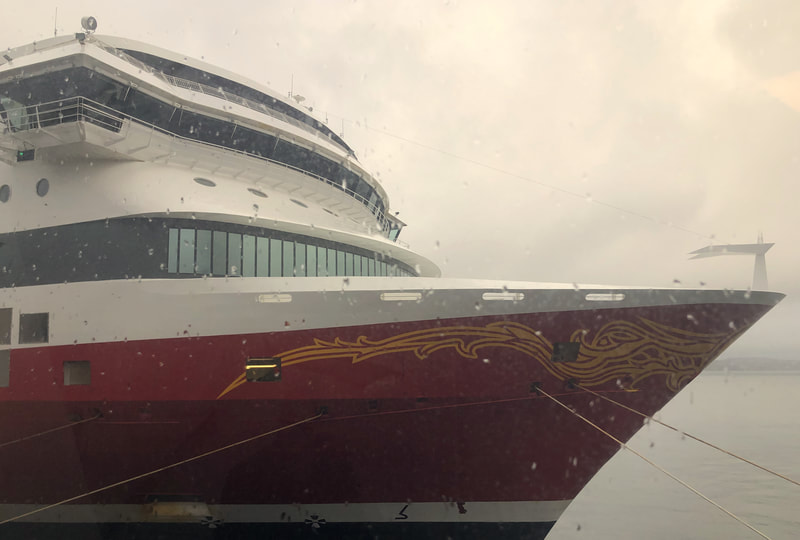
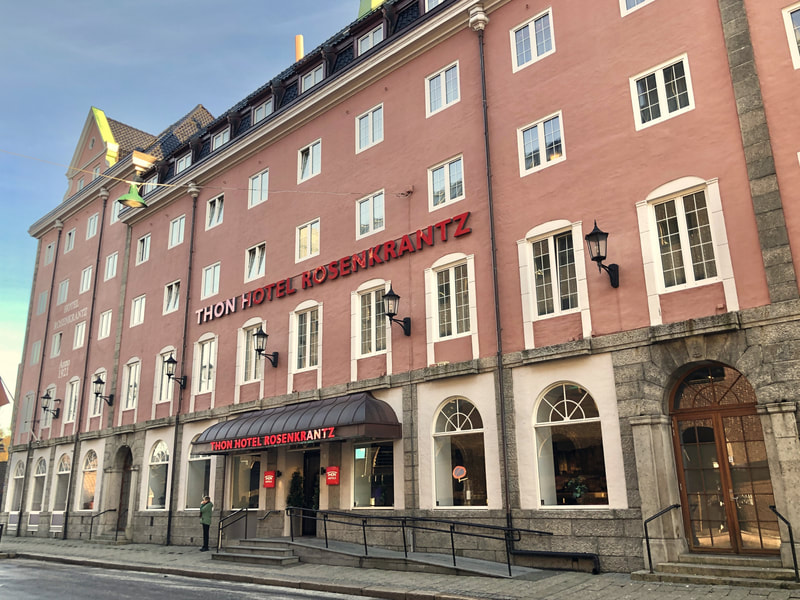


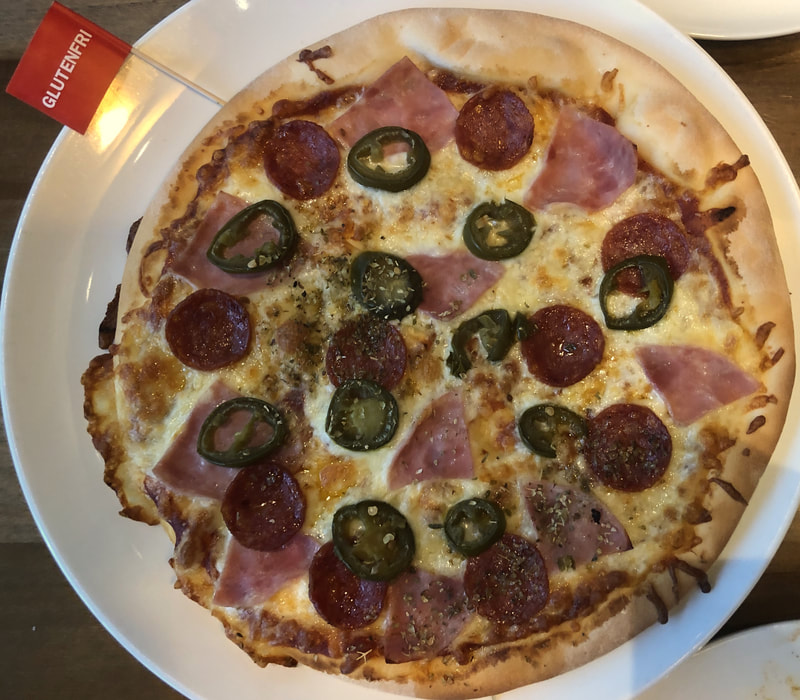
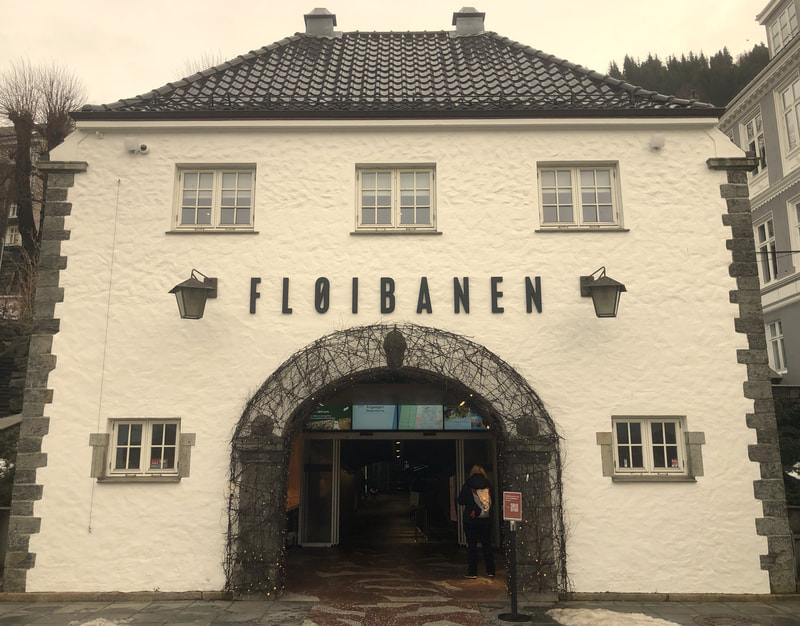
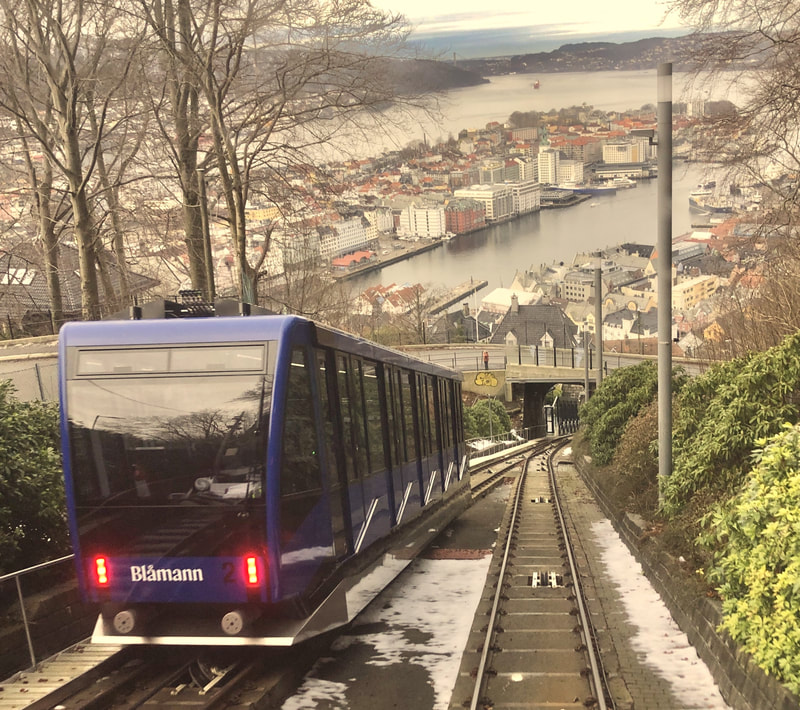
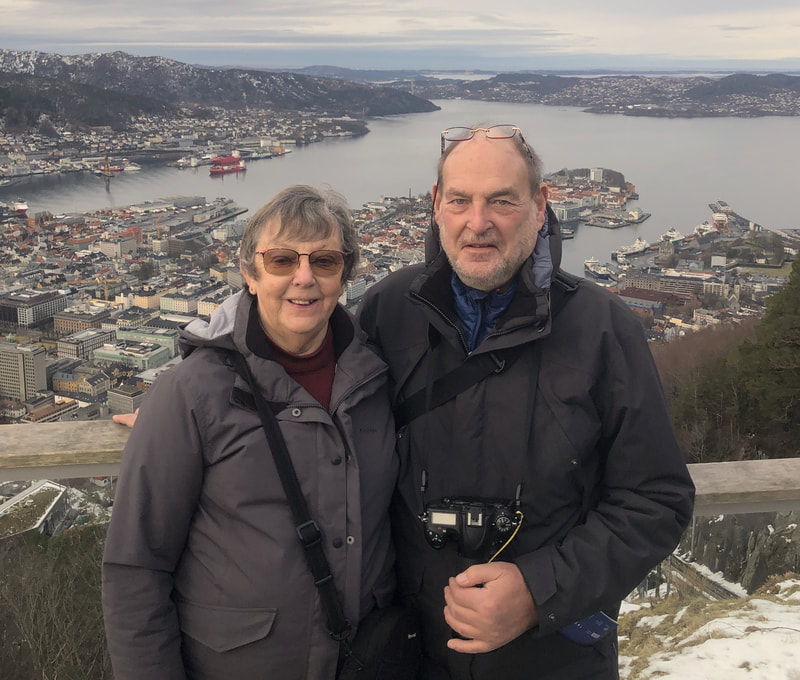

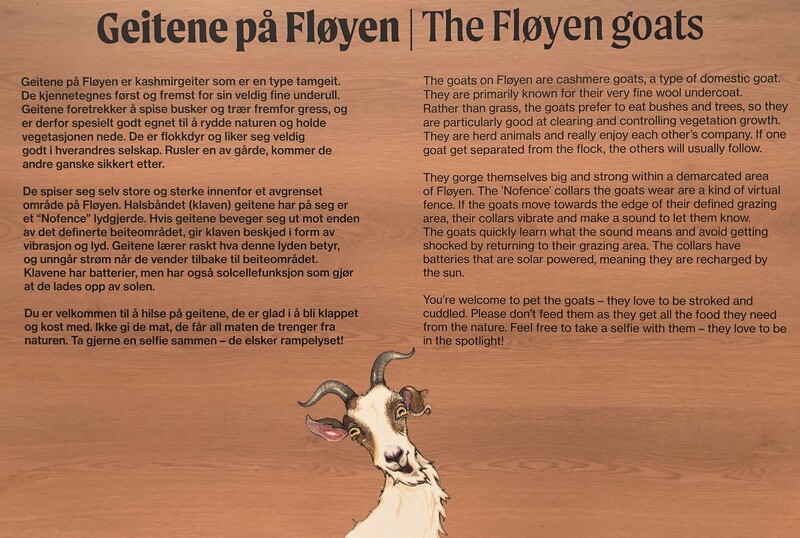
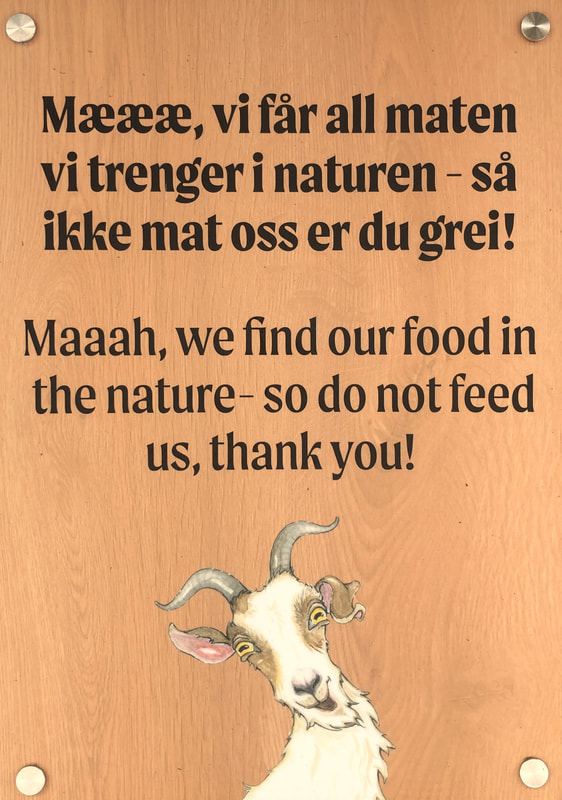
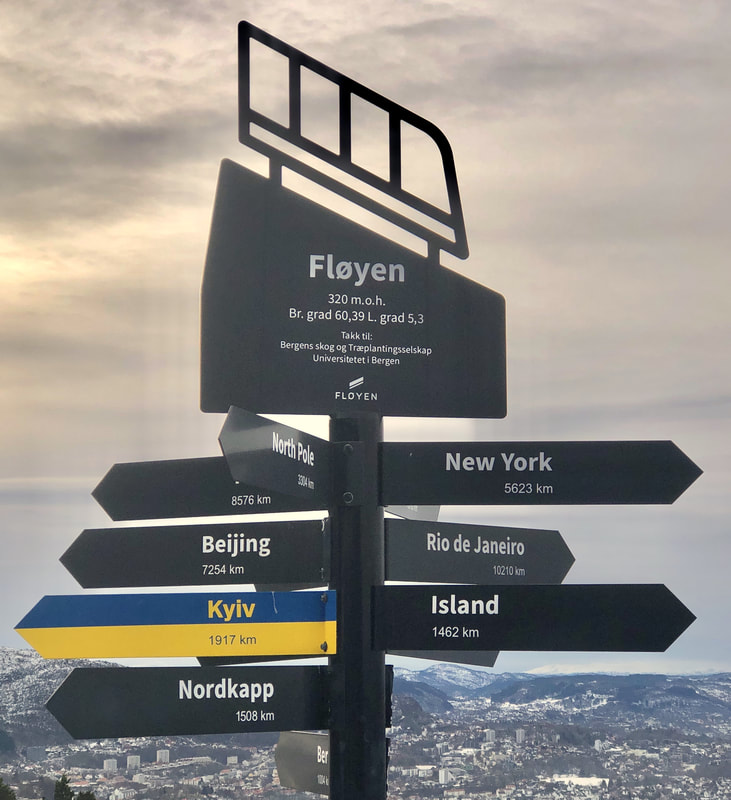
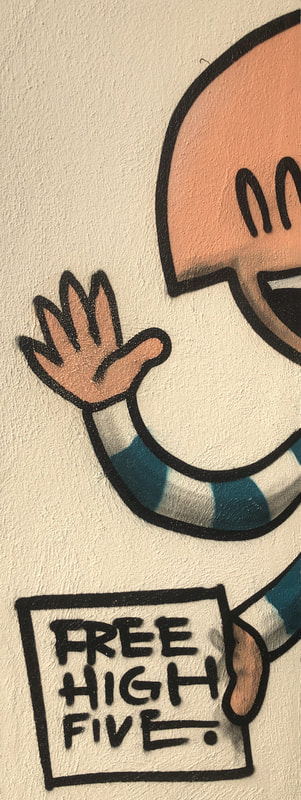
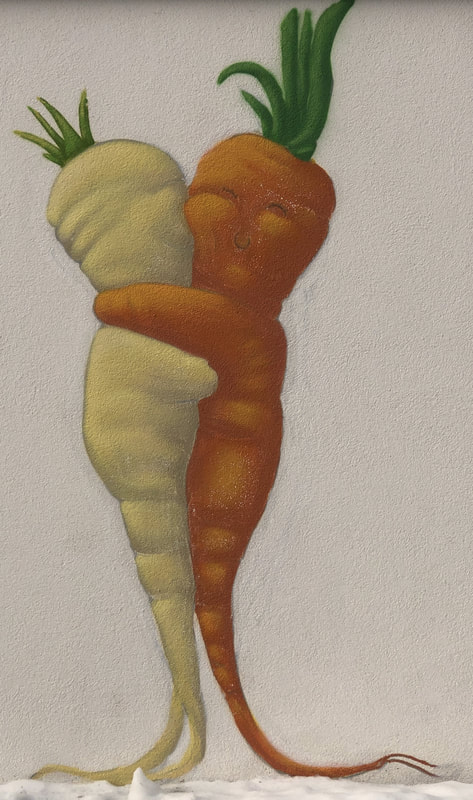
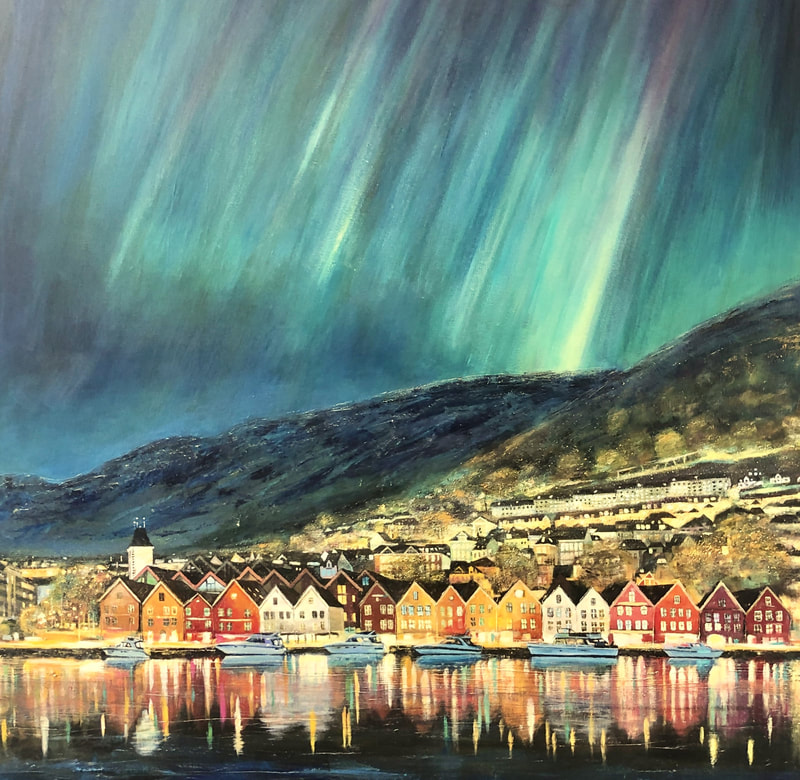
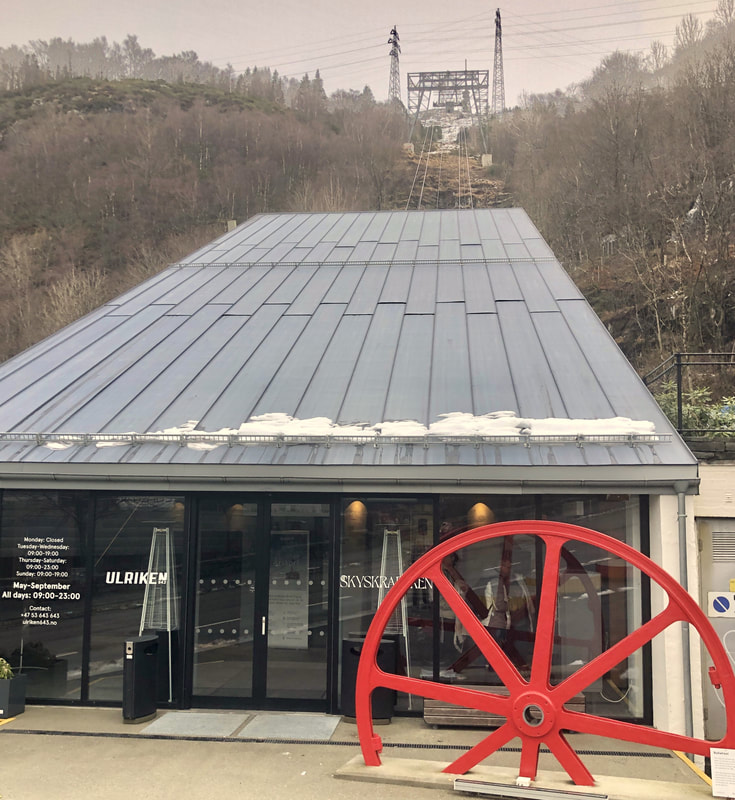
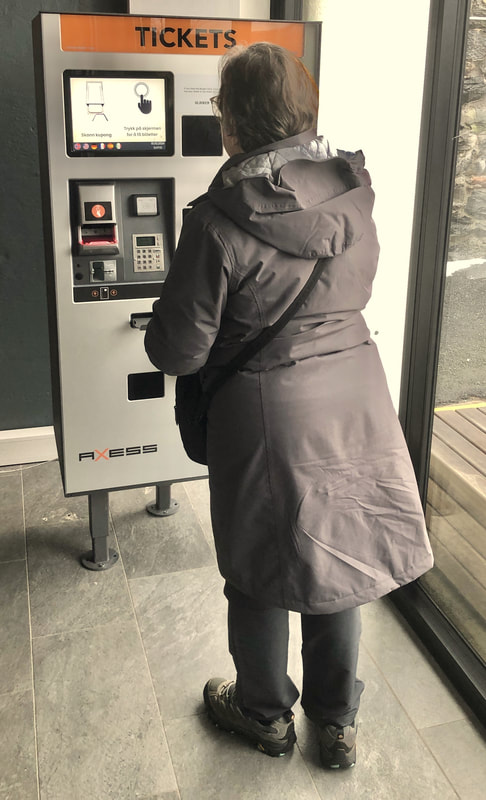
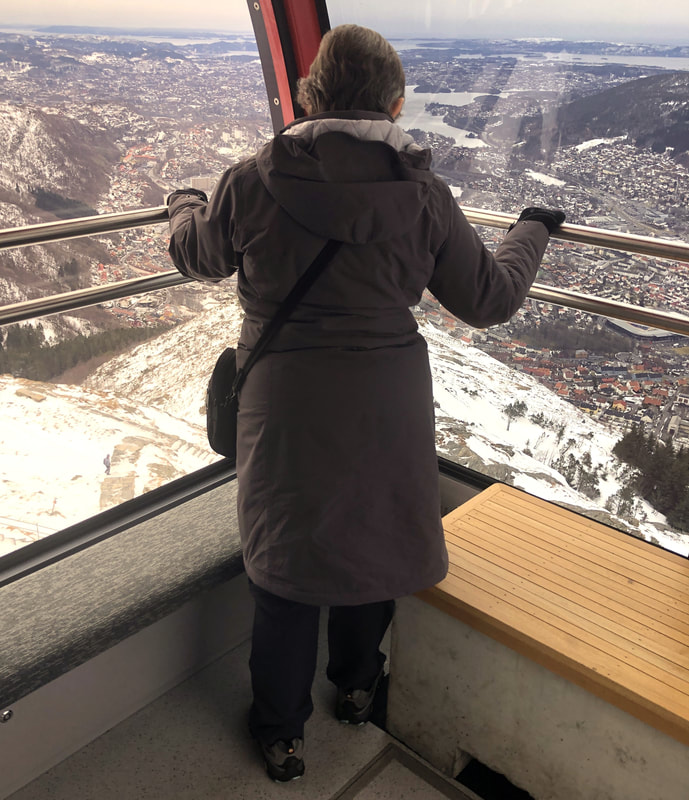
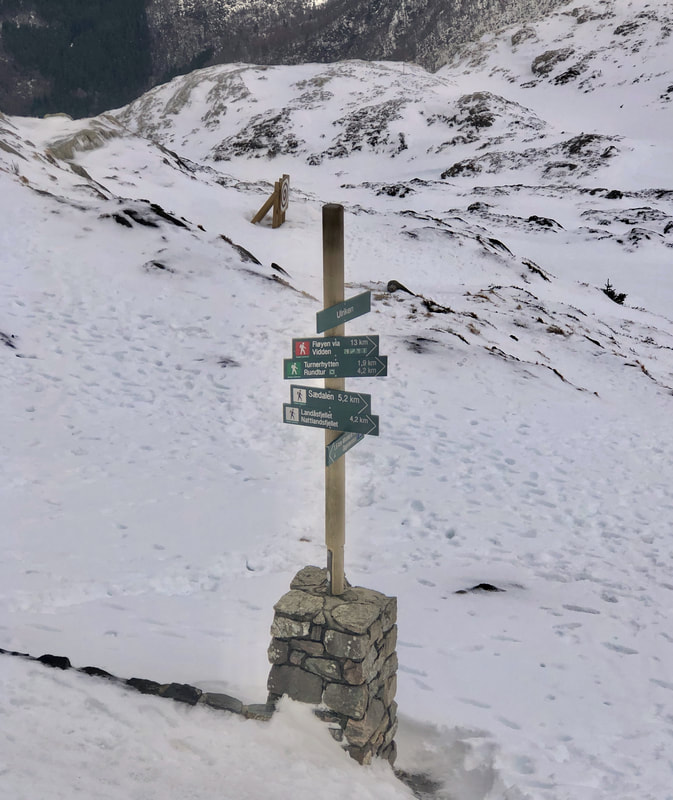
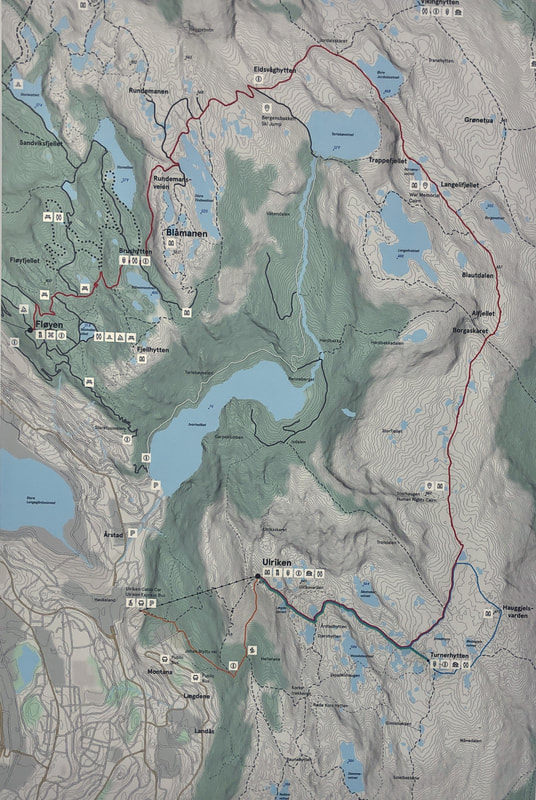
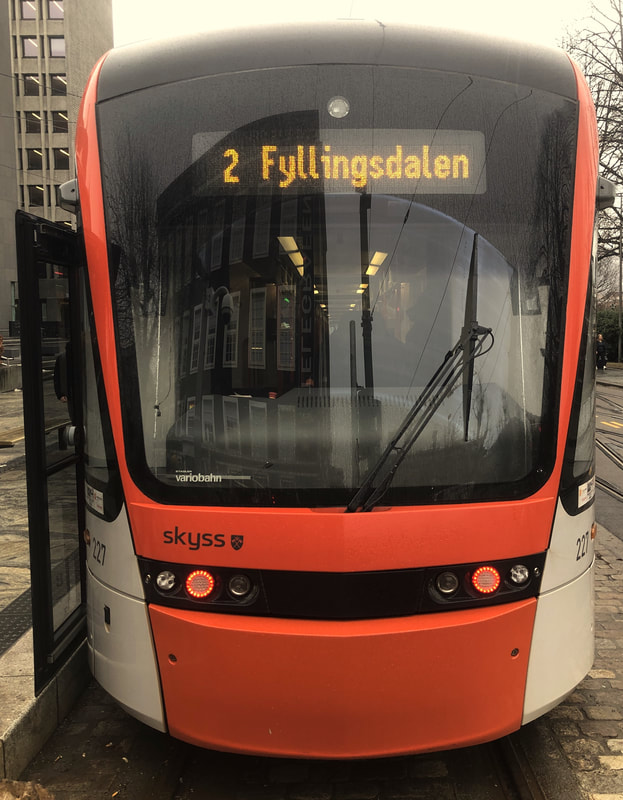
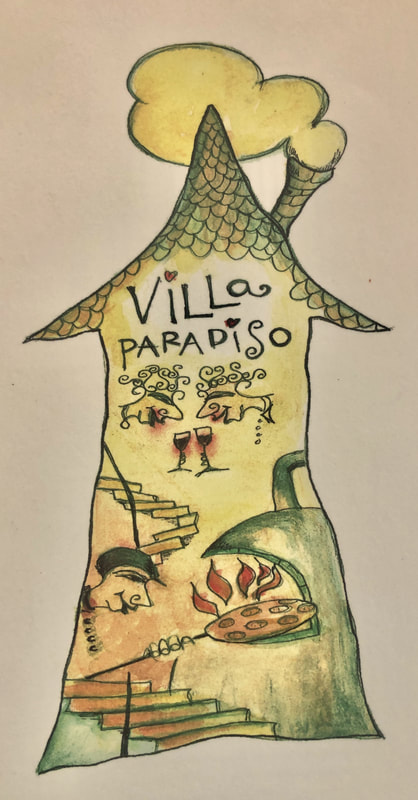
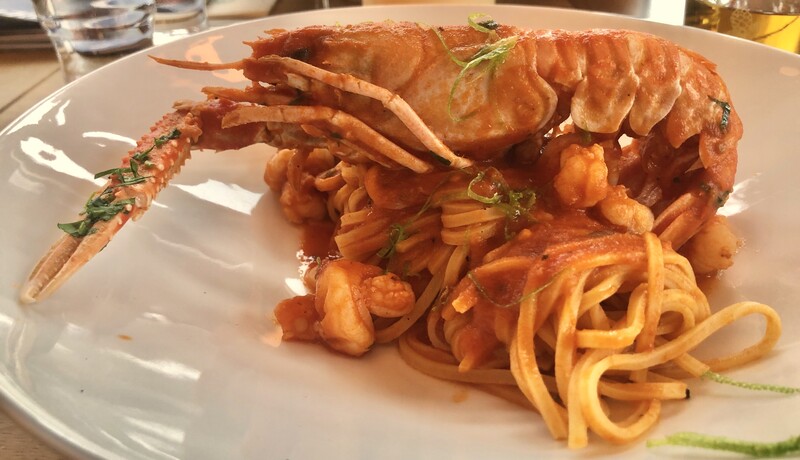
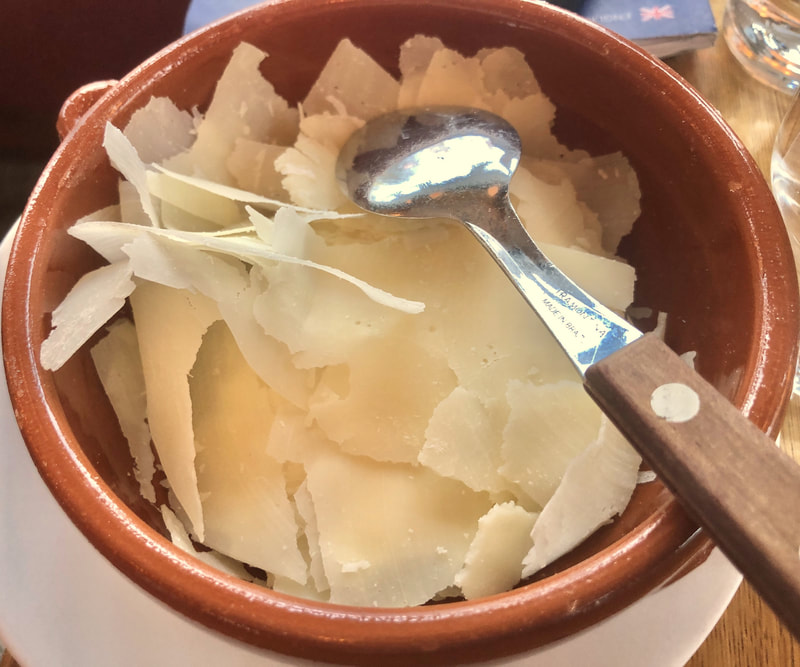
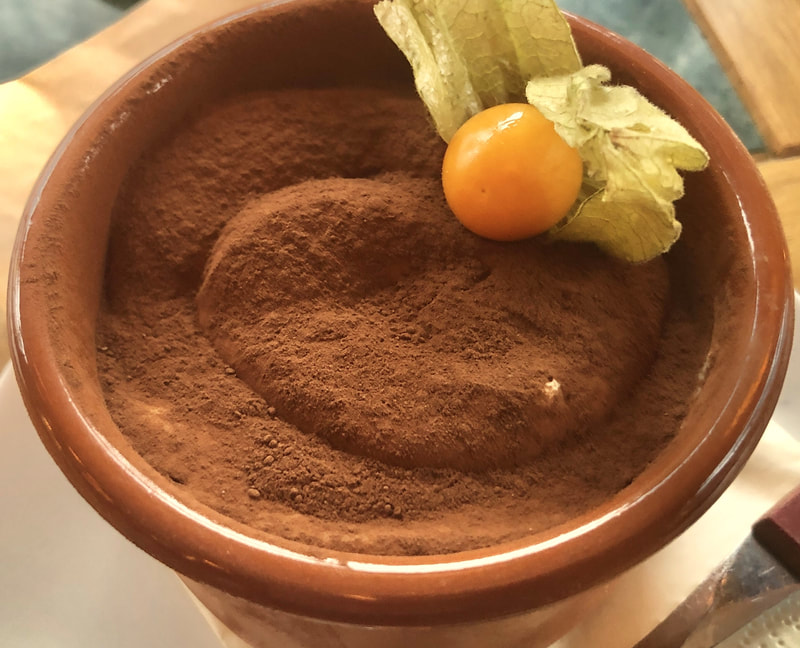
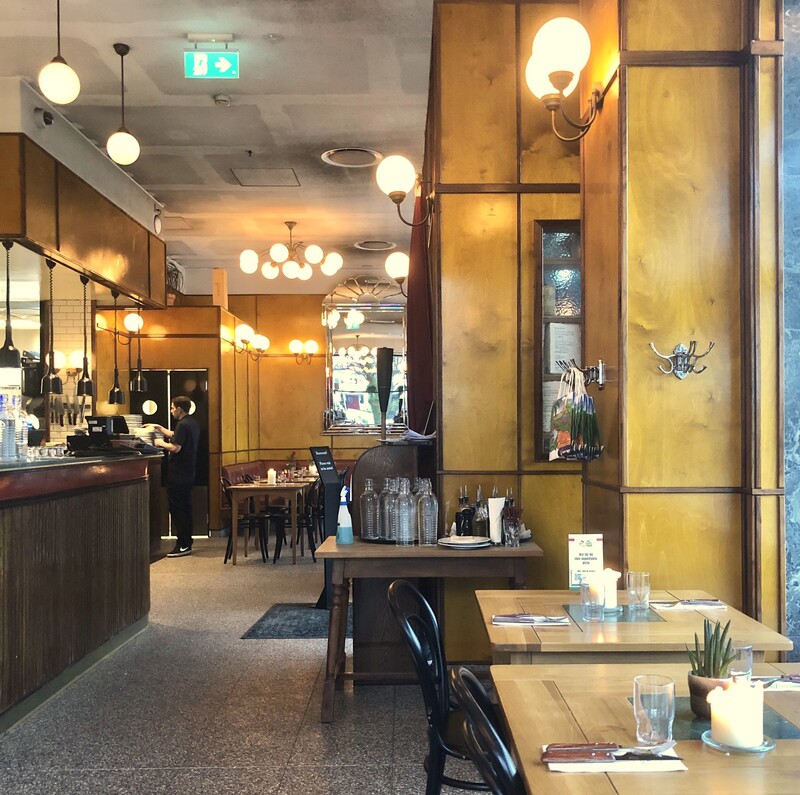

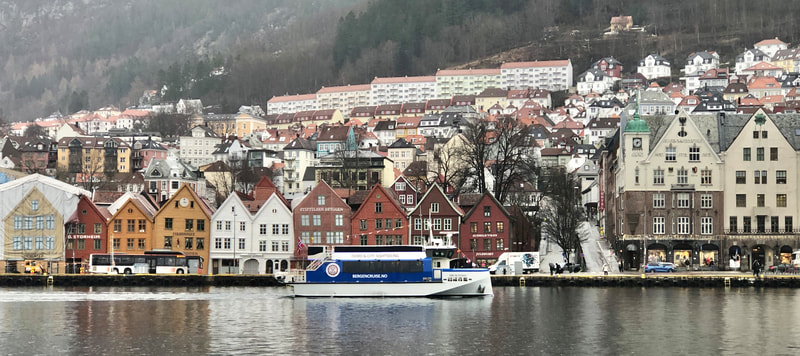
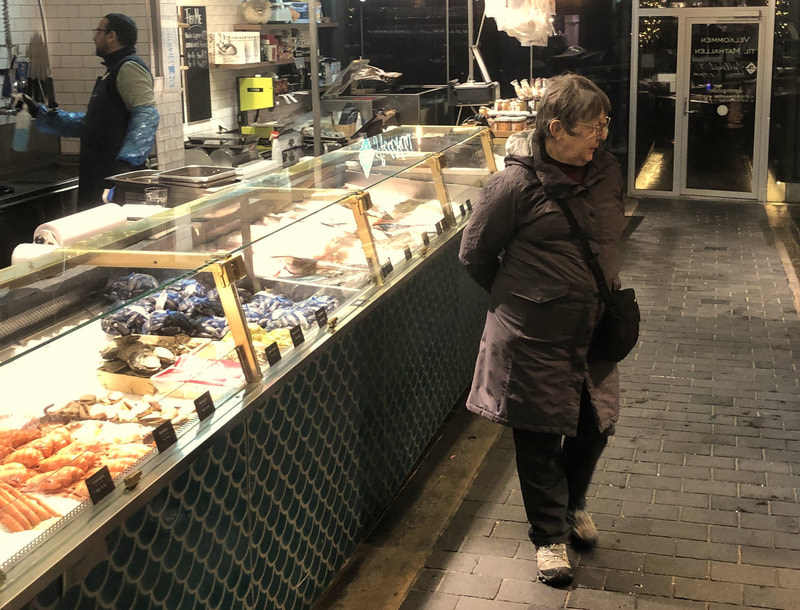
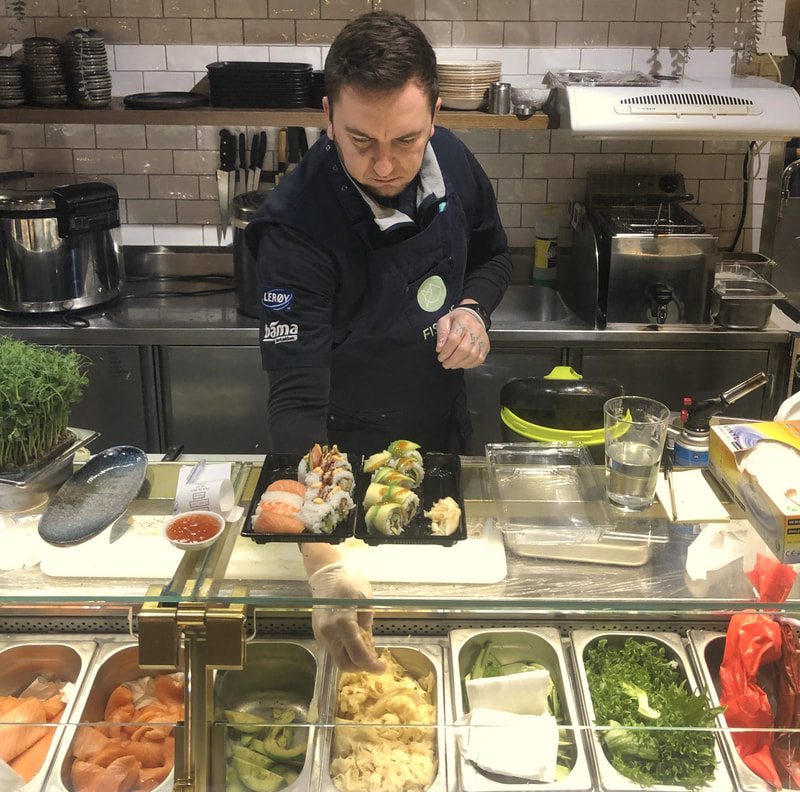
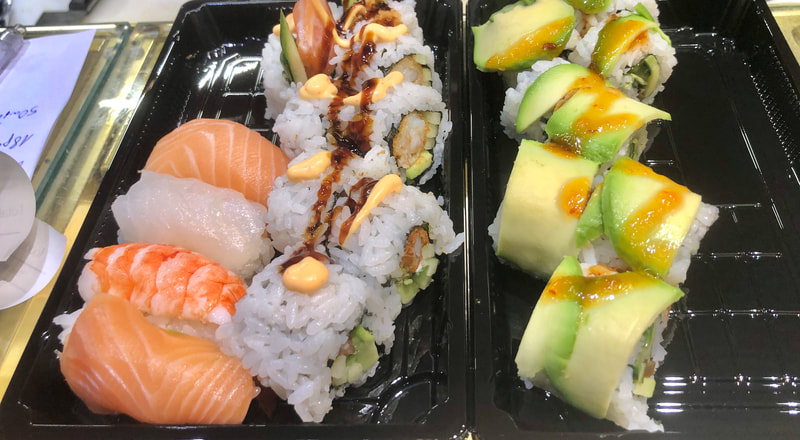
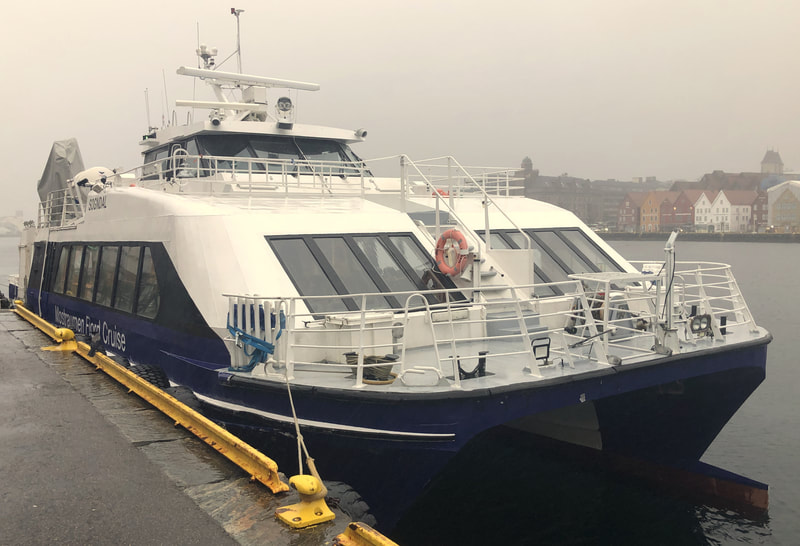
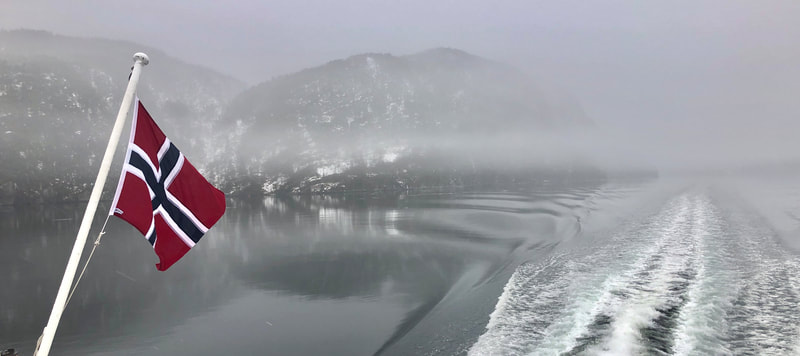
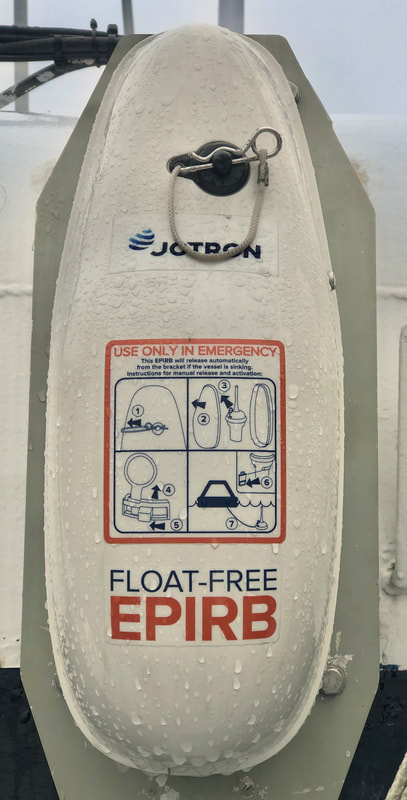
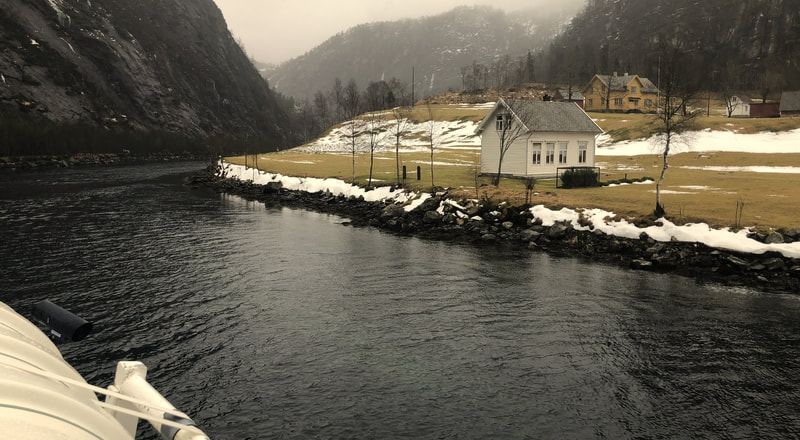
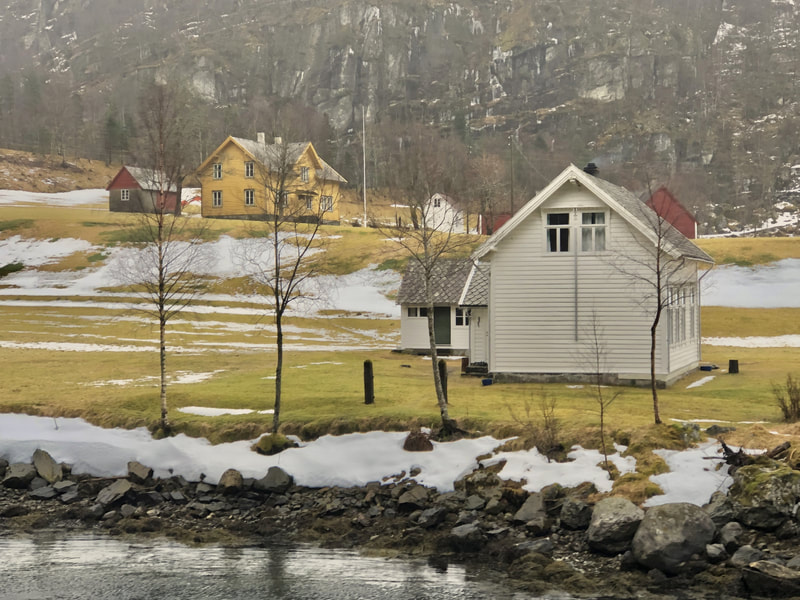
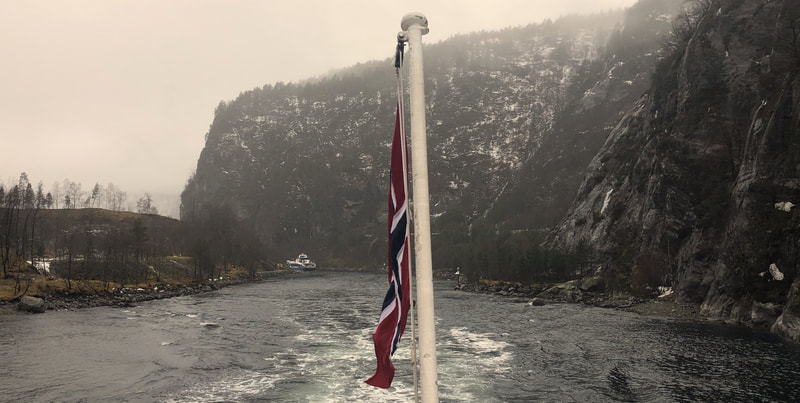
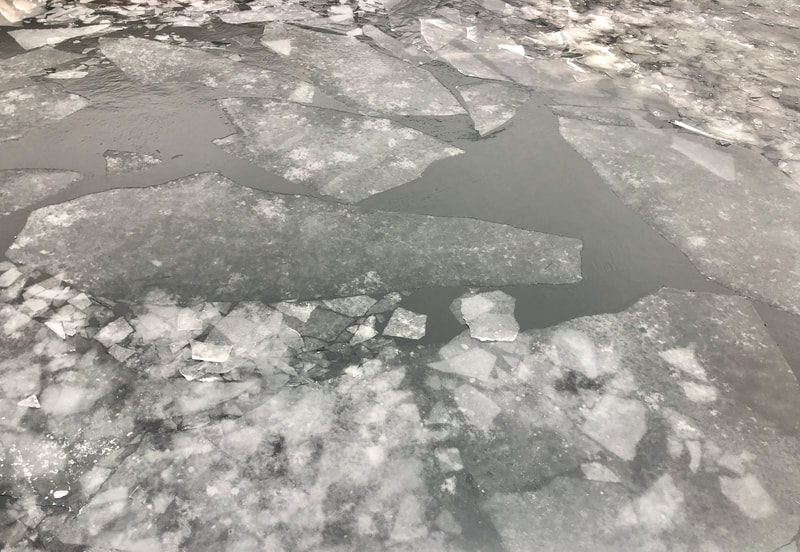
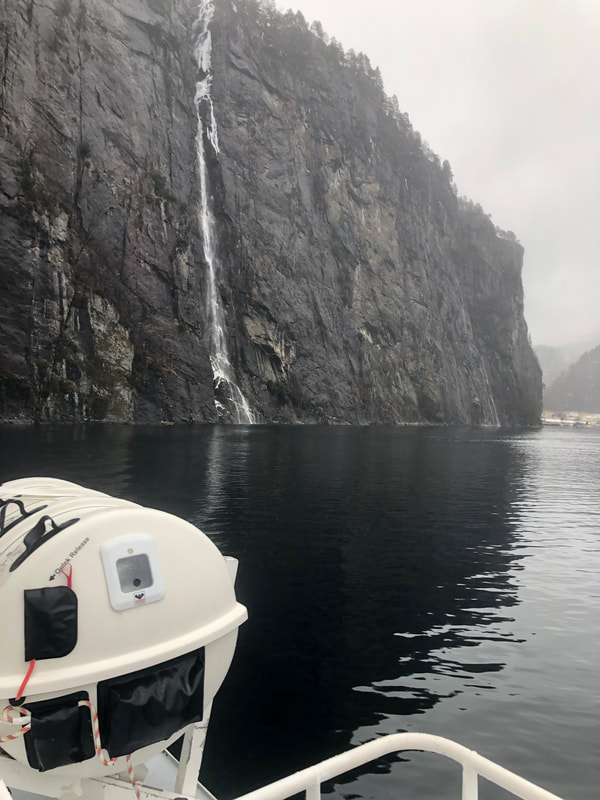
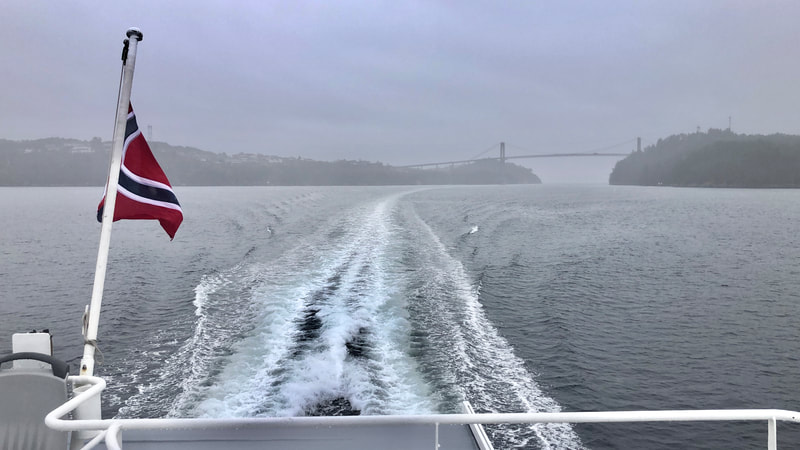
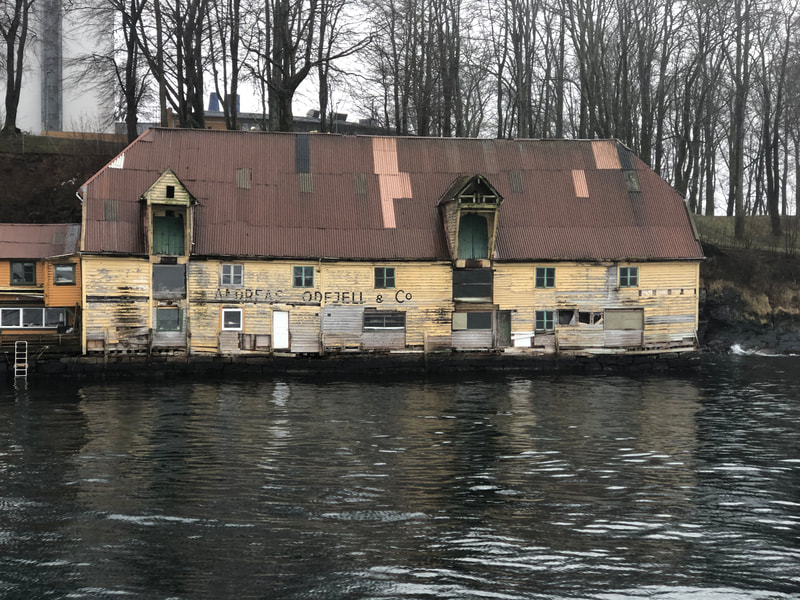
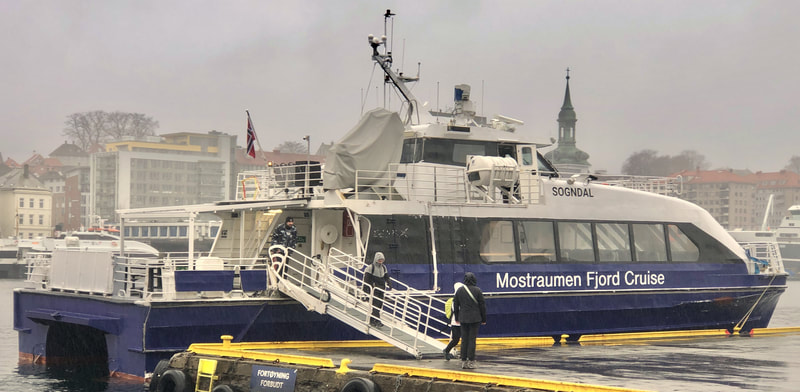
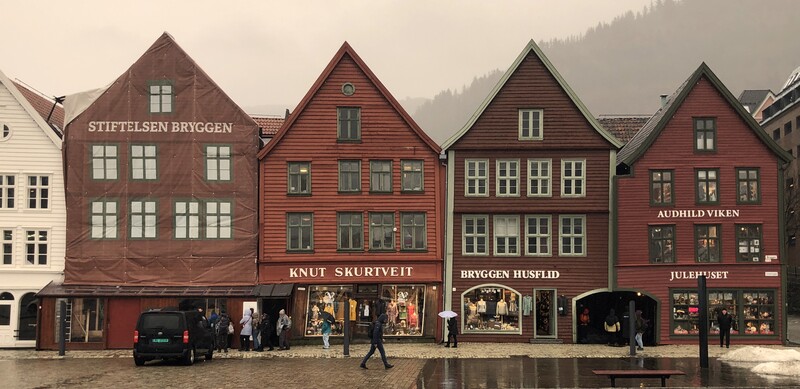
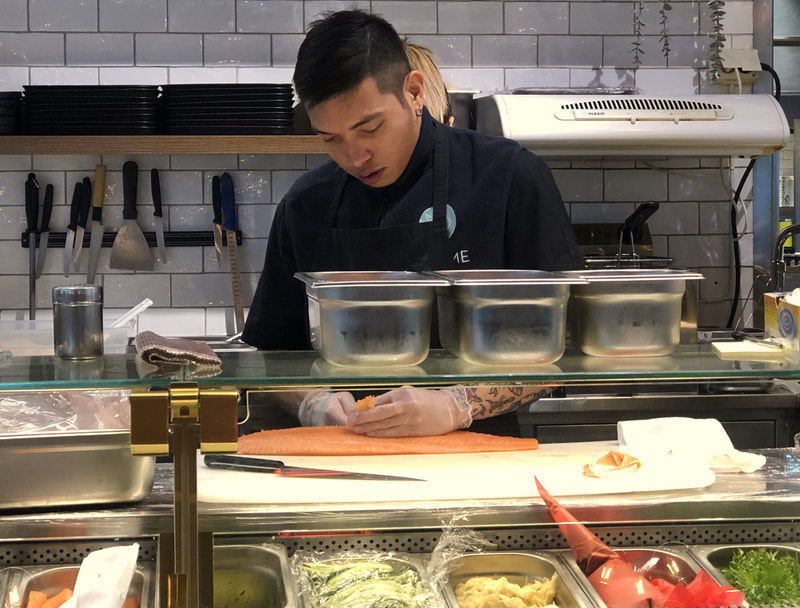
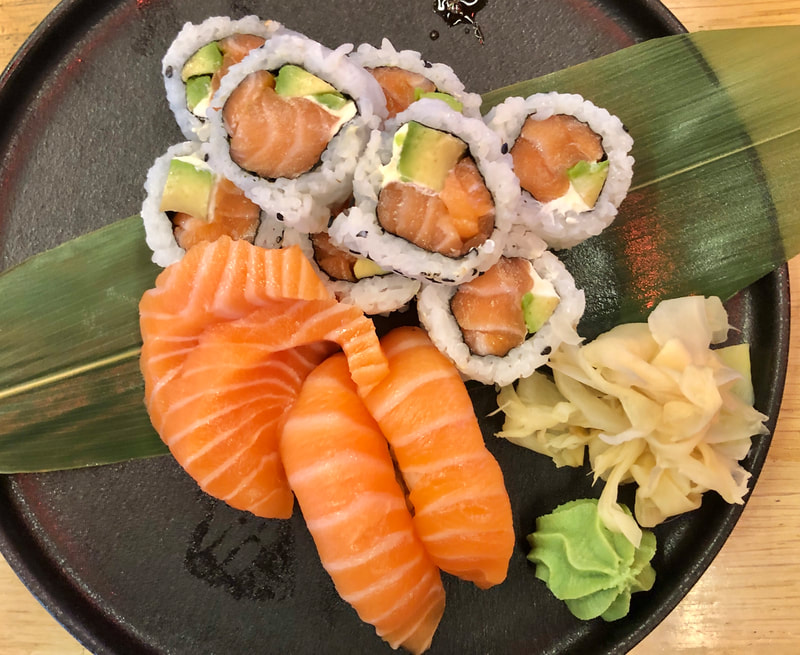
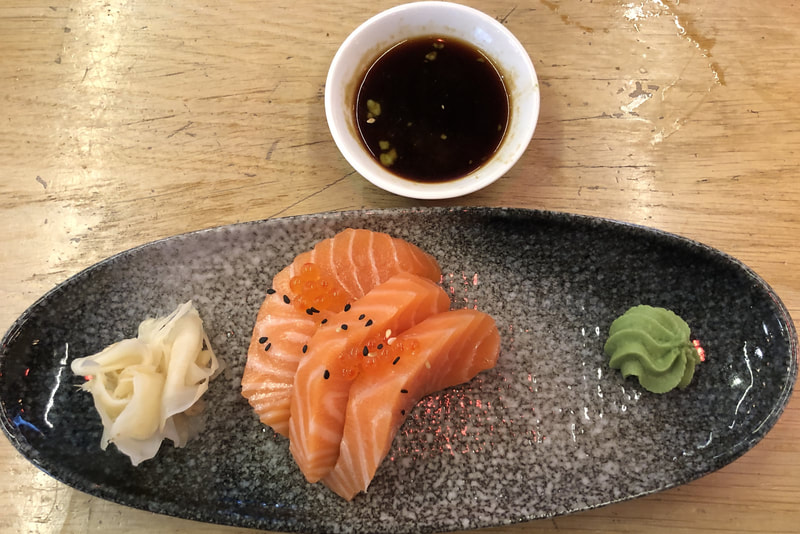
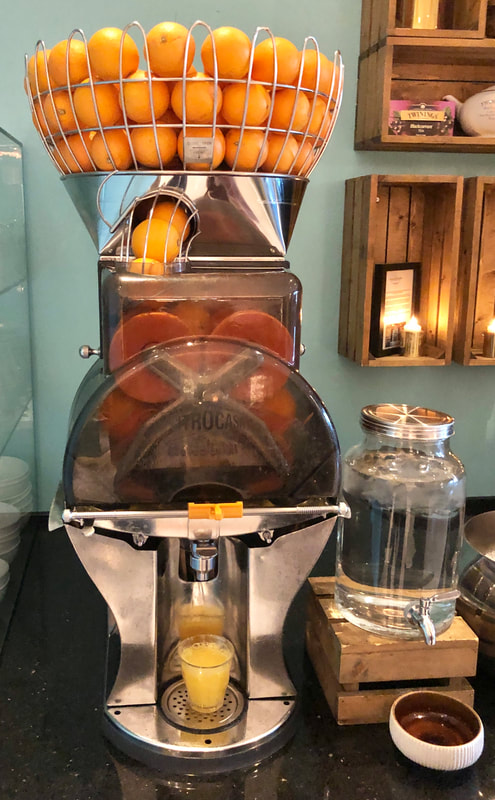
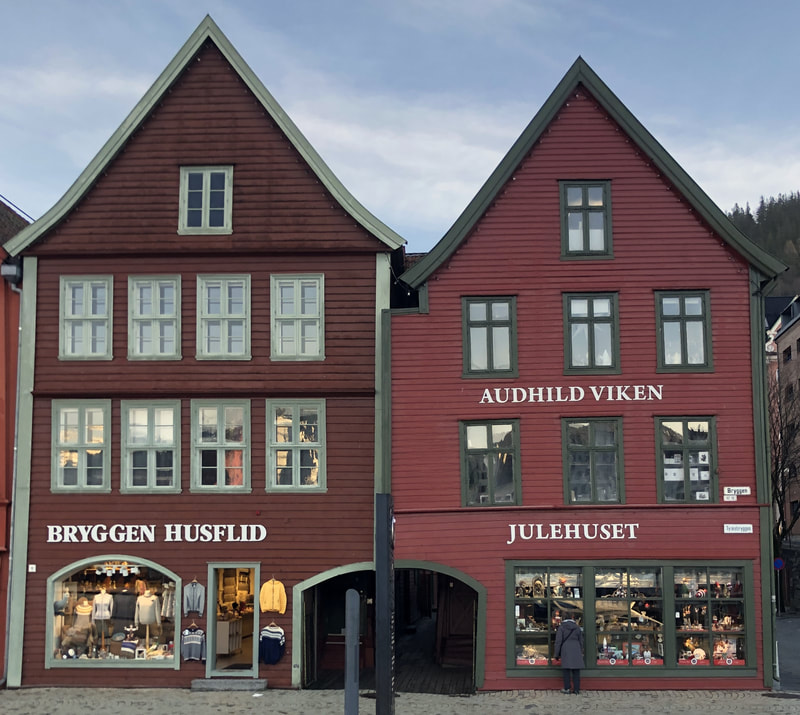
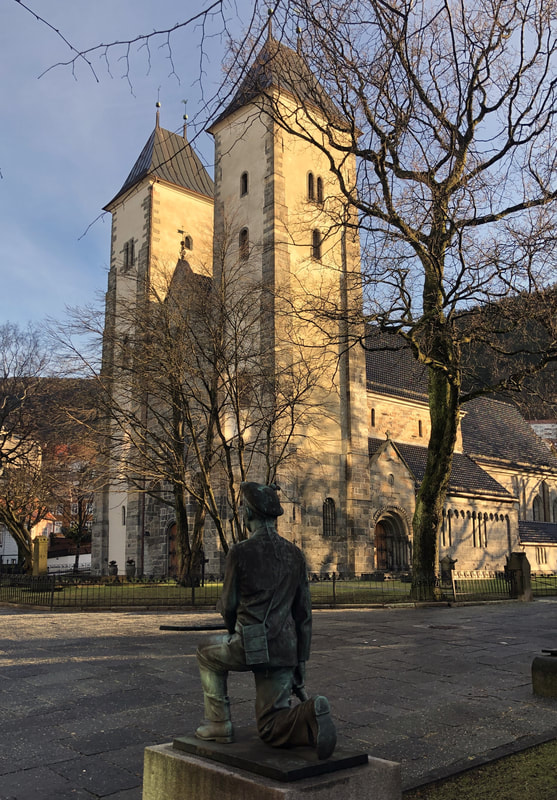
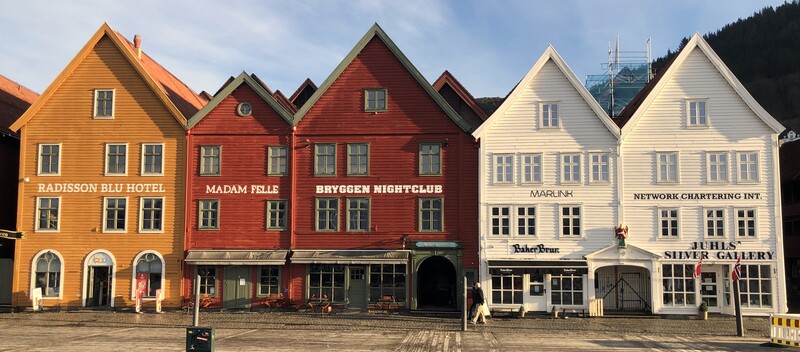
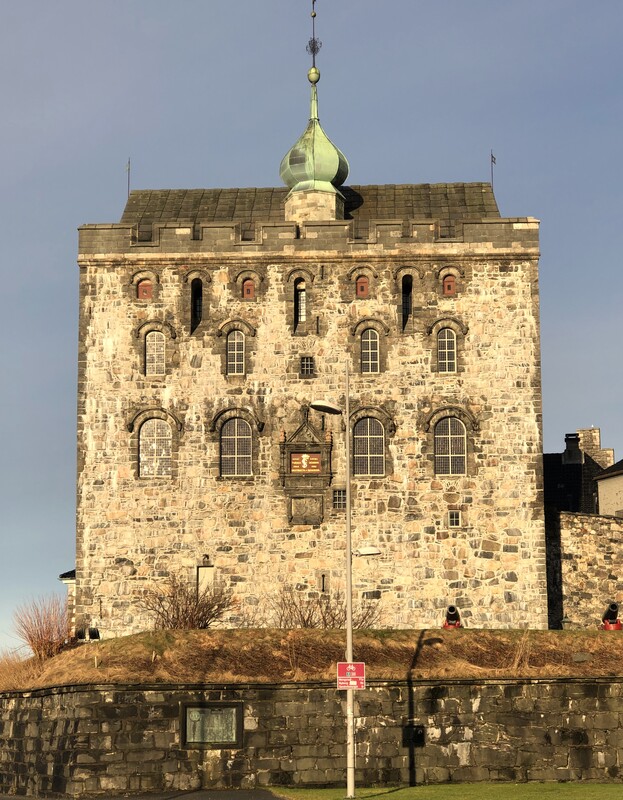
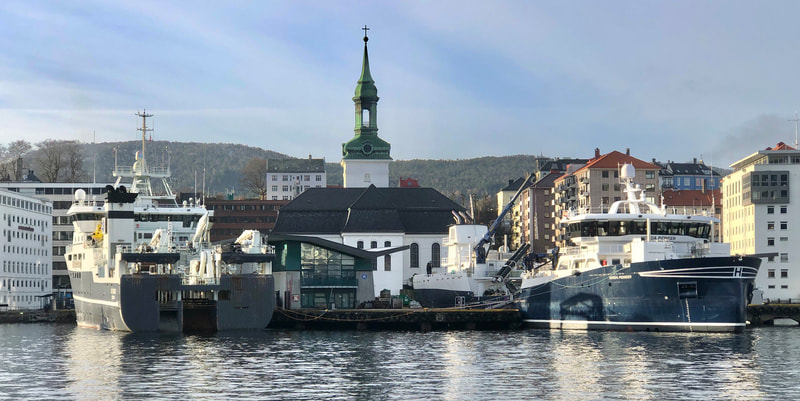
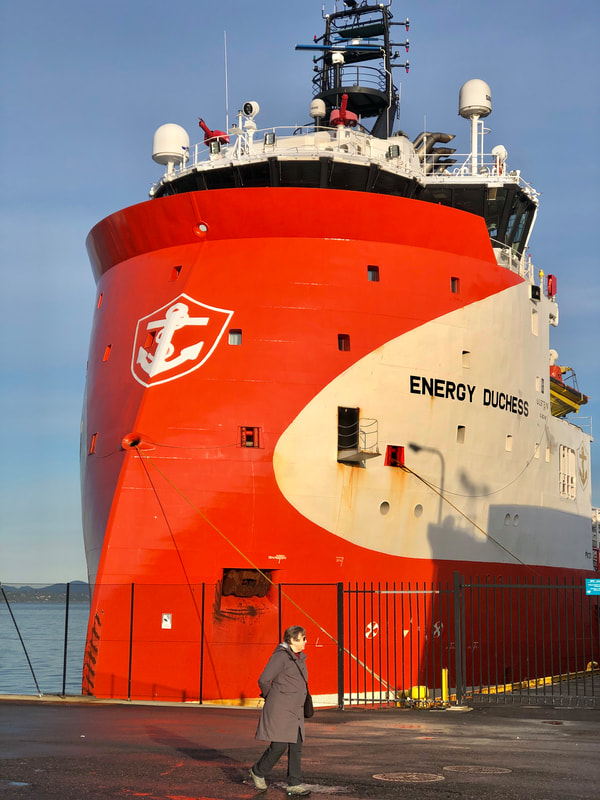
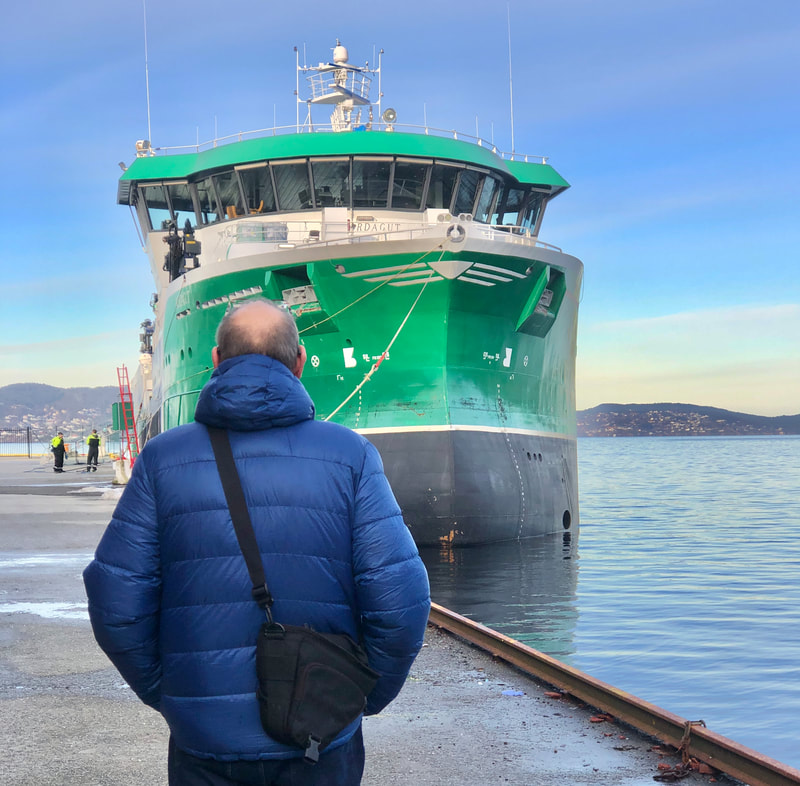
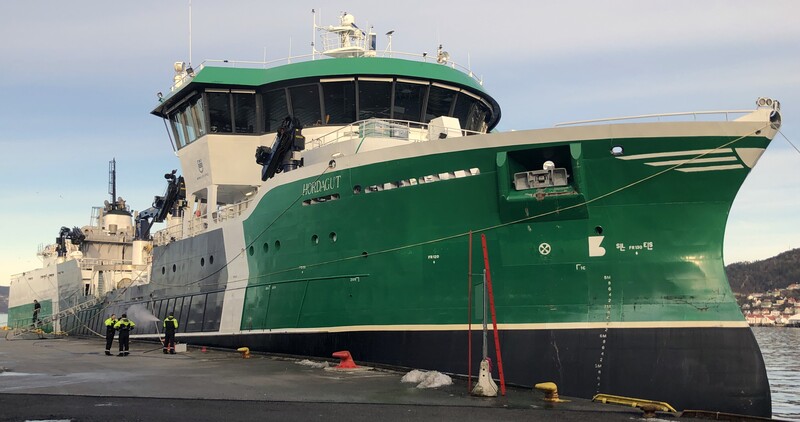
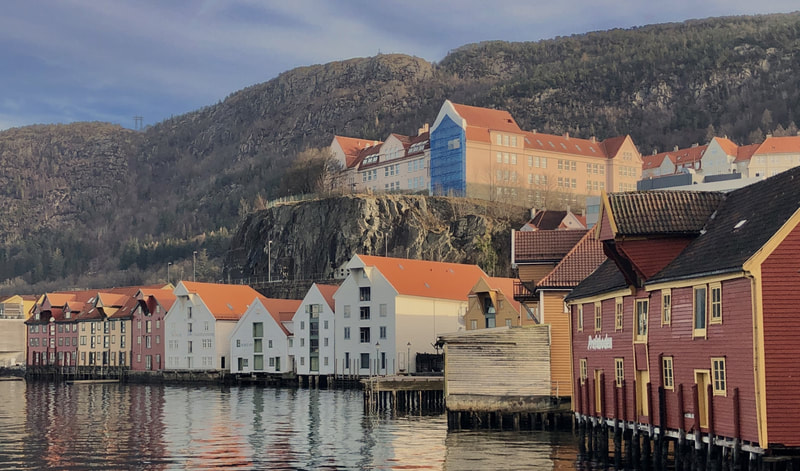
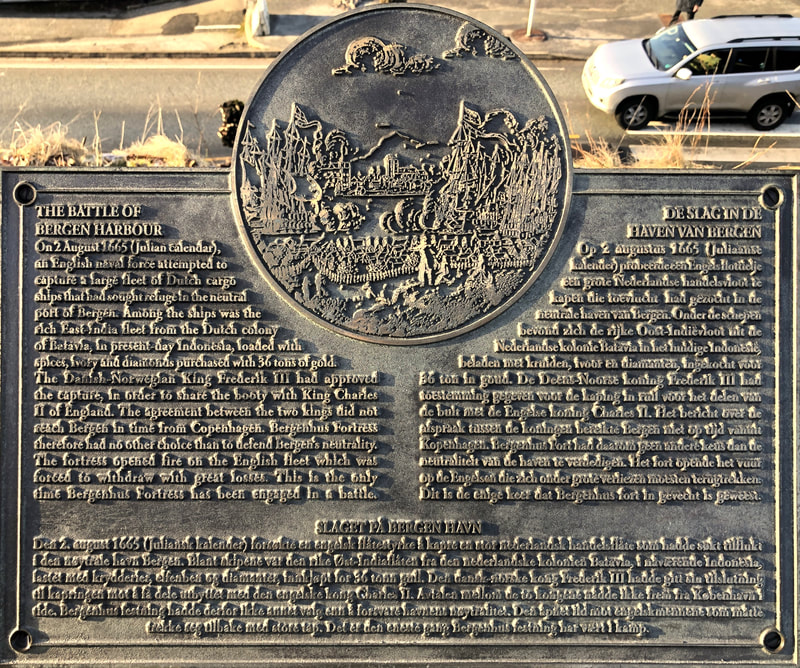
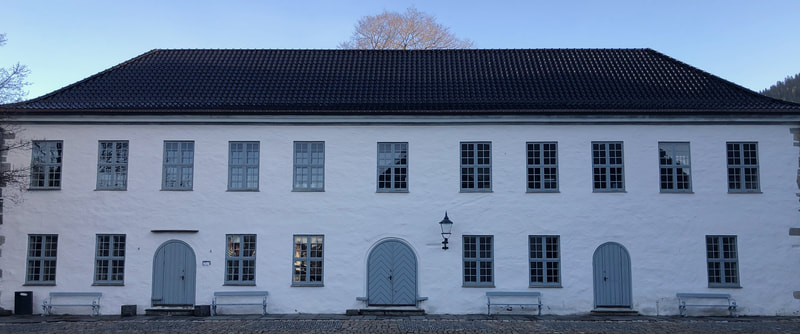
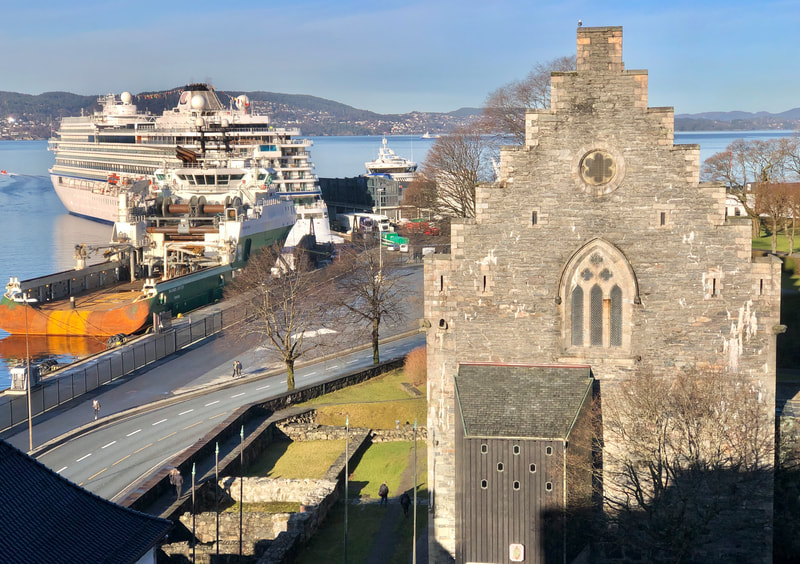
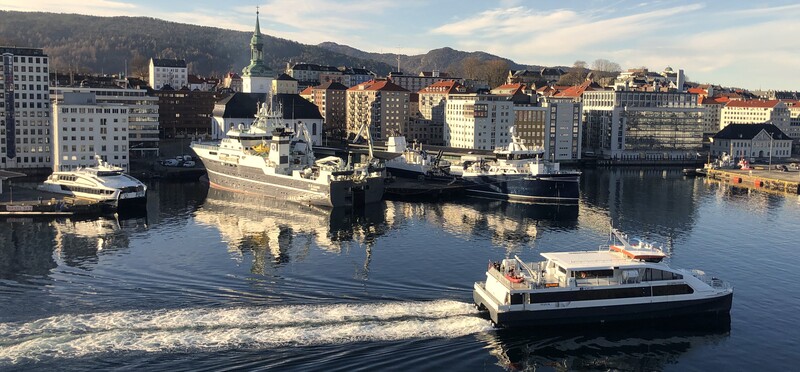
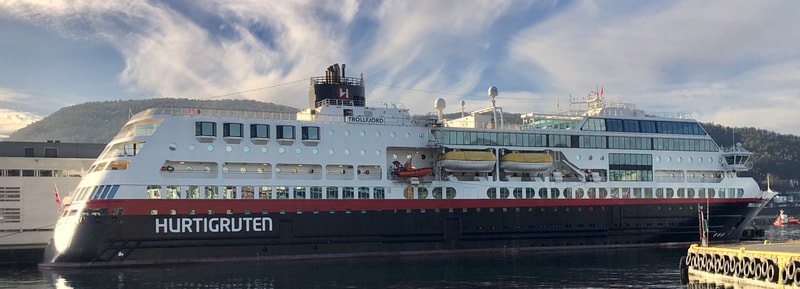
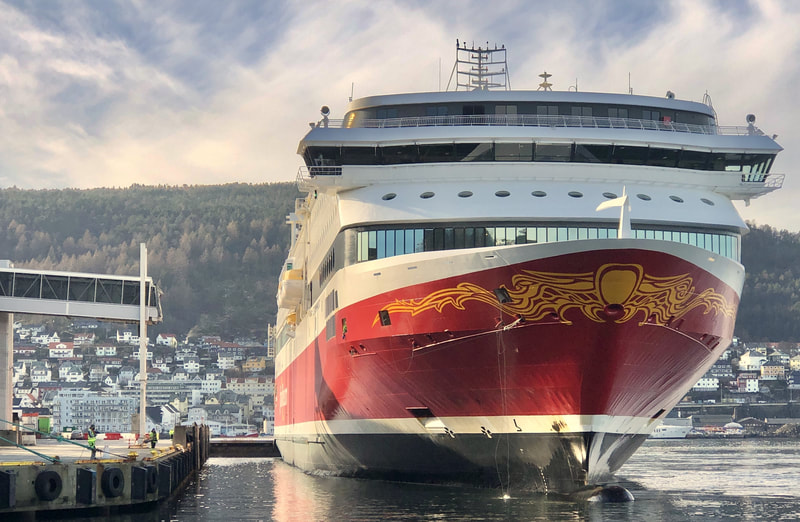
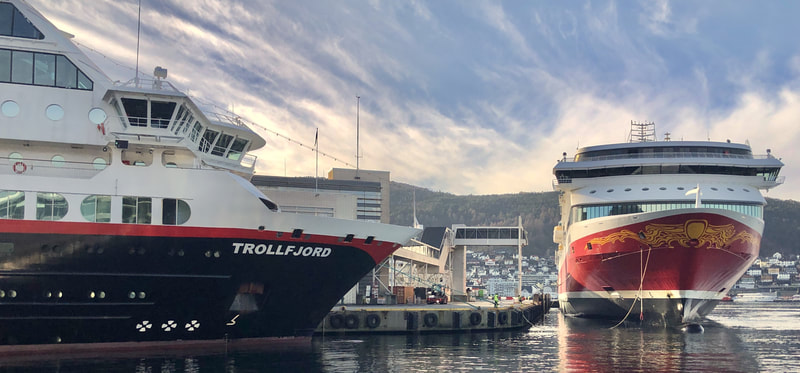
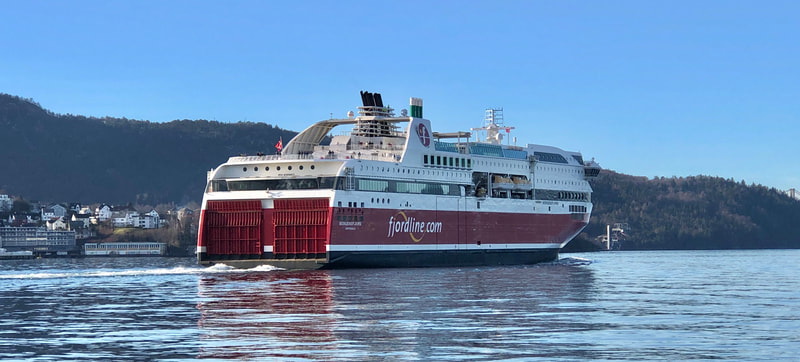
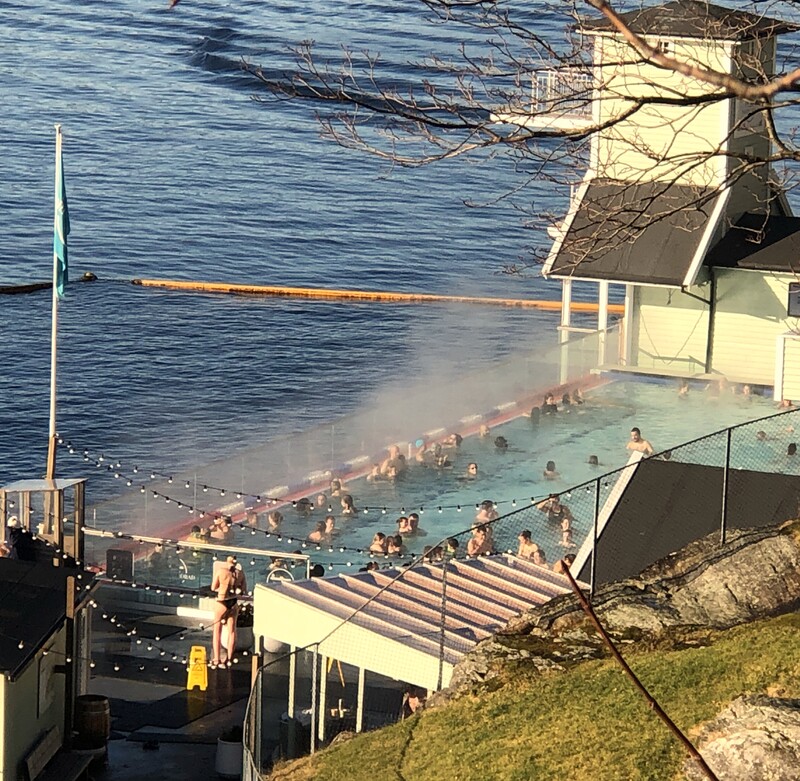
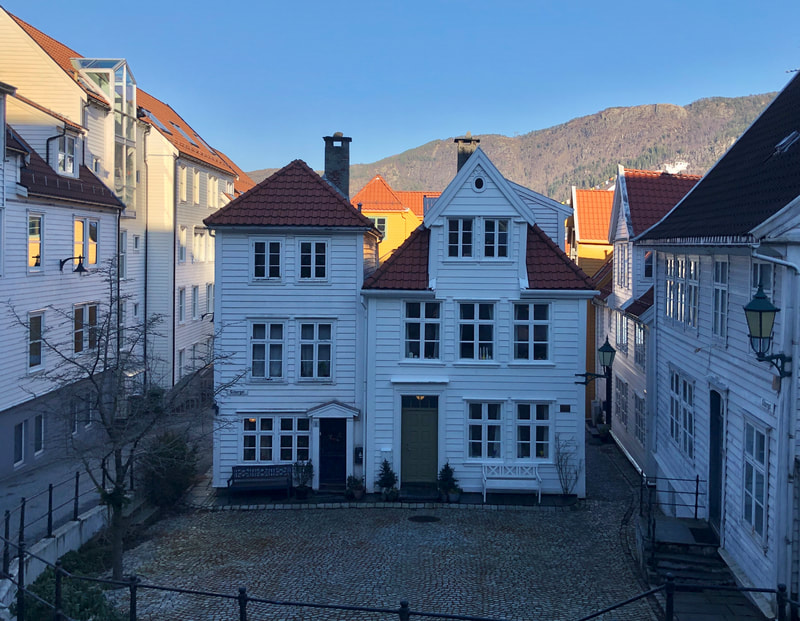
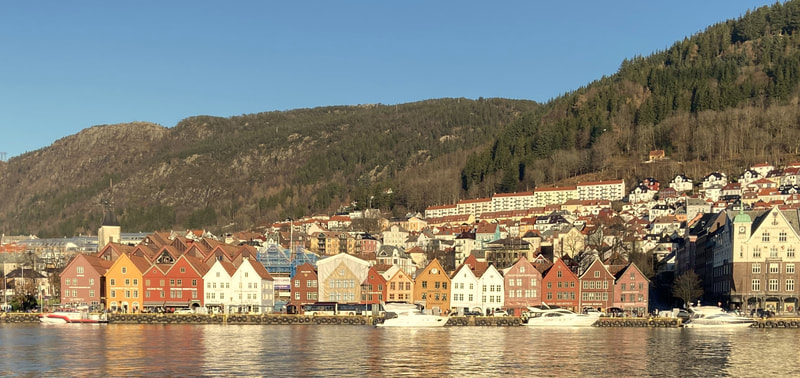
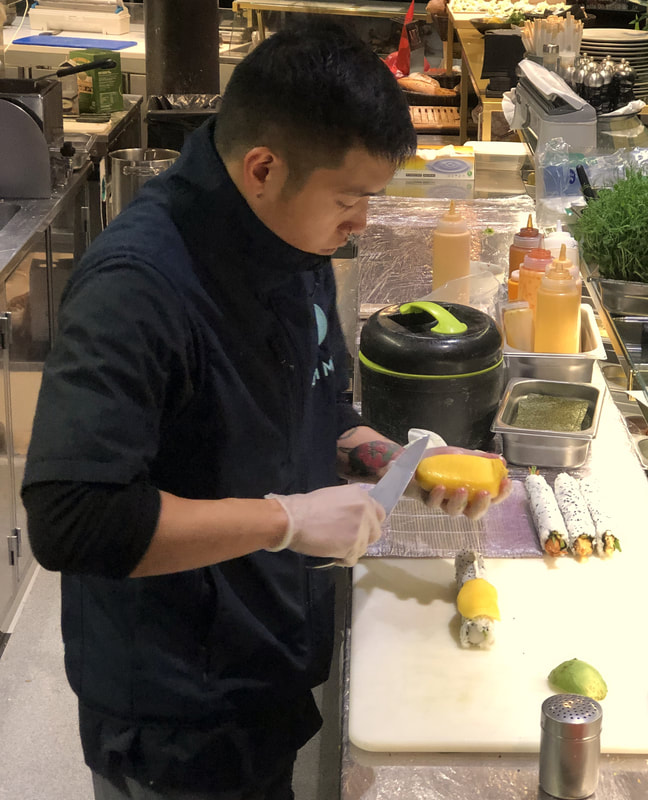
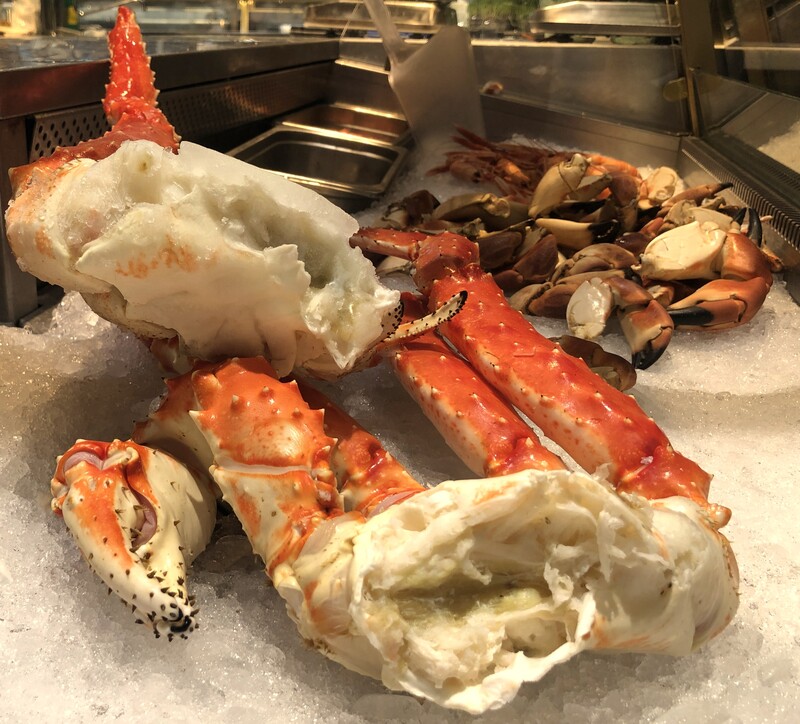
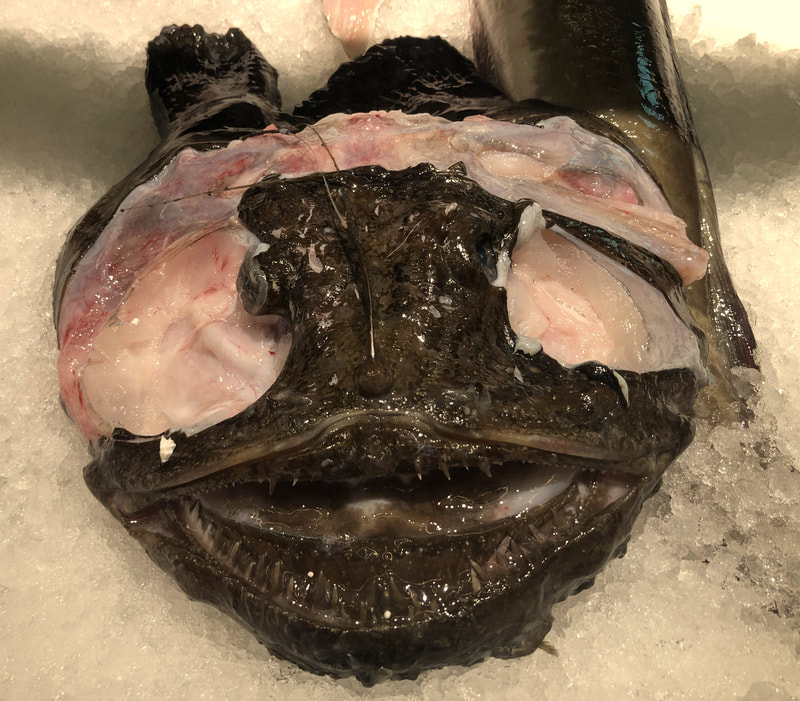
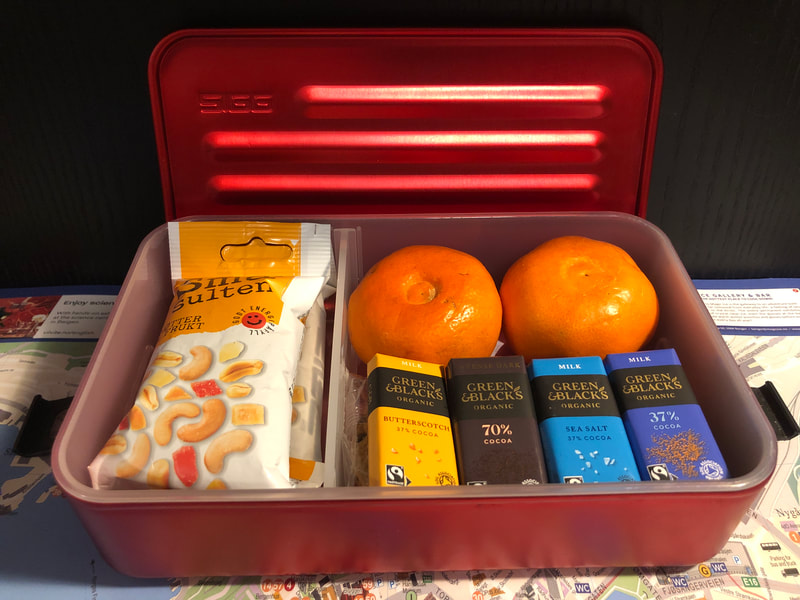
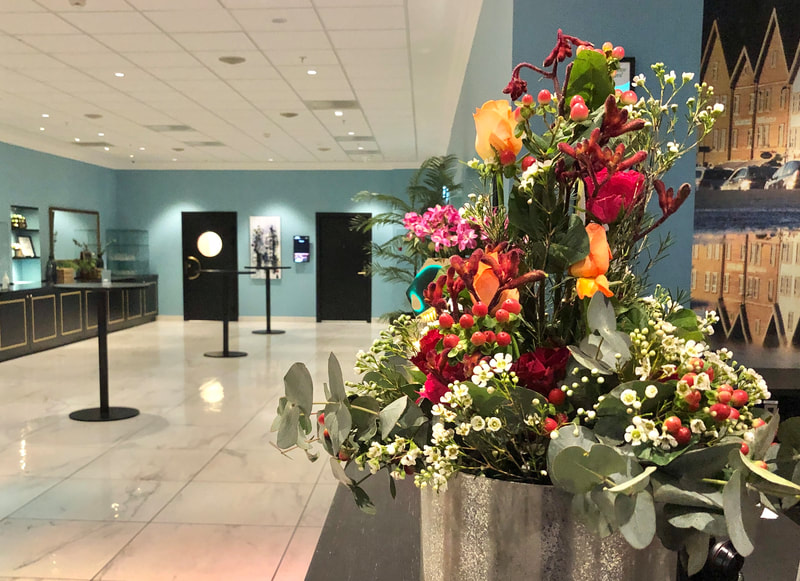
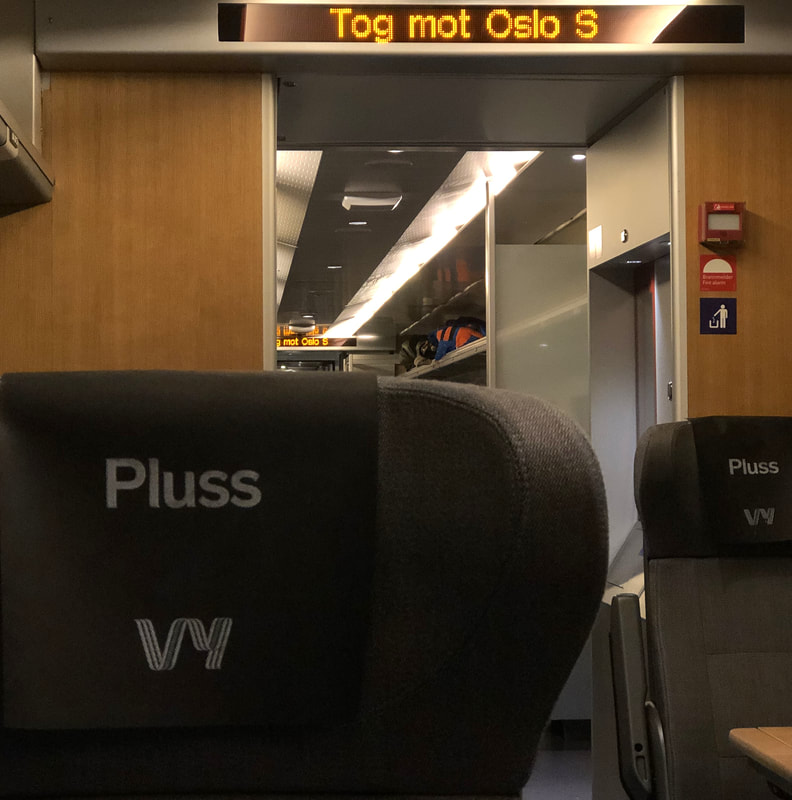
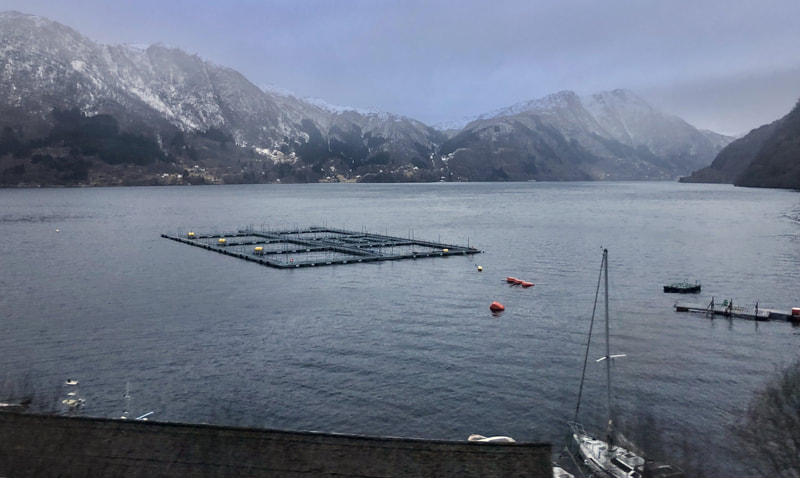
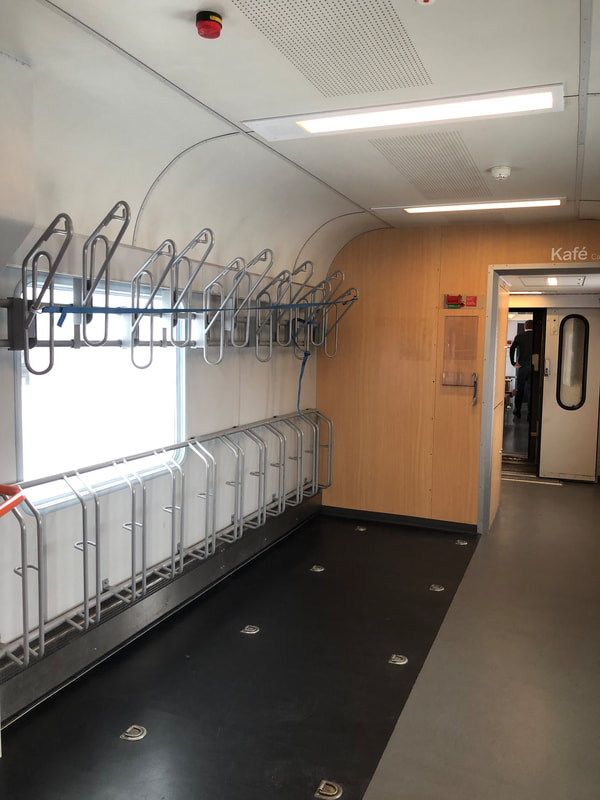
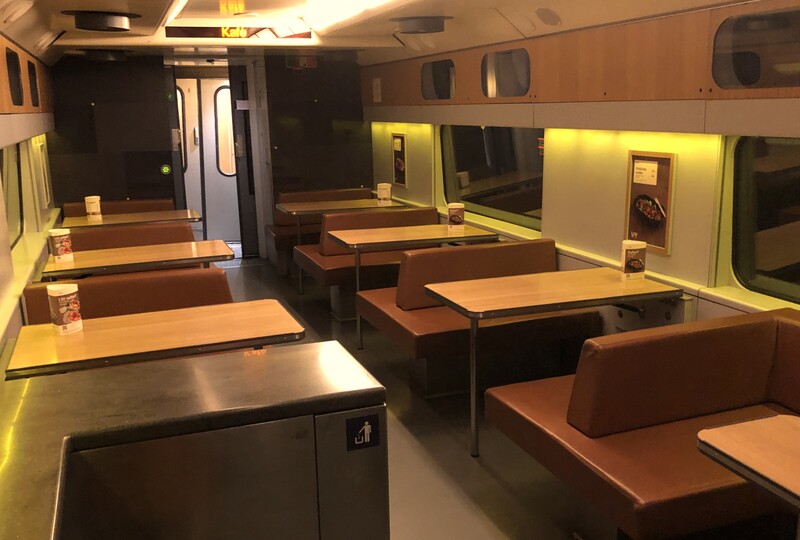
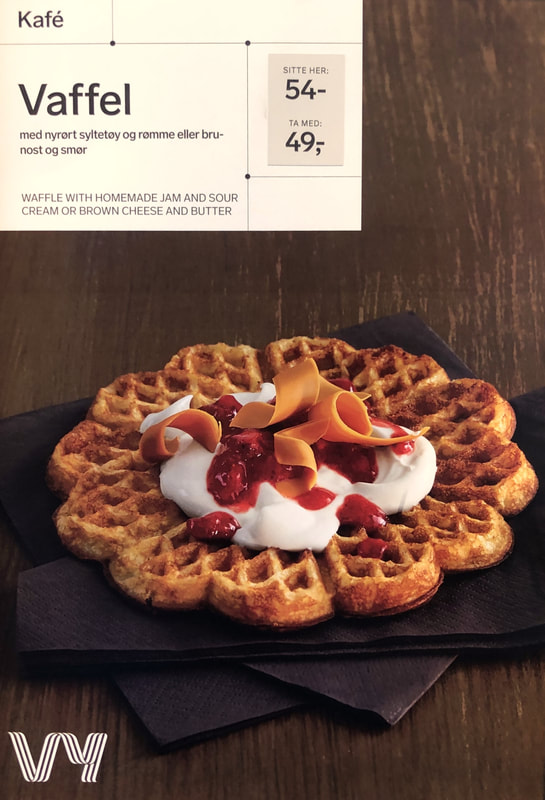
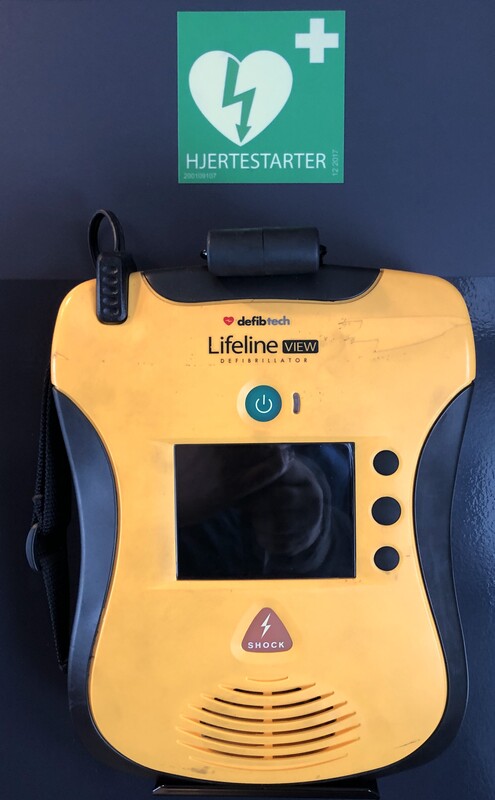
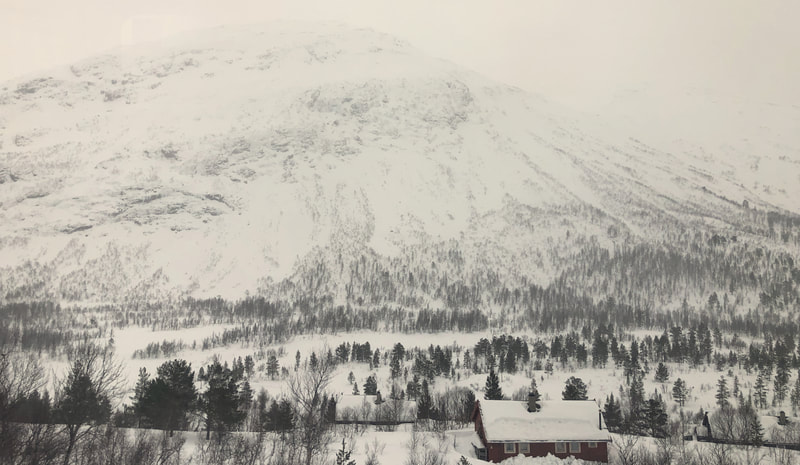
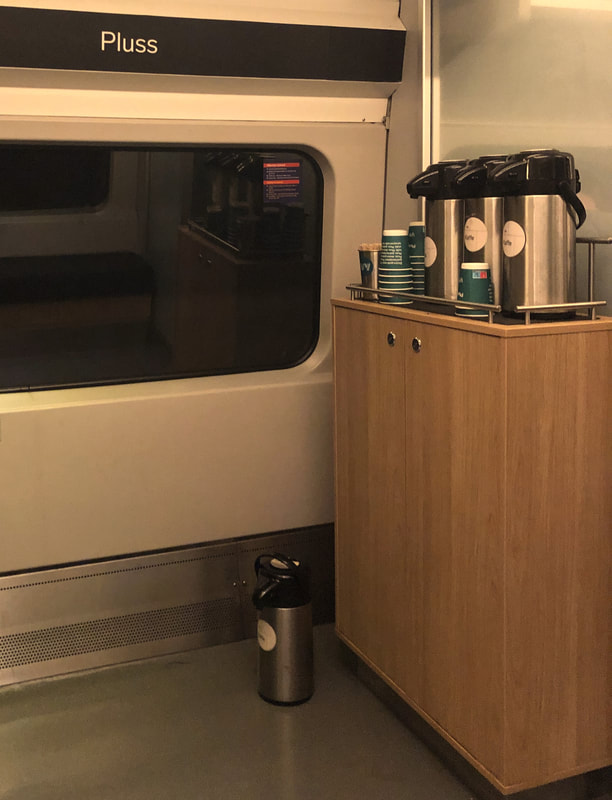
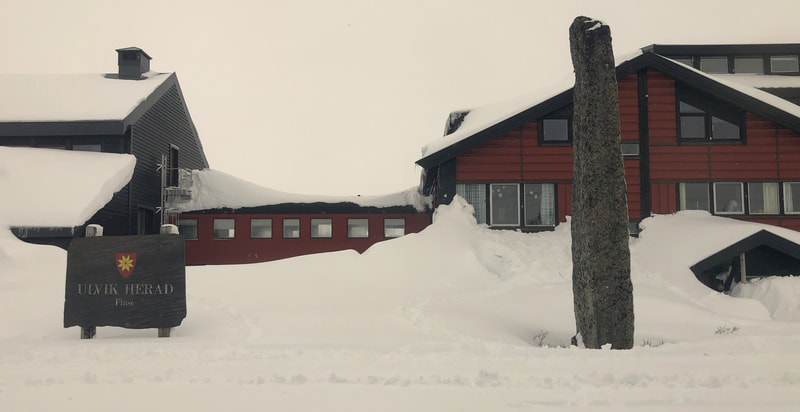
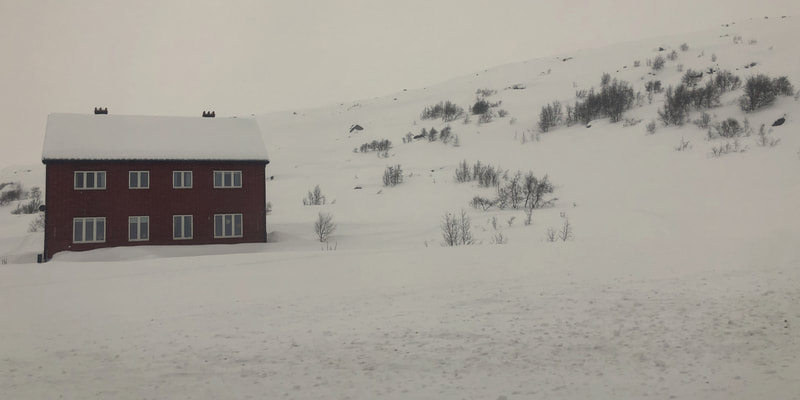
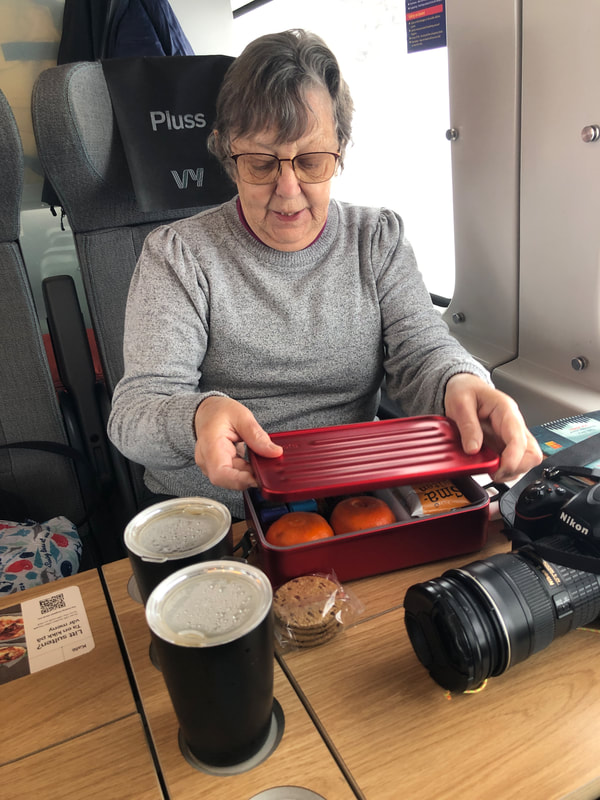
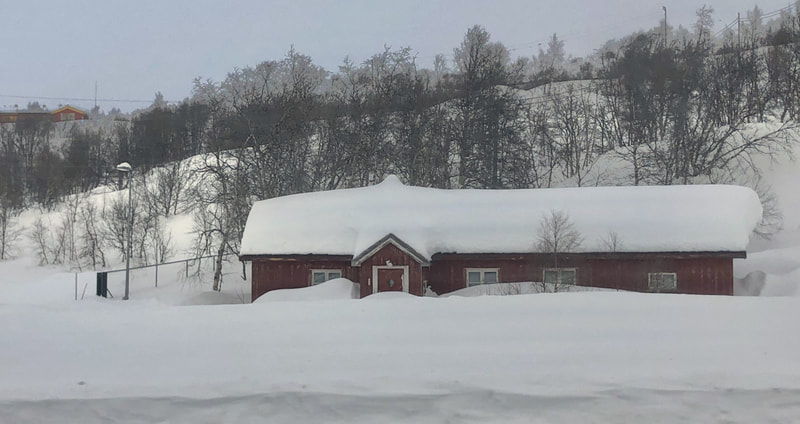
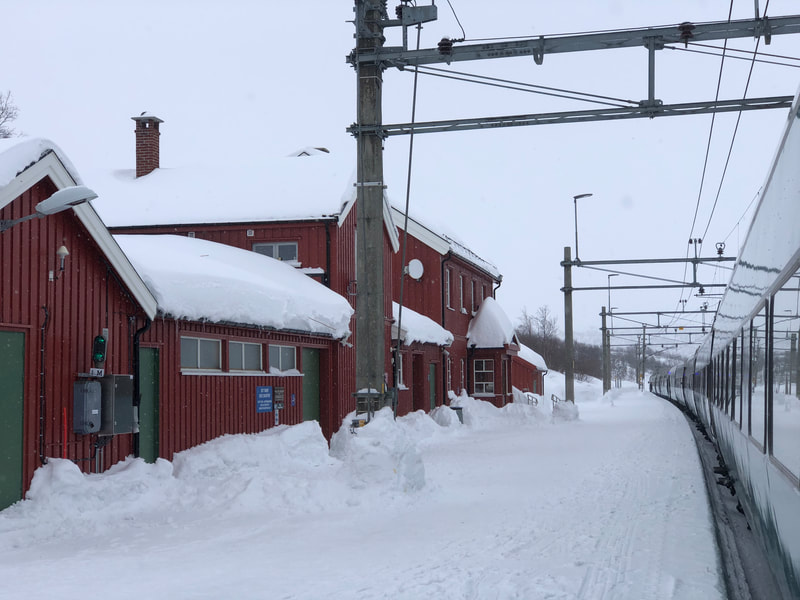
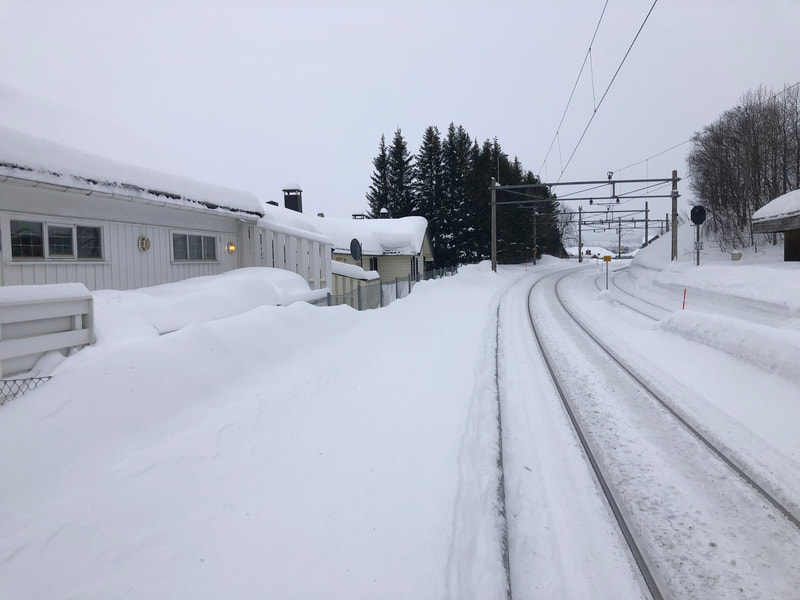
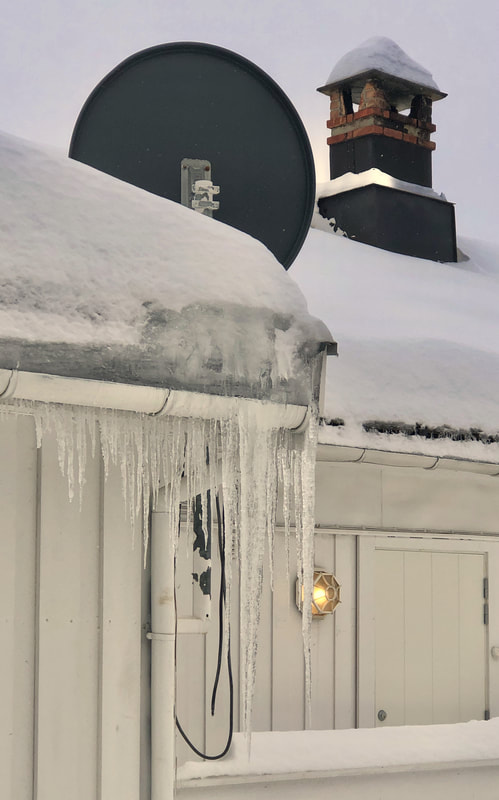
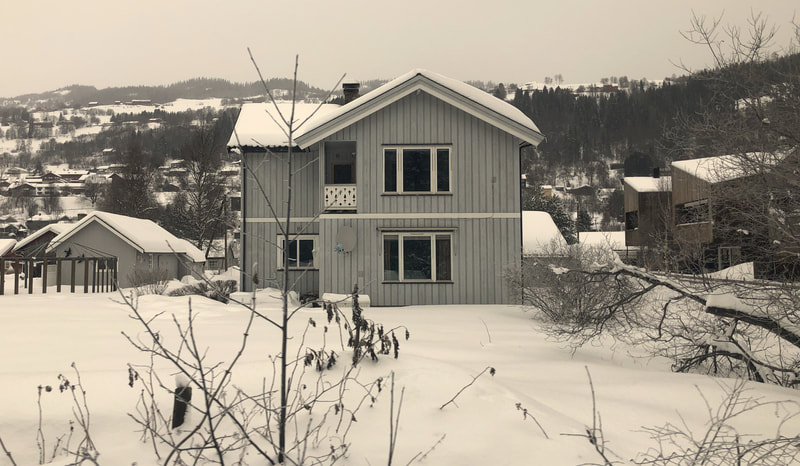
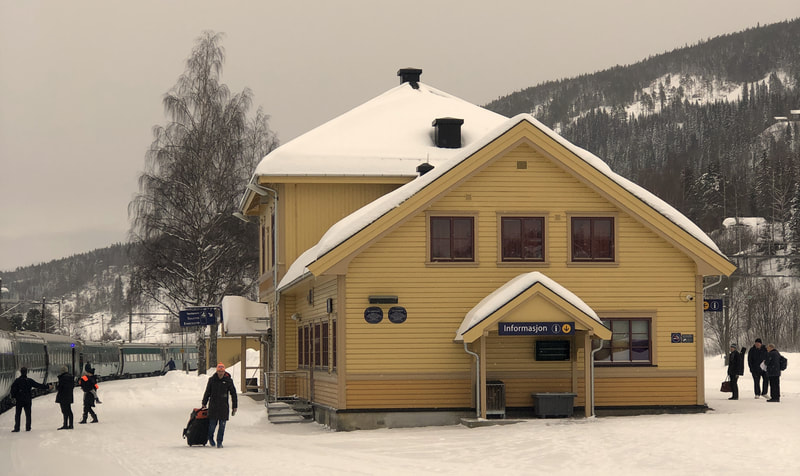
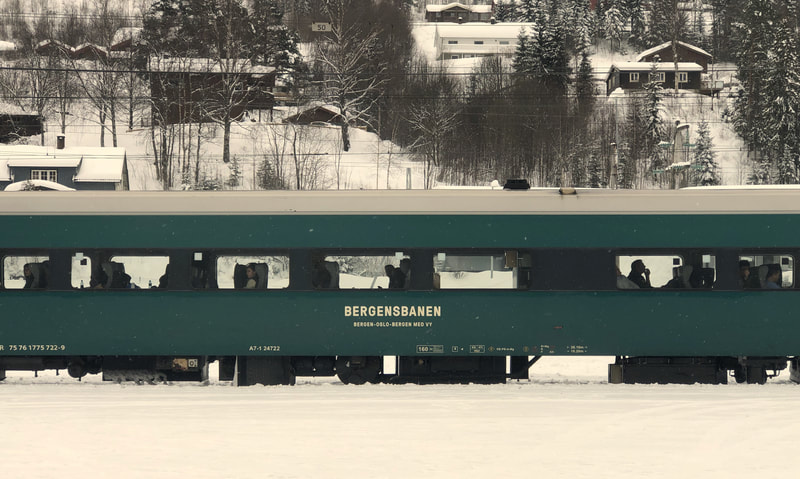
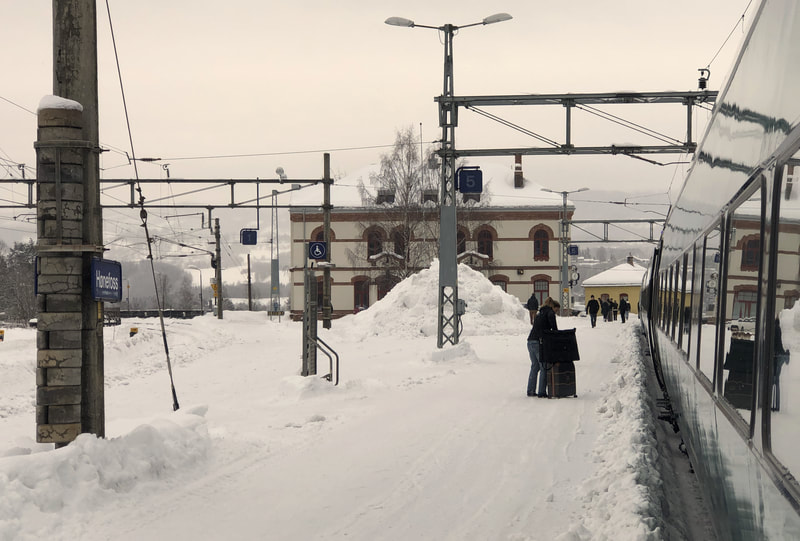
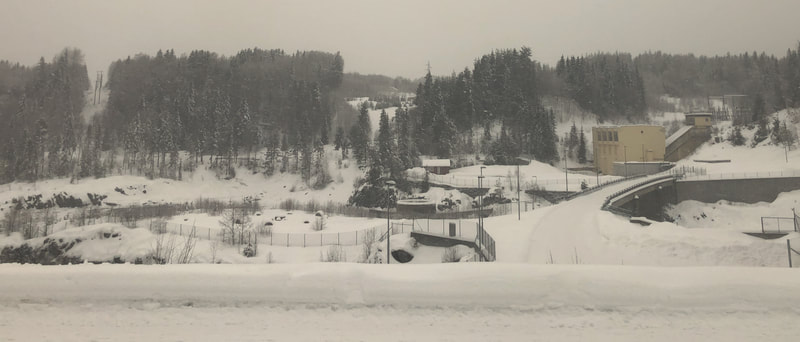
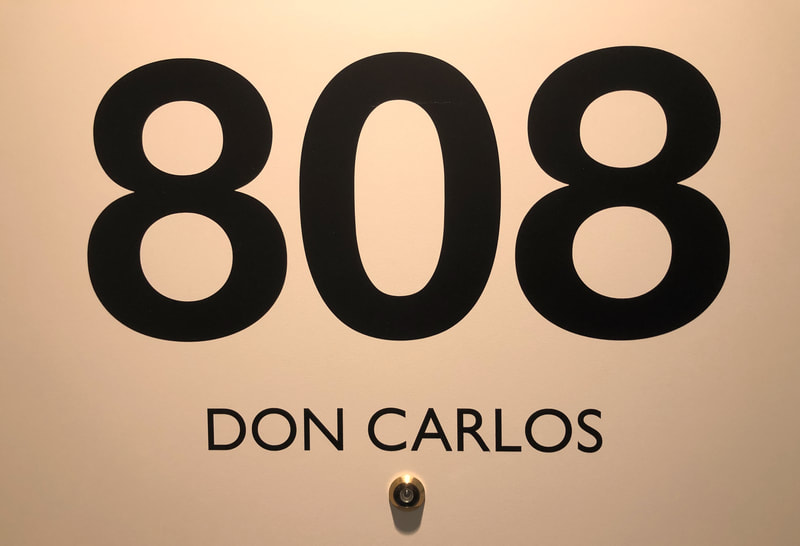
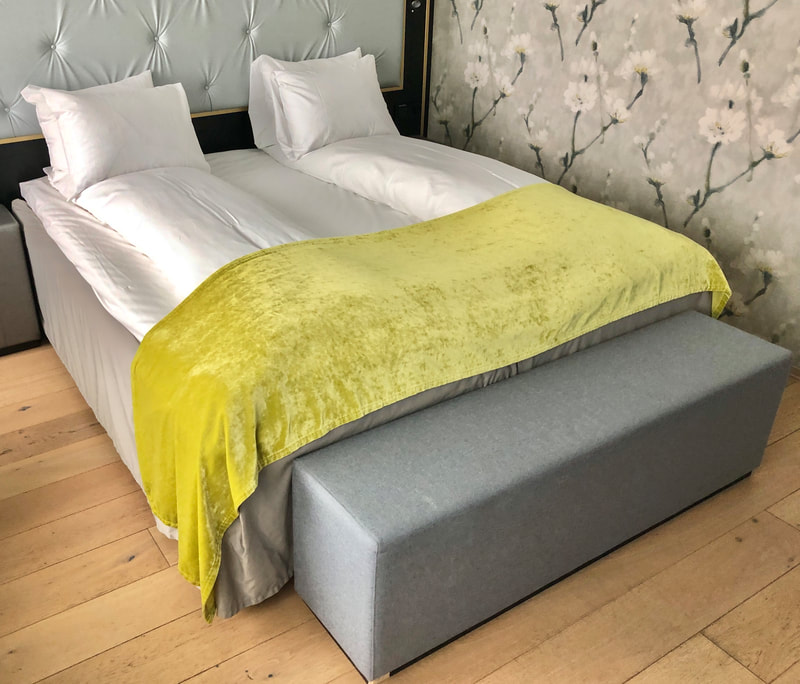

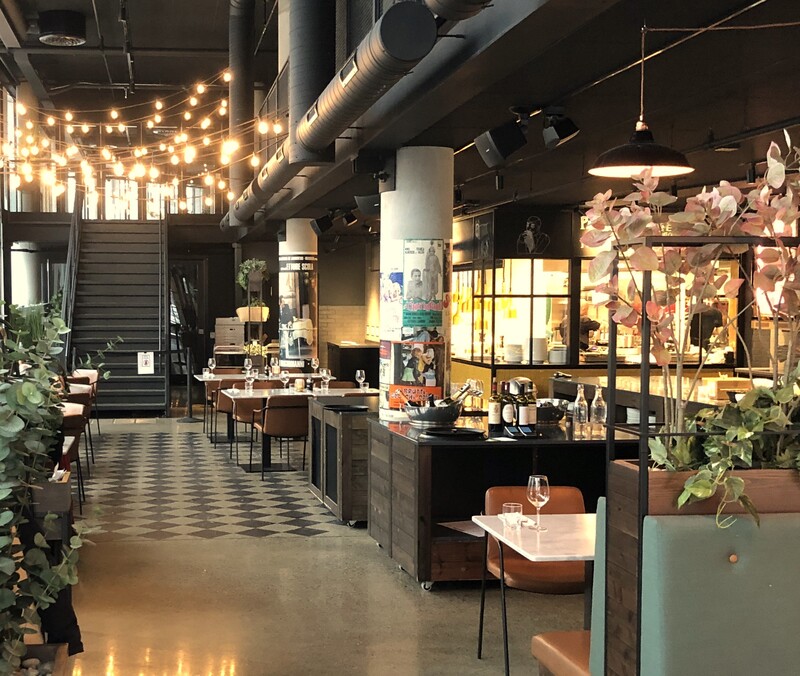
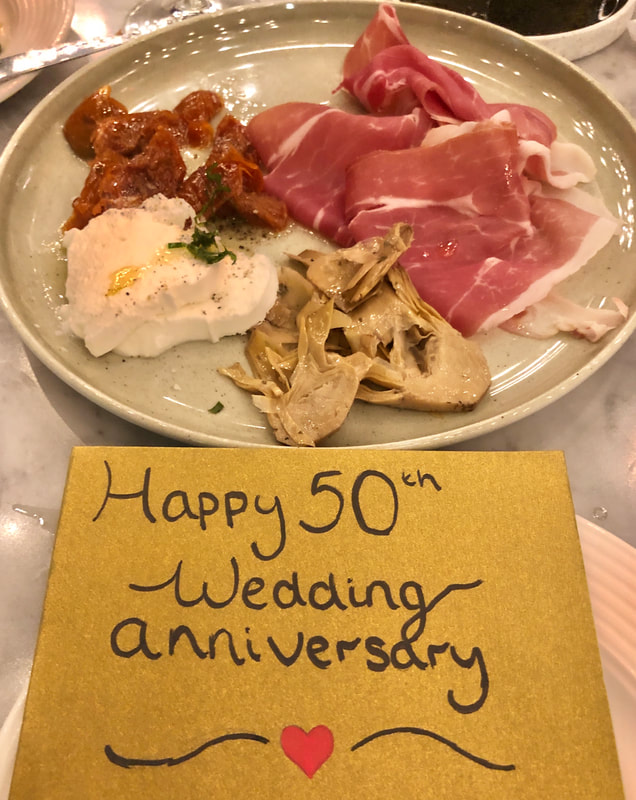
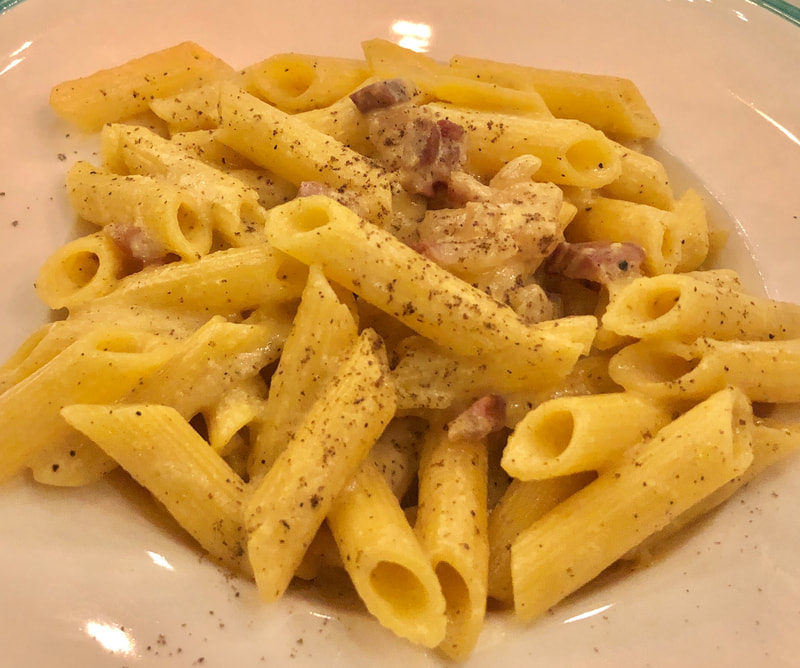
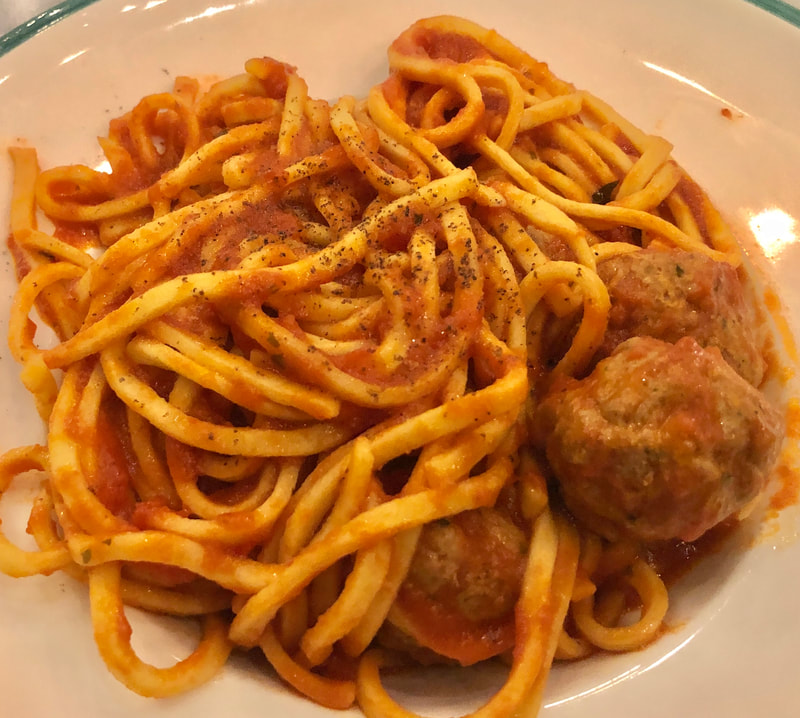
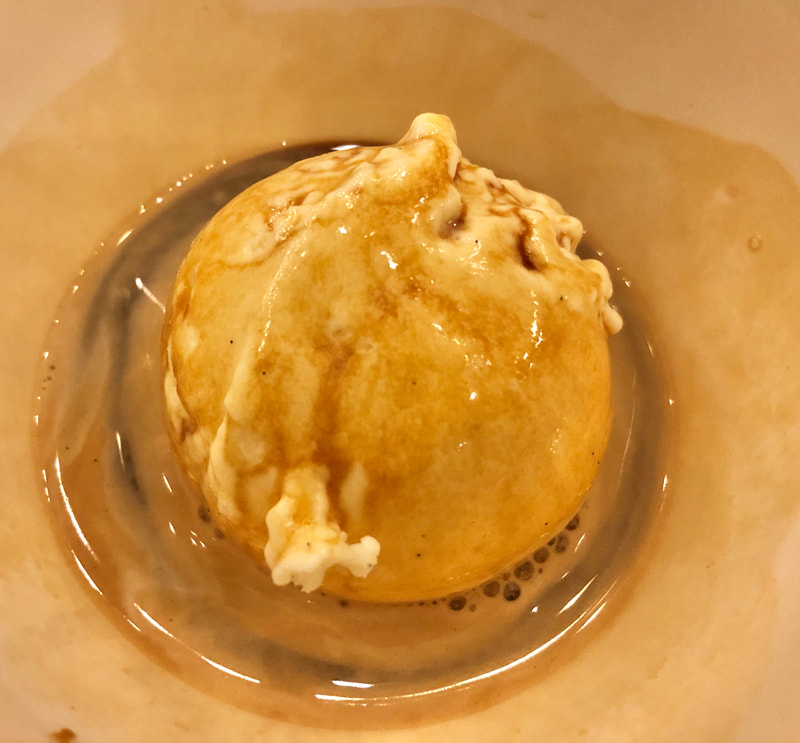
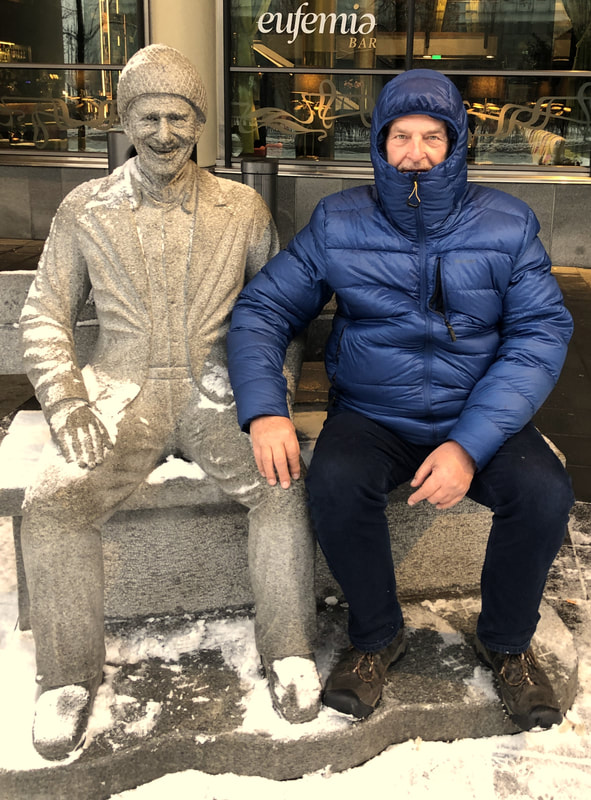
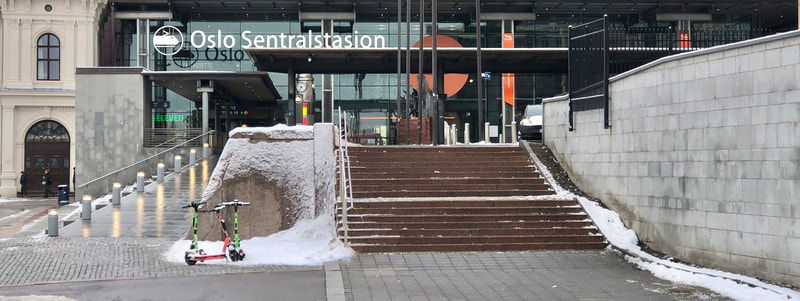
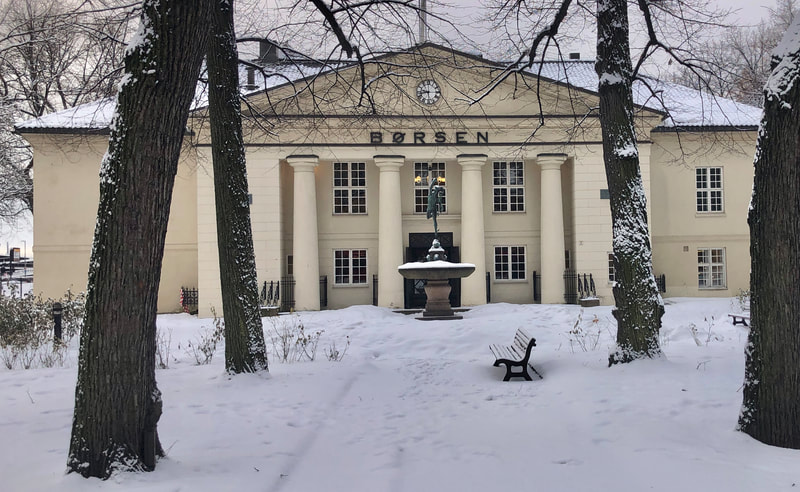
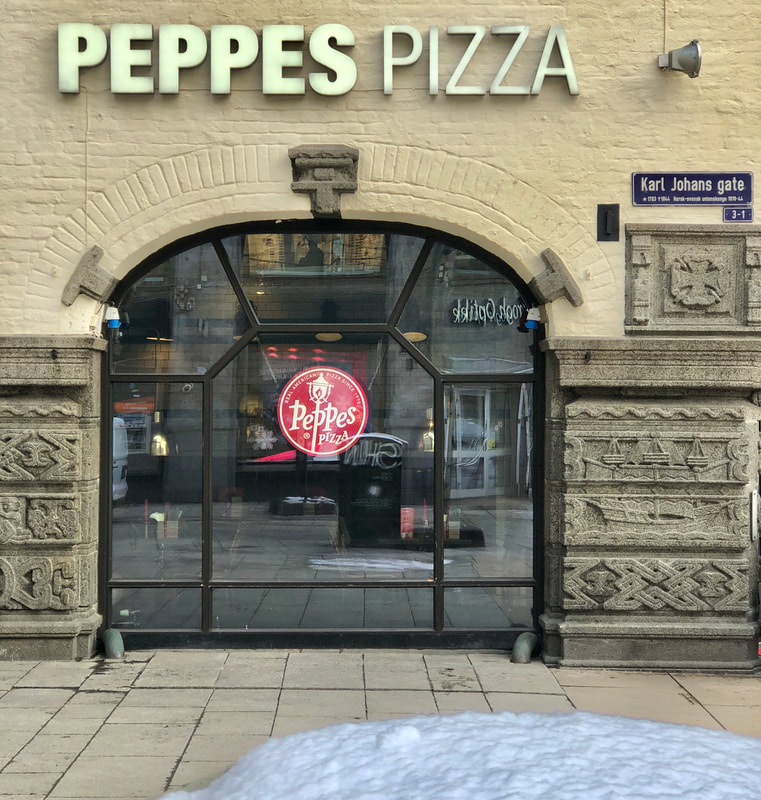
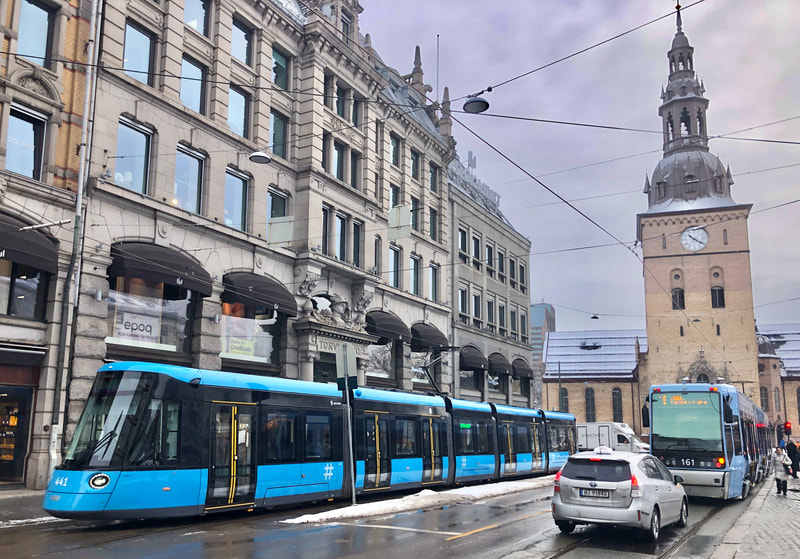
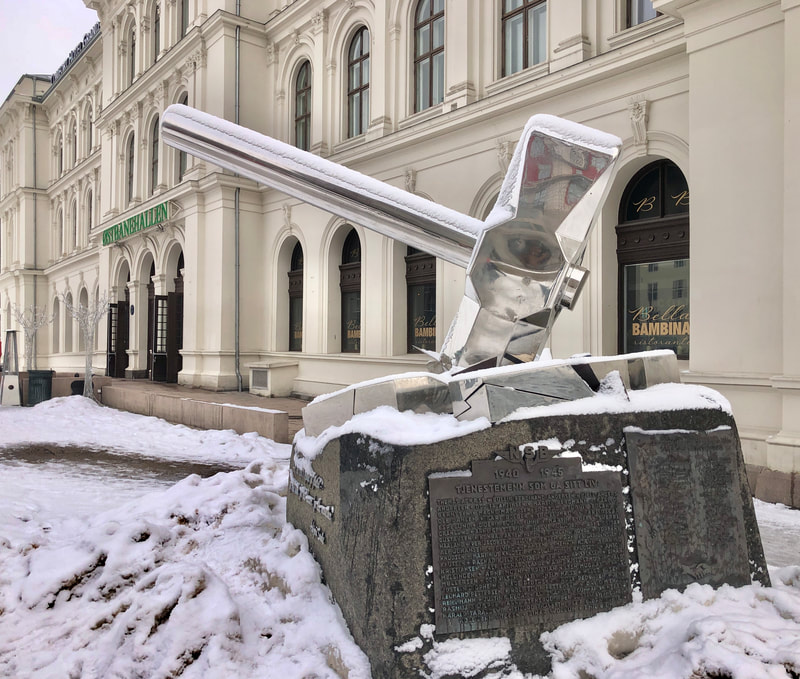
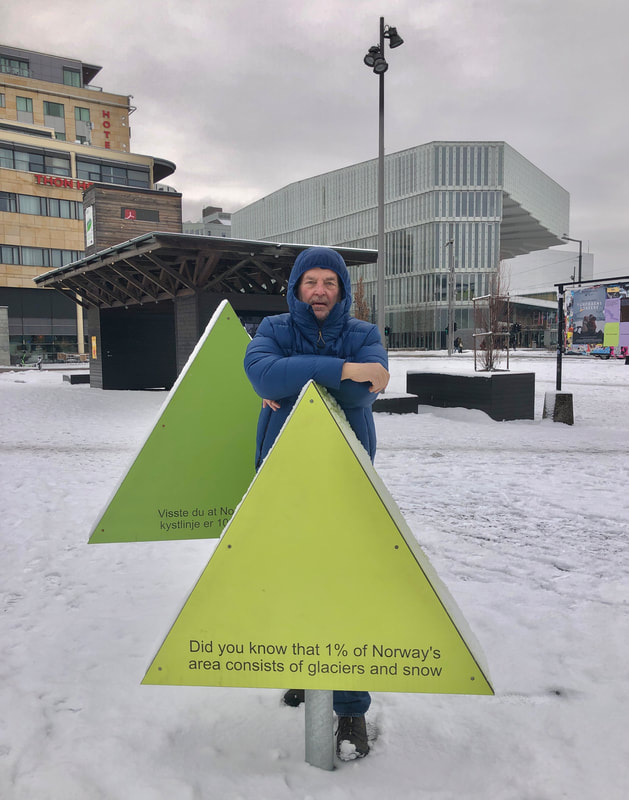
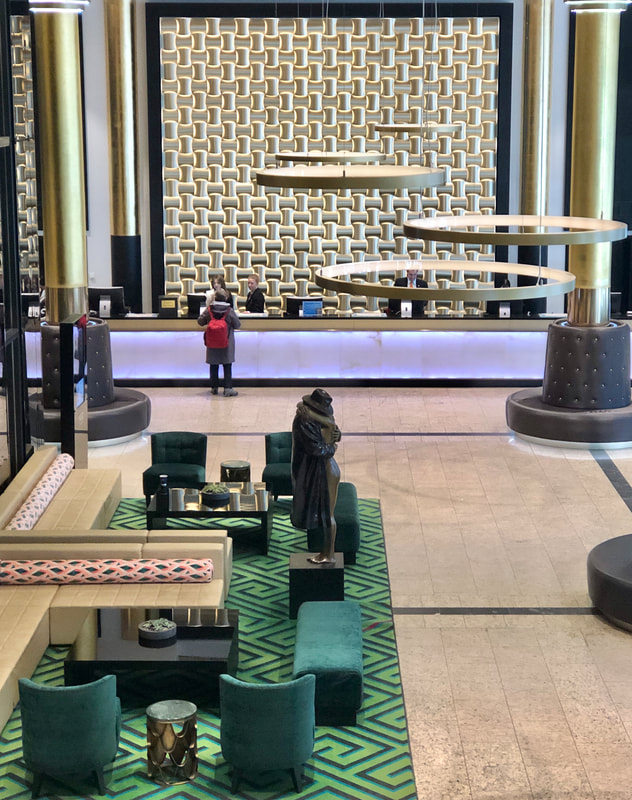
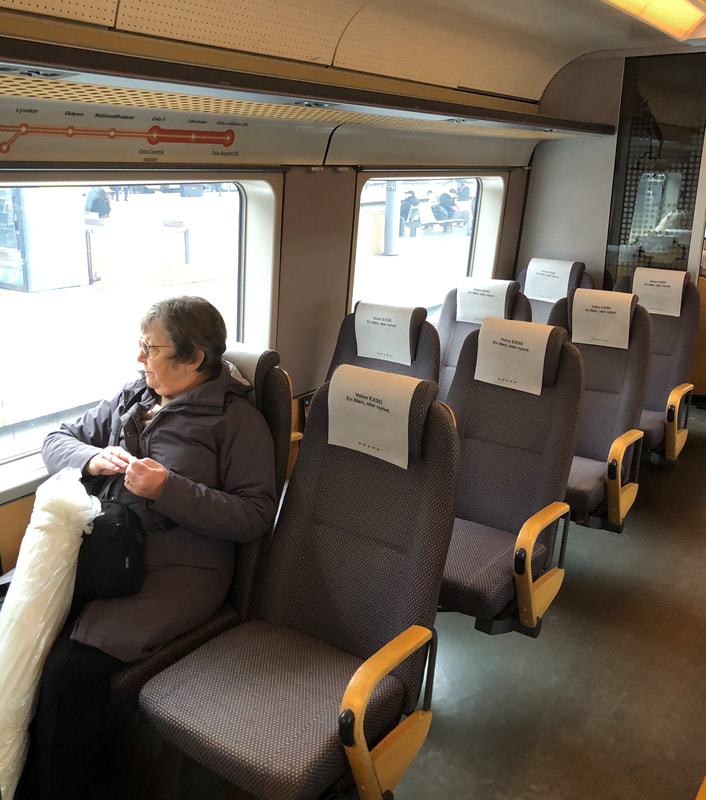
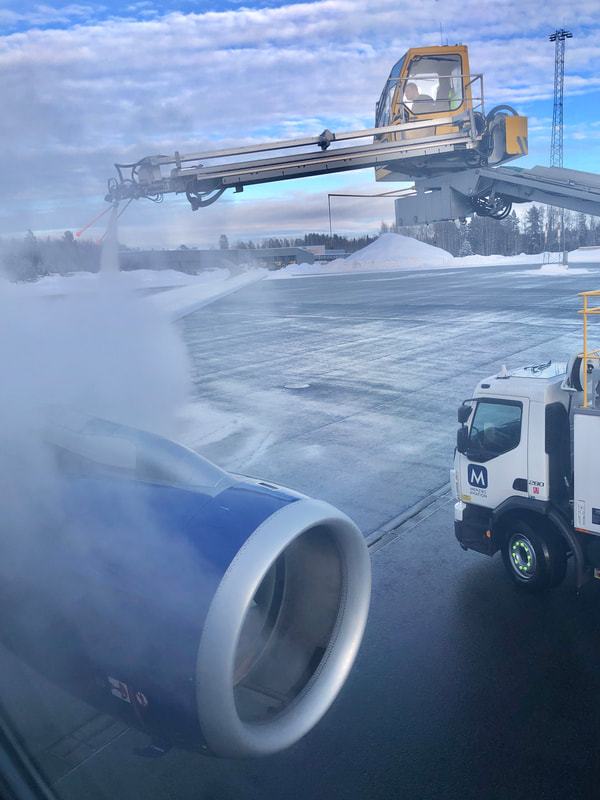
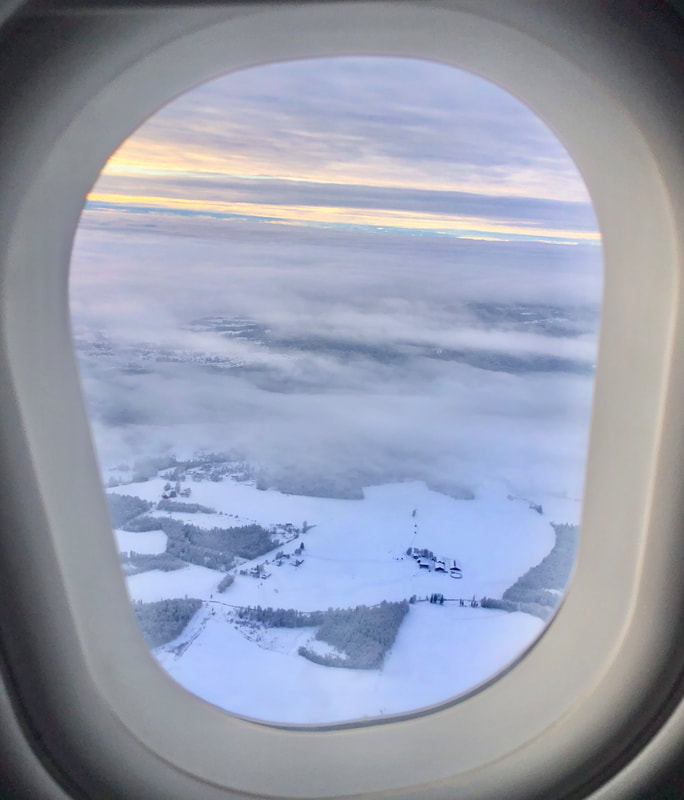
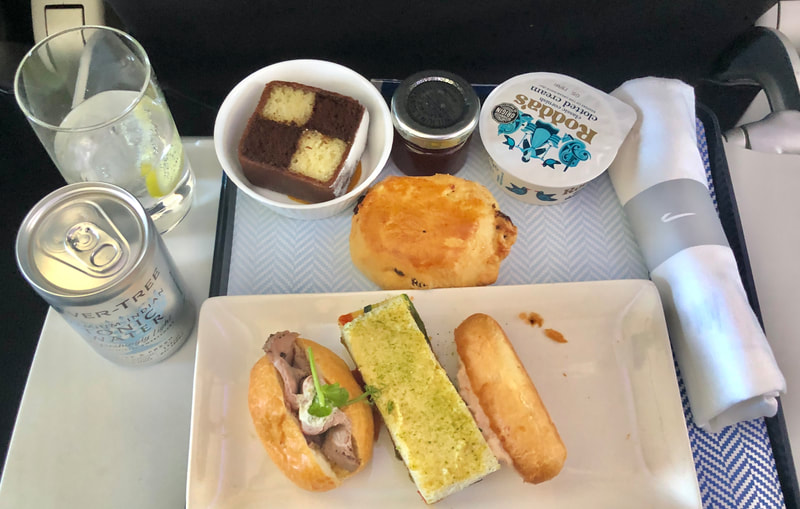

 RSS Feed
RSS Feed
